
exhibition
The Ongoing Power of Photography
- 2023.9.22. - 11.5.
- Daegu Arts Center Gallery 1~10
- 10:00~19:00, Closed on Mondays
Curatorial Statement Sangwoo Park, Artistic Director
What fantastic images can be created by utilizing the full power of an indifferent mechanical device! The ninth Daegu Photo Biennale highlights the world of “photographic photography,” presenting extraordinary images that can only be produced with a camera, rather than by painting, language, or any other media. To this end, the biennale eschews the grand discourses that have typified so many international exhibitions and cultural events of recent years, relating to politics, the environment, global disasters, diaspora, or minority groups. Instead, this year’s Daegu Photo Biennale brings to the fore a theme that has not been addressed in previous biennales: “photographic medium”. In other words, it pays attention to the unique characteristics and power of the photographic medium that lead contemporary visual culture and visual arts by increasingly dominating human consciousness, senses, and art. In this way, the biennale seeks to revive the amazing power and unique capabilities of photography, which have been misunderstood as being forgotten in the visual arts since the 1990s, summoning them back to Daegu, the proud home of Korean photography.
Full ArticleCuratorial Statement Michel Frizot, Curator
Today, the art of photography benefits from an undeniable vibrancy due to the abundance of festivals, biennials, specialist galleries, individual and collective exhibitions, and contemporary art fairs devoted solely to photography the world over. Photographic works have been distributed widely by magazines, their circulation has been accelerated by social media, blogs, and the websites of artists themselves. This international connectivity has blurred national borders and language barriers. However, this word ‘photography’ which was created in the scientific parlance of the early 19th century to describe the effects of light, was applied as early as 1839 to a whole new category of images which seemed to reproduce the appearance of reality as if by magic. With the ‘photographs’ came considerable powers, of global exploration, of knowledge of human activities, of communication, and of their worldwide diffusion. Almost two centuries later, the presence and powers of ‘photography’ have expanded greatly, ranging from very expensive work hanging in a museum, a sporting achievement, a tourist snapshot, or a recent image representing a joke between friends intended as ephemeral.
Full ArticleCurator
- Artistic Director
- Sangwoo Park
- Curator
- Michel Frizot
- Associate Curator
- Yinglung Su
- Yoonjeong Koh
- Assistant Curator
- Doyeon Kim
- Coordinator
- Yeongjee Choi
artist
Gallery 1
HERE AND NOW The Power of Testimony- Kinga Wrona
- Dougie Wallace
- Lisa Bukreyeva
- Taufenbach and Pourtout
- Jacques Villière
- Po-I Chen
- Yonggeun Jang
Gallery 2
LIGHT BURSTS Luminous Recording Power- Guillaume Amat
- Tabitha Soren
- Pierre Savatier
- Juan Manuel Castro Prieto
- Christopher Button
- Taehwan Kim
- Gyoosik Kim
Gallery 3
TIME STOPS Immediate Instant Power- Terri Weifenbach
- Wen-Chiang Lin
- Barry Talis
- Sven Jacobsen
- Goeun Lee
- Jun Ahn
- Beomseok Kwak
Gallery 4
TIME FLIES The Power To Inscribe Time- Martin Roemers
- Shannon Taggart
- Yoshiki Hase
- Taufenbach and Pourtout
- Chiron Duong
- Jangwoo You
Gallery 5
BEFORE AND AFTER Power of Repetition and Comparison- Irina Werning
- Barbara Iweins
- Pipo Nguyen-duy
- Hayahisa Tomiyasu
- Ronghui Chen
- Sohrab Hura
Gallery 6
POINT OF VIEW Sight Power- Arne Svenson
- Joy Gregory
- John Yuyi
- Asako Narahashi
- Jun Ahn
- Kyudong Sim
Gallery 7
CLOSE UP The Power to Enlarge- Joy Gregory
- Isabelle Chapuis
- Eric Poitevin
- Marta Zgierska
- Kyoungtae Kim
- Jipil Jung
Gallery 8
SETTING THE STAGE Staging Power- Anja Niemi
- Gohar Dashti
- Nuno Perestrelo
- Patrick Willocq
- Floriane de Lassée
- Chloe Rosser
- Isabelle & Alexis
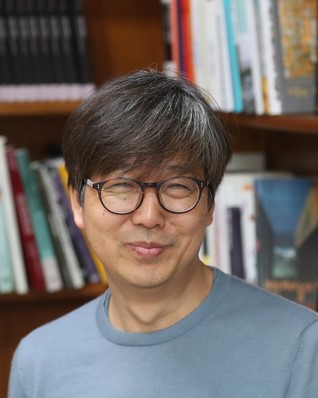
Artistic Director
Sangwoo Park
- Incumbent
- Professor, Department of Aesthetics, Seoul National University
- Main career
-
- 2019 Again, What is Photography?, exhibition curator
- 2017 Rodchenko's Photos, exhibition curator
- 2016 Return of Killed Photos: FSA Punch Photos, exhibition curator
- 2010 Seoul Photo Festival Photo Workshop, curator
- 2023 Ilwoo Photo Award Judge
- 2011~2018 Professor, Department of Photography and Imaging, Joongbu University
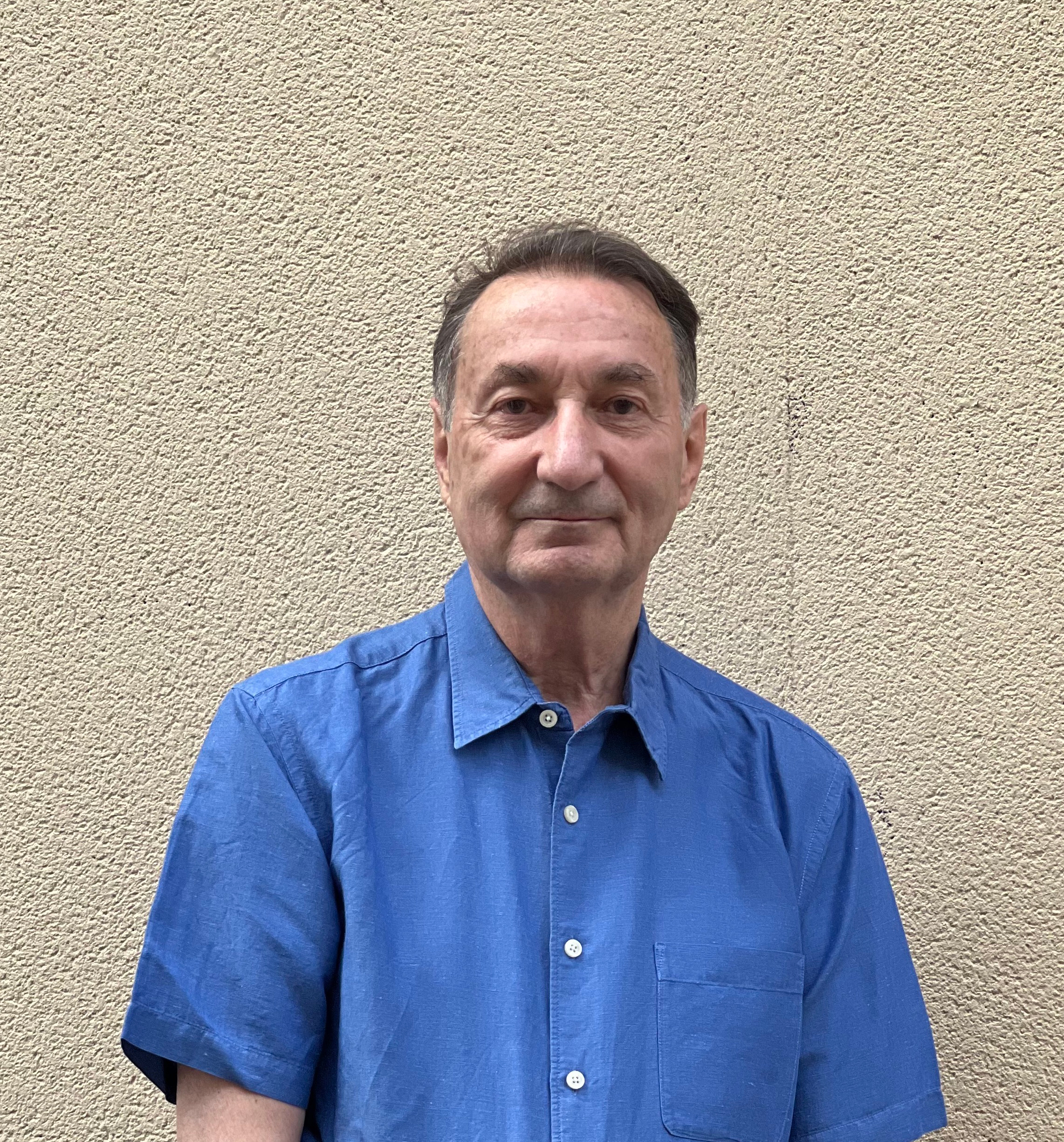
Curator
Michel Frizot
- Current
- Curator and Scholar of the History and Theory of photography
- Curatorial
-
- 2021 Co-Curator, Centre Pompidou, Paris Gaston Paris, Photography in spectacle
- 2019-2020 Fondation Henri Cartier-Bresson, Paris Henri Cartier-Bresson, Chine 1948-49, 1958 (then Taipei Fine Arts Museum)
- 2016 Curator, Musée Rodin, Paris Between sculpture and photography, Eight artists at Rodin
- 2014-2015 Curator, Maison européenne de la photographie, Paris Every Photograph is an Enigma (then FotoMuseum Winterthur ; Colectania, Barcelona)
- 2010-2011 Jeu de Paume, Paris André Kertész Retrospective Exhibition (then FotoMuseum Winterthur ; Martin-Gropius Bau, Berlin ; Magyar Nemzeti Museum, Budapest).
- 2000-2010 EHESS, Paris Senior Researcher, Professor of course of Master and PhD Supervisor

Associate Curator
Yinglung Su
- Current
- Researcher in the history of photography of Taiwan, independent curator
- Curator
-
- 2019-2022 Cartier-Bresson China: 1948-1949, 1958 Co-curator: Michel Frizot. Henri Cartier-Bresson Foundation, Paris; Taipei Fine Arts Museum; Museo delle Culture di Milano
- 2016 Every photograph is an enigma (Curating for Taiwan) Kaohsiung Museum of Fine Arts, Taiwan
- 2016 Mournful Morrow: Four Taiwanese Photographers Co-curator: Michel Frizot. Maison Européenne de la Photographie, Paris.
- 2002-2009 Assistant researcher, Exhibition Department, Kaohsiung Museum of Fine Arts, Taiwan
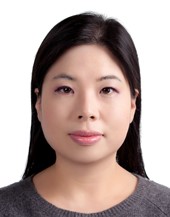
Associate Curator
Yoonjeong Koh
- Current
- 2023 Daegu Photo Biennale Associate Curator, Independant Curator
- Curatorial & Research
-
- 2022-2023 H Art Lab 2nd Researcher
- 2022 Between two beats, Seoul art space Geumcheon, Arts Council Korea: Outstanding Exhibition Support, Republic of Korea
- 2022-2023 Youngjoo Cho’s Anthology book
- 2018-2020 Total Museum Press Guest Editor
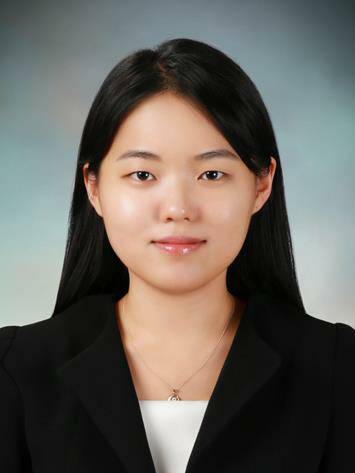
Assistant Curator
Doyeon Kim
- Current
- Assistant Curator, Daegu Photo Biennale 2023
- Curatorial
-
- Coordinator, Busan Biennale Sea Art Festival 2021
- Assistant Curator, Ieyoung Contemporary Art Museum
- Intern, Sungkok Art Museum
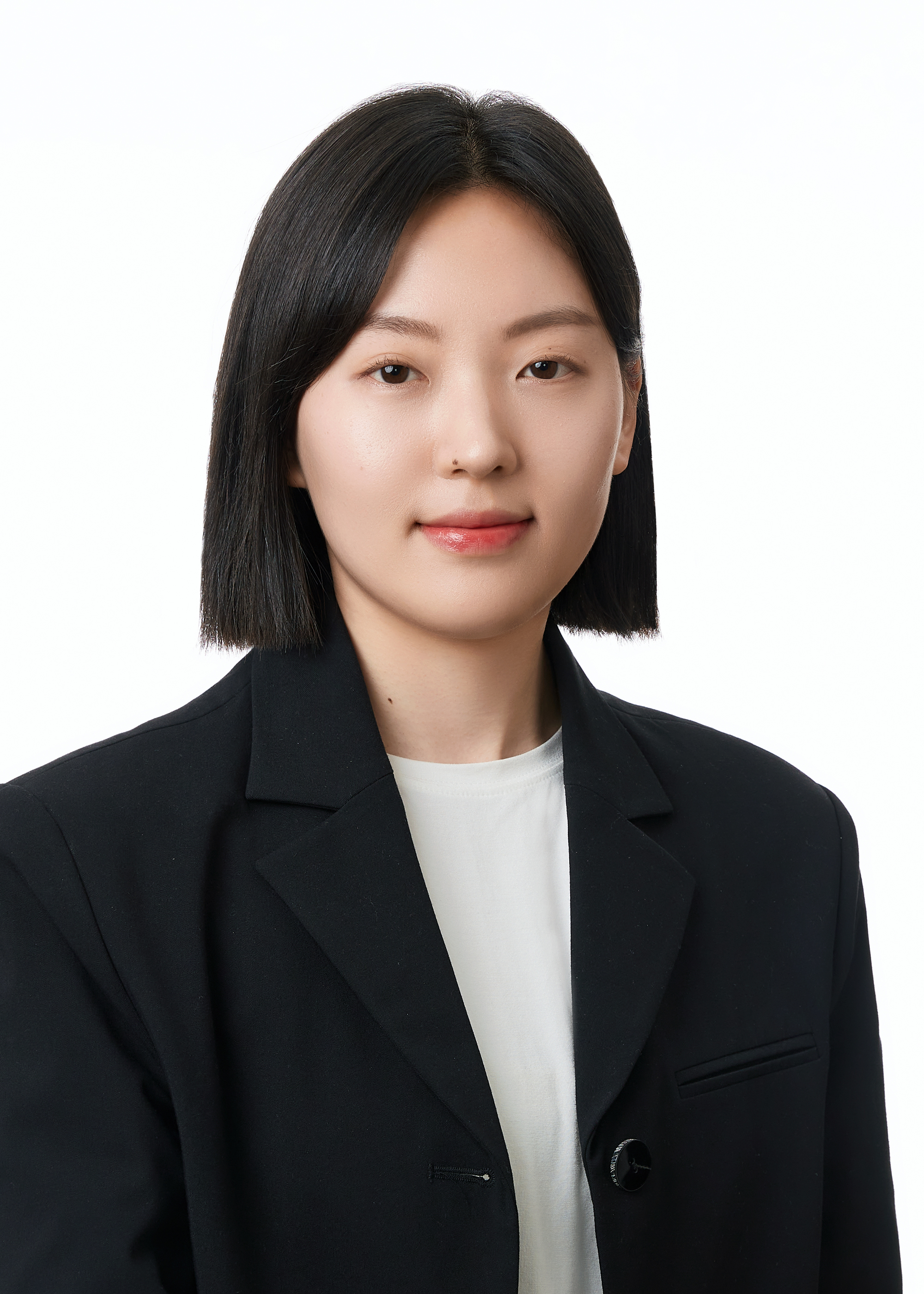
Coordinator
Yeongjee Choi
- Current
- 2023 Daegu Photo Biennale Coordinator, Researcher
Again, with Photography!: Contemporary Visual Arts and the Power of the Photographic Medium
Sangwoo Park, Artistic Director
What fantastic images can be created by utilizing the full power of an indifferent mechanical device! The ninth Daegu Photo Biennale highlights the world of “photographic photography,” presenting extraordinary images that can only be produced with a camera, rather than by painting, language, or any other media. To this end, the biennale eschews the grand discourses that have typified so many international exhibitions and cultural events of recent years, relating to politics, the environment, global disasters, diaspora, or minority groups. Instead, this year’s Daegu Photo Biennale brings to the fore a theme that has not been addressed in previous biennales: “photographic medium”. In other words, it pays attention to the unique characteristics and power of the photographic medium that lead contemporary visual culture and visual arts by increasingly dominating human consciousness, senses, and art. In this way, the biennale seeks to revive the amazing power and unique capabilities of photography, which have been misunderstood as being forgotten in the visual arts since the 1990s, summoning them back to Daegu, the proud home of Korean photography.
From post-photography to photography
In the twenty-first century, the world of images has been largely dominated by advanced digital technology and artificial intelligence. In such an era, is it still appropriate to talk about the intrinsic qualities of the medium of photography? Or is that simply rehashing the antiquated modernist belief that true art is defined by the purity of its medium, which was a guiding principle of art and photography history in the mid-twentieth century? Discourse on media specificity in contemporary visual art declined rapidly in the 1990s with the proliferation of digital technology (through which all media can be expressed as a common language), and the increasing use of mixed media by contemporary artists. Hence, any attempt to enumerate the unique attributes of an artistic medium, including photography, is viewed as an anachronism, or even a taboo.
Since the advent of digital technology in the 1980s, new image technologies such as digital photography and computer graphics have emerged, and a new discourse has emerged in photography theory. In other words, it has been argued that the era of “photography”, which had led the history of photography for 150 years, was over and that a new era of “post-photography” or “after-photography” has opened. However, this discourse contains major errors, starting with the discussion of the identity of digital photography. According to this discourse, digital photography is a completely new kind of image that is ontologically different from analog photography. However, an image taken with a digital camera is a photograph just like an image taken with a film camera. This is because both digital and analog photographs conform to the definition of photography, “an image produced by recording light onto a photosensitive plate.”
The weakness of the post-photography discourse appears more clearly when considering what the leading images are today, about 30 years after this discourse appeared. Images that overwhelmingly lead contemporary visual culture are not computer graphics, virtual reality images, or recent artificial intelligence images, but still photographs and videos taken with cameras. On social media (Instagram, Facebook), the most important communication channels of our contemporaries, billions of photographs are posted every day. How many photographs are uploaded to Google every day? Considering the overwhelming influence of the camera on contemporary visual culture, we are still living in the era of “photography”, not the era of post-photography.
The dominance of photography in contemporary art
The influence of a photographic system based on light and photosensitive plates is increasing not only in contemporary visual culture, but also in contemporary visual art. An increasing number of contemporary artists are using cameras instead of painting or sculpture to produce their works. Indeed, many of today’s photographers and artists are keenly aware of the unique characteristics and power of photography, which serves as a vital source of their creation. This creative trend continues to thrive in the era of artificial intelligence. However, from the beginning of the 20th century, long before contemporary visual arts used photography, photography began to attract attention as a new art medium. In the first half of the 20th century, avant-garde art such as Dadaism, Surrealism, and Constructivism found in photography, a new technological medium at the time, a new means of expression suitable for the industrial society dominated by technology. Later, in the mid-20th century, pop art, conceptual art, body art, and land art made more use of the medium of photography, and through this, photography deeply entered into art.
As new and diverse technologies gradually came to dominate our society towards the latter half of the 20th century, the consciousness, perception, senses, and emotions of contemporaries living in that society became more and more subordinated to technology. As a result, the initiative of media in contemporary art began to rapidly shift from the medium of the hand to the medium of the machine, and from the medium of paint to the medium of light. Since this change, the plaster drawing test has gradually begun to disappear in the entrance exam for art colleges. It was from the Venice Biennale in 1980 that photography and video as camera media decisively replaced painting and sculpture, which had been the dominant medium in art since the Renaissance. In contemporary art, this media change is accelerating in today’s high-tech era.
From the beginning of the 20th century to the present, why are so many artists giving up brushes and paints and using cameras, even though they are not photographers? The reason may be different for each artist. But what is clear is that photography gives artists something they need when creating art. In other words, artists have utilized the various characteristics and powers of photography in the process of creating works. For example, land art and performance art used the “power of testimony” of photography to let the audience know that the artist’s work was actually there and that it happened. Conceptual art also used a variety of photographic powers in its works. It used the “power of precision” to reproduce an object almost exactly as it was seen, and the “power of standardization” to reproduce similar objects in the same format. In addition, it used the “power of comparison” by juxtaposing several photographs of similar objects so that the audience can compare them.
The tendency of visual artists to rely on these characteristics and powers of photography continues today. For example, the artists of the Dusseldorf Art Academy, which has led an axis of contemporary art and contemporary photography since the 1990s, are representative. Andreas Gursky, Thomas Struth, and Thomas Ruff, all students of Bernd Becher, who was a professor at the school, used large-format cameras instead of canvases and brushes, just as their teacher did in the 1960s and 1970s., making the most, in the process, of objectivity, neutrality, and realism, which are known as the unique characteristics of photography. They advocated the aesthetics of objects (object, neutrality, description) against the aesthetics of humans (subject, emotion, expression), and the aesthetics of series and archives against a single masterpiece. And they found the means to realize their own “cold” aesthetic not in painting but in the various characteristics of photographic device (mechanical copy, standardization, repeatability, etc.).
Specificity and energy of photography
This exhibition focuses on the specificity of the photographic medium, which has been suppressed in the discourse of postmodernism and post-photography, but continues to exert a huge influence in contemporary visual culture and visual arts. In addition to this, it summons again the energy of photography that many contemporary visual artists have constantly utilized for their creations. Through this, this exhibition reveals the rich artistic language of photography and presents images that only the photographic device can create. As Vilém Flusser put it, this “technical image” produced by the technology of the device is fundamentally different from the “traditional image” that has been created by human hands throughout human history. The traditional image of painting and drawing is intervened upon by the filter of human hands and spirits. However, in the photograph, which is a technical image, this “human” filter disappears and there is only the interaction of cold “physical” light and photosensitive plate.
The intrinsic qualities and powers of photography have long been actively explored by almost every theorist or philosopher of photography, including Walter Benjamin, Siegfried Kracauer, André Bazin, Roland Barthes, and Vilém Flusser. In the early twentieth century, Benjamin clearly outlined the unique power and possibilities of photography through his concept of the “optical unconscious.” He argued that photography can see the world of optical unconscious that human eyes cannot see, just as the unconscious world that human consciousness cannot know can be grasped through psychoanalysis. Then in the late twentieth century, Barthes explicitly expressed his desire to uncover the fundamental quality of photography in Camera Lucida: “I wanted to learn at all costs what Photography was “in itself,” by what essential feature it was to be distinguished from the community of images.” Perhaps these desires of Benjamin and Barthes are being revived through the works of contemporary artists in the twenty-first century?
Among such contemporary works, this exhibition concentrates particularly on images that dynamically reveal the innate power and energy of photography. For example, many of the featured works unveil the world of the “optical unconscious” through images that can only be captured by cameras, transcending human perception in time and space. In such images, microscopic objects can be enlarged to the size of the exhibition wall, or a split-second of an explosion can be forever frozen in time. It is the technical devices of photography that make photography’s own artistic language possible. These devices specifically refer to the photosensitive plate (film, sensor), lens, and shutter. Since these three photographic devices are fundamentally different from the physiological human eye, they differ greatly in terms of images. The unique characteristics and powers of these devices utilized by contemporary artists are as follows.
The human eye can see light, but cannot record it. Only a photosensitive plate can accurately record light and make that record permanent. Unlike the human retina, which can only see visible light, the “photographic retina” can also capture non-visible light, such as X-rays, ultraviolet rays, and infrared rays. The human eye can clearly see only a specific point in a scene, not the entire scene, but a photosensitive plate can capture the entire scene in front of it without missing any details. Lenses can reproduce the shape of an object much more precisely and delicately than what our eyes saw through their optical ability. Conversely, lenses can distort the shape of an object completely differently from what our eyes see. Lenses can compress or increase the depth of space as desired, and enlarge or reduce the size of objects. And lenses present a mechanical and geometric perspective that is very different from the perspective that works for the physiological human eye. The shutter, in its turn, can express the shape of the subject in a completely different way through a change in opening and closing time. It can instantaneously capture a lightning-fast moving subject through a very fast shutter speed. Conversely, through a very slow shutter speed the shutter can make the shape of a moving object unclear or disappear.
These diverse characteristics of the three devices of photography are unique to photography, and allow us to express images that are in turn unique to photography. However, the expressive possibilities of photographic devices do not stop there. For example, human eyes mainly look at the world from a horizontal viewpoint at shoulder height, but a photographic device can freely perceive the world from a completely different viewpoint, such as a high angle, a low angle, or an oblique angle. Photographs taken from these new viewpoints are unfamiliar images to the human eye, accustomed as it is to horizontal viewpoints, and can thus be shocking to the eyes. Also, since a photographic device is a mechanical device, it can represent objects in a standardized way, unlike a human hand. Therefore, it is possible to photograph the same object repeatedly under the same conditions (same viewpoint and angle of view, etc.) and thus to understand the change of the object according to the passage of time.
What is photography?
While the main exhibition explores the unique abilities of artistic expression possessed by the photographic medium, the special exhibition focuses on the peculiarities of its reception – namely, the very special effect that it triggers in its viewers. Photography is often more effective in delivering “the unexpected” than other media such as painting or literature, in that it can simultaneously evoke emotions of shock, bewilderment and ambiguity. This exhibition examines the very ways photography is viewed and received through examples of specific works rather than abstract ideas. Under the title of “The Unexpected Image: Past and Present”, this exhibition introduces two broad types of photographs. The first half consists of ordinary day-to-day photographs, taken at periods ranging from its wide distribution in the 1860s to the mid-20th century, up to the 1970s, all of which exhibit strong unexpectedness and ambiguity. The second half of the selection features domestic and overseas examples of contemporary art photographs, which rest on similar qualities and mechanisms of photo reception. These two types of photographs were carefully juxtaposed in smaller clusters under common themes, which should hopefully reveal their complementing nature.
All the photographs introduced in the main and special exhibitions are images created by maximizing the specificity of photography. Seeing such images for the first time, we immediately feel overwhelmed by a visual spectacle that the human eye has never experienced. But our reaction soon progresses beyond mere shock or pleasure, as we come to realize the quintessential characteristics of the medium through a firsthand encounter with the astonishing magic, energy, and power of photography. Ultimately, the featured works lead us to contemplate the fundamental question: “What is photography?” After all, these exhibitions—in which photography contemplates itself—requires us not only to look, but also to think. In this sense, they can be called “aesthetic” exhibitions in the truest sense of the word.
Daegu is a historical and cultural city where the tradition of Korean photography first took root many years ago, and where it continues to grow and develop to this day. Held in Daegu, the home of Korean photography, this biennale seeks to rediscover the original artistic power and energy of photography, which has been thought to be weakening in the age of digital technology. Hence, in 2023, we are proudly going “Again, with Photography” in Daegu.
The main and special exhibitions of this year’s Daegu Photo Biennale would not have been possible without the participation and involvement of Michel Frizot, my eternal master and teacher, who provided the roots of my views on photography. I would like to express my sincere gratitude to both Frizot, as curator, and associate curator Yinglung Su for all their efforts over the past few months for these two exhibitions. In addition, I would like to thank the main exhibition and special exhibition curatorial teams: associate curator Yoonjeong Koh, assistant curators Doyeon Kim and Hyounyoung Lim, and coordinator Yeongjee Choi, all of whom have been working tirelessly until late at night. Lastly, I would like to express my sincere gratitude to all the curators, coordinators, the Daegu Photo Biennale office, and all of those involved in the other exhibitions and events of this Biennale.
The Ongoing Power of Photography
Michel Frizot, Curator
Today, the art of photography benefits from an undeniable vibrancy due to the abundance of festivals, biennials, specialist galleries, individual and collective exhibitions, and contemporary art fairs devoted solely to photography the world over. Photographic works have been distributed widely by magazines, their circulation has been accelerated by social media, blogs, and the websites of artists themselves. This international connectivity has blurred national borders and language barriers. However, this word ‘photography’ which was created in the scientific parlance of the early 19th century to describe the effects of light, was applied as early as 1839 to a whole new category of images which seemed to reproduce the appearance of reality as if by magic. With the ‘photographs’ came considerable powers, of global exploration, of knowledge of human activities, of communication, and of their worldwide diffusion. Almost two centuries later, the presence and powers of ‘photography’ have expanded greatly, ranging from very expensive work hanging in a museum, a sporting achievement, a tourist snapshot, or a recent image representing a joke between friends intended as ephemeral.
What we must constantly question in the highly variable forms of this object ‘photography’ is the permanence of an effective testimony, of a capacity for visual demonstration, of a power of expression and emotion common to all human beings, and which transcends cultural differences.
The objective of a Biennial of Photography is to bring together different modes of expression, to share multiple intentions, and to discern the currents of thought that are driving international photographic creation. Many photographic biennials and festivals seek, above all, to characterise the socio-political, the environmental, the anthropological, and the aesthetic intentions that have emerged over the years in the field of photographic art those which inspire and fascinate artists and image makers. The curators try to make their way through a multitude of individual experiences that observe each other, mirror each other, imitate and contradict each other. Yet all these innovative visual productions share the same unchanging medium - photography - whose creators tirelessly exploit, cultivate and explore the unique powers that are still just as productive.
For this Main Exhibition, we have chosen to reverse the trend towards subjective analysis of the 'themes’ of photographic works, often so redundant from one continent to another. Instead, we wanted to look at what has made photography so effective for almost two centuries, what makes it the 'medium' par excellence, the means of visually sharing very human feelings, ideas, and imaginings. We wanted to define the fundamental active principles of photography, which gave it this hold over the media and the arts, and secured it this power of knowledge and exploration of the world, this capacity for communication between those who make photographs and those who view them. The intrinsic nature of the photographic image, and the assumptions underlying its production process, come to the forefront of our discussion here, even before we ask the question: what impression does what I see make on me? In order to better understand what makes this personal impression possible, this sensation of witnessing a surprising phenomenon every time, a kind of small wonder that projects us into another level of 'reality'.
Ongoing
To begin with, it is important to note that two innovations have profoundly impacted the continuity of the history of photography and have ensured its place as a recognised art form in its own right. The first was an evolutionary one, when in the 1960s photographs were included in the works of Pop Artists (Rauschenberg, Warhol, Hamilton), then more concretely still, became the primary visual element of conceptual works, of land art, body art, actions and performances, and so on. These were often amateur photographs, who were not looking for aesthetic quality but providing immediate evidence of the implementation of an idea or an ephemeral achievement. It was through this side door that photography entered contemporary art, by constituting a significant element of the work of art. Around 1980, several exhibitions brought together artists who had resolutely abandoned painting, using photography without actually being "photographers". This trend has continued to grow since then, leading to contemporary photographers being recognised as artists, a status that is no longer disputed. And it is this transition, this transfer, that interests us here: that artists find in photography 'powers' that they did not find in other media. The role of photography has become one of the driving forces behind contemporary art.
The second break came with the arrival of digital photography in the 1990s, a technology that seemed to put an end to the reign of 'analogue' or 'film' photography, by abandoning film, the negative, the printing processes and chemicals, and giving up an entire 'craft' that had been hard learned and perfected. The lively discussions (which I remember having taken part in myself in 1995) about whether digital photography was still ‘photography’, or whether we had had entered into another ‘regime’ of representation. Although still based on the recording of light, the new process clearly raised the worrying question of the survival of the qualities, specificities, and properties that had made 'photography' such an extraordinary success for over 150 years. When the current period is described by some commentators as "post-photographic", what does that mean? Is the new medium producing new uses, new possibilities that would relegate previous photographic efficiencies to the status of primitive clumsiness? As the new generation of artists have only experienced the 'digital age' of photography, based on social networks and the web, it is this preliminary question that has guided the selection of works for this exhibition, in order to determine whether the intrinsic powers of 'photography' are still as active in the work of contemporary artist-photographers, perhaps even amplified through digital photography? For many artists are returning to the idea of individual singularity, of turning in on oneself, of originality, of finding answers within oneself that are not already circulating on the web.
Power
Photography is a technical invention, hailed in the West as one of the greatest inventions of the 19th century, alongside the steam engine and electricity. However, it is the only one of the major inventions of the period that affects images, i.e. objects that have profound meanings for human beings. By producing a whole new category of images, which are a kind of graphic replica of the world, photography profoundly changed both the way we think about making images and the way we perceive and imagine the world. There was nothing 'natural' or obvious about photography as it has become today. Because it is a technical image, generated automatically and autonomously by a kind of machine, a prefabricated technical device (camera and sensitive surface) whose operation escapes common sense and traditional usage. Photography immediately overturns a system of imagery - of image creation - constituted by painting and drawing, processes associated with manual practices and the exercise of the eye, activated by the hand and the gaze cast upon things. These "arts" are defined by the skills, craftsmanship and acquired talents that characterise the notion of the artist and the role of the artist in the social elite.
In contrast, the photographic device, accompanied by an operator we will call "the photographer", is the very negation of these slow, thoughtful, laborious practices to which an elite devote themselves. The photographic process belongs exclusively to physics, and is governed by the laws of physics, optics and chemistry. It requires no particular skill, just the use of a camera, precise ingredients and following pre-established rules based on scientific criteria. The photographic image is simply the result of the action of light coming from the objects, people and landscapes in front of the device. But this result is an exceptionally spectacular, prodigious, unimaginable image that the human eye gazes upon with wonder and fascination. Because the photographic image shows all the details, all the proportions of a subject, inaccessible to a draughtsman. It is as if the photographic eye (the lens), which has taken the place of the human eye, were endowed with the magical power of copying. And this visual replication of reality is produced in an incredibly short space of time: the magic is instantaneous.
The powers of photography are due to two factors: on the one hand, the extraordinary characteristics of an image that is formed by parameters and components of physics; on the other, the surpassing of the visual skills of the human eye that looks at it. Photographs are made to be looked at. They compete with, or even contradict, previous "hand-made" images. The photographic lens does not see in the same way our eyes see, and it doesn't see the same thing as our eyes see: it reveals another "visual" world to us. However, painting, drawing and illustration will not disappear. Quite the opposite, these representations will be based on new criteria: colour, gesture, the pictorial touch, imagination, and the invention of forms. From now on, artistic practices will live from interactions with photography, from the imitation of its powers, or from the creation of new aesthetic capacities.
To sum up, we can say that the powers of photography lie essentially in the specificities that separate it from both painting and ordinary human visual capacities. With this new contribution to human perception, to the transcription of the world for human eyes, photography derives its powers from the interaction of its own technical capacities with specifically human faculties: visual, relational, emotional and conceptual. To put it another way, photography offers all the human agents who produce or use it (the photographer, the distributors, the viewing spectators) unprecedented means of understanding both an increasingly complex external world and the unstable inner sensations of the human being.
The Main Exhibition
The specific novelties of photography, activated by invention, and still active in digital practice of all kinds, serve as the basis for the organisation of the ten galleries of the Main Exhibition, according to ten simple themes that define the powers of photography.
The power of presence, evidence, and testimony. The first obligation (or imperative) of photography is to have an apparatus, a camera ready to operate, and to place it at a point in space, facing a subject that we want to "photograph", a portion of space that is taken into account by the optical device. And, at a moment chosen by the photographer, he or she triggers the photographic action, which is called "taking the picture". The exclusive property of a photograph is that it is characterised by a very precise place in the topography, a given direction of view, and a precise moment of production that is forever attached to it. We will call it HERE AND NOW.
Luminous recording power. The unique feature of photography is that it is sensitive only to light, and can record precisely the quantities of light received on the "photosensitive" surface. It is this property that was the most astonishing at the time of its invention, although it seems quite instinctively to us today, with the knowledge we have acquired of physical phenomena (atoms, electrons, photons, etc.). The amount of light recorded depends on the duration of the recording. This power is exploited all the more aesthetically because it is facilitated by technical processes and amplification software. We will present it in the form of LIGHT BURSTS.
Immediate capture power. Since the end of the 19th century, photography has become popular thanks to the emergence of ultra-sensitive materials that have enabled photographic instantaneity, i.e. the unequalled possibility of obtaining an image in a very short exposure time, of the order of a hundredth of a second. While these fleeting time spans are inaccessible to the human mind, beyond our capacity for physiological action, the photographic process allows us to see everything that is mobile, as if it were at a standstill. This phenomenon, which irremediably fixes the immobile state of all things, is one of the most characteristic achievements of photography. We will approach it as TIME STOPS.
The power to inscribe time. It is always possible to manage the duration of time of the photographic shooting operation. In the early days of photography, this was quite long, and was an obstacle for moving subjects. But it has since become an asset that complements instantaneous photography. The effects of motion, of "blur", due to the movements of a subject, constitute aesthetic effects that do not correspond to our natural vision and invite us into a shifted and illusionist perceptive world. The inscription of time gives the impression of an erasure of reality, like a memory of presence. We have entitled it TIME FLIES.
Power of repetition and comparison. The required presence of the photographic device immediately opens up an intentional possibility: the photographic process can be triggered as many times as you like, as long as the camera is suitable. Thus, you can repeat the same testimony, the same observation, in the same place, ten minutes or ten years later. This power of historical and memorial marking lends itself to all sorts of more or less serious but always surprising propositions when the effects of the passage of time are revealed in the comparison of two images. It's a process that can best be summed up as BEFORE AND AFTER.
Sight Power. One of the photographer's prerogatives is to know where to place his camera in space, from which point in space he wants to capture a scene, in which direction he wants to 'aim' and ‘shoot’. This property, which determines the nature of the image and the identification of a "subject", is a major characteristic of photography, which reveals new and always stimulating "ways of seeing" and forms. Here we return to the successful formula of POINT OF VIEW.
The power to enlarge. Thanks to the diversity and quality of optical materials (lenses), cameras can play the role of telescope or microscope just as well. The mechanical eye of photography far exceeds the capabilities of the human eye, sometimes being able to move closer, sometimes further away to capture with the same precision of detail what remains invisible to the eye. Photography, on the whole, always takes us away from the notion of human scale: holding the immensity of a landscape in your hand or contemplating a speck of dust in plain sight. Here we have chosen to address the fertile category of CLOSE UP.
Staging power. A large part of photographic practice consists of preparing and anticipating the scene that is to be photographed. Whether in the photographer's studio to prepare a portrait, or in commissioned photography, the design of the 'subject' to be photographed is the photographer's responsibility, possibly assisted by other people, including those photographed who may participate in the design. Narrative, illusion and fiction displace the usual 'realist' codes of photography. We'll be talking about this in SETTING THE STAGE.
The power of reworking. The photographic image, as it appeared at the 'end' of the photographic process, was never considered immutable or intangible. On the contrary, the old negative, the print, can and must be "retouched", transformed, particularly for honest and aesthetic purposes. Collage and photomontage have been innovative artistic fields. Digital means of transforming existing images open up a fertile avenue for the imagination. This is covered in IMAGE TRANSFORMATION.
Relational power. Despite its mechanical aspect, photography has always favoured human contact, the representation of all aspects of human life, whether it be the situation of victims of events, the family souvenir photo, the ritual of the portrait in a studio, or access to unknown populations. The gaze of the people captured in the photograph, which seems to reach out beyond time and space to each and every person who looks at these images, manifests the singular emotional power of photography. This is developed in FACE TO FACE. EYE TO EYE.
The Mirror of Sensations
The aim of an exhibition is not to construct a theory or reveal technical processes, still less to give 'photography lessons'. In adopting this approach to circumscribing the powers of photography in contemporary art, our aim is essentially to demonstrate that artist-photographers remain masters of the field. By exhibiting them in this or that section of the exhibition, we are not asserting that their personal approach corresponds to this category or follows this path. This is all the truer given that many works could rightly be presented in several sections. No work is unequivocal, and we do not prejudge the creative intuitions and imaginations that lead a particular artist to work in a particular direction.
The aim of our approach is to look beyond the visual appearance of a work, to question what motivates it in the first place, and to trace its membership of currents of thought and creation. Our aim is to highlight the appeal of certain powers of photography and the extremely diverse interpretations contemporary artists make of it. Some artists consciously adopt this approach, while others ignore these questions and have no need to do so in order to assert their position. Our aim, by showing the permanence of certain specific orientations in photography, is to broaden our observation of current photographic art by posing new hypotheses, combining attention to the present with knowledge of the past, and looking for clues beyond the 'subject' announced by the work.
In each of the ten rooms of this exhibition, we will see how a seemingly limited power, a seemingly limited effectiveness, produces a diversity of creative motivations, and takes unexpected paths of expression. The forms invented or provoked by the "light trap" or the "instant trap" astonish us with their modernity. “Points of view" or "close-ups" take us into unsuspected spaces or structures, and so on.
The outcome of this research, defined by a statement of the main powers of photography, seems to us to be particularly human. Based on notions that belong to the vocabulary of photography, we have seen the emergence of aesthetic fields that are rarely presented at photographic festivals because they do not correspond to fashionable standards. We have selected artists who are too modest or too secretive, and we have discovered territories that are far removed from fashions and the market. We have seen the extraordinary vitality and originality of photographic creations, we have experienced new emotions, new sensations, new astonishments. Above all, we are convinced of the dynamic power of photography to develop empathy, emotion, imagination and poetry, all of which are so very photographic.
Gallery 1
HERE AND NOW
The Power of Testimony
Each photograph is the result of a photographic action that requires the presence of a camera triggered at a given moment. In this way, each photograph bears witness to what happens, in front of a camera, at a precise point in universal space, and at a very precise date in history. The requirement to be present also applies to the photographer, who decides where, how, and when to take the shot. The photographs reflect an objective and authentic "state of things", while remaining under the control of the photographer and his or her intentions.
Whether it's a historical event or a family circumstance, the photograph always contains within itself the capacity to attest, to prove and, ultimately, to serve as a memory, an indisputable reference. From Lisa Bukreyeva's Ukraine to Yonggun Jang's Covid19 pandemic, from Dougie Wallace's Streets of London to Jacques Villière's Sports Game, it is the subject of a situation that takes shape in the moment, 'here and now'.
Gallery 2
LIGHT BURSTS
Luminous Recording Power
The photographic process only records intensities of light, quantities of "photons". It is this property that led to the invention of photography and is still at work in all the ways in which photographic images are produced. Every photographer needs to pay attention to the lighting (solar or artificial) of what they are photographing, to the qualities of the light reflected by a subject or emitted directly by it. The artist can make 'light' his or her main creative motif and shape it in his or her own way. The photographic result is always different from what the human eye perceives directly.
Each photographic work can be seen as a study of light, or of different kinds of light. Tabitha Soren and Christopher Button exploit light reflections on surfaces, while Pierre Savatier and Kim Kyu Sik direct beams of light directly onto the sensitive surface. For Guillaume Amat, the accumulation of sparks disrupts the meaning of the image. But all these luminous 'experiments' are poetic and aesthetic formulations that unsettle our usual perceptions.
Gallery 3
TIME STOPS
Immediate Instant Power
The photographic instant, which is the ability to produce an image in a very short exposure time of 1/100 or 1/500 of a second - or even faster - was a great advance in photography. These high speed shutters made it possible to capture all moving objects, and to provide images of them as if they were stationary, whereas "life" is characterised by movement. The “reality” that photography then offers us in images is always disconcerting for our eyes, because the photograph captured is the opposite of our visual sensations and ocular impressions. It carries with it a strong sense of wonder at the forms we discover in the image, as if they belonged to another world, which is nonetheless our own.
The different appearances of the turbulence of water, and of the sea in particular, are always a source of contemplation and exhilaration for the eye (Jun Ahn, Beomseok Kwak, Barry Talis). The flight of birds suddenly stopped (Terri Weifenbach), the small explosions provoked by Goeun Lee, the improbable shapes captured by Sven Jacobsen or Wen Chiang Lin fascinate us with their impression of vitality and dynamic energy.
Gallery 4
TIME FLIES
The Power To Inscribe Time
Photography is also about managing the time it takes for light to act. There's nothing wrong with a long exposure time, and sometimes this is necessary for subjects with little light. This management of time has become one of the keys to invention and creativity in photography. The movement of an object leaves a blurred trail that looks like smoke. The movement of a point of light leaves a sinuous trace. A sort of residual memory of the object, very partial and unidentifiable. Artists have learned to play with technical parameters to record dynamic effects, the speed of a movement, the curves of a gesture, in an ever-new way.
Blurring is a kind of graphic language characteristic of photography and exists in this form only in photography. Chiron Duong, Martin Roemers and Yoshiki Hase use it to introduce us to very different worlds and divergent questions about the nature of what is perceived. Taufenbach and Pourtout turn it into a graphic game, while Jangwoo You and Shannon Taggart introduce strangeness by restoring the continuity of a movement.
Gallery 5
BEFORE AND AFTER
Power of Repetition and Comparison
The photographic act can be repeated as many times as you like, even if you leave the camera in the same place. Or after a first shot, you can come back to take a second shot of the same place, in the same frame, a minute, a year or a hundred years later. People who take identity photographs regularly voluntarily subject themselves to this process of repetition and re-photography. The interest in this approach stems from the possibility of comparing images obtained after the passage of time, before and after.
This results in sequences of images that can be unlimited, by periodically acting in the same place, like Pipo Nguyen-duy or Hayahisa Tomiyasu, who keep a chronicle of small events from their window. Other artists work in diptychs (before and after) to take us through the changes in the human being over a 12-hour period (Barbara Iweins) or twenty years (Irina Werning, using family photos). Ronghui Chen adds the inversion of points of view (front/back) to capture the field and counter-field successively.
Gallery 6
POINT OF VIEW
Sight Power
What determines the construction of the photographic image is the centre of vision, the point from which the view is captured, in this case the centre of the lens. The point of view defines a perspective that relates close-up points to distant elements, bringing them all onto the plane of the image. It also gives the viewer the impression that their own gaze is in the same place as the lens. In this way, the viewer loses the balance of their usual field of view, as a standing individual looking ahead. So, the mental effect of the image profoundly disturbs perceptual habits. And this is one of photography's powers of transgression.
Jun Ahn and Kyudong Sim unsettle us with "bird's-eye" views (seen from above) on very different scales, the former by the disproportion between her legs dangling in the air and the dizzying height of skyscrapers. The second, on the other hand, remains within the confines of his bedroom. Arne Svenson approaches his neighbours' windows indiscreetly. Joy Gregory and John Yuyi contract the space between foreground and background, as if to make us doubt proportions. For Asako Narahashi, the views at the height of the sea waves seem to engulf the surrounding world.
Gallery 7
CLOSE UP
The Power to Enlarge
Thanks to the diversity of lenses, photography has always had the power to “see” very close up (like a microscope) or very far away (astronomy). In both cases, the photographic image gives the impression of enlarging the model, sometimes to considerable proportions. Here again, the human eye is thrown off balance and loses its bearings by the change in scale and by the precision of the detail that seems to “jump out at you” and overwhelm the viewer.
Joy Gregory transforms dolls into hypothetical live models. Kyoungtae Kim and Jipil Jung project us into a parallel universe through the size of their prints: bolts or fabrics for the former, crushed mosquitoes for the latter. Isabelle Chapuis takes a therapeutic interest in the body, skin, hair, and fur, while Marta Zgierska creates a new skin using wax. Eric Poitevin makes a meticulous inspection of the plates of a renowned French restaurant.
Gallery 8
SETTING THE STAGE
Staging Power
Photographers have always had the option of arranging, modelling, and transforming the scene they wanted to photograph. Starting with the portrait studio. Preparation, forecasting, and anticipation are all part of the prerogative of photography. So, it is the photographer who becomes the set designer, with the help of the people he is going to photograph. He imagines situations based on a story to tell, a message to convey, an aesthetic idea to develop. The scene he creates is an ephemeral fantasy that takes on the status of a real existence through photography.
Anja Niemi develops an idea of the woman in her work, while Patrick Willocq and Floriane de Lassée pose people to ask questions about their lives, and Nuno Perestrelo plays out comic-and-serious scenes with his son. Gohar Dashti intervenes in the landscape to introduce an illusionary effect, as do Isabelle & Alexis with very fleeting smoke. The corporeal reality of the nudes staged by Chloe Rosser is erased to become sculpture.
Gallery 9
IMAGE TRANSFORMATION
The Power of Reworking
Post-production work on the image has always been active in photography, through retouching, colouring, collage, and photomontage. Then, the transformation of the image was considerably amplified by digital means since it begins in the camera itself. Creative fields have been opened up with great imagination, combining technical skill, inventive talent and borrowings from other visual arts (painting, drawing, and film) based on initial photographic data.
Jiyen Lee collages photographic fragments to create a fabulous mega-photography, while Chien-Hua Huang assembles digitised photographic fragments. Guillaume Amat plays more simply, creating illusions of material and questioning the viewer's interpretation. Fan Xi and Chunlun Wu introduce us to a fictitious world that retains real appearances, while Chiron Duong seeks out poetic and dreamy evocation.
Gallery 10
FACE TO FACE. EYE TO EYE
Relational Power
From the moment it was invented, photography has been a means of making authentic portraits, establishing relationships with others, and conveying emotions. The gaze towards the camera, compulsory for the "identity photograph", has become an indirect but very effective way of looking "in the eyes" of the person who will later look at a photograph. Face photography conveys emotions, subtle sensations, and very personal feelings, which everyone expresses differently. While the "frontal" attitudes are always the same in this room, the circumstances in which the gaze is captured vary greatly. The motivations of the photographers are highly inventive, and the feelings experienced by the viewer difficult to formulate.
Despite the similarity of the "identity" postures (Francesco Giusti, Wonjin Choi, Jehun Jeon, Albrecht Tübke), the relational sensations are never unambiguous or objective, and carry an element of emotion that arises randomly. It is this spontaneous sincerity that Debiprasad Mukherjee is looking for. And Maryam Firuzi uses the standard of the identity portrait to denounce the restrictions on women's freedom. In the end, Tim Flach's animal gazes can help to raise the question: what do we really see in a gaze? The emotions of the Other or a part of ourselves?
Kinga Wrona
85, 2022
Kinga Wrona's project 85 relates to the eruption of the Cumbre Vieja volcano on the island of La Palma in the Canary Islands (Spain), which occurred in September 2021. The photographer, who is very concerned about environmental issues and human relations, went to the site in 2022, once all danger had passed, to assess the situation. The idea is to visualise what human tragedy is present in this place, when you only have ten minutes to leave your home. How nature's catastrophic power becomes reality. Kinga Wrona documents the desolation of the suddenly abandoned area, invaded by the black ash of the volcano that covers all signs of human presence. Her aim is to reveal the precariousness and fragility of human activity.
Kinga Wrona is interested in natural disasters, environmental degradation and the impact of climate change on human activity. Her work on the eruption of the volcano on La Palma also examines the consequences on the lives of the population of an island with long established traditions. Kinga Wrona has also worked on the deterioration in shellfish fishing conditions in Galicia (Spain) as a result of warmer waters and the proliferation of algae.
Dougie Wallace
East Ended, 2020
What is striking about Dougie Wallace's photographs is the way in which he is present in a place, at that very moment, physically, mentally and above all photographically. His presence is evident in his personal, highly expressive style "which has been described as 'visually exaggerated' and 'hard-edged'." His report on London's East End "reflects on gentrification and how this process triggers an ambiguous and often fraught relationship between freely expressed street art and commerce, local community and global capital". It shows the contradictions and discordances that manifest themselves visually on the street. In each photo, he tracks down the signs of social change, human presence, and isolated glances with great acuity, like so many symptoms of disarray.
Dougie Wallace paints a sort of rigorous and critical portrait of the evolution of certain London districts, and the social problems that this has engendered. In Harrodsburg (Wallace’s name for the area around the Harrod’s store), he looks at "the emergence of an ultra-affluent elite who have turned London into a global reserve currency". Bangla Town Project is about the "gentrification of an inner city community". He has worked on the deleterious effects of the Covid-19 pandemic on neglected sections of the population and on popular entertainment and tourist festivities (Stags, Hens & Bunnies, A Blackpool Story). "I aim to convey a believable yet absurd point of view through my photos.”
Lisa Bukreyeva
Magma, 2021~2022
Ukrainian documentary photographer Lisa Bukreyeva, who lives in the capital Kyiv, took up photography in 2019. She is, of course, deeply involved in documenting the tragedy her country has experienced since February 2022. But this series, which she began in 2021, also shows us that there was constant anxiety in society, and that it only takes a few small signs, minor clues, to share the anguish, the distress, the fear of tomorrow and even of the next minute. Magma (a title that evokes the incandescence and danger of volcanic matter) is preceded by a definition of the word 'anxiety'. With photographs that do not directly refer to acts of war, and the intense red colouring that is applied, Lisa Bukreyeva communicates to us, by allusion, by evocation, her feeling of dread and revulsion, and her grief in the face of the unacceptable.
Her first reports focused on recent developments in Ukrainian society: Where I was born, which has now become a memoir of places that have been destroyed; Field of wonders, about the flea market and the difficulties of everyday life; Not like us, about the identities of the new generation. In 2022 she began the Stay Safe series, followed by 2402 War Diary, in black and white, accompanied by short daily texts. The same goes for Don't look at the pain of others, or Scars of a lost humanity, which conveys a climate of uncertainty through ordinary but omnipresent traces of destruction. "Even the person living in it is not fully aware of all this pain, because it's impossible to live with it.
Taufenbach and Pourtout
Pyramids, 2021
For our purposes, this is the work that most simply and effectively defines the photographic process, and the active, intentional role of the photographer. Pyramids masterfully condenses the imperatives of photographic action into four images: the use of a camera, the presence of a photographer, the placement of this device in front of a "subject to be photographed", and the triggering of the shutter at the right moment to create an image of the "opposite" person. The camera alone captures the photograph of the two characters (with thanks to a self-timer); or one activates the camera to photograph the other.
This work is the ideal demonstration of photography's power of presence (Here and Now). The stages of the photographic action are set out in four parts, revealing what the camera sees (a Pyramid) and what the characters see (another pyramid, opposite). As if, as a spectator "in the photographer’s shoes’, we were split between two diametrically opposed points of view.
The herbarium of shadows, 2023
For these artists, who have been working as a duo since 2018, the joint photographic work is always built around a practise, a method that defines the way in which they proceed. And this method also presupposes the presence of two artists: the one who holds the sheet on which the shadows of the foliage fall and the one who frames and triggers the camera. To put it another way, it's a question of knowing what you can do with a camera, here and now, in the middle of nature, playing with the sun and with a screen that hides both nature and yourself.
Jacques Villière
Gods are fighting on Boat in Sète (France), 2013
A latecomer to photography, Jacques Villière devotes himself to it with passion and great sincerity. His subjects come quite naturally from his life, from observation, from taking part in social life, like these water jousts (jousting) in Sète city (France). These are traditional games played on the river, a competition between two teams on special boats pitched against each other. Each team carries a jouster equipped with a spear and a shield, who must knock the opposing jouster into the water. Jacques Villière's strength lies in his position on one of the boats, capturing first-hand the expressions, energies and seriousness of these wrestling matches, in which everyone gives of their best. Being there and knowing how to capture the best moment.
Tired of the "beautiful" stand-alone photo, Jacques Villière believes that real photographic work is developed through series. However, his series are very diverse, and are always guided by the French tradition of "humanism", which means paying attention to the little things in life that say a lot about the human condition, its joys and its sorrows. As in Dis qu'emporteras-tu? where he photographs the hands of very old people in a retirement home, holding the object they prefer or that means the most to them.
Po-I Chen
Typhoon Morakot(Nanshalu Village), Taïwan, 2010
In August 2009, Typhoon Morakot caused flooding and landslides, killing 681 people in Taiwan. In the village of Nanshalu, residential areas were submerged by mud, burying the inhabitants. Po-I Chen came to this place, still full of tragedy and death, after the rubble had been cleared, and photographed the interiors of houses bearing the marks of the river of mud that had ravaged everything. The brown splashes on the walls or ceilings, the detritus blocking a window, became the traces of a heart-rending and murderous violence. The splashes are the visual memory of a terrible event, an ephemeral testimony to nature's rampage, a scar of suffering. The brutality we feel in front of these imprints is reinforced by the knowledge of the disaster that caused them.
The subjects dealt with by Po-I Chen are intimately linked to Taiwanese society, and to all that the country retains of Chinese traditions. In particular, his series on Daoist temple ceremonies, which have been important to him since childhood. His aim is to document the multiplicity of religious beliefs and manifestations, and their influence on everyday life. But his work is very diverse: Outlook is a series taken inside houses whose inhabitants have been evicted, where he photographs the empty gaps that used to be windows. Through these, you can see a landscape, as if it were a painting hanging on the wall.
Yonggeun Jang
37.5℃, 2020
Daegu-born photographer Yonggeun Jang's 37.5℃ is a photographic documentation of the horrific and catastrophic early days of the coronavirus outbreak that has now become a part of our daily lives. In 2020, he visited Dongsan Hospital in Daegu several times to document the intense war front of the pandemic using a thermal imaging camera. Three years have passed, but the reason these images still resonate strongly with the past is because they are neither paintings nor words, but actual photographs. To capture a particular scene, the camera and photographer must be present at the scene (Here) to press the shutter button at the very moment (Now). Each photograph, therefore, bears witness to a specific space and time, and is able to return the viewer to the 'here and now' that it captures. Jang's photographs, reminiscent of cold medical images, most effectively convey the harsh conditions of the past, while the strong saturation of the primary colors ironically alludes to the mood of a watercolor painting.
Guillaume Amat
Chrysalides, 2007~2013
In terms of form, Chrysalides uses a kind of sparkle, points of light in chaotic movement that blur the image of a human body or face, itself blurred and reduced to streaks of light. They are filaments, skeins, bushes, tufts, clouds of light that seem either to oppose the body or to accompany it serenely. It is in this luminous jumble that the eye seeks to distinguish permanence. "Chrysalides questions the notion of the body as a sign of identity and the impossibility of photographic representation, of this identity, in constant motion that floats between a form to another," writes Guillaume Amat. "We are still constantly being reborn, transforming ourselves in the process of reinventing ourselves."
The development of Guillaume Amat's work over several series has led him increasingly towards an exploration of "luminous illusions", as people used to say about magic lantern projections. He plays admirably with the sensation of scale, which shrinks in the photographic process, leading to a certain confusion of the visual senses. For him, the photographic surface is like a cinema screen on which the shadows of reality and our imaginary mirages are projected.
Tabitha Soren
Surface Tension series, 2014~2021
For this Surface Tension series, Tabitha Soren uses a large-format view camera to photograph the surface of an iPad, which broadcasts event-driven, social, public or intimate images captured daily on the web. Using oblique lighting, she simultaneously captures fingerprints, greasy smears and streaks, the biological traces that characterise human use of the screen. The superimposition and interference between these two categories of luminous image confronts the involuntary traces of our animal nature with cold digital technology. The biological image interacts with the digital photographic image, disturbing its reading and blurring its message, sometimes to the point of erasure, sometimes to the point of a profusion of luminous flashes.
Tabitha Soren's works raise subtle questions about our relationship as human beings with screens and technological images. They highlight both our compulsive relationship with the images constantly broadcast on our screens, the disparity between the technological power of such a small device, and the biological trace we leave in order to 'scroll' through the images in the circumstances of frenetic consumption. Her very precise and enlarged photographs draw attention to the uncertainties of our vision, to the difficulties of deciphering a surface that transmits both direct light and reflected light, which are at odds with each other. Surface Tension is part of a wider body of work by Tabitha Soren that focuses on the manipulation of images, creating doubts about our visual perception of material and luminous realities.
Pierre Savatier
Photogramme, Règles filées (Photogram, The Line of the Rulers), 2007~2009
The photogram is produced by the direct action of light on photosensitive paper, without the use of a camera. Pierre Savatier offers an impressive version of this process, as he chooses to 'draw' with a small blue light bulb, which follows a path on the sensitive paper (Cibachrome/Ilfochrome) and leaves its mark like a pencil. In this series, the light source moves along a transparent graduated ruler, and the line is sharp and clear, then the bulb moves away from the surface and the trace becomes vaporous. The image is simply the effect of the passing light. It is the flow of the light source that is the 'photographed' event: its intensity, its path, its speed, its distance from the support. And when the rulers are placed in the shape of a cube, the flatness of the photographic surface is contradicted by an artificial depth.
Although photograms were part of the first experiments when photography was invented, they have always been prized by avant-garde artists as an almost 'pictorial' medium (close to painting). Pierre Savatier has devoted his entire body of work to it, with rigour and inventiveness, over several decades, exploring photograms of objects produced by transparency (fabrics, scarves). Using objects that are themselves transparent (beads, pearls, drops of water), low-angled light produces astonishing formal effects. Pierre Savatier's photograms are objects for reflection or meditation that call into question representation, the referent of any photograph: to what object does this image refer?
Juan Manuel Castro Prieto
Gabinete de Curiosidades series(Cabinet of curiosities), 2017~2018
The photographs in this series were taken in places from the photographer's childhood, now uninhabited and in ruins, where he brings collectors' items, typical of the spirit of the 'cabinet of curiosities' of the Baroque period. These were strange and unusual objects, whose origin and nature were not understood. Here, Juan Manuel Castro Prieto reveals their symbolic character by "illuminating" them, as one might say for a show. The golden rays of light, with their well-known spiritual connotations, are accentuated by a printing technique that uses gold leaf. They seem to come from beyond to produce a revelation and sublimate these objects.
Castro Prieto's work is complex, rich, poetic and dreamlike. In Seda Rota (The Broken Silk), he recreates the oppressive atmosphere of a house once inhabited by generations of Spanish painters. It is always the combination of signs of memory and signs of intimacy that characterises this photographer's images. The light, or rather the faint light that emerges in places from the darkness, helps to identify these barely visible signs. As in Los Dias Noche / (The Days Night), dreamlike spaces through which ghostly figures pass.
Christopher Button
The Labyrinth, 2021
During the period of lockdown, Christopher Button photographed the corridors of the Hong Kong metro, which was closed to the general public. With five million people passing through every day, this gigantic, bustling transit area cannot be seen for what it is architecturally. Emptied of all presence, it becomes a place of refined beauty, made up of shimmering colours, luminous reflections, a hushed or glittering atmosphere, where the photographer's solitude is heavy. Christopher Button tries to fit this impressive immensity into a small camera, to preserve its colorful shimmer, iridescence, and strange halos. The familiar place has been transformed into a disquieting and absurd setting where "the central role belongs simply to light itself".
In an earlier work, Dying of the light, about the disappearance of the neon lights in Hong Kong, Christopher Button takes the same melancholy interest in urban change, in the disappearance of a way of life symbolised by the presence of the neon lights that gave the city its special character. "A personal reflection on the fear of change, loss and the difficulties of an uncertain future.” The photographer also seeks to capture moments of individual reflection, of human mental presence, in urban concentration, as in the series Some Dream (2016).
Taehwan Kim
Portal, 2022
The project Portal uses “Lidar” technology to track the trajectory of a laser projected onto a scene. Lidar is a technology widely used in 3D imaging and autonomous vehicle applications that gathers spatial information by measuring the time of a laser reflected from a target. Working at night, the artist projects multiple laser beams onto a landscape, which is captured by a camera set in long exposure mode, layering the myriad beams and creating a wondrous image of the real landscape. The artist argues that the real and the virtual are superimposed in these photographs, and that the lidar thus becomes the portal between them. The work illustrates an interesting interplay of natural light and artificial rays cast on the landscape, in which the real and the virtual are fused into a single scene by the two types of light.
Gyoosik Kim
Test of Harmonograph, 2023
The series consists of photographs that capture the trajectories of a laser source attached to the tip of a swinging pendulum above a layer of photographic film. Literally based on the idea of capturing light, the project is closely tied to the origins of photography, clearly visualizing its definition as "the effects of light captured on film.” Similar to the early 19th-century photograms that captured light without a camera, the work is "primal," as the artist would describe it: "As the first in the 'Experiment' series, this project shows photography in its most primal state." The shapes created by the overlapping trajectories of random and indifferent nature, liberated from all human control, are fascinating and deliver an unexpected aesthetic pleasure. These wondrous images, drawn with light through countless movements, symbolize the movement of the celestial bodies or the moment of their creation.
Terri Weifenbach
Birds, 2016~2017
All of Terri Weifenbach's photographic works are based on a very close observation of nature, closely observing plants, flowers, trees, and bushes. The Birds series, which has become one of her many books, shows an even more personal style. In 2016, ten years after moving into a new house in Washington D.C., after planting trees and flowers in the backyard, Terri Weifenbach noticed that many local birds had taken over the spaces. She observed them every day and decided to photograph them for two years. The originality of these images lies in the use of a high speed shutter, which literally stops the movements of the bird in flight, while still being 'in focus'. This transforms the bird into an object that is difficult to identify, because we never see it that way.
The human eye finds pleasure in observing a bird in flight: "What is beautiful about the bird, essentially, is its flight", wrote the philosopher Gaston Bachelard. And now photography shows it immobilised in a visual trap, presenting us with strange and astonishing shapes. The photograph expresses the idea of flight, of the beating of wings (so fast that we can't see it either), but an idea broken down into small fragments that cannot reconstitute a continuity. The bird is freedom, lightness of air, the elusive par excellence. High-speed photography presents the bird in a kind of intimacy of its dynamic energy. It reveals attitudes and appearances that astonish and move us, because they are the manifestation of a spirited, mischievous, and casual life.
Wen-Chiang Lin
Life Moments, 2014~2018
Wen-Chiang Lin's black-and-white photographs are often taken at point-blank range, in very close-up, like a sudden and immediate gesture of "photographic shooting" (a term used to bring the camera closer to the gun - by the word “shooting”). The Taiwanese photographer is looking for "an inner experience deeper than the surface of the reality". In Life Moments in particular, from which some of these photographs come, forms dissolve in the passage of photographic time, despite its extreme brevity. "Like a bird that rests briefly and continues to fly". These photographs are like immediate compositions that appear and disappear; they no longer exist at the moment they are photographed. The title of one of the series, Cracks in the earthly world, reflects this impression. The photographic moment is like a crack in the mass of time. In Where the wild things are, domestic animals (dogs, cats) take on a deformed and ferocious appearance simply by being photographed, tipping the world into disproportion.
Barry Talis
Holy Splash, 2019
A "street photographer" specialising in documentary photography, Barry Talis is particularly familiar with Orthodox religious rites in Israel. He has a highly effective personal style for capturing the dynamism, vitality and fervour that are characteristic of these events, using a variety of lighting and technical means. Natural or artificial light, long exposures accompanied by flash, enable him to create surprising images, combining blurred areas with the sharp, precise elements of photographic immediacy. His images aim to convey the intensity of special moments and the continuity of rituals: "I like to explore the ancient way of living everyday life", he says.
Barry Talis takes photographs very close to his subjects, with successive shots in which something is always happening. He likes to capture the disorder of festivals, ceremonies and dances, the chaos that arises from the random behaviour of individuals. He also knows how to make himself invisible to the protagonists he wants to capture in collective situations: "I am a bit of an invisible person, been one for all my life".
Sven Jacobsen
Moments, 2014~2022
There are those photographs in which it seems nothing special happens, but you stop, look at it and feel a little euphoria, a satisfaction in 'seeing'. A visual jubilation that must have been the photographer's at the time. These are indeed Moments (the generic title of these photographs by Sven Jacobsen), moments in the photographic sense (very short moments, snapshots), but also shared moments, where the pleasure of being together, in a group, redoubles the sensations. Moments of life that the photographer shares with his friends and companions have become visual moments that speak to any viewer. Like the welcoming, knowing smiles that make you happy and that you take with you.
Sven Jacobsen's 'timeless snapshots' do not linger in photographic perfection. On the contrary, they are born of the utmost simplicity, an incisive attention to everything that creates a sensation, a fleeting emotion, a very ephemeral strangeness. The enthusiasms and pleasures of the lives of groups of young people, which are Sven Jacobsen's favourite subject, continue in his snapshots and in his books with evocative titles: Schön (Nice), 2002); Personal Icons, 2018; Like Birds, 2021.
Goeun Lee
Dissolution and Existence, 2023
The project presents photographs that capture objects in the moments of explosion. The artist would install explosives in "vanitas still life" paintings, which pay homage to contemporary art and the objects that often appear in it, using sophisticated electronic circuits and devices to capture the split-second explosions that would be difficult to capture even with an ultra-fast shutter. The resulting photographs provide astonishing images of the moment that cannot be seen with the naked eye. The exploded fragments of vases, flowers, fruit, and various plastic objects create unexpected and alien shapes, opening up an instant world of chaos within our reality. Using 21st century technology, Goeun Lee's photographs open new horizons in the world of high-speed photography, which only emerged in the late 19th century with the advent of high-sensitivity film, and remind us of the importance of existence by capturing the moments of dissolution.
Jun Ahn
The Tempest, 2020
The artist captures the moment at Paldang Dam when an enormous volume of water is released into narrow channels at sudden, creating a spectacular scene of splashes, backwashes, and bursts. Like a waterfall, the rushing currents crash into each other, shoot into the air, break into droplets, and transform into violent waves or whirlpools. Such moments cannot be captured with the naked eye, nor does the photographer know how the image will turn out as the shutter is released. Capturing the moment overcomes these limitations and allows us to immortalize scenes that would otherwise dissolve in an instant. In nature, there is no such thing as a "frozen moment" because time never stops. The amazing power of photography lies in its ability to freeze time and to preserve it forever. As the title suggests, this is a series of photographs that capture "bursts of water" at high speed, and is purely the result of a mechanical device that cannot be replicated by other human crafts such as painting or literature.
Beomseok Kwak
The Night Sea, 2012~2016
This project is primarily based on photography's ability to "capture the moment" or "freeze time”. The artist would go out into the dark sea at night to capture the shapes of the high waves crashing against the rocks with a flash. These photographs focus on the accidental and superficial shapes created by the camera and its subject, rather than their symbolic meanings: "The photographs document the casual experience with the objects rather than a meaning. (i.e. wave meaning hardship, courage, etc.)" He asserts that one of the main characteristics of photography is “the unexpectedness”, and that this quality is maximized when capturing objects at high speeds. "The outcome of such a dynamic and instantaneous process is unpredictable when the shutter is released, and I often could only check the results after the shooting was over." Beomseok Kwak's photographs are random images created by the chance encounter of nature and the photographic apparatus, free from any preconceived notions of the human mind, and illustrate a unique imagery that could never be reproduced through literature or painting.
Martin Roemers
Metropolis: Mumbai, 2007; London, 2014; Jakarta, 2010; Tokyo, 2013
For many years, Martin Roemers has been fascinated by the chaotic traffic in the world's major megacities, some of which have populations in excess of ten million, such as Mumbai (India). His aim is to capture in a synthetic image both the impression of apparent disorder and the balances that are created at every moment. By placing himself as an observer at a high point in an urban area, with an analogue camera that allows him long exposure times, he records the energies that circulate, in threaded, diluted, liquid forms, which are specific to the photographic process when the subject is moving. Pedestrians, cars, buses, and trains are metamorphosed into coloured drips, losing any identifiable outline.
But we need to look beyond this graphic and photo-graphic effect. Martin Roemers has travelled to 22 of the world's largest cities (Beijing, Calcutta, Manila, etc.) in order to capture the balances and contradictions between the static and the dynamic, between the fixed infrastructures, and the many 'movable parts' of all kinds that are necessary for urban life. How living beings adapt to urban obstacles, how they manage to create flexible flows in a structure that opposes them, how they move forward without colliding, how they regulate their speeds - these are the subjects of Martin Roemers' photographs, beyond the interplay of forms.
Shannon Taggart
Portraits, 2008~2013
After a personal and family experience that brought her into contact with the world of spiritualism and mediums, Shannon Taggart realised the importance of photography in the development and transmission of these beliefs. Her own photographic work has led her to use the processes and technical devices that made possible, in the 19th century, the deceptions, tricks and illusions that popularised spiritualism. In her series Portraits, she takes up these simple methods of long exposure, recording the luminous trace of movement to create a mysterious atmosphere in keeping with the psychology of the person photographed. "Opening the shutter for long exposures - playing with light and time - I found myself closer to the psychological truth of the moment.”
The exhibition and accompanying book Séance (2019) communicate the whole of her historical and personal research into spiritualism, including well-known examples and her own realisations through contact with followers of the movement. After investigating the phenomenon for a while, Shannon Taggart "realised how oddly appropriate it is to approach it with a camera. (...) Using photography, I am trying to go deep into the question 'what's real here?" "This approach acknowledges the conjuring power of photography itself.“
Yoshiki Hase
Dessin (Drawing) series, 2018~2020
The Dessin (Drawing) series was born out of the history of the notion of "landscape" as it began to be "drawn" in the 17th century. It is "a subjective view of the nature that our self-consciousness creates, and would reflect the mood, the feeling, the state of mind of a person." Yoshiki Hase installs objects made up of coloured threads stretched over a frame, which come to life in the wind and resemble blurred clouds. A frame within the frame of the drawing (or photograph), doubling the mental awareness of the landscape with an "installation-performance", in the current artistic sense of the word. The artist himself creates a metaphor for nature, within nature itself.
Yoshiki Hase's photographic creations reflect his interventions or installations in nature, designed to alter our self-awareness in the landscape. In Colossus, he "creates 'scenes in which stand figures,' in the forests and on the sands", incomplete statues that have "the behaviour or appearance that we humans displayed upon this planet." In 181°, he adds something (1°) to the human awareness of the 180° horizon: "it consists of a series of photographs which include handmade, geometric objects physically inserted into an expansive landscape, depicting human creativity against a backdrop that is largely undefined and difficult to pin down."
Taufenbach and Pourtout
Le bleu du ciel (Blue Skies), 2021
The series Le bleu du ciel (Blue Skies) is devoted to the flight of the swallow, a bird that is endangered in Europe, with a very thin black body, very swift and constantly changing direction, so difficult to 'catch' with the trap of photographic immediacy. In the end, what remains in a photograph of swallows is the blue of the sky. This forces photographers to edit their images to bring together these minute shots of black marks on the sky. The work shown here is a montage of details of the bird in flight, barely identifiable because of the photographic blur, almost abstract shapes that express vivacity, speed, and freedom in a concentrated visual way.
The photographers, fascinated by the imaginary lines traced in the sky by the bird, won the Swiss Life Prize for this complete project. Their other work as a duo has focused on other forms of fascination, using a collection of photographs of Marlène Dietrich (Obsession Dietrich) and the geometry of Tunisian ceramic decorations (Imaneo). In The Edges, they use photographic montage to create the illusion of a rich, subtle labyrinth of vegetation that seems to 'turn on itself'.
Chiron Duong
Boundaries series, 2021
The Vietnamese artist wanted to evoke the boundary between optimistic, playful childhood and reflective, solitary, responsible adulthood. Using dolls 'dressed' in coloured paper cut-outs, set in motion like puppets, he provokes a kind of visual dissolution of the bodies, which become fluid and ethereal, symbolising mental mutations: "loss of identity, the meaning of life and connection with oneself and the natural environment". He also summons up other “boundaries”: between the technique of Western photography and Asian painting, between reality and fantasy, between spirituality and submission to materiality. All the while affirming his Vietnamese culture through his highly original palette of colours.
With great technical skill and a fine mastery of colour effects, Chiron Duong is pursuing a body of work rooted in the revival of Vietnamese tradition, "to convey the mysterious life with its folklore and traditional beliefs", and to bring out its emotional characteristics. He has undertaken an ongoing study of one of the aesthetic symbols of this culture, the Áo Dài women's garment, which combines a dress with vague silk trousers (Portraits of Áo Dài). The inventiveness of the blurred traces of movement that convey the elegance of the gestures, the lightness of the fabric, the shimmer of the light, define a singular and whimsical body of work.
Jangwoo You
Study of Complaint, 2018
The Study of Complaint project presents photographs created by capturing hand movements through long exposure. The artist tied fluorescent strips to the wrists of people from various professions and asked them to express their complaints. The resulting hand gestures were captured as the trajectories of the fluorescent strips. The work draws motifs and methodology from Gilbreath's Movement Studies of the early 20th century, which studied the movements of workers to improve work efficiency. Workers wore fluorescent strips on their wrists to perform their tasks, and their movements were mapped as trajectories of light, visualizing the range of their movements against a gridded background. Inspired by such precedents, Study of Complaint is an interesting attempt to map the human mind through long exposure, and despite the direct correlation of the complaints with the recorded movements, the chaotic images illustrate the complexity of the human mind.
Irina Werning
Back to the Future, 2011~2012
In Back to the Future, which she began in 2011, Irina Werning penetrates to the heart of the family souvenir photo and materialises this purely photographic power: the possibility of repeating the shot, under the 'same conditions' but at different times. Using photographs of children and teenagers kept in families, she revisits an old photograph and reconstructs it ten or thirty years later, with the participation of the person or people in the first photo. By going to the same places, finding the same circumstances, adopting the same poses, using the same clothes and the same accessories. This impossible re-enacting is sometimes amusing, sometimes disturbing, or has both effects at the same time: it provides a tender look at very human sensations, but it also brings out the very visible reality of the passage of time.
The Argentinian artist Irina Werning takes an interest in minor social issues that can be the subject of ongoing investigation, with a real empathy for the people involved. This can be seen in the very varied and significant choice of 'before' photos. The “before and after”diptych rekindles feelings, rekindles memories, and undoubtedly brings family and friends closer together. Irina Werning involves each person re-photographed in a rather comical re-enactment, even though age has considerably altered that person's appearance. It is only through photography that we can revisit the child we were, playing, jumping, and laughing.
Barbara Iweins
7AM/7PM series, 2013
The photographer, who attempts to shift the boundaries of intimacy, has undertaken this series with people she knows. It involves taking a portrait at 7am, in the moments after waking up, "the only moment of the day when a person doesn't have any shield". Visiting the person's home, or inviting them to sleep over, Barbara Iweins wanted to capture this "vulnerable moment" of a few minutes, "before the person was taking control of his face and body". By contrast and comparison, the portrait taken in the evening (7pm) shows the re-establishment of individual control, the disappearance of innocence, the change in personality, so that it is sometimes difficult to recognise the same person. Where between 7am and 7pm is the real person hiding?
With Au coin de ma rue (On the corner of my street), Barbara Iweins had already sought to go beyond the neutrality we maintain with others on a daily basis, by entering cordially into their private lives. Sincerity, intimate authenticity, and human weaknesses are a recurring theme, which she also approaches in Bath, candid nudes in the bath, as "an exercise in bliss". More recently, in Katalog, she exposes herself through a complete photographic inventory of all the objects that surround her, like an inverted exposure, through the overflow of accumulation.
Pipo Nguyen-duy
Hotel Window, 2016-2019
After becoming an American political refugee, Pipo Nguyen-duy spent four months in Ho Chi Minh City, where he practised the "irony of surveying Vietnam - as a Vietnamese American - through a hotel window". Settled in a second-floor room overlooking a quiet but busy thoroughfare, between two sectors of a bustling market, he obsessively recorded what was happening in the street all day long, until nightfall. "Using camera to record facts rather than regarding it as a subjective tool" is a change in conception of photographic work, which he uses to "map my 'own' culture in hopes of understanding it from an outside point of view". The impartial observer is the camera, permanently fixed to the tripod and pointed towards the open window. A light curtain sometimes plays the role of concealing or revealing.
Pipo Nguyen-duy's earlier work, produced both in the USA and in Vietnam, focused on the notion of landscape as a metaphor for nationalism (East of Eden). More precisely, they are strange settings of characters in a prodigal nature, adapted on his return to Vietnam to make visible the scars of war on the victims. The Garden series (2004-2011) takes an archaeologically precise look at abandoned gardens under glass, where vegetation reclaims its rights, withering and growing, season after season. Another form of Garden of Eden, but fallen and desecrated.
Hayahisa Tomiyasu
TTP, 2012~2016
From the window of his student flat in Leipzig, Germany, the photographer constantly sees a table-tennis table on a public playing field. However, this table is rarely used for its real function, but for completely different purposes, sometimes trivial, sometimes beneficial, sometimes paradoxical. For five years, Hayahisa Tomiyasu has been recording the way the table is used. Seasons pass, people and animals come and go. The table becomes a focal point for the most contradictory of individual intentions, a place where social relationships, fantasies and solitudes are expressed. The scenarios write themselves, without any need for imagination. Through repetition, the photographer allows us to experience each of these moments in turn, and to move from one story to another.
The repetition of shooting under fixed conditions is at the heart of the creative process for Hayahisa Tomiyasu's many series. It is always a question of defining an object of interest and following its variations, such as the movements of a fox (Fuchs/Fox), the placement of a bird on an electric wire (Linie) or spotting parked cars of the same colour (Silber/Silver), random figures on the ground (V.III), crumpled papers taken out of a pocket and thrown on the floor. The derisory objects of human foibles.
Ronghui Chen
Dual Self-Portraits, 2019~2021
A Chinese photographer based in Shanghai, Ronghui Chen shares his experience of life as a student at Yale University, Newhaven (USA), particularly during the Covid-19 pandemic. In addition to the short texts that accompany the series in the manner of postcards, the photographic diptych that he creates to describe his daily life, his difficulties of integration, his concerns and his nostalgia for his homeland is particularly well constructed. The two views form a field/counter-field duo, through the juxtaposition of the photograph of Ronghui Chen's face and what he sees at the same time. The very short interval between the before and after shots is matched by the inversion of the camera's front and rear views. The various facial expressions on the left are given meaning by the image on the right, and by the combination of the two successive views.
Ronghui Chen has dedicated himself to gaining recognition for photography as an autonomous artistic language. He has worked on the problems of urbanisation in China and their impact on the younger generation. With Freezing Land (2016-2019, book published in 2020), he investigates the concerns of young people in the north-eastern region of China, subject to industrial decline and a harsh climate. Each person can tell their own story, share their hopes and worries, and ask the painful question: "To stay or to go?”
India, 2007
<인도>, 2007
Technical prowess? Photographic humour? A play on images in the same way as a play on words? In any case, this astonishing image by Sohrab Hura speaks eloquently of the temporality of the photographic process, and of the triggering of the shot. On 35mm film, taking two photos, first the front of a passing dog, then the back (views numbered 35 and 36), cancels out the passage of time. That's all! How does the mind understand the succession of two moments, of two acts, when the dog doesn't seem to be moving?
As a photographer and filmmaker, Sohrab Hura cannot abstract himself from his biography, the history of India and the international context. He is intensely involved in all his creations, films, exhibitions, and photographs, which are based on "the process of recognising the self as a site of conversation". "I often work in the form of a diary, using a first-person perspective. In addition to the need to situate myself in the conversation I seek to open up, the 'self' also becomes a landscape of dialogues more accessible to those who might otherwise feel prompted to resist."
Arne Svenson
The Neighbors, 2012
After the construction of a new building opposite the one where he lived in New York, Arne Svenson used a telephoto lens to photograph the windows opposite, without being seen, but without ever revealing an intimate scene. On the contrary, the views are neutral, the presence of the inhabitants minimal and unidentifiable: never a face, just legs, arms, backs. A kind of universal anonymity. Ordinary attitudes of very human carelessness, anodyne but delicate behaviours that reveal the pensiveness of human beings. The strength of Arne Svenson's work lies above all in the frame, that of the photograph (a window looking out), doubled by the frame of the window photographed, itself segmented inside by orthogonal metal fittings forming secondary frames. The framing delimits what the viewer sees as a 'subject', the preamble to a narrative that remains suspended but open to interpretation.
Despite the deep respect shown by the "scenes" in this series, Arne Svenson's photographs were criticised for "invasion of privacy", but he was supported by the award of the Nannen Prize in photojournalism. Indeed, restraint is the hallmark of his work, as in the series The Workers (people absorbed in their manual labour), or A beautiful day (2020), rare passers-by individually framed in the street, during the pandemic, from his studio. His aim is always to show that everyone lives in their own thoughts, that the visible hides an inner identity, "to reveal the wonder, mystery and beauty of them".
Joy Gregory
Cinderella Tours Europe, 1998~2001
It was during a trip to the Caribbean that British artist Joy Gregory, whose parents are Caribbean, became aware of the European myth that was emerging in conversations. The Cinderella Tours Europe series gives shape to this imaginary world through the tale of Cinderella, represented here by her precious shoes. "The dreamer is wrapped in the narrative of Cinderella, transformed into a pair of golden shoes and transported around the major sites of Europe. On this Grand Tour of desire, the shoes are photographed in front of familiar landmarks in the style of so many tourist photographs." The point of view that inserts the shoes into a famous site is coupled with a critical view of the culture of mass tourism.
The work of artist Joy Gregory always takes a stance on issues of colonisation, racial and gender identity, and their associated place in the popular imagination. In Language of Flowers (1992-), she made the messages hidden in these Victorian practices explicit in the form of cyanotype herbariums. Many of her works concern the place of black women, such as Alongside Matron Bell (2020), which rehabilitates Caribbean nurses in the UK hospital system.
John Yuyi
People on the Beach, 2018~2019
A work characteristic of John Yuyi's approach to everything to do with the body, People on the Beach was born out of a mishap while shooting on a beach. By positioning the camera appropriately, the foreground of a close-up body detail is in the same optical line of sight as distant figures scattered across the beach. Face, lips, breasts, hips - all sensual parts of the body - interfere almost abruptly, and shamelessly, with the silhouettes of idle, indifferent young people, as if they belonged to another world. The play on perspective makes them climb the oversized body of the woman, as with the Lilliputians in Jonathan Swift's Gulliver. Like a metaphor for the rivalry between the real sensuality of a body and the illusory seductions of social media.
John Yuyi has been deeply captivated by everything to do visually with the body, the face, the sensory or expressive parts, ever since she discovered, as a teenager, the importance and significance of small individual differences. Working in the fashion world, first in Taiwan and then in New York, she has used her own body in her work, such as self-made temporary tattoos, which at the same time challenge the image of women on social networks and in consumer culture. Her critical attitude seeks to subvert the standard styles of fashion photography, usually done by men.
Asako Narahashi
Half awake and half asleep in the water, 2001~2009
Asako Narahashi became aware of the interest of certain unexpected images when she took a few photos with a 35mm waterproof camera while swimming. Since then, she has made this a systematic process, carried out with great precision. The view taken without looking through the viewfinder, at the height of the wave that arrives unpredictably, gives us great freedom of vision, and transports us into a non-visual and almost non-human world. By adopting "the viewpoint of a sea otter or a seal", the viewer, according to Asako Narahashi, finds himself like a child, both happy to be in the water and worried about being separated from his usual world. The few remnants of the world on dry land become, in the image, almost unfamiliar.
Asako Narahashi's work challenges the notion of landscape, even when she photographs on dry land. For her, the 'distance' of the point of view is not only topographical, but also psychological. She has turned this into a photographic approach with a series and a book such as Coming Closer and Getting Further Away (2009). Asako Narahashi has been very active in promoting the recognition of developments in Japanese photography, setting up her own gallery 03FOTOS in 1990, followed by the magazine Main (Hand) (1996-2000).
Jun Ahn
Self-Portrait, 2011
The Self Portrait project presents a series of high and low angle photographs of the artist herself, taken on a timer as she briefly exposed herself in a precarious position atop a skyscraper. The photographs deliver a shock of vertigo, as the camera's top-down perspective accentuates the vertical height of the building and the ground below, in contrast to the common horizontal, eye-level view. Beyond these conventional views, cameras offer a variety of perspectives that allow us to see the world in a different way, including shots taken at extremely high and low angles. Viewing objects from different perspectives opens up what is called a "new vision," and a bird's-eye view taken from high above the ground provides us, the people on the ground, with a truly amazing visual experience. The vertical perspectives in Jun Ahn's photographs present a world of shocking visual experiences along with the instances of the artist's "precarious" performances.
Kyudong Sim
Gositel, 2017
The series consists of top-down perspective photographs taken inside a Gositel, a unique type of micro-dwelling unit in Korea. The work defines each unit as a type that houses a spectrum of individuals. Each photograph shows a different unit inhabited by its occupant and in order to frame such cramped space in its entirety, the artist adopts a unique top-down view perspective that is unconventional and almost omniscient, as it renders the entire space and every bit of the resident's routine visible. Historically, the top-view camera has been a departure from the conventional horizontal perspective in search of a new vision. Kyudong Sim's top-view photographs, however, are far removed from the conventional horizontal perspectives of human vision and painting, and are truly unique and rare images that cannot be seen with the naked eye and are rarely found in the history of painting.
Joy Gregory
Dolls, 2008
It is the normalised model of the blonde woman in media and advertising seduction that is called into question in Joy Gregory's Dolls series, through the image of the Barbie doll. "The 'bubble blonde' remains untouched by contemporary culture and current events, residing in a fantasy world. An easy vision of the summer sun, a fixed image of dumb, decorative, fun - she is the role model and mask for many ambitious souls." The deliberate blurring of the close-up anonymises and generalises the model, providing a critical perspective on the construction of representations and the typology of seduction. A certain ideal of beauty, suddenly seen up close, becomes almost a caricature, revealing the exaggerations and vanities of a stereotype.
The British artist of Caribbean origin Joy Gregory systematically questions feminine stereotypes and the place and absence of recognition of women, particularly black women in European society, through her personal work and numerous group exhibitions. Girl Thing (2002-2005) "is an exploration of gender construction through the obvious association with object and 'feminine' description". She took part in the Diaspora Pavilion, Biennale di Venezia 2017 and is working on the project “Black Women Photographers in the UK - the 1980s/1990s.”
Isabelle Chapuis
Living, The Consecration of the Body, 2015-2022
Isabelle Chapuis' work is fuelled by a dual motivation, artistic and therapeutic, through the medium of photography. The "close-up nudes" in the Living series show surfaces of the skin that make up each person's identity. The images by Frédéric (35) deal with the issue of male hair, which in this case is at its maximum. A marker of virility, hair forms a thick layer on the skin and is particularly sensitive to temperature, caresses, and even inner emotions. "This layer of hair that separates me from the world protects me from it as much as it allows me to understand it", writes Frédéric. The animal furs, presented as a counterpoint to the bodies, are "vibrant textures" and forms of life connected to the same sensations as those of humans.
In the series Living, The Consecration of the Body, The Sacred Body, she shares her experiences as a therapist, convinced that "body language expresses outwardly what we are inside". Each person photographed writes a text about accepting their body and the positive or negative sensations it brings. For Isabelle Chapuis, this is not the classic category of "nude photography", but a "tool for personal exploration" that goes beyond the physical to reach a psychic and emotional level. Close-up photography is not an intrusive interference, but a way of getting close to "the body and its silent language".
Eric Poitevin
Servez citron(Serve with lemon), 2019
This series, with its unusual subject matter, grew out of a friendship between the artist-photographer and a top French gourmet restaurant chef (Troisgros, in Ouches), reversing the approach to 'cookbook' photography. The plates are photographed methodically as they come back from the restaurant, to capture only the gestures of the eaters and the leftovers. The plate holds the memory of the dish that was served and eaten, and whose name is mentioned. The memory of tasting, the traces of pleasure and the paltry remnants of a very elaborate culinary art are brought together. A sort of ritual tableau or vestige of a 'performance', a 'negative' imprint of talent and delectation. Detailed recipes are given in the book, which also publishes the photos.
Because he was born and lives in a village, Eric Poitevin is very close to nature and all living things, attentive to the climate, forests, trees, mushrooms and ponds, and the wild animals that can still be found in the woods. He also deplores the death of all things. His work oscillates between the glorification of plant life (large undergrowth, marsh reeds, tall flowering stems) and the observation of carcasses, such as dead birds hanging from a thread. Above all, the misdeeds of man: the dead deer, the boar's or deer's heads placed on a plinth like a macabre still life. Human skulls also accompany his latest images, like a reminder of our fragility.
Marta Zgierska
Votive Figure, 2019
It was after a serious car accident that Marta Zgierska began a series of works to distance herself from the trauma, by making her body the object of thoughtful interventions. For this series, she covers her body with a fine layer of wax, making it uniform and giving it a smooth beauty. "Everything seems soft, rounded, pleasant". The work is a reference to those historic ex voto, often wax figures representing diseased limbs or organs that patients would place in shrines, hoping and praying to be cured. Her body becomes an ex voto (Votive Figure), but the process is painful, and the wax surface deteriorates, like a return of the trauma. The second skin dislocates. "And yet absolute alienation and loneliness ensues. The anxiety comes in crevices, cracks, scars."
Marta Zgierska's work is all about expressing this bodily fragility and criticising the usual standards of beauty. Numbness is a series of successive attempts to mould the face, always disparate and defective. After Beauty uses cosmetic masks in soft colours, supple masks that freeze into an indefinable form, like suspended shreds of skin whose aesthetic quality contrasts with the malaise of their making. "My goal is to undermine the current beauty canon and the social pressure it entails, as well as the expectations towards the feminine image.
Kyoungtae Kim
Brass Hex Nut, 2016; Bumping Surfaces, 2021
The artist uses close-up photography to maximize the detail of objects. The series Brass Hex Nut and Bumping Surfaces were created from hundreds of different photographs using a “focus stacking” program. Every camera lens has a limited range of focus, and especially in close-up photography, it's impossible to get a clear image of the entire object as the depth of field narrows. Focus stacking overcomes this limitation by stitching together only the photos that are in focus. As a result, Kyoungtae Kim's photographs show both the overall shape and detail of an object with remarkable accuracy. Camera lenses are also designed to overcome the limitations of the human eye. The "invisible world" beyond human vision is made visible through close-ups. Furthermore, his photographs allow for a new level of visibility beyond the physical limitations of a camera lens. His photographs introduce a new horizon of visibilities through photographic devices beyond human vision.
Jipil Jung
Mum series, 2016
The Mum series presents close-up photographs of mosquitoes that have died while trying to survive. The artist sees these female creatures as "mothers" as they sought for blood to obtain nutrients for reproduction. In his studio during the summer, he caught mosquitoes that had bitten him and squeezed them between two glass plates. The result is a squashed collage of blood and the remains of the body in various shapes and forms, which is then photographed in multiple close-ups with a large-format camera and stitched together as a single image in Photoshop. Camera lenses have the ability to project and magnify microscopic objects, which can provide a visual shock or pleasure beyond the naked eye, and in this respect, all close-ups can be said to be fundamentally alien to human vision. Already familiar with such potentials of photographic magnification through his earlier Small Money series, the artist's work illustrates qualities reminiscent of 21st century surrealist art through the simultaneity of the bloody gore image and its colorful beauty in abstraction.
Anja Niemi
Diverse titles, 2011~2016
Anja Niemi's work is singular and powerful in that the artist stages, plays the unique character and photographs her fictional representations herself. Based on a quote by the famous actress Eleonora Duse ('away from the stage, I do not exist'), "The Woman Who Never Existed [series] tells the story of an actress who only exists in front of an audience, when no one is looking she starts to disappear.” A woman, whose face is not visible, is captured in various situations of isolation or despondency that are difficult to interpret, as if taken from a film or play. Each scene acts as a revelation of universal impressions and speaks directly to our own sensations. Anja Niemi's images "hint at the disparity between who we are and how we want to be perceived.”
Anja Niemi creates a fictional yet realistic and plausible space in which she is the sole protagonist, "an intimate space to catalyse real conversations about identity, conformity and the relationship we have with ourselves." About She Could Have Been A Cowboy (2018), Lena Niemi writes: "This cowboy is imaginery but she exists, like a sculpture trapped inside a block of marble." In the more recent The Blow, the character is said to be a boxer, but the "role" is held by a pair of recurring boxing gloves and the more or less explicit environment of a "fight".
Gohar Dashti
Land/s series, 2019
Gohar Dashti, an Iranian who has emigrated, is interested in the resonances between geography and human sensations, and in the immigrants' attempts to "inevitably search out and reconstruct familiar topographies in a new, ostensibly foreign land". By installing giant photographs from another site, or even another continent, on selected sites, she creates "a paradox of identity and belonging". Gohar Dashti, in a very concrete way, "brings two disparate environments into coexistence, creating staged interventions that induce uncertainty and complicity in equal measure, announcing themselves as fictitious yet compelling a suspension of disbelief." In Land/s, she offers a kind of a mirror image of one country within another , giving meaning to the notions of 'home' and 'displacement'.
In Stateless (2014-2015), she evoked the sense of wandering and exclusion of migrants, who find refuge in a hostile natural environment, in strange desert locations that lack identity. Uprooted (2019) is a plant-based metaphor for human 'uprooting'. More recently, Disappearing Nature (2022) uses manipulated and defaced Polaroids of New England landscapes to create alternative landscapes of the future, to raise awareness of the repercussions of climate change.
Nuno Perestrelo
Palos y Piedras(Sticks and Stones), 2020
The 'domestic' series Palos y Piedras was produced during the confinement period of the Covid19 pandemic. In a playful photographic style, Nuno Perestrelo depicts himself with his child, using the very limited resources at his disposal in his kitchen. The father-child relationship speaks of education, imitation, and transmission. However, it also evokes the universal concerns that endure at this very particular moment, when there was a sudden halt to all local and international relations. It is also a parody of the studio portrait, and of attempts to use accessories to bring out the identity and cultural characteristics of each individual.
Born in Portugal and working in Spain, Nuno Perestrelo trained in communications and photojournalism. For him, photography is a means of associating and linking social and collective memory with the present as experienced by each individual. His Atlas of Youth project photographs scouts from all backgrounds at a Jamboree in Japan in 2015, in an improvised studio. For him, this is a way of connecting with the world that each person carries within them, and of opening up to something unknown. Despite its comic aspect, the Palos y Piedras series, like his earlier works, seriously draws up "an emotional map of cultural roots we share", while creating "a space for visual and mental evasion". The title is taken from a quote by Albert Einstein, who said that "the Fourth World War will be fought with sticks and stones".
Patrick Willocq
The Road from Bikoro to Bokonda series, 2012
The artist carries out highly original work in close collaboration with the people of the Democratic Republic of Congo. Reversing the codes of ethnographic photography and breaking with documentary clichés about Africa, he involves local villagers in the creation of "'bush theaters' that are artistically driven but yet reflect fundamental social issues and development needs". The Road from Bikoro to Bonkonda series takes the form of a succession of stops in front of local dwellings along a road, with an 'installation' at each stage that develops key themes in local life. The division of labour between men and women, education, traditions and globalisation ("Made in Congo", "Made in China") are addressed in the form of theatrical moments performed by the locals themselves.
The 'theatrical' aspect of Patrick Willocq's photographs requires numerous collaborations to produce a single final shot. But the content of these images is authentic and not imposed from the outside: "What I like is for the subject to become an actor and tell their own story. I like the relational and human aspect that comes from that." Songs of the Walés puts into images the songs that the Walés (Congo) women have to compose during the period following their first childbirth. A rich scenography in which words become spectacle. The photographer, a bridge-builder between communities, has also carried out projects with migrants in Tanzania, Lebanon, and a village in France, to help different cultures understand and accept each other.
Floriane de Lassée
How Much Can You Carry? series, 2012~2013
In all the African and Asian countries where she travelled, Floriane de Lassée saw "these roadside walkers who seem to carry their whole lives on their heads. Like impeccably balanced ants, the men and women carry mountains of wood, water cans, food and even the harvest from their fields". Since 2012, she has been making a series of photographs, proposing "to stage each person with what counts most to her/him", and setting up a kind of country studio, public and open to the public eye. Each model has proudly chosen what determines their lifestyle and preoccupations. The tribute to these anonymous people and their efforts to survive also has a metaphorical value, evoking the secret burdens that each person carries, which are no longer material, but psychological.
Floriane de Lassée's work deals more generally with the place of women and inequality. Servant Zelpa deals with the family and the desire for children. Inside Views (2004-2011), published as a book, in fact shows only exterior views, taken from a high balcony, at night, in a standard, i.e., anonymous, megalopolis (Las Vegas, Shanghai, Tokyo, Istanbul). But the "outside view" is nothing more than an abundance and spread of lights, without a soul in sight, as if these overpopulated centres were uninhabited. This emptiness reflects the inner solitude of the viewer, who will detect in each image the presence of a single female figure, who also seems to be asking herself questions.
Chloe Rosser
Form, 2013; Function, 2016~2018
These are not "nude" photographs. Chloe Rosser has resolutely dismantled this notion and established a new relationship with the human body, and with our own bodies. They are naked bodies, yes, but 'shaped' by the artist and by photography, modelled like sculptural clay and invested with all the authority of sculpture. Nevertheless, we recognise living matter: skin, muscles, curves, roughness, bumps. But there is no face, nothing to indicate the gender or identity of a 'person'. A mass that has become abstract but, nonetheless, a body. The association of two individuals, two skin colours, their grainy or smooth quality, further blurs perception. Chloe Rosser invites us to experience "how we are situated within our own skin".
Gathered together in two series, Form and Function, Chloe Rosser's photographs encourage us to redefine what we consider to be a 'body' and a 'sculpture', moving us imperceptibly from one perception to the other ('fleshy sculpture', as Chloe Rosser puts it). Just as we have to rethink what it means to be human and what it means to be a human being, when the human body is reduced to contours that can be brushed over like terracotta or bronze. The visual and sensory destabilisation induced by these photographs is more essential than it seems.
Isabelle & Alexis
Blossom Project, 2016~
Working as a duo, Isabelle and Alexis’ project consists of ephemeral interventions on unspoilt natural sites or abandoned urban sites that they have chosen for their simplicity. They spread a cloud of white or coloured smoke that gradually spreads and is quickly blown away by the wind. They each take pictures of this unusual, unique and fleeting colourful event. The excitement comes first from the rapid "blossoming" movement, then from the ambiguity between the natural phenomenon of a cloud or vapour, and the human intervention that disturbs the tranquillity of a place. Somewhere between performance and photography, this very limited action introduces mystery and reverie, but also evokes concern about the future of our environment.
Isabelle Chapuis' original work focuses on the human body and plant and organic materials. She is also keen to explore its psychological and therapeutic dimensions. Alexis Pichot, previously an interior decorator, came to photography as a light painter, fascinated by the interplay of light, night and fire. Blossom Project is a poetic collaboration with applications in the world of communication and fashion.
Fan Xi
Waterfall, 2022; Leaning Wall, 2022
Fan Xi explores the visual spaces between everyday experience and the creation of fictional images and illusions. Using post-production software, she produces photographs that are full of incoherence, but in which all the elements appear very material, constantly questioning what is 'real' in her 'still lifes'. By assembling photographic micro-fragments, they become scenes imbued with surrealism and fantasy. Fan Xi plays on the timelessness and neutrality of the space in which these strange 'objects' evolve, drawing the viewer into a kind of empathy and a desire to understand and participate.
Combining photography, sculpture (thanks to her training in Beijing), cinema and installation, Fan Xi seeks ambiguity of form, dislocation, and the dissolution of meaning. "I would like to produce an image that indefinitely grows". She explains the conception of Nature morte (Still Life) as follows: "After the process of photographing-editing-printing-cutting, the artist re-places the slices and fragments back into the original composition and takes another photograph. The apparently common and natural still life is in fact but a stimulation, as hinted by the shadows of the photographic objects.”
Chiron Duong
Series Journey to the Land of Silent Heroes, 2021~2022
"Mangrove forests are the silent heroes", says Chiron Duong to define his highly imaginative work on mangroves, the ecosystem that develops at the junction of land and sea. The mangroves are a very special type of vegetation, threatened by climate change. Each of his photographs, supported by great technical skill and image processing, is a metaphor for the struggle for life of this exceptional ecosystem. The roots, the key characteristic of the plant, appear at times in danger, at other times with vitality or renewal, in poetic compositions where the soft colours, reflections and masterful effects of light and shadow create a disturbing and emotional atmosphere. It's as if we've been transported into a mythological scene, that of Nature's silent heroes.
First an architect, then a fashion photographer, Vietnamese artist Chiron Duong innovates in many areas, with a highly developed sense of colour, lighting and the surprising effects that photographic techniques allow. Flowers and plants play an inspirational role in his other work, as can be seen in this exhibition with Portraits of Áo Dài, about traditional Vietnamese clothing.
Guillaume Amat
La profondeur des roches (The depth of the rocks), 2011~2018
For this series, Guillaume Amat returned to the Bardenas Reales nature reserve in Spain, an arid and desolate place. The result resembles a work of Land art, a kind of gigantic, intrusive installation, when in fact it is nothing more than an illusion. There are only photographic shots, collages, or montages of photographs one on top of the other, and no digital intervention in post-production. No more and no less than a photographic optical illusion. The simplicity of the means certainly gives this series its visual effectiveness, and it's not just about playing with our perception. The artist also questions man's devastating impact on nature, and makes a mockery of his deluded actions, like paper tears on geological immensity.
The ambiguity of representation is found in other series by Guillaume Amat, who in Open Fields, for example, installs large rectangular mirrors in a landscape, so that the photograph overlaps the field of the camera and a part of the rear field. The rear view is placed in the same perspective as the front view. His aim is not only to provoke anxiety about the reality visible or that can be interpreted in the image, but also to cast doubt on our capacity for perception.
Chuan-Lun Wu
What I Learn from the Mountain and the Sea, 2021
The work of this artist generally combines a personal experience of nature, photographs of real objects, the scanning of these and various digital transformations, culminating in 'conceptual installations'. This series was born out of a stay of several months in Taitung (Taiwan), between the sea and the mountains, disrupted by the pandemic, when "the pressure to learn about the local and produce works did bring me anxiety". Forced to simplify his usual practice, which mixes 3D and various materials, he "returns (here) to a certain comfort zone". "I extracted the textures and form of rock, modelled them with photogrammetry, collage virtual and real objects/scenes between the abstract and figurative." "The pace of taking things slow and build on what you have, is what I learned from the mountain and the sea of Taitung."
Chuan-Lun Wu's practice questions the contradictions between nature and civilisation, ecology and politics, and materials and digital realm. In Coast mining (2014-2015), he salvages petrochemical detritus from the coast, it has become combined with shells and sand to create "a local 'mineral'". "The so-called 'mineral' appears like nature but made with composite materials that are not admitted and insoluble in nature (...) I then recycle these 'minerals' into digital data with a 3D scanner.” The successive 'recycling' stages blur the boundaries between the natural and the artificial. Week (Landsberger Allee) (2020) was born out of frequenting a poorly maintained railway station in Berlin, where "repeatedly removed and added stains and dirt all became signs marking a particular period of busy days".
Jiyen Lee
Moonlight Shadow, 2023; Walking on Air 2, 4 years later, 2023; Greenery scenery, 2015.
The artist’s works consist of thousands of photographs of people using stairs or escalators in public buildings such as shopping malls, digitally stitched together into a single image. Works such as Moonlight Shadow, Walking on Air 2, 4 years later and Greeny Scenery, all digitally generated, initially resemble illustrations or abstract paintings with geometric patterns. Upon closer inspection, however, one starts to notice the people, the grains that make up the image. The photo-collage/montage, in which fragments of different space-time are merged into a single image, has long been a convention in the history of photography and has been drastically facilitated by recent digital technology. Jiyen Lee's works introduce new horizons by stitching together fragments of reality, while showing intriguing visual effects in which individual forms are blurred into various abstract patterns.
Chien-Hua Huang
White Noise, 2021; Dark Matter, 2021; Transcoder – The Inner Monologue of Invisibility, 2016
An avid practitioner of 'image making' through digital photography, Huang combines images in the manner of 'word games'. The image of the grey horse is surprising: its body seems to emerge from its own skin, or to be no more than an external surface of a uniform 'horse' material. The title itself (Transcoder) evokes this reversal of visual codes used in Surrealism. The two 'black' and 'white' counterparts, with their scientific titles (White Noise and Dark Matter), are stunning digital agglomerations of objects typical of globalised culture. The 'white', under the guise of marble, brings together a syncretic mythology of nature, animality and imagery; the 'black', under a more technological metallic colour, resembles a gigantic machinery for the circulation of cultural references. The eye is lost in detail, conjecture, and interpretation.
Chien-Hua Huang works more generally on human-animal-environment interrelationships, using images of animals that he introduces into real or fantastical spaces. In the Beasts series, he brought wild animals (virtually) into a rational human space, such as a rhinoceros into a subway carriage, or an entire zoo on a carousel. "I use animals as the main theme of creation because I feel that there is a very interesting emotional existence between them and us.” A graduate in sculpture, fine arts and art creation and theory, the artist's digital practice transposes the concerns of human nature into a world overwhelmed by iconographic references.
Maryam Firuzi
Concealment, 2016~2018
Iranian artist and writer Maryam Firuzi works on issues of gender, identity, and cultural crisis. Concealment very directly evokes the obligation to obscure the female body, the restriction imposed by the veil, through the addition of natural elements. "Concealment of the human body has always been a significant consideration from the dawn of civilization up to the rise of technology. The objectivity of such issue becomes problematic when it comes to women in every region. The covering and the clothing of a female body indicate the cultural origins, social caste, and the political and religious atmosphere surrounding that woman. In case of being an Iranian woman, it is more paradoxical. Through the course of history in Iran, this issue has had a lot of Ups and Downs, especially in the last century from the time they were banned from veil in public, to the time they are forced to keep Hijab as an obligation. If I am forced to Conceal myself, I wished nature had done his work in the first place." (Maryam Firuzi)
Maryam Firuzi invites the viewer to witness different solutions for the natural concealment of the body, leaving only the face and one hand visible. The natural element chosen (shells, eggs, twigs) is adapted to each face. In contrast to a compulsory uniform veil, it lets the face live and lets the individual features express themselves. And it is above all the direct gaze that conveys the woman's presence, conviction, and commitment. Educated in calligraphy and film studies, Maryam Firuzi is also a screenwriter and filmmaker.
Tim Flach
Diverse series (Endangered, More than Human, Birds, Dogs Gods), 2010~2021
Tim Flach's work is entirely devoted to the animal kingdom, its beauties and above all its present-day fatalities. He is not, however, "an animal photographer": "whether they are domestic or wild, I take the animals out of their context". It's all about "finding the expression that will make us see these animals differently". In Tim Flach's rigorous work, we have selected a number of "head-on" looks that give these animals an appearance similar to that of humans. "When I look at an animal, and he stares back at me, I always wonder: what is he thinking? How does he feel? How is he different from us? At the same time, this way of "looking" at us also directly questions our presence "in front of them". "My interest is less in their wild nature and more in what they say about us".
Tim Flach's intentions are rigorously defined for each series undertaken with a group of animals or a species. They are also linked to concerns about extinction, mistreatment, relationships with humans, and so on. DogsGods (2010) explored this highly fluctuating and unequal relationship between different breeds of dog. More than human (2012) takes an empathetic look at the similarities in expression and attitudes with humans, to fuel the debate on the separation of the species. Endangered (2017) captures them in their natural environment to highlight the prospect of their extinction.
Albrecht Tübke
Heads, 2007
For Albrecht Tübke, known for his series of full-length portraits, the Heads series holds a special place in terms of its modus operandi, in contrast to his usual practice. These are portraits in the restricted sense, looking only at the face. But here the people are placed in a singular, almost embarrassing situation: up to their shoulders in the sea, as if they were caught swimming. The body and the costume are absent, and all the "decorum" and superfluousness of the portrait disappears. Against the bluish background of the sea, only the face emerges, with all its features amplified by the contact of the water (on the skin, the hair). Unadorned and perhaps truer than natural. The gaze becomes insistent, questioning, and seems to reveal a personality that, without these circumstances, would never have shone through.
Albrecht Tübke's series are conceived as a whole, combining people and their environment. Youth, for example, explores the world of teenagers and the quest for identity through full-length portraits, interiors of living spaces and landscapes. Citizens, Kids and Donna are just portraits of people, but the tension comes from the personality of each person, their way of being, especially their clothing, and the background of the photograph, always calculated to resonate with the subject. Tübke knows how to capture individuality above all, as in Twins, about twins (both male and female) wearing the same clothes.
Debiprasad Mukherjee
The Faces I Remember, 2018
From among his many photojournalistic photographs, Debiprasad Mukherjee has selected the most striking faces, "faces I remember", aware that of the millions of faces we encounter in our lives, some remain in our memory, but "very few faces stand out". He wonders "why, when, where these faces got deeply engraved in (his) mind". Often, what comes to mind in a compelling way is "an unknown pair of eyes", "maybe a smile, faces covered in mist, or a look of resentment". What's striking about these distraught people, surprised even to be photographed, is the intensity of their haggard, distressed gaze. It's a dull, poignant questioning that seems to be addressed to the photographer, to ourselves, and to the whole of humanity that leaves them so destitute.
Debiprasad Mukherjee's reporting on the least visible sections of Indian society focuses on the pariahs, the destitute, in places where people gather for popular ceremonies, or in the slums of overcrowded metropolises with desperate living conditions. His photographs are widely published in magazines. Believing in the power of photography to raise awareness of social problems, he used his images to denounce the enormous gap between technology and humanitarian issues. For him, the existence of the people he photographs "is the truth of life, and without them the truth would never be as it is".
Francesco Giusti
In Case of Loss series, 2011
This series shows "ID's photos attached by migrant workers from Bangladesh on their only bag when passing the border into Tunisia, escaping war torn Libya, March-April 2011." Francesco Giusti does not show facts but suggests situations and emotions through minimal but highly evocative signs. These signs are the very small identity photos that migrants take with them, and "stuck on their luggage to recognise their own belongings. In the midst of the raw material of the luggage, the irruption of this face, of these eyes looking at us, brings us back in each photograph to a singular human story, different from the others. It focuses our attention on an anxiety that shines through in the eyes. As if the dreaded loss could also be the loss of identity.
Francesco Giusti's work is mainly based on documentary reportage, but he also develops various forms of project, some of them long-term. The Rescue, in 2015, focuses on migrants arriving from Turkey to the Greek island of Lesbos at the time of the Syrian and Iraqi civil wars, through a singular form of "story". "This work arises from the need to explore unconventional and non-spectacular approaches to the thematic of migration." Francesco Giusti photographs the personal belongings (often photos) lost by migrants on the beaches where they disembark. Now rubbish, these personal 'souvenirs' retain all their symbolic and human significance. Sometimes they are the only link with the past.
Jehun Jeon
The Last Miners, 2021
A former miner himself, the series features photographs of the artist's fellow miners. These photographs deliver a powerful reality unlike any other, as they were taken by the artist himself, who lived in the actual environment. Showing the harsh working conditions of the mines in their rawest form, the photographs deliver the unexpected to those of us who live in cities and have become oblivious to the mines. Covered from head to toe in black coal and dust, the eyes of the miners staring into the camera immediately capture one’s attention, and their gaze, barely visible behind the masks and hard hats, stares right back at us. This triggers a deep and complex reaction, reminding us that even in today's age of advanced technology, there are still people who have to perform such arduous work deep underground. At the same time, it reminds us that we are no different from them, and allows us to find the reflections of our own in their very eyes.
Wonjin Choi
Family Photo - Similarity and Difference, 2017
This series illustrates the extremes of the portrait format commonly found in police and identification photographs, considered significant in the history of photography. The artist applied the format to family photographs to reveal the genetic "similarity and difference" within a family. He took photos of his own family members and placed the photos of the children in a larger format between their parents. The detailed and analytical nature of these photographs allows one to focus on the similarity and difference of the family members, as well as to pay attention to the direct gaze of the person in the photograph. The gaze into the camera is confronted by the viewer, which creates a complex and ambiguous relationship and triggers unique sensations and emotions. In addition to highlighting the similarity and difference between the family members, these portraits create subtle and obscure effects based on the multiple and simultaneous gazes and the rawness of the peculiar photographic format.


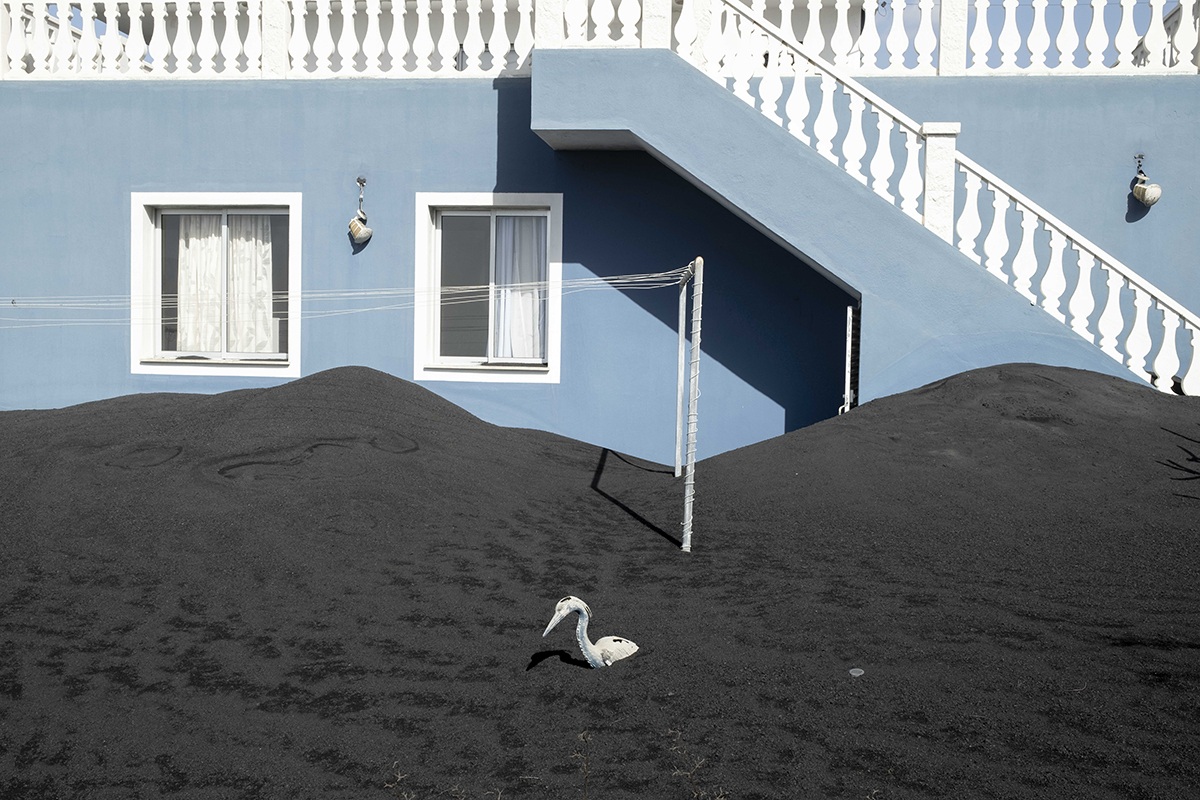


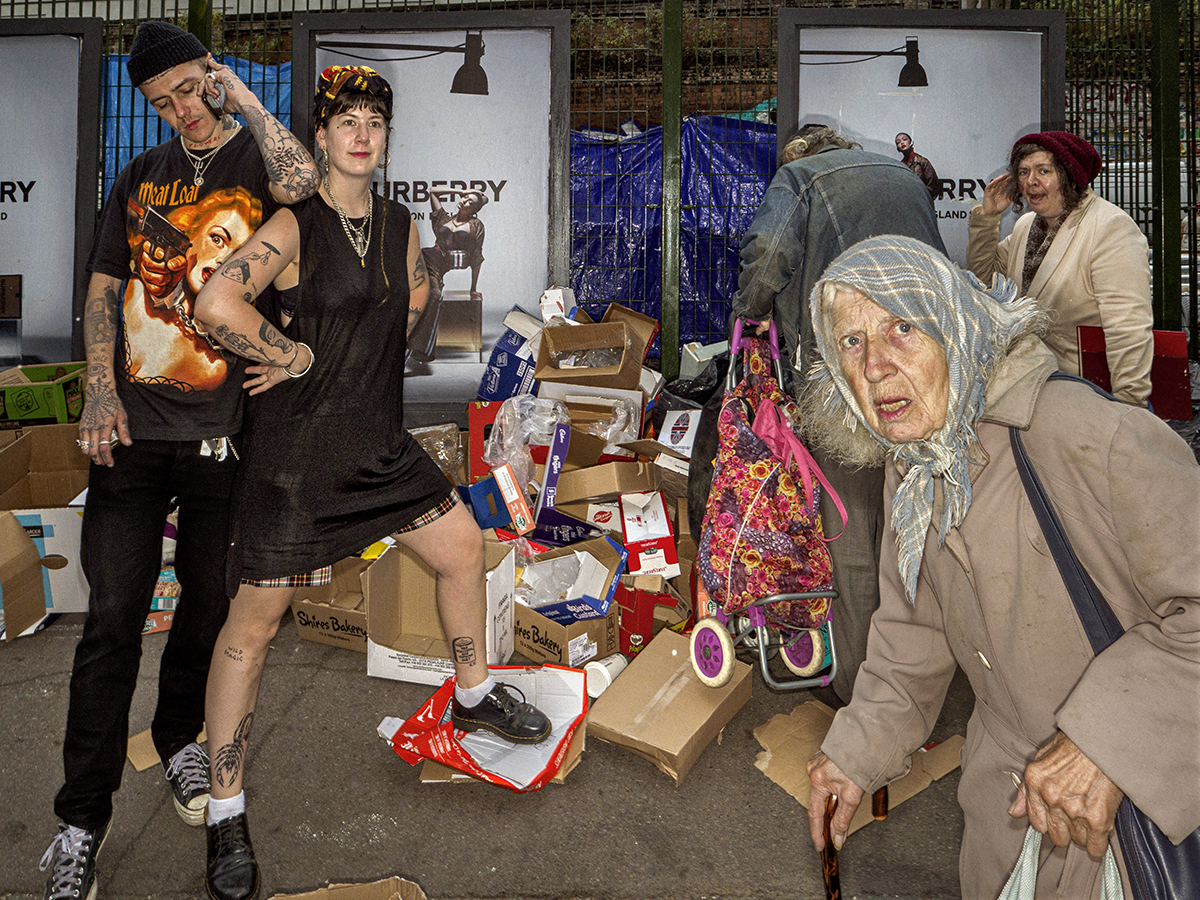


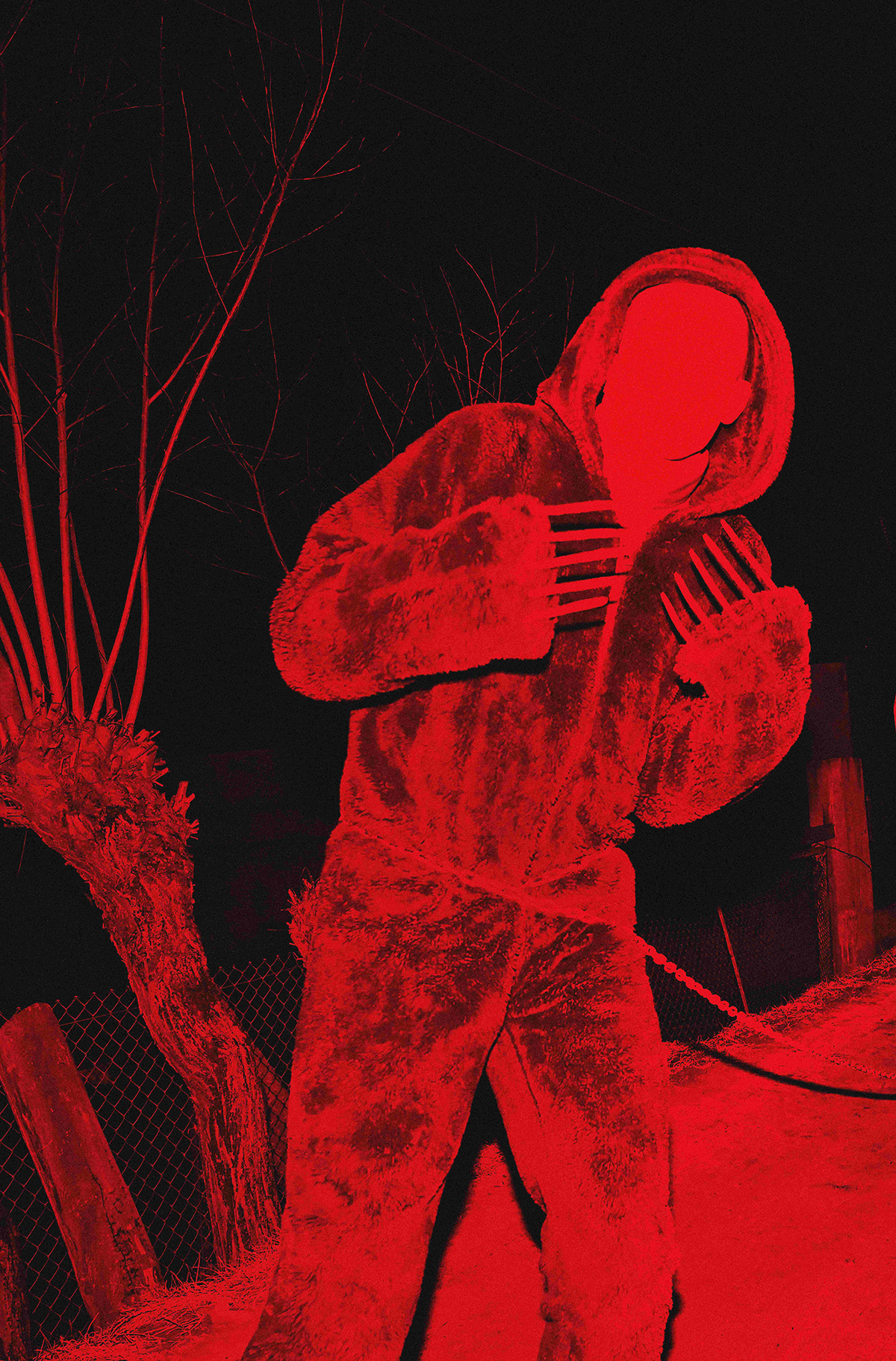
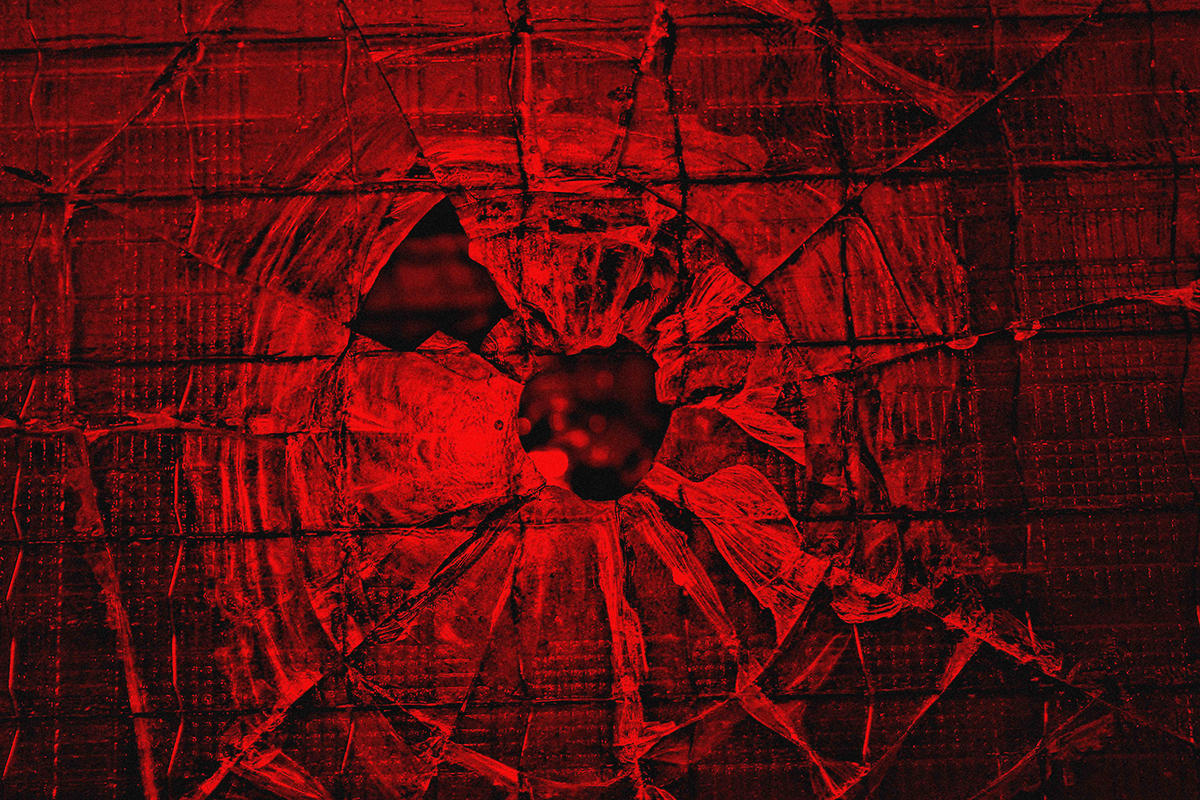






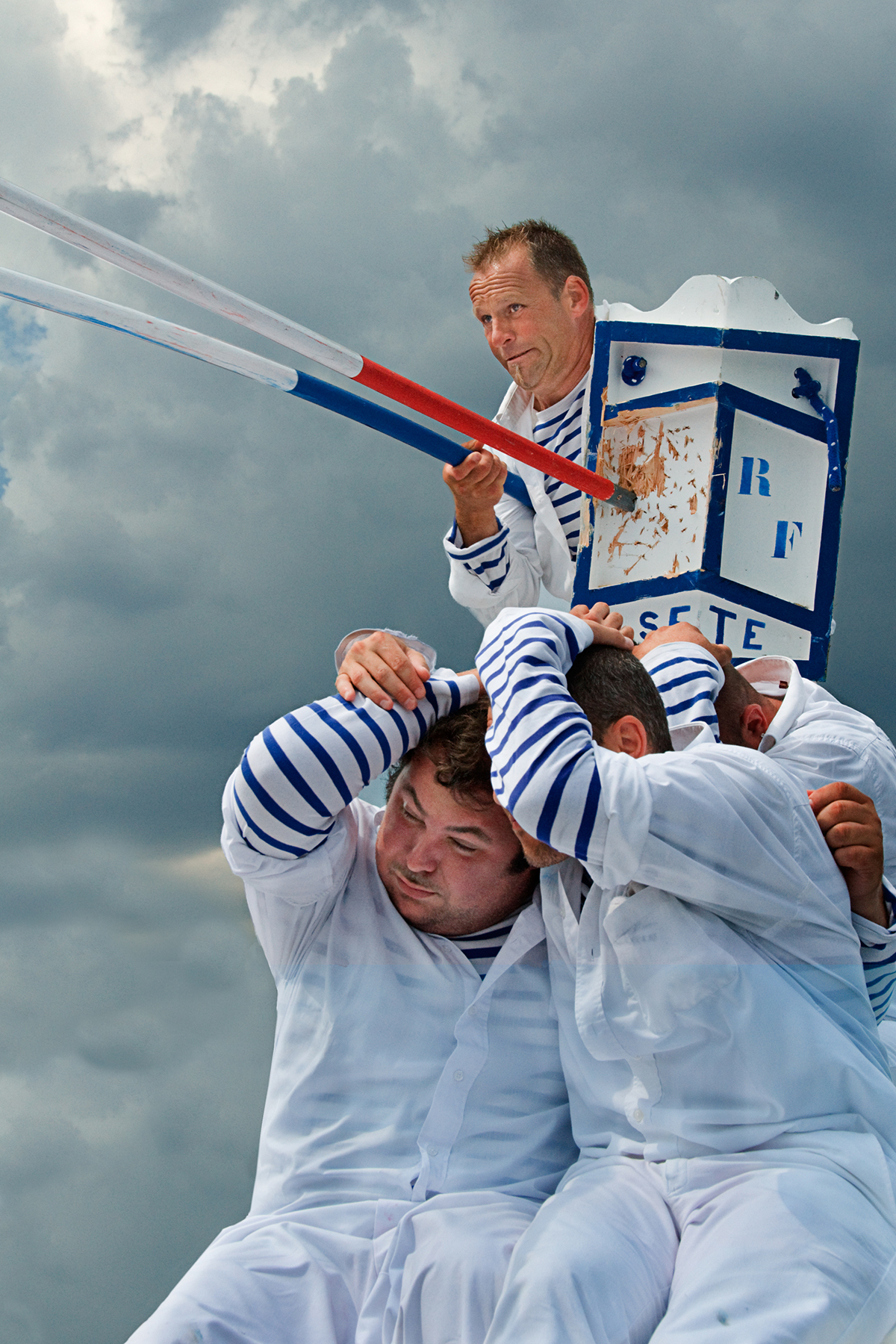

,-2010,-100x83.jpg)
,-2010,-83.jpg)
,-2010,-83.jpg)


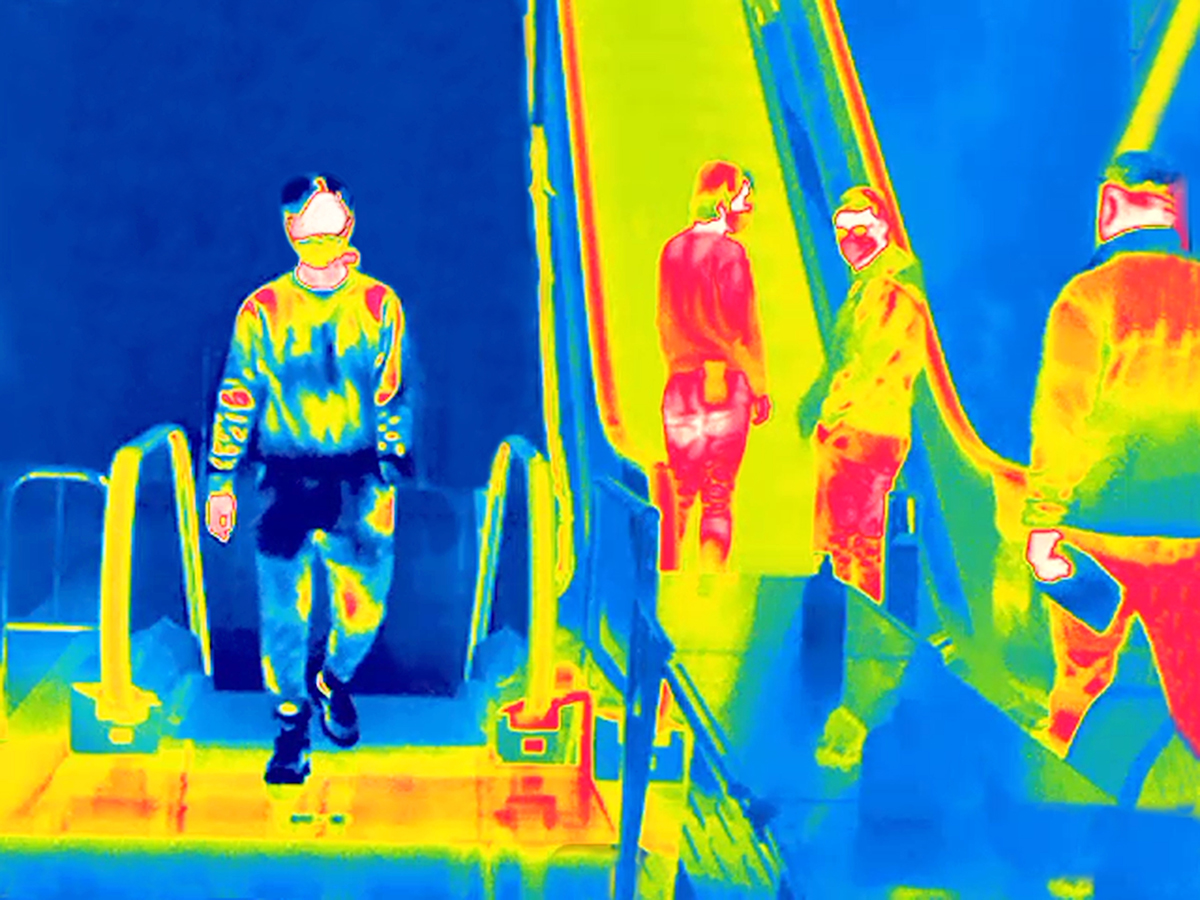



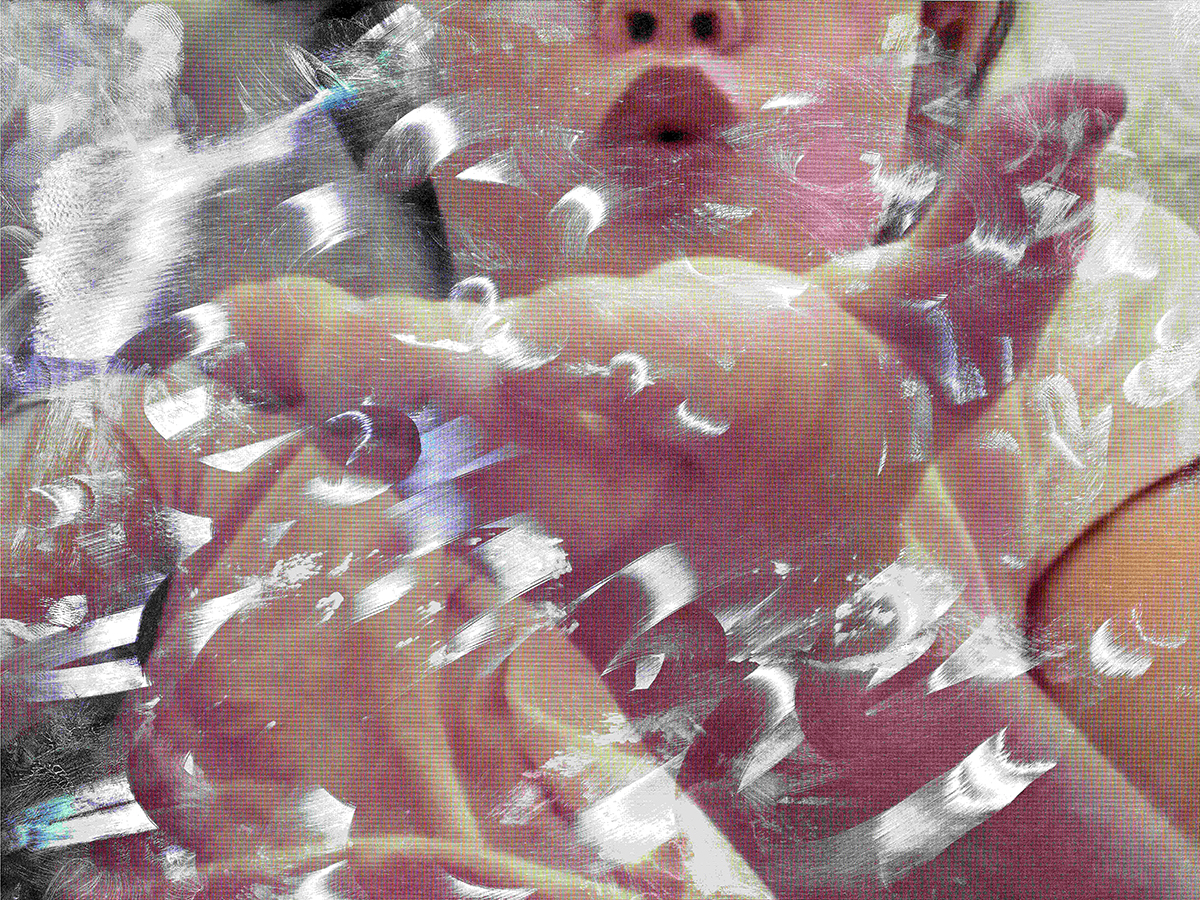
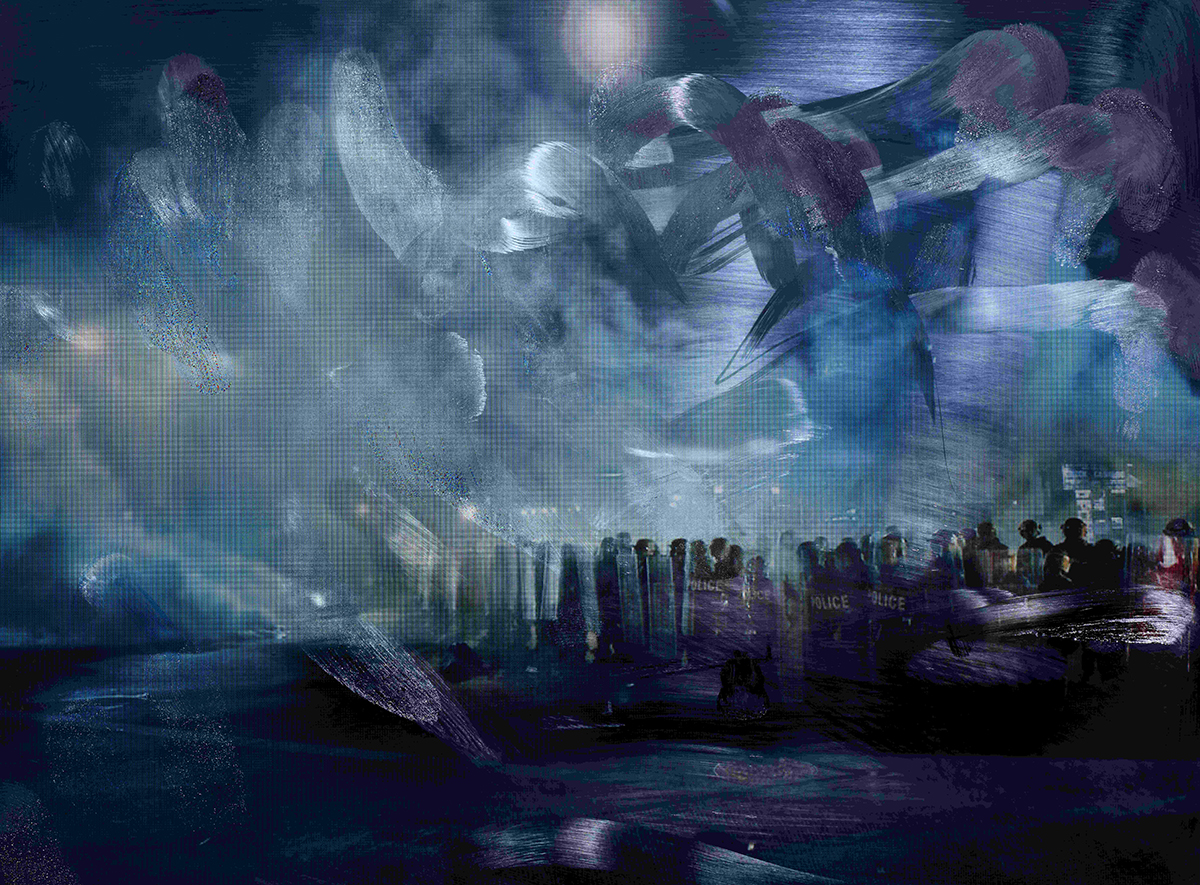
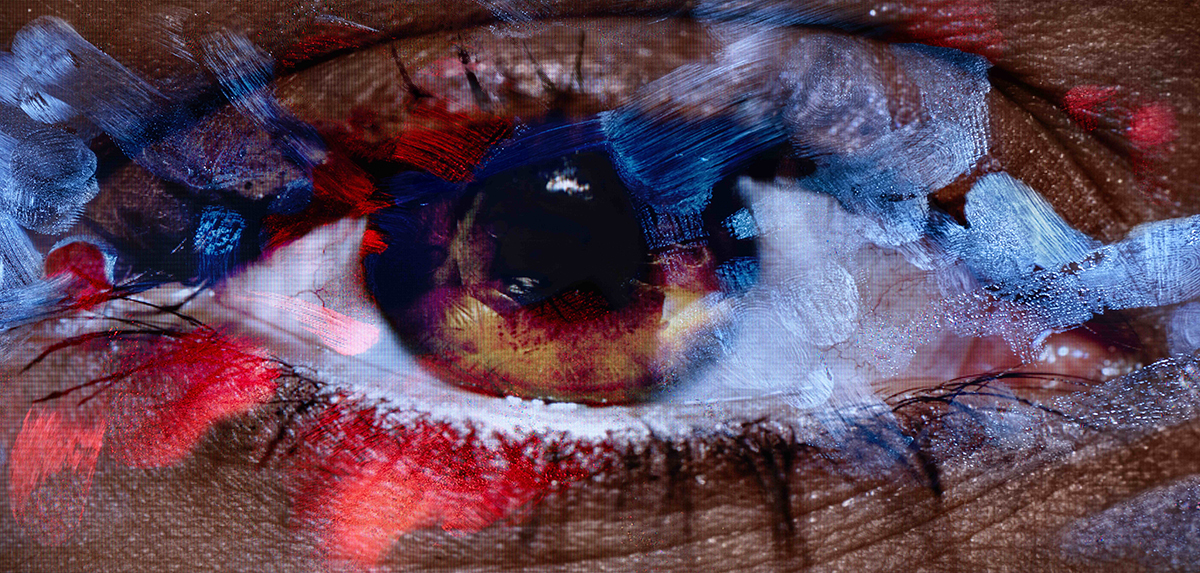
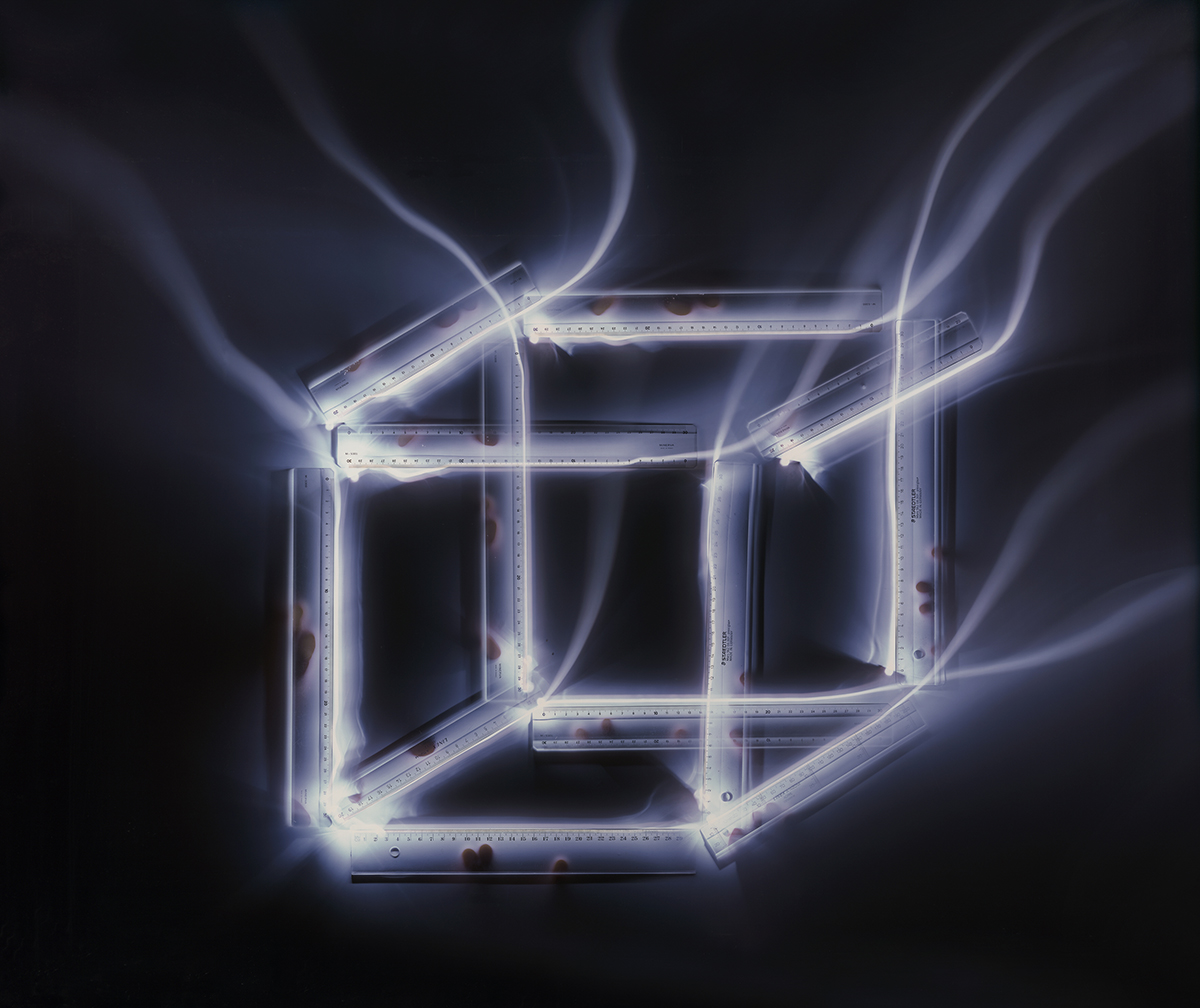
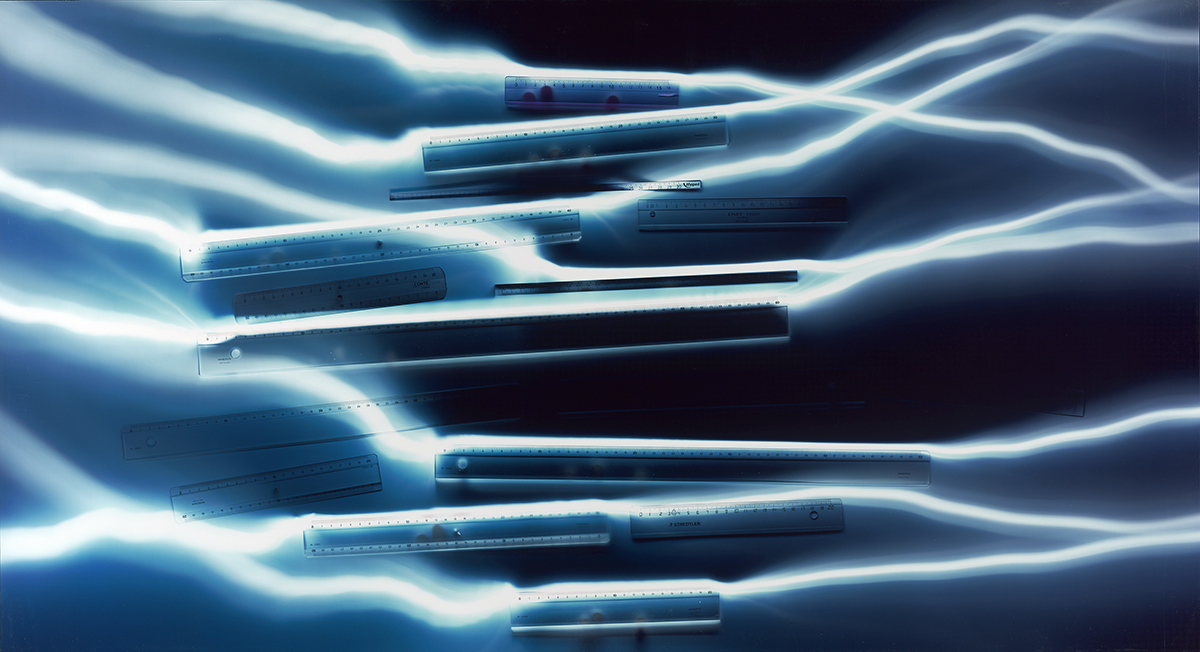
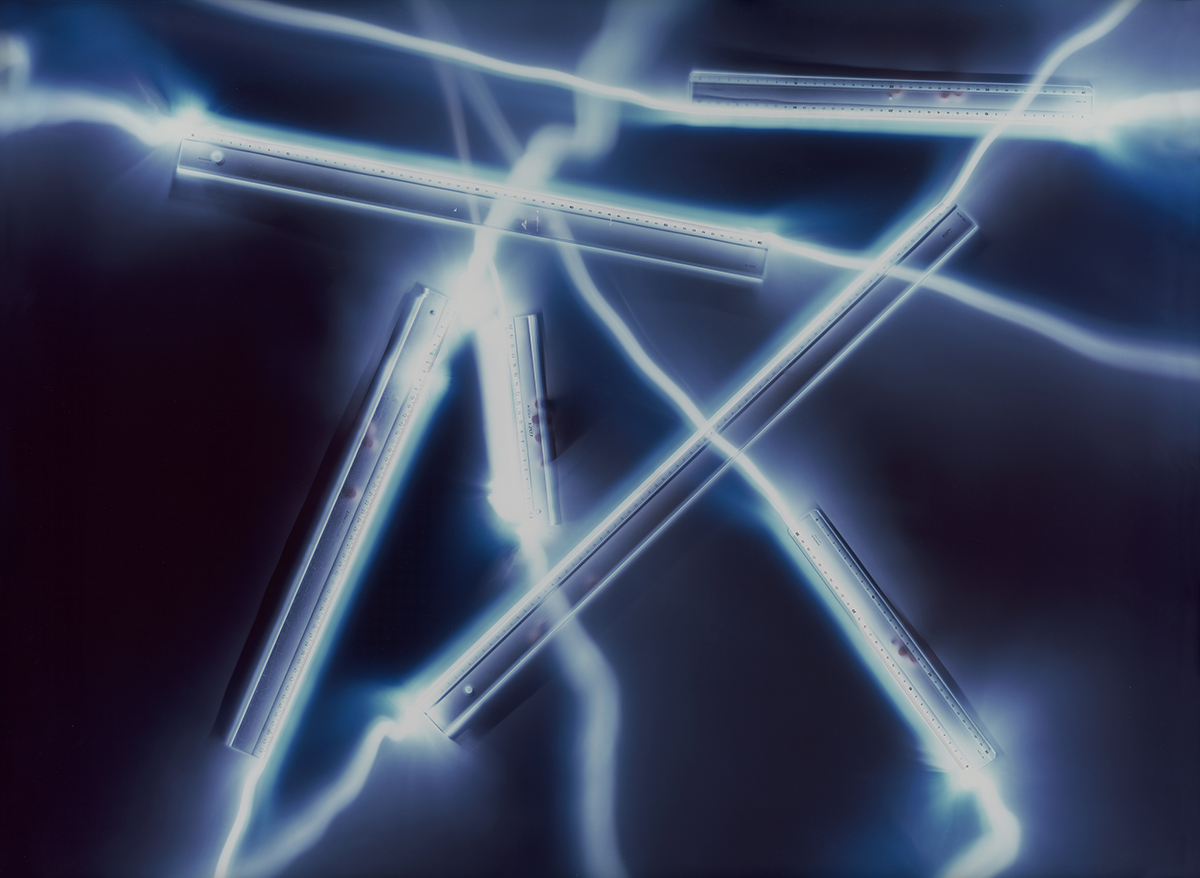
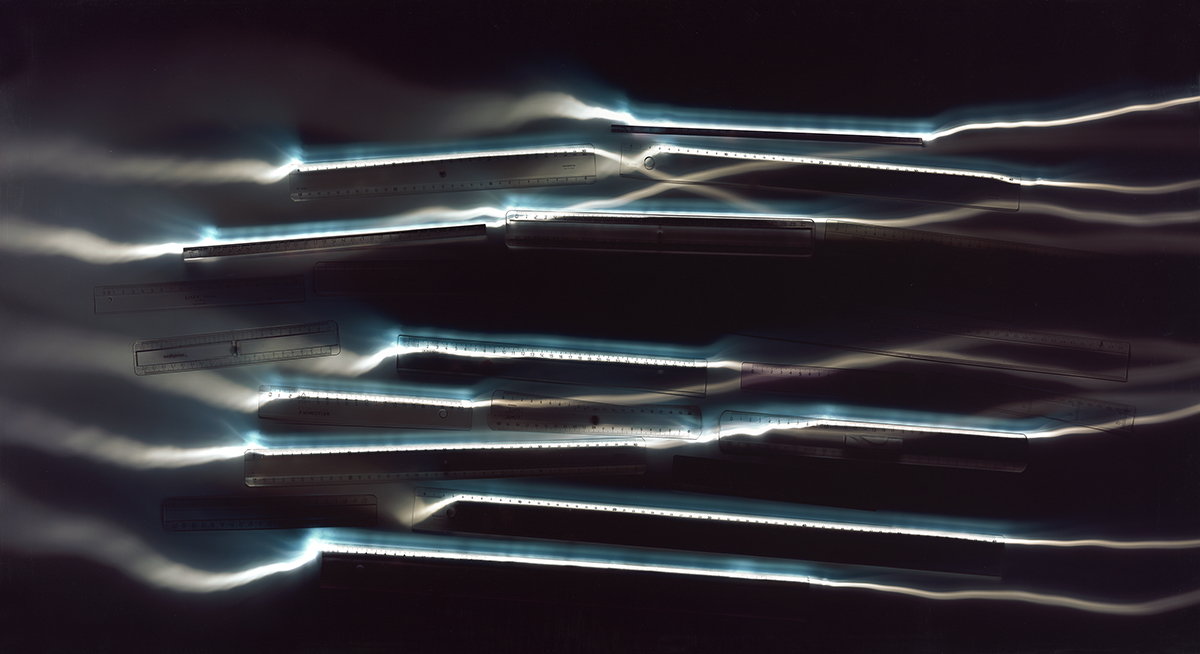





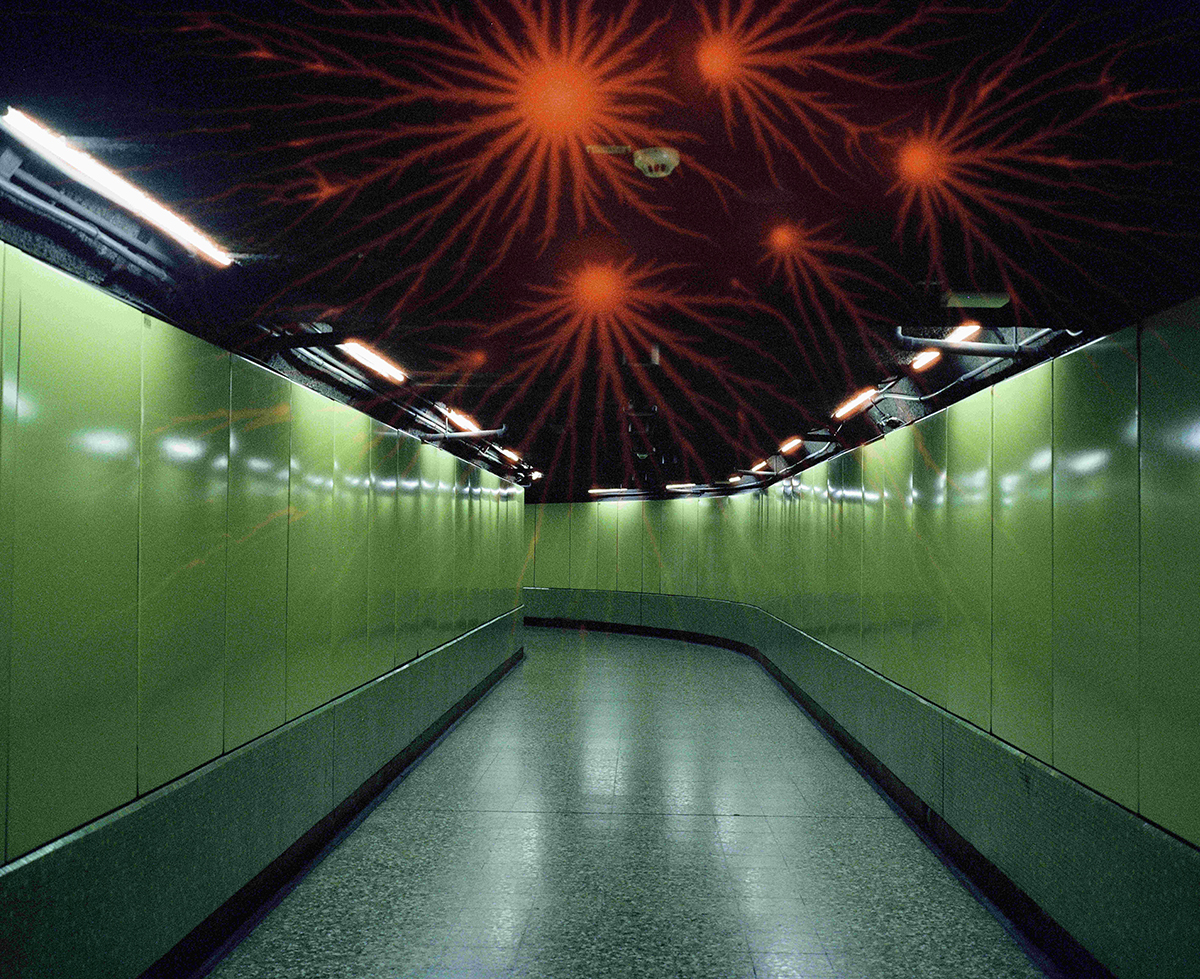
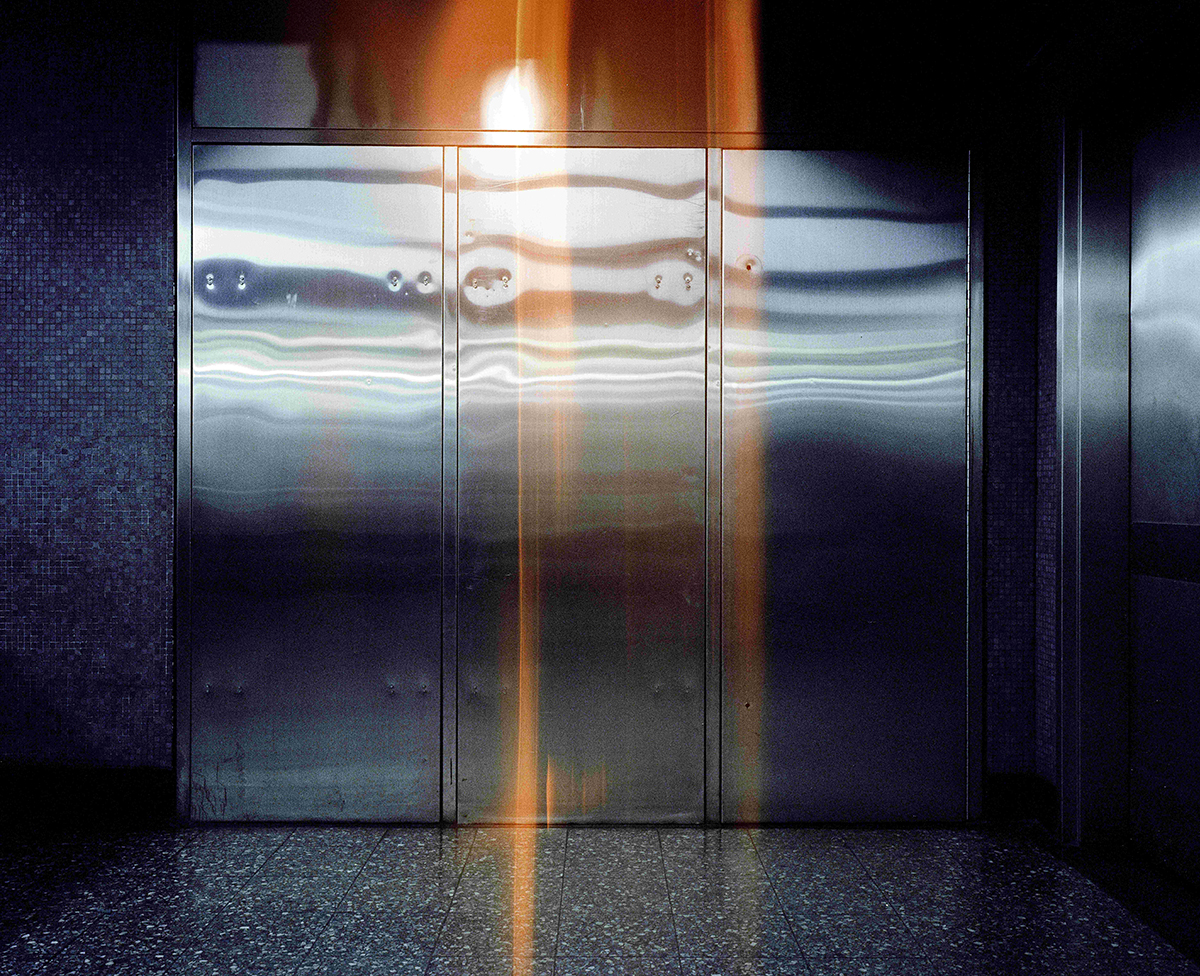
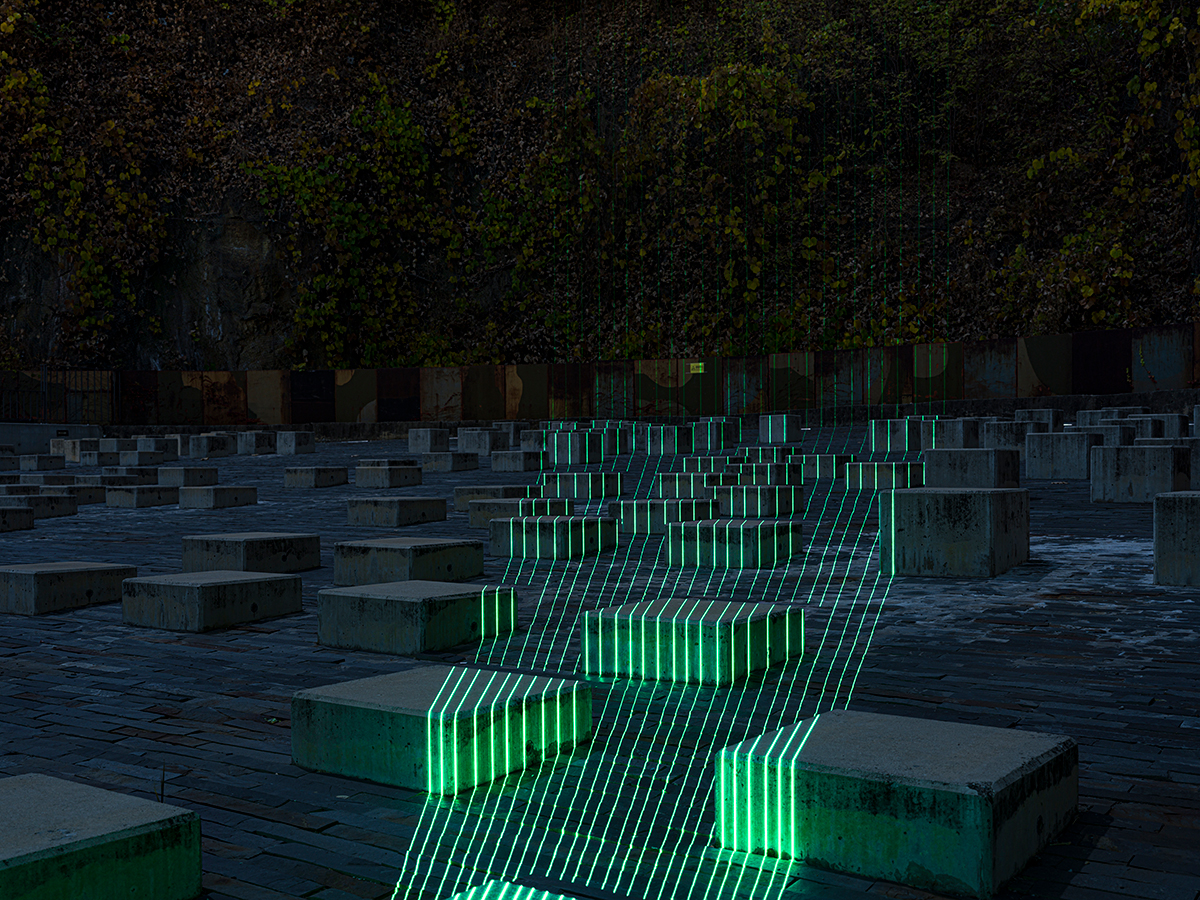

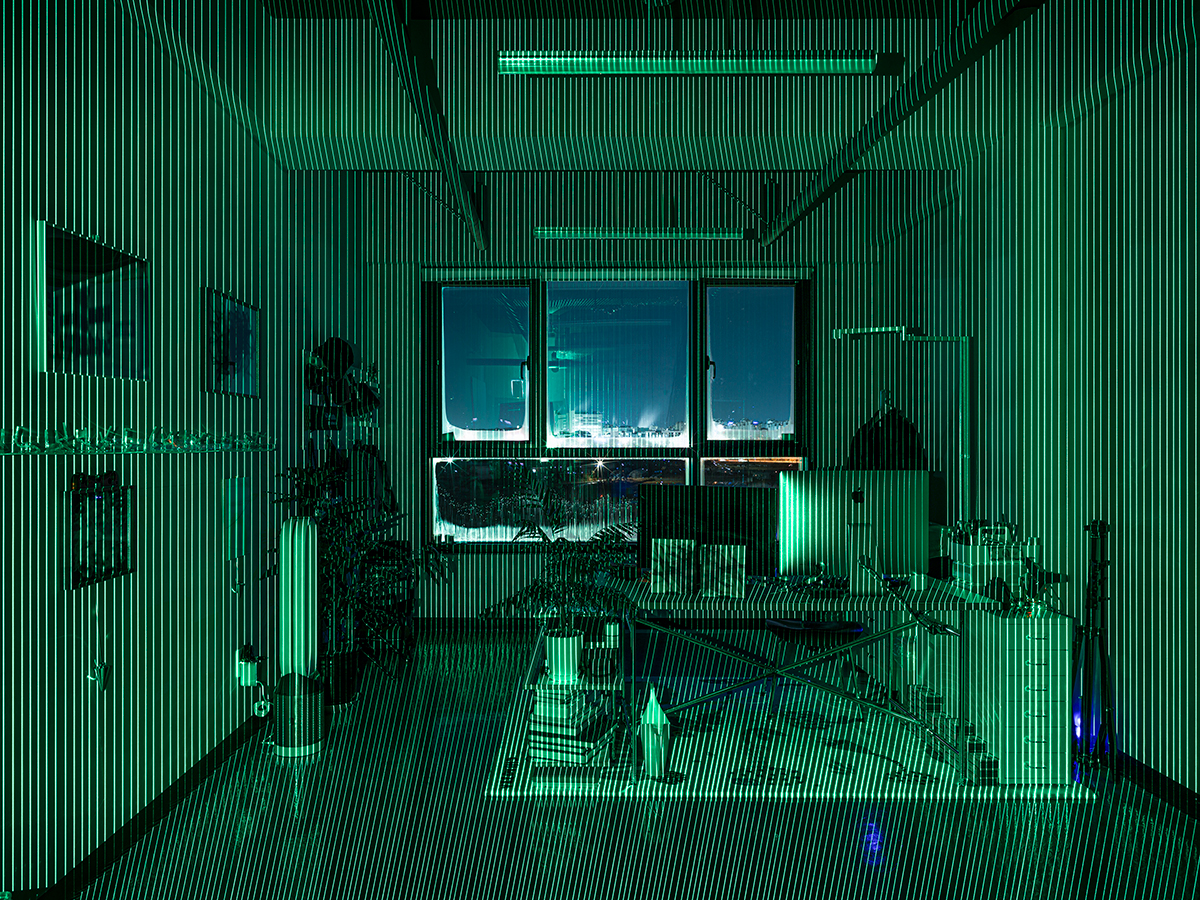
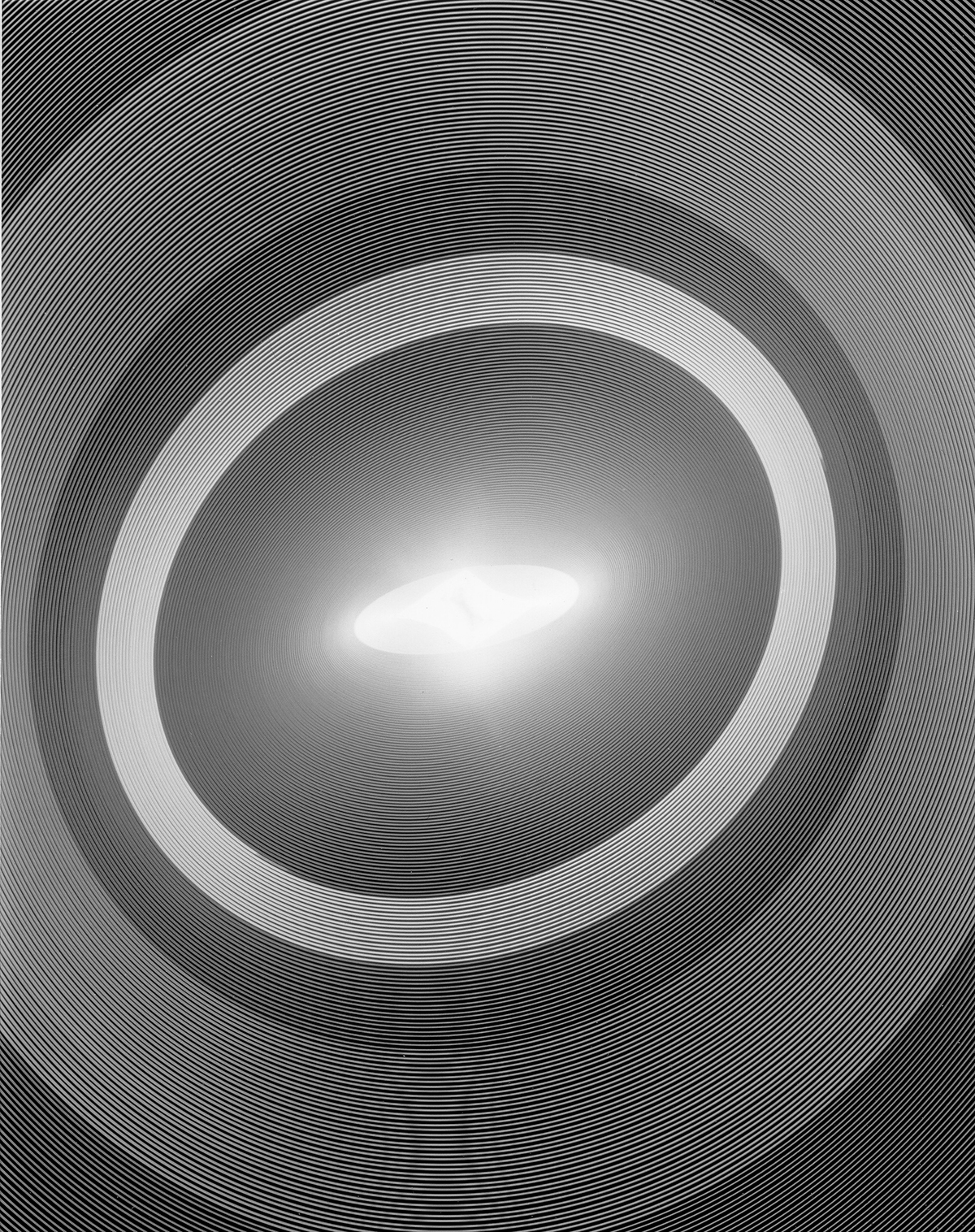
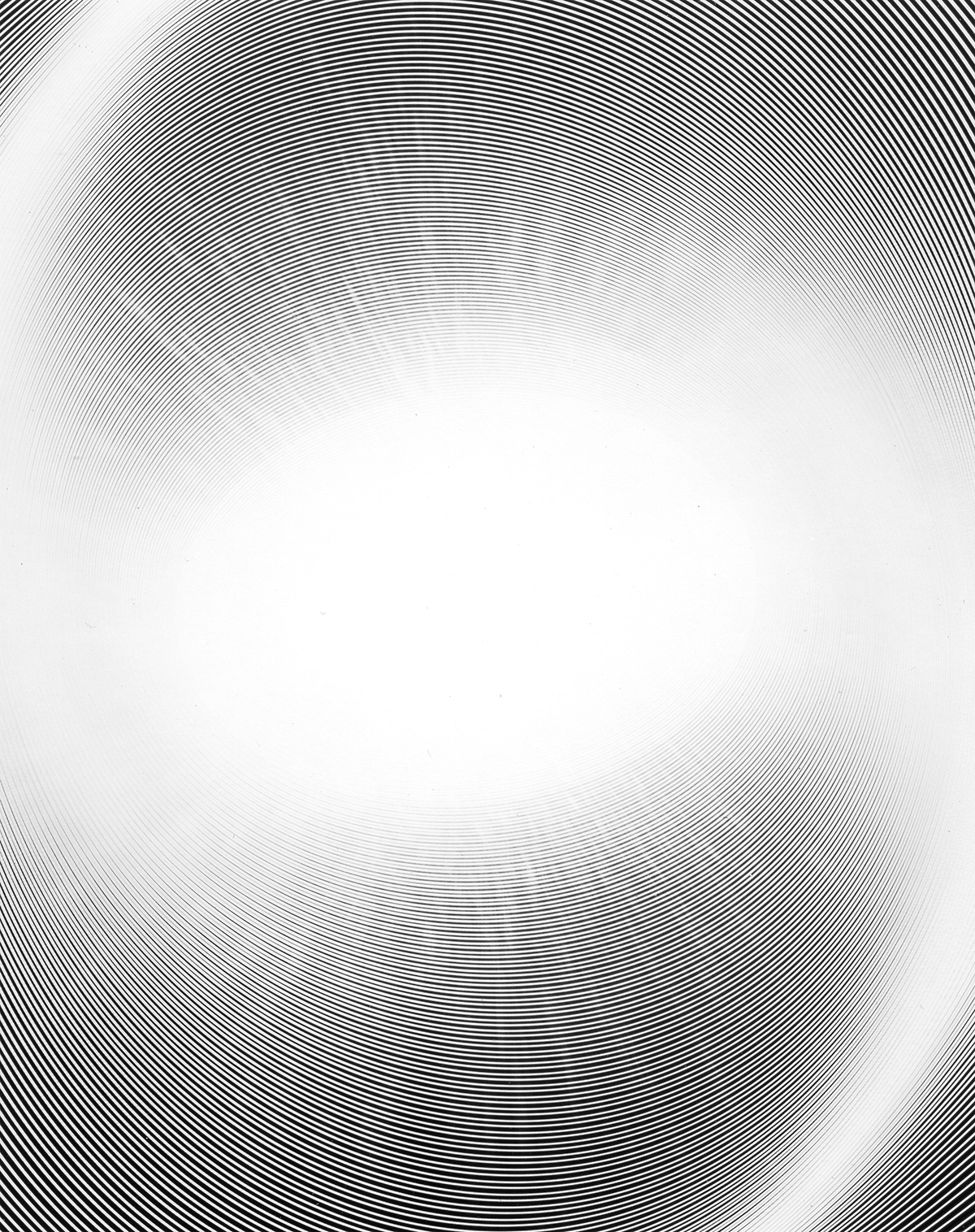
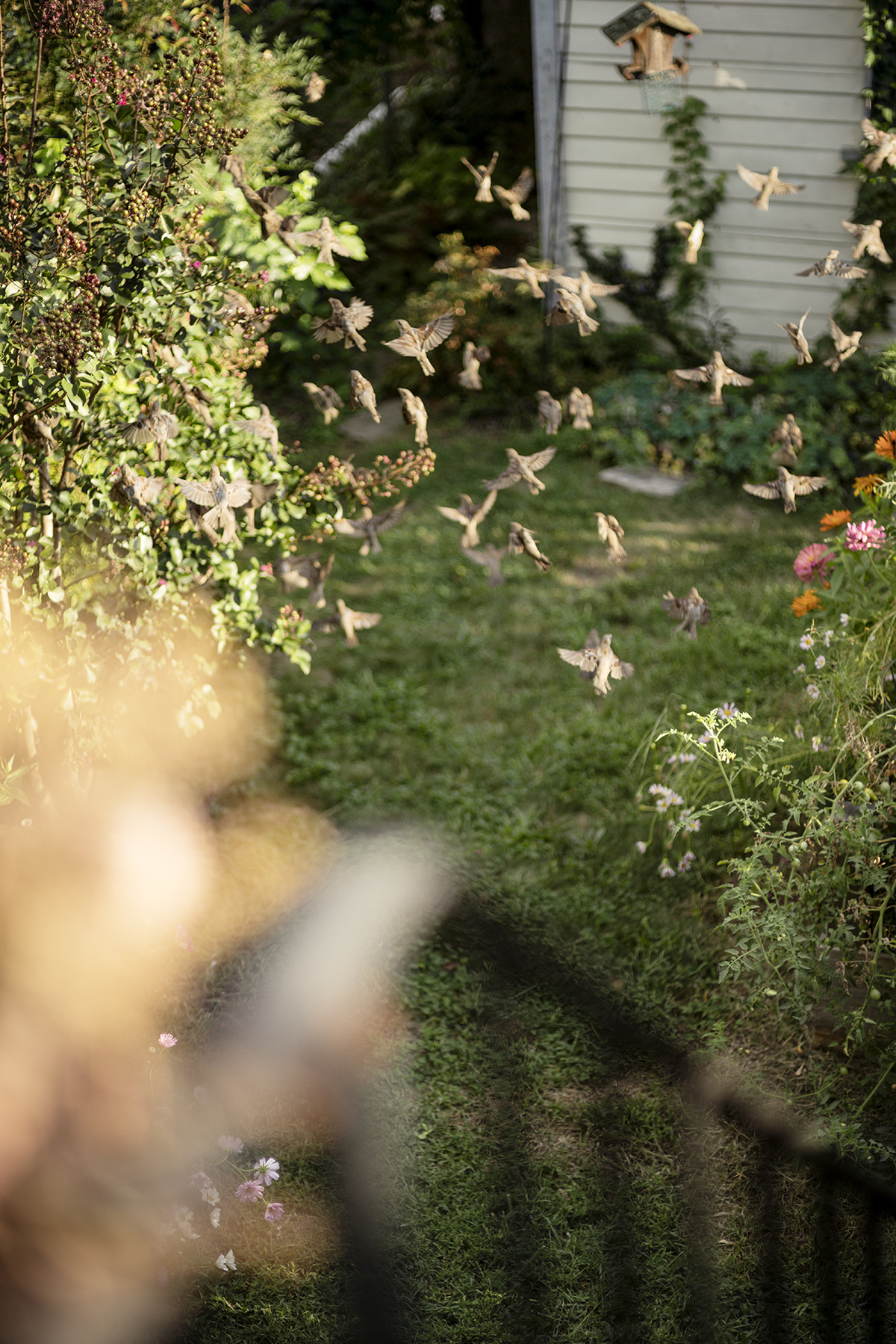

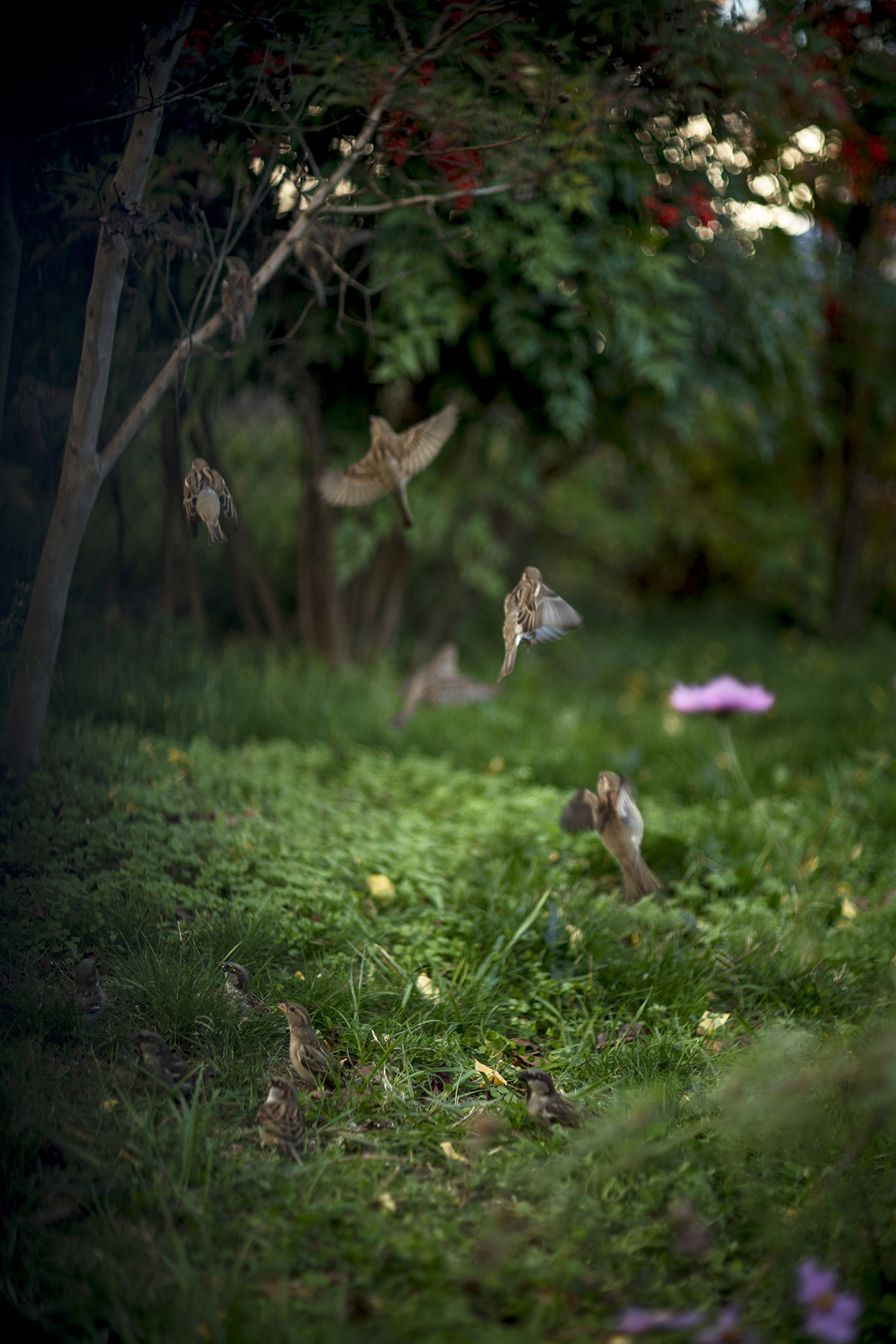
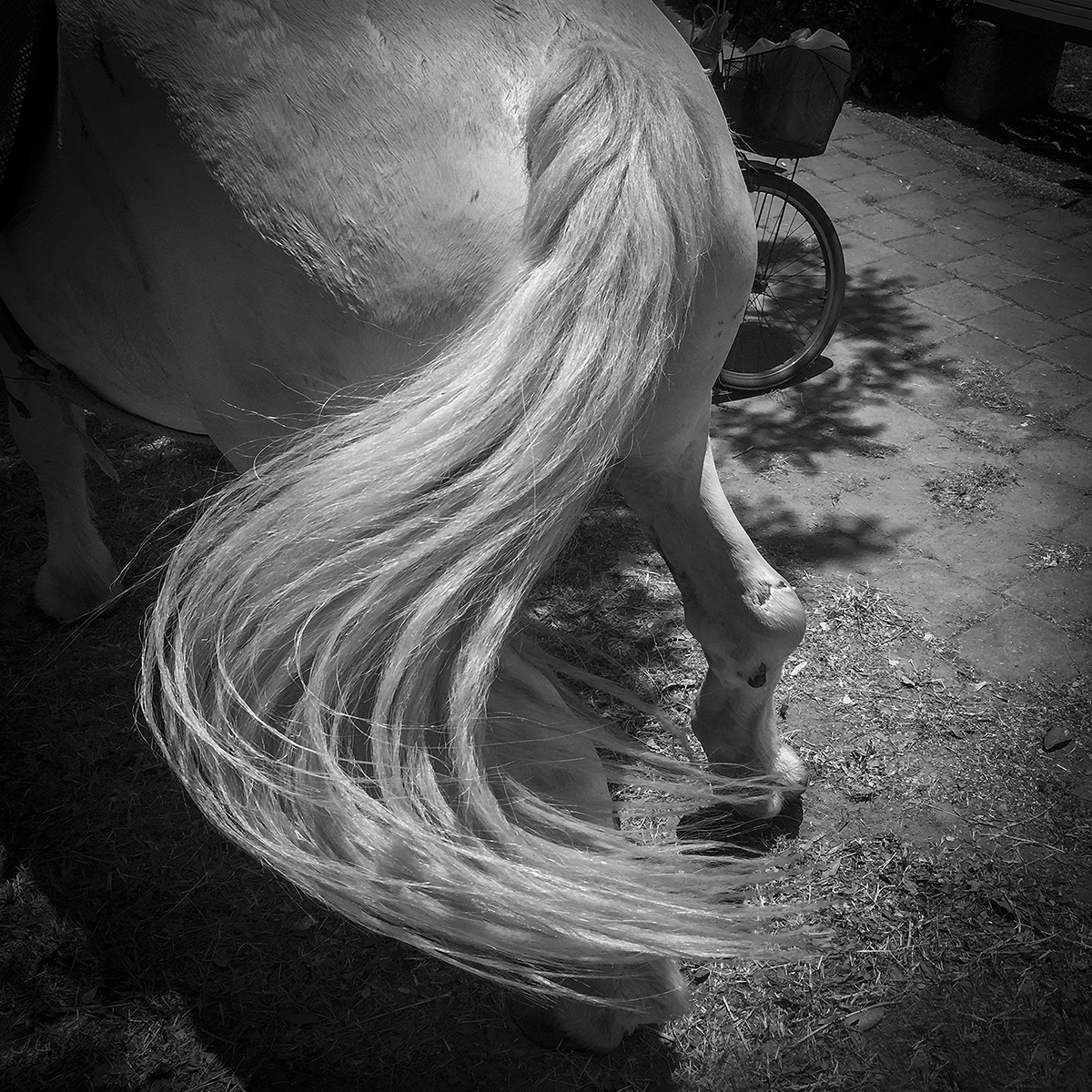

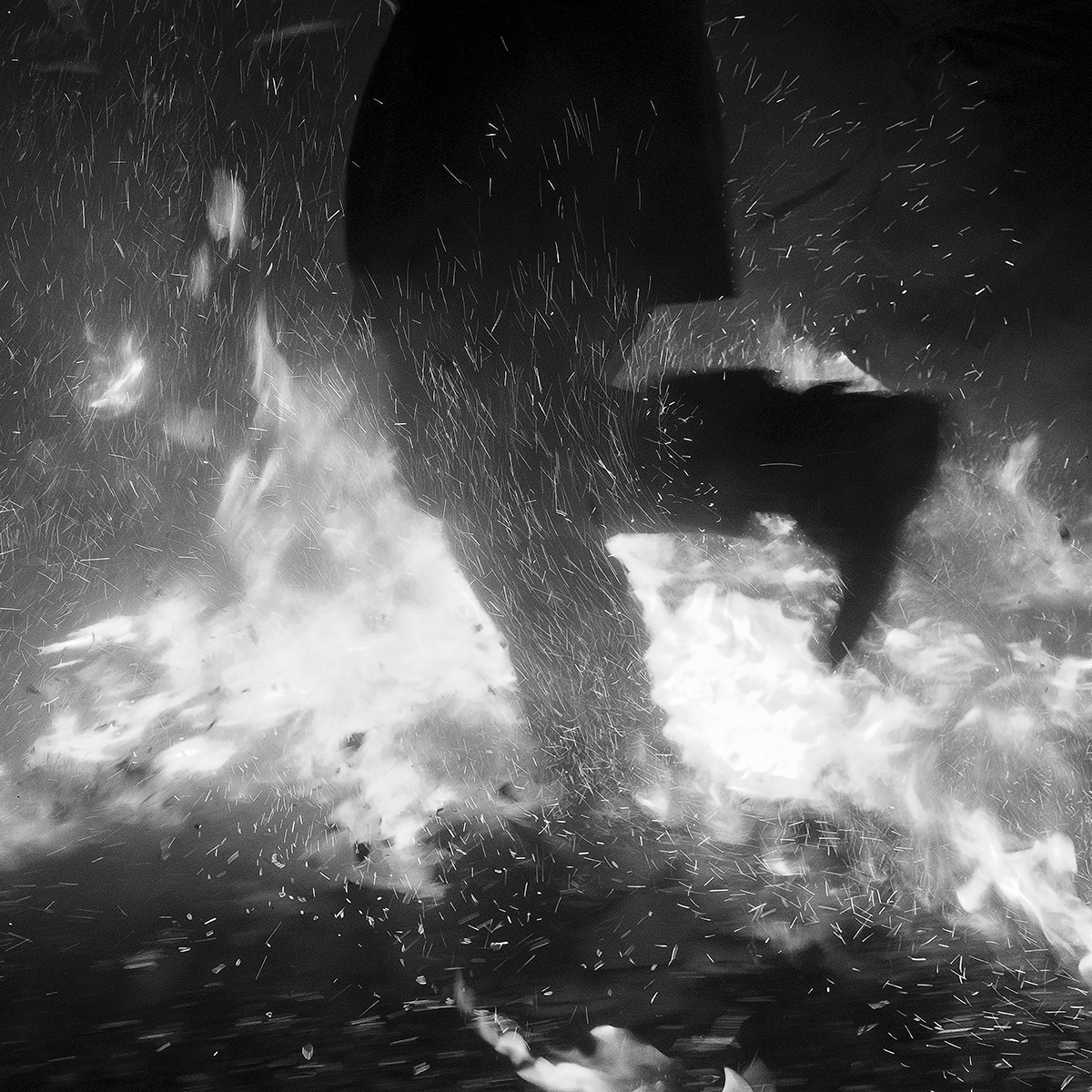
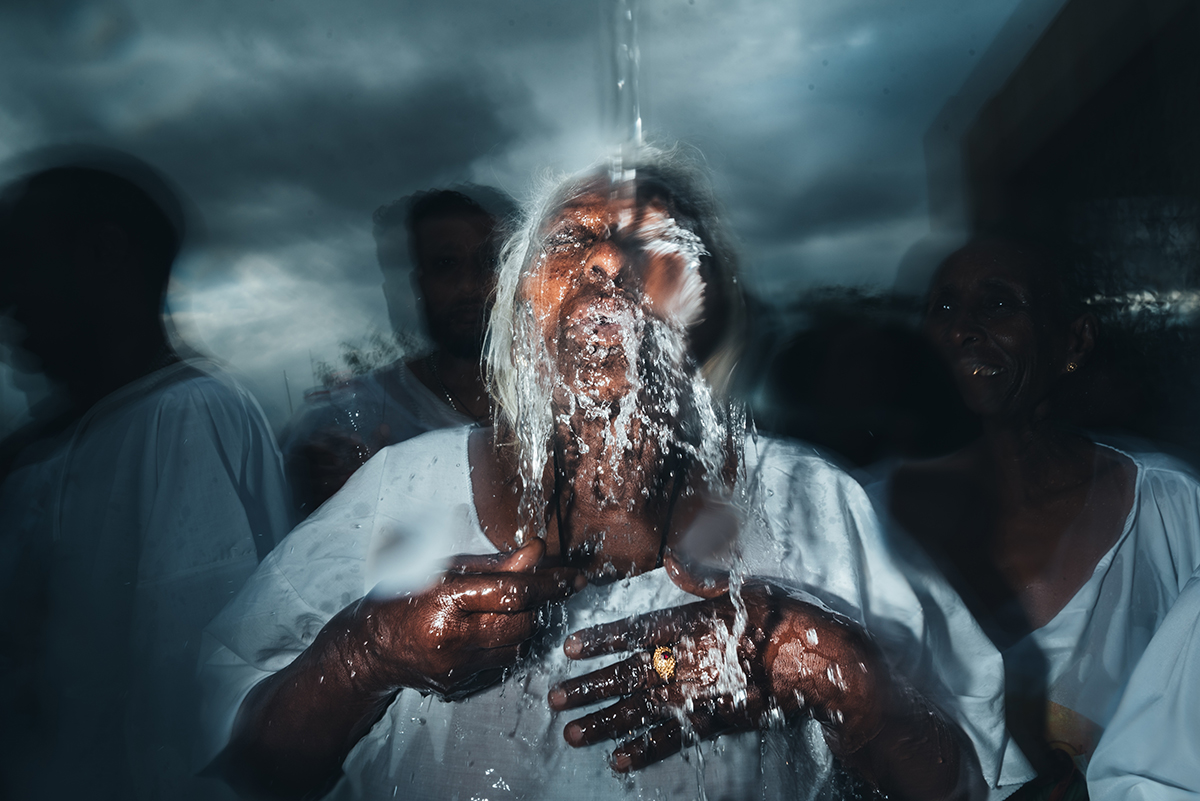
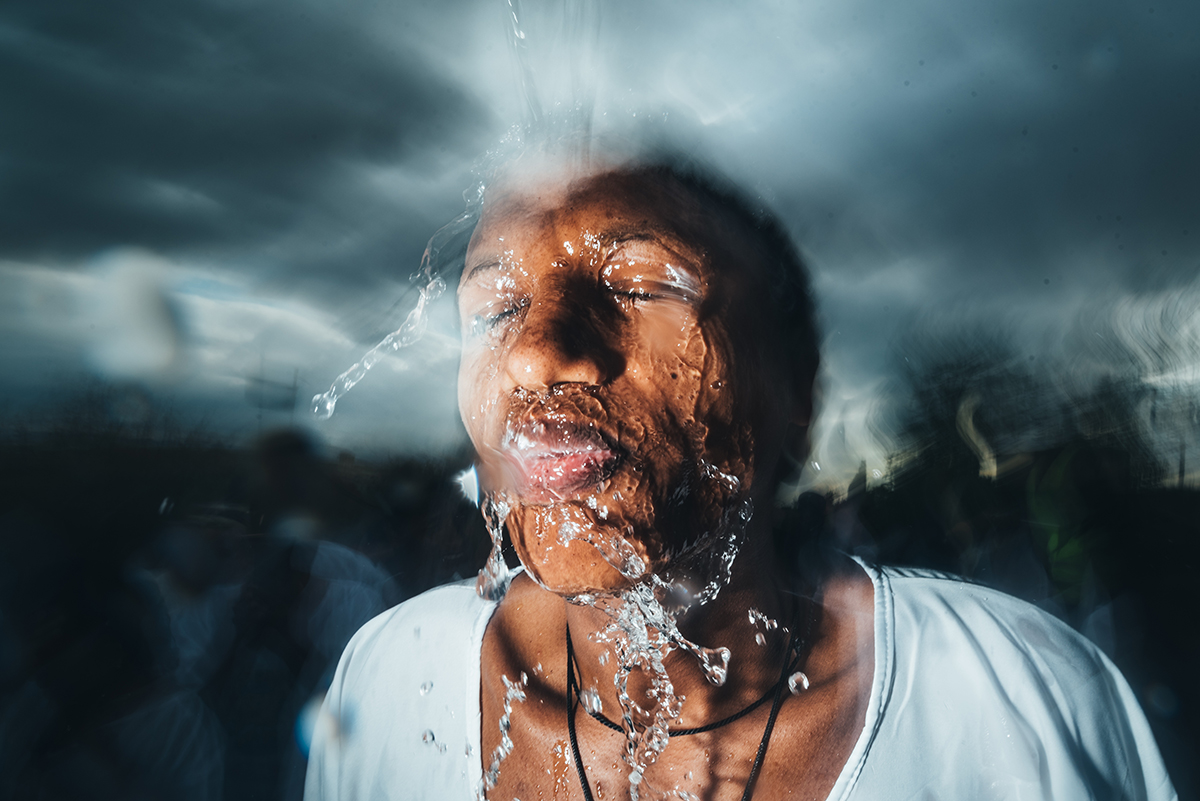


_ Sven Jacobsen, Untitled(Moments Series), 2014, 47x70cm, Archival Pigment Print.jpg)
_ Sven Jacobsen, Untitled(Moments Series), 2014, 47x70cm, Archival Pigment Print.jpg)
_ Sven Jacobsen, Choreo(Moments Series), 2014, 47x70cm, Archival Pigment Print.jpg)

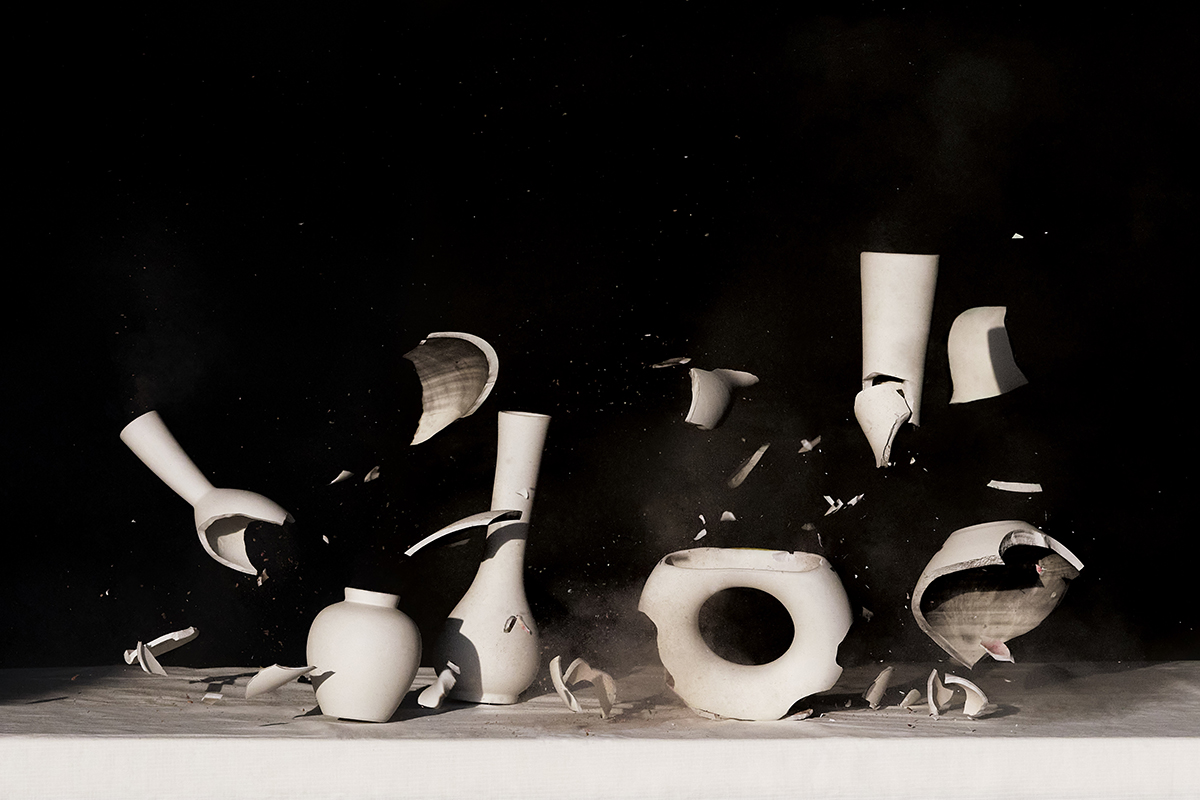
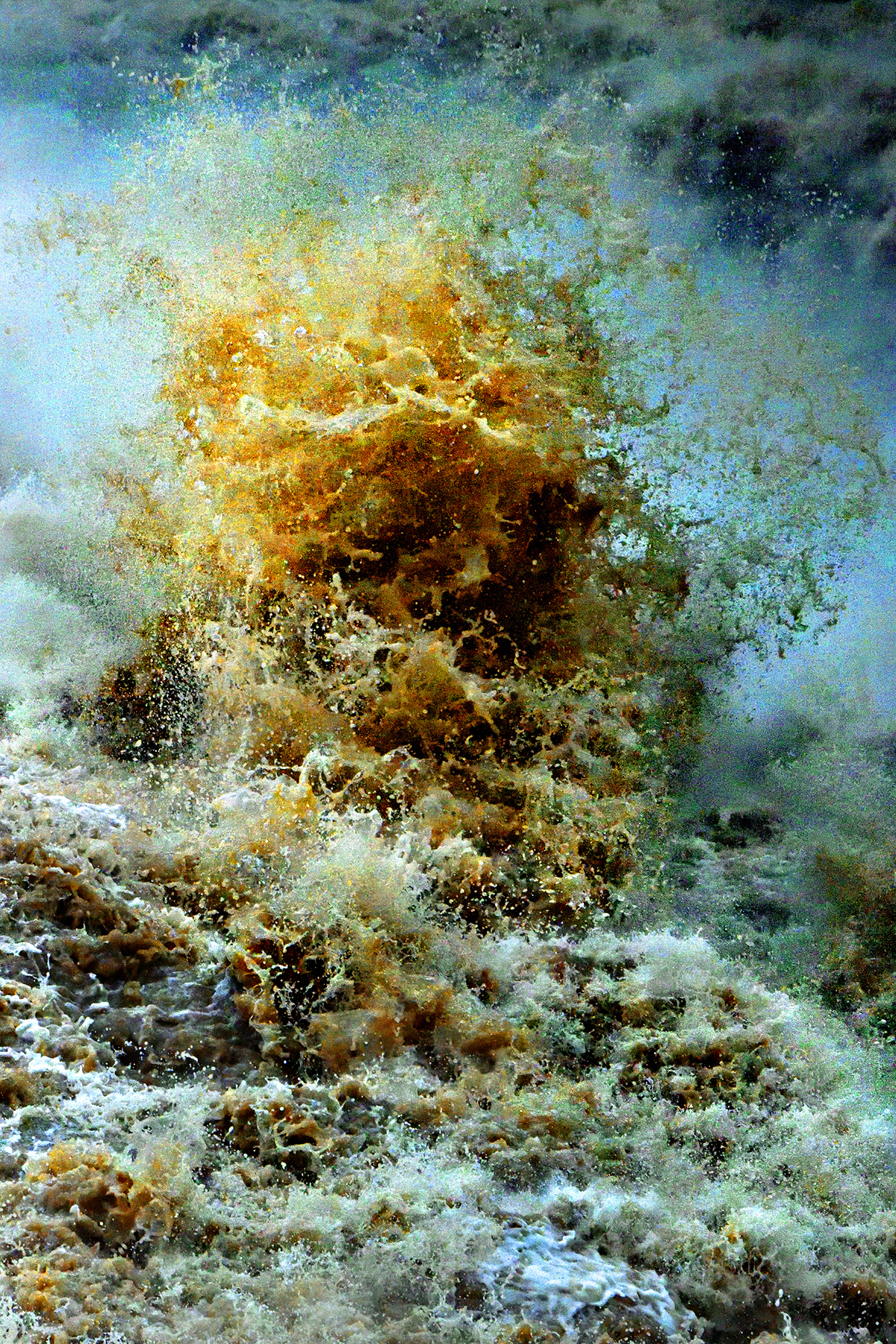
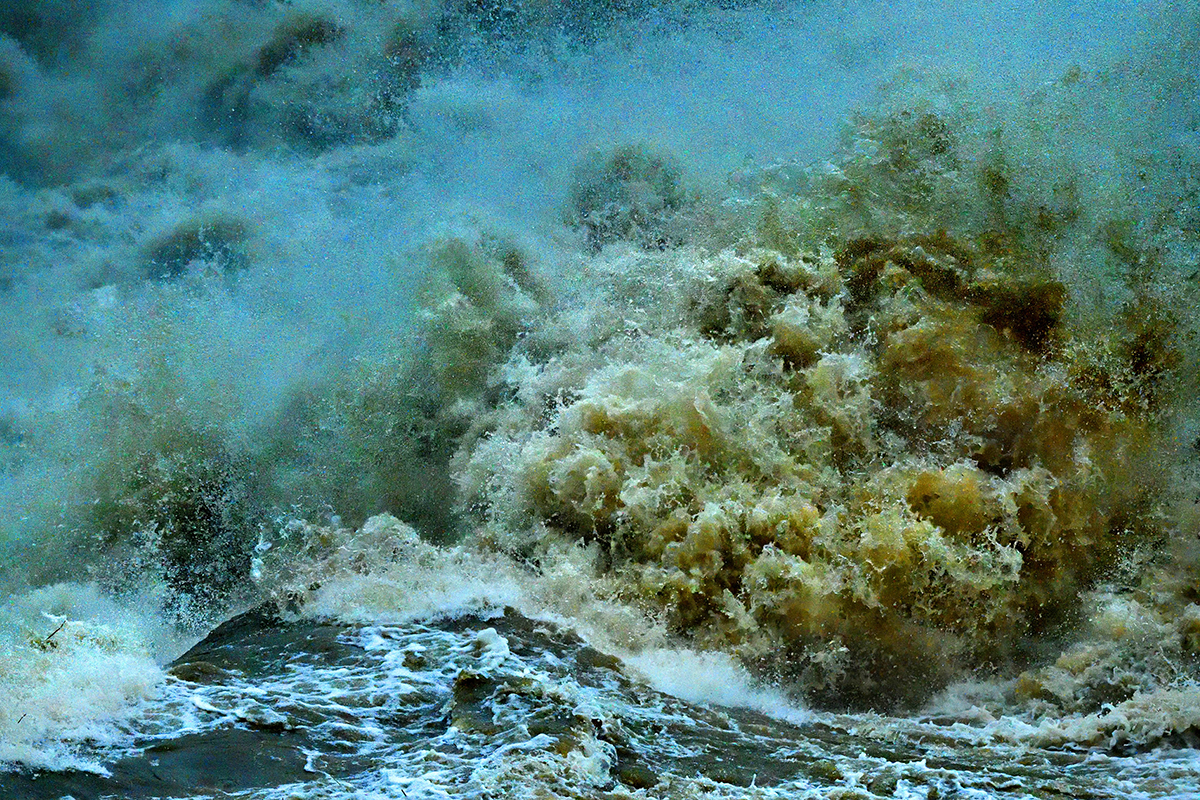
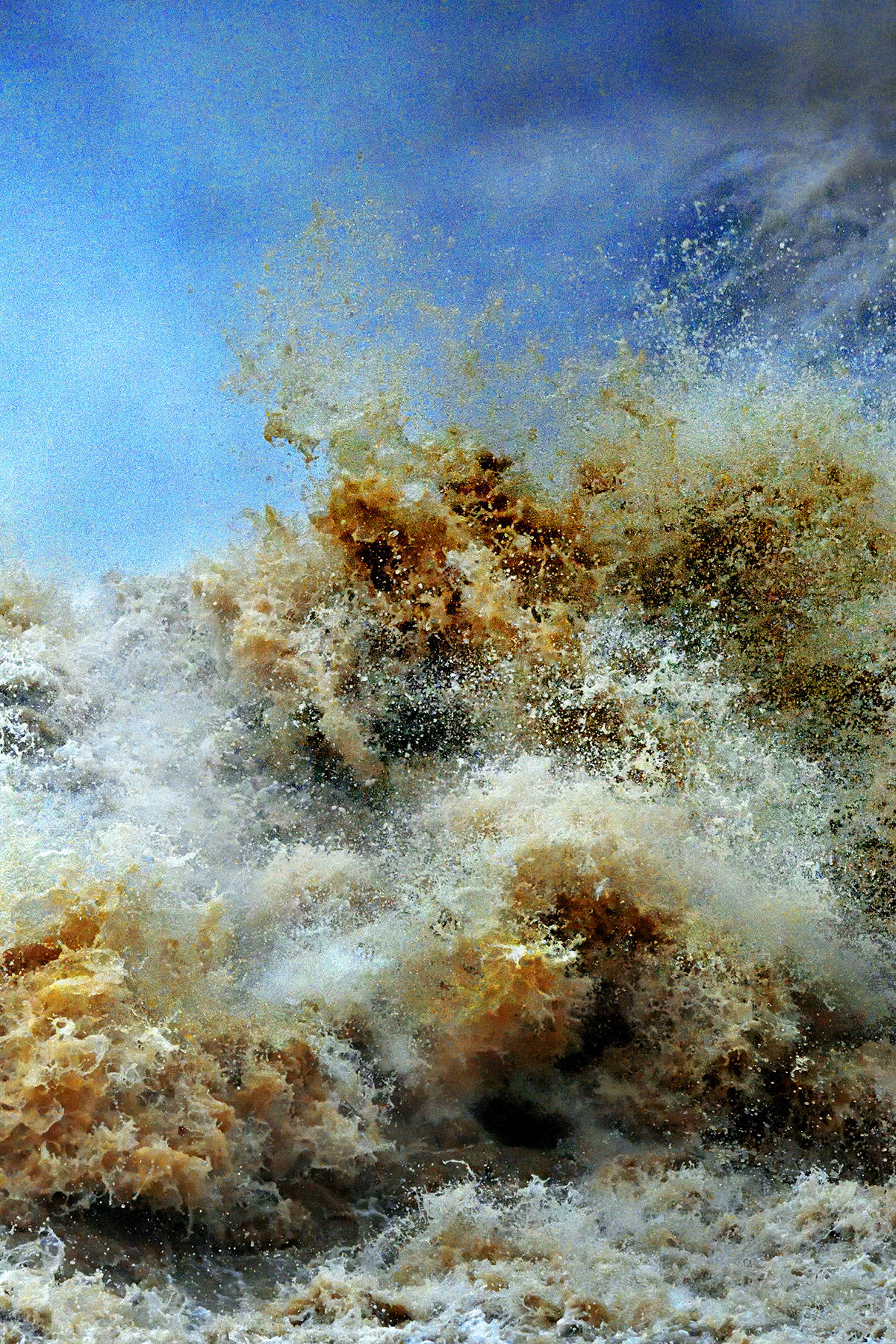
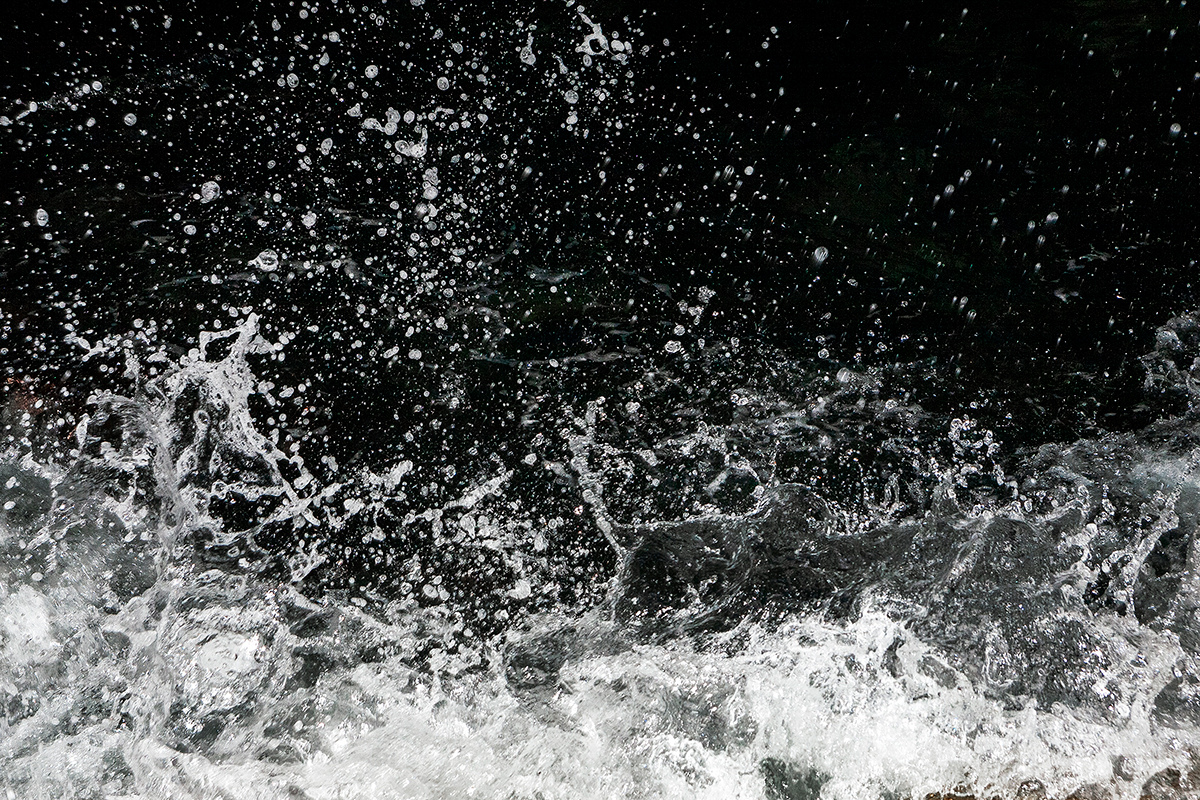




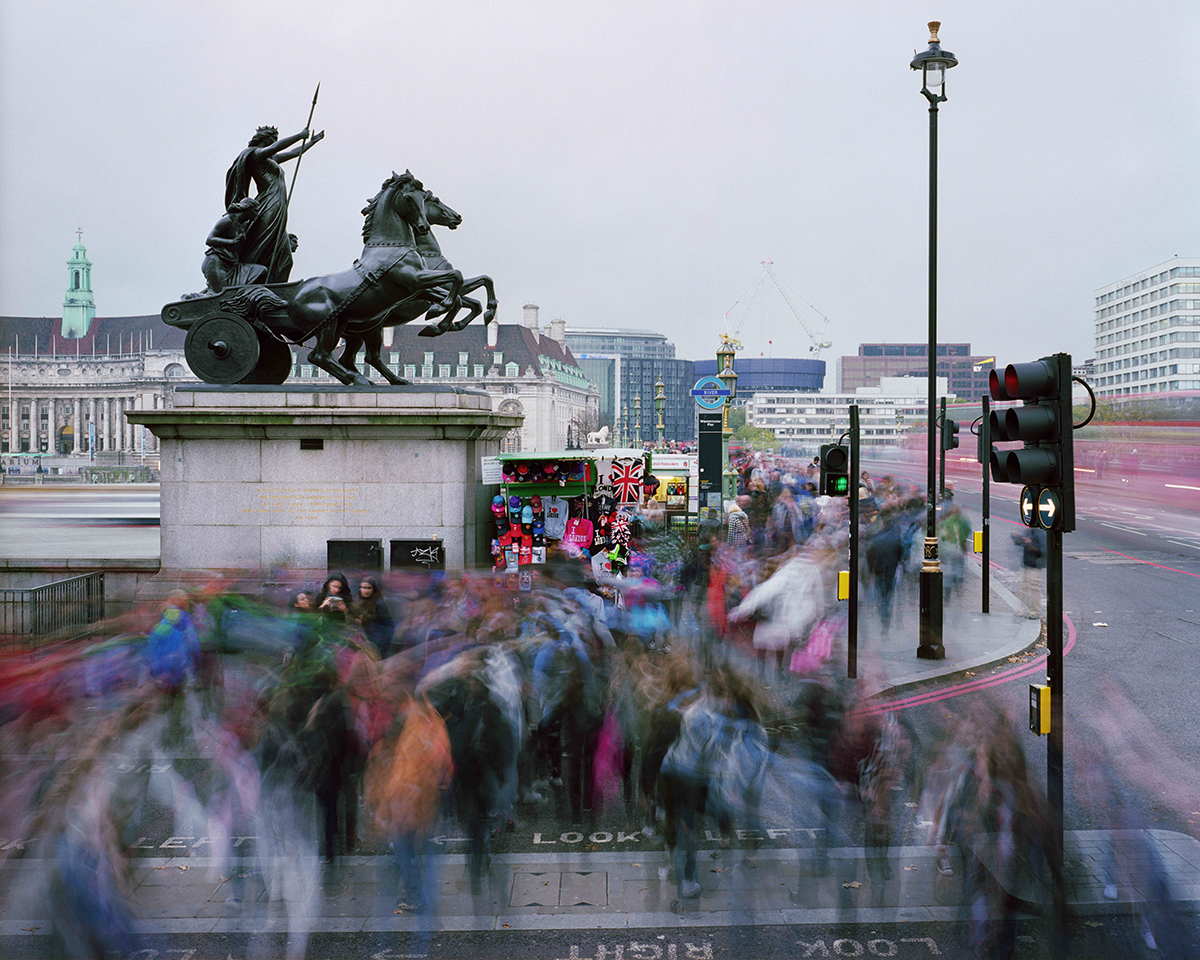






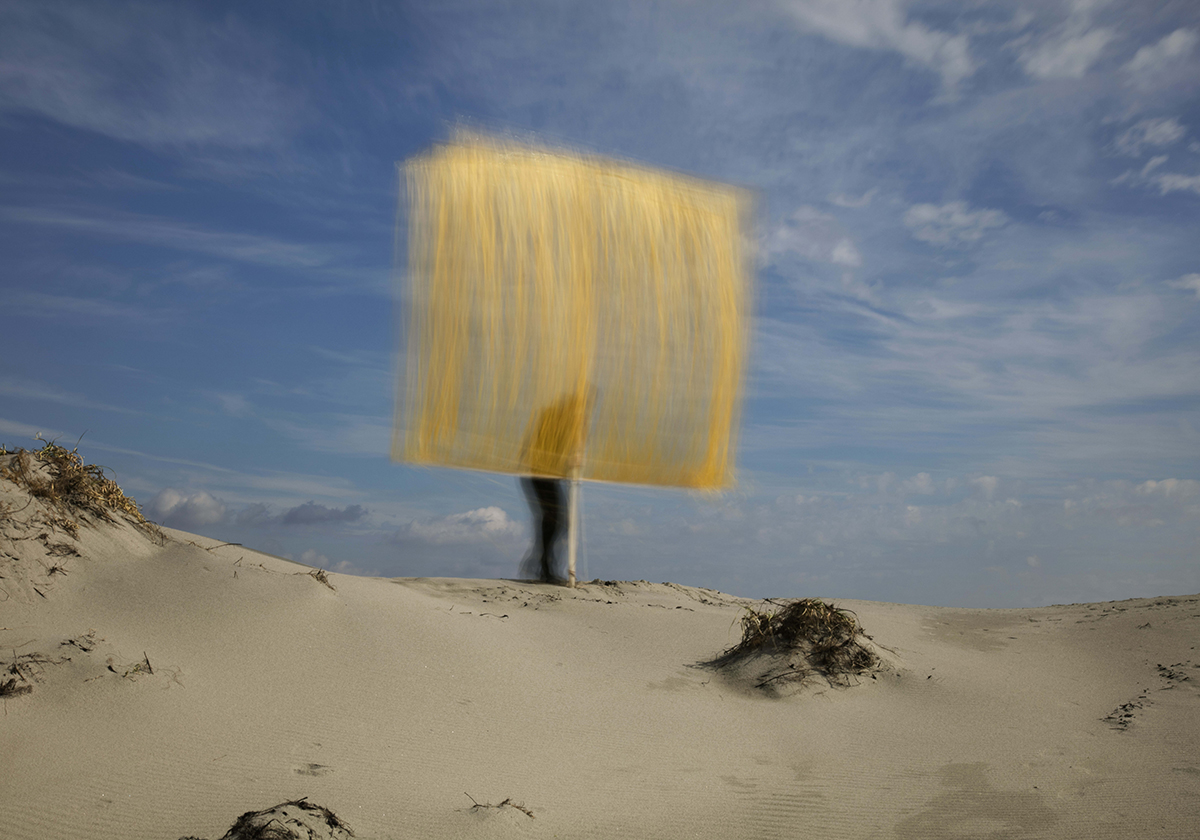
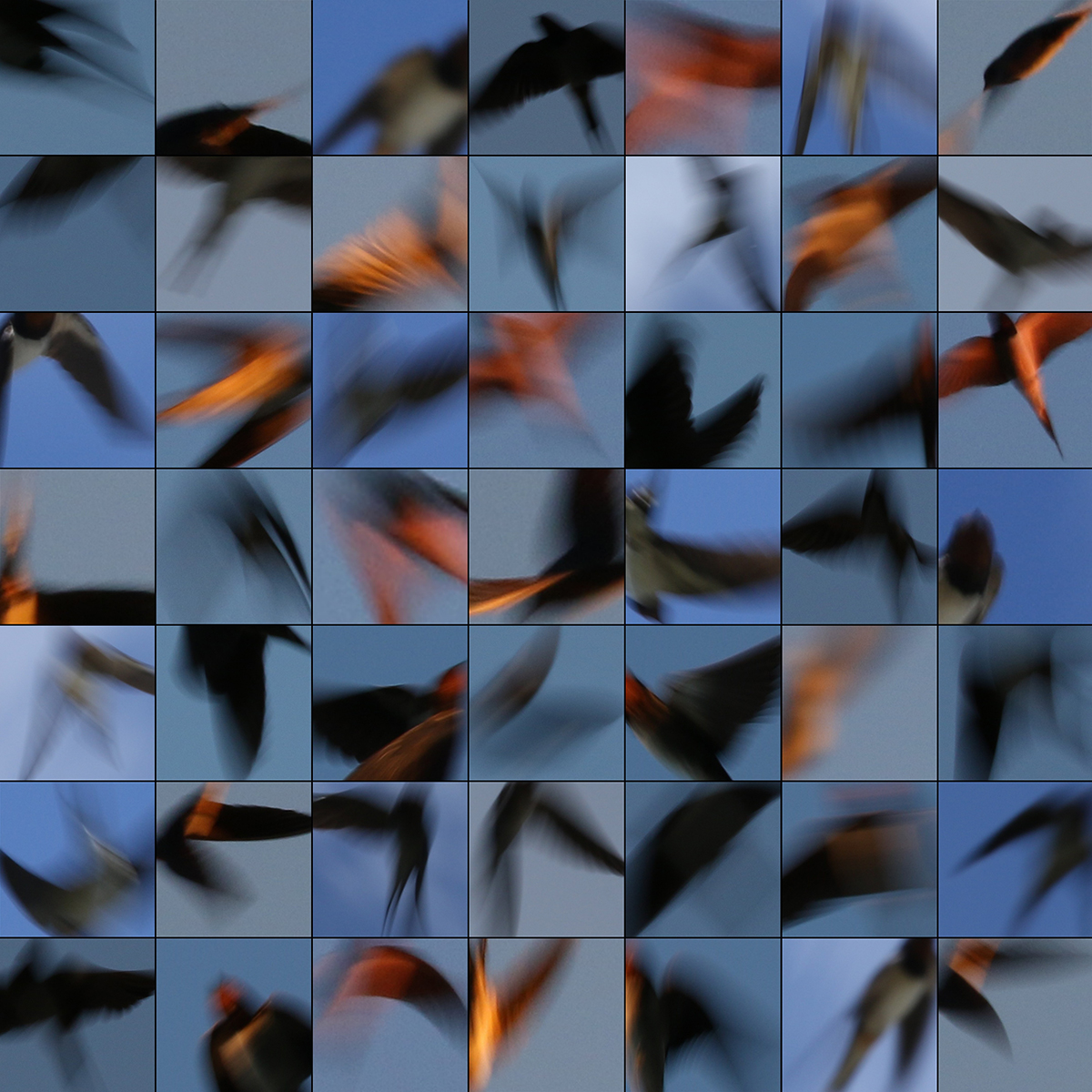
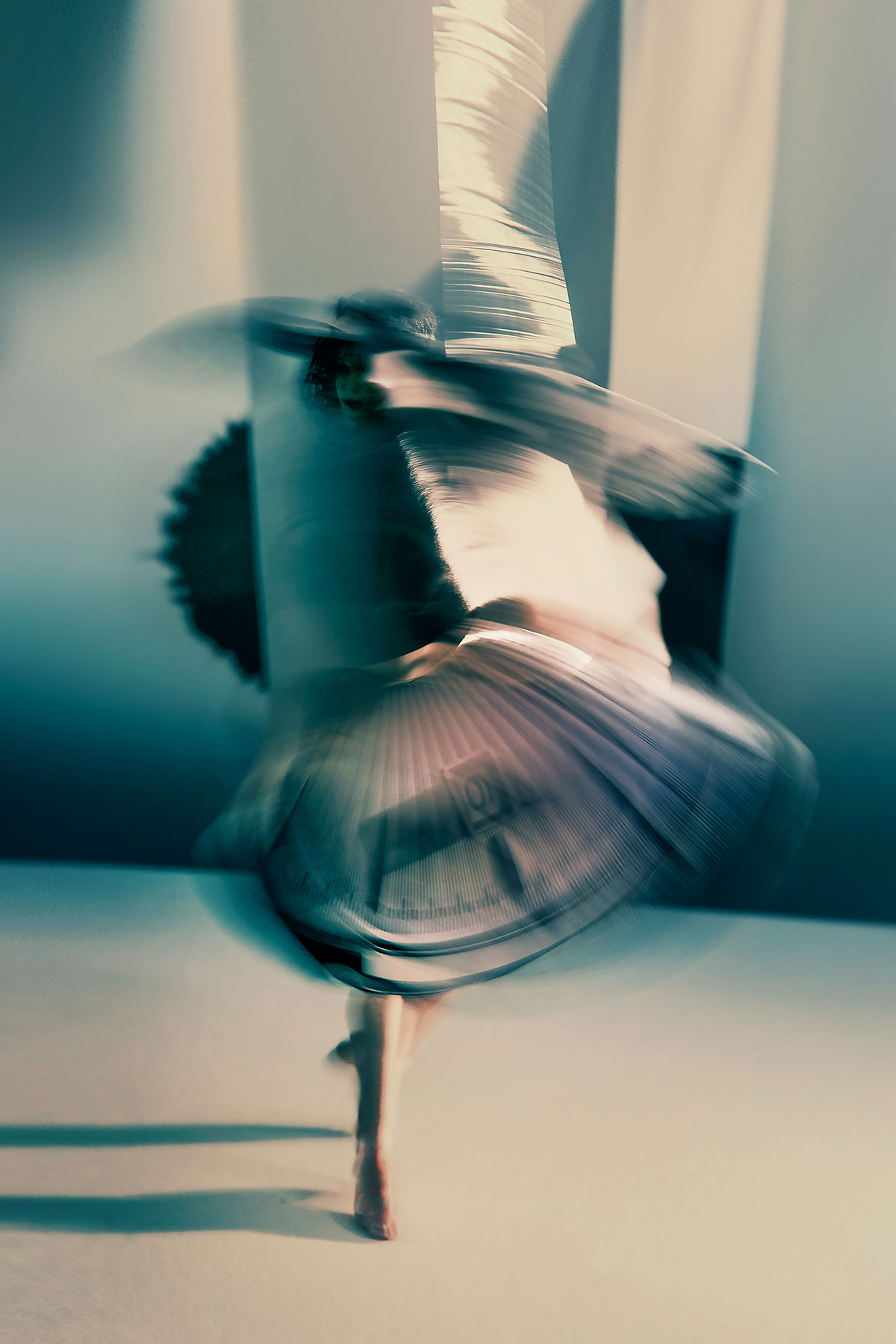
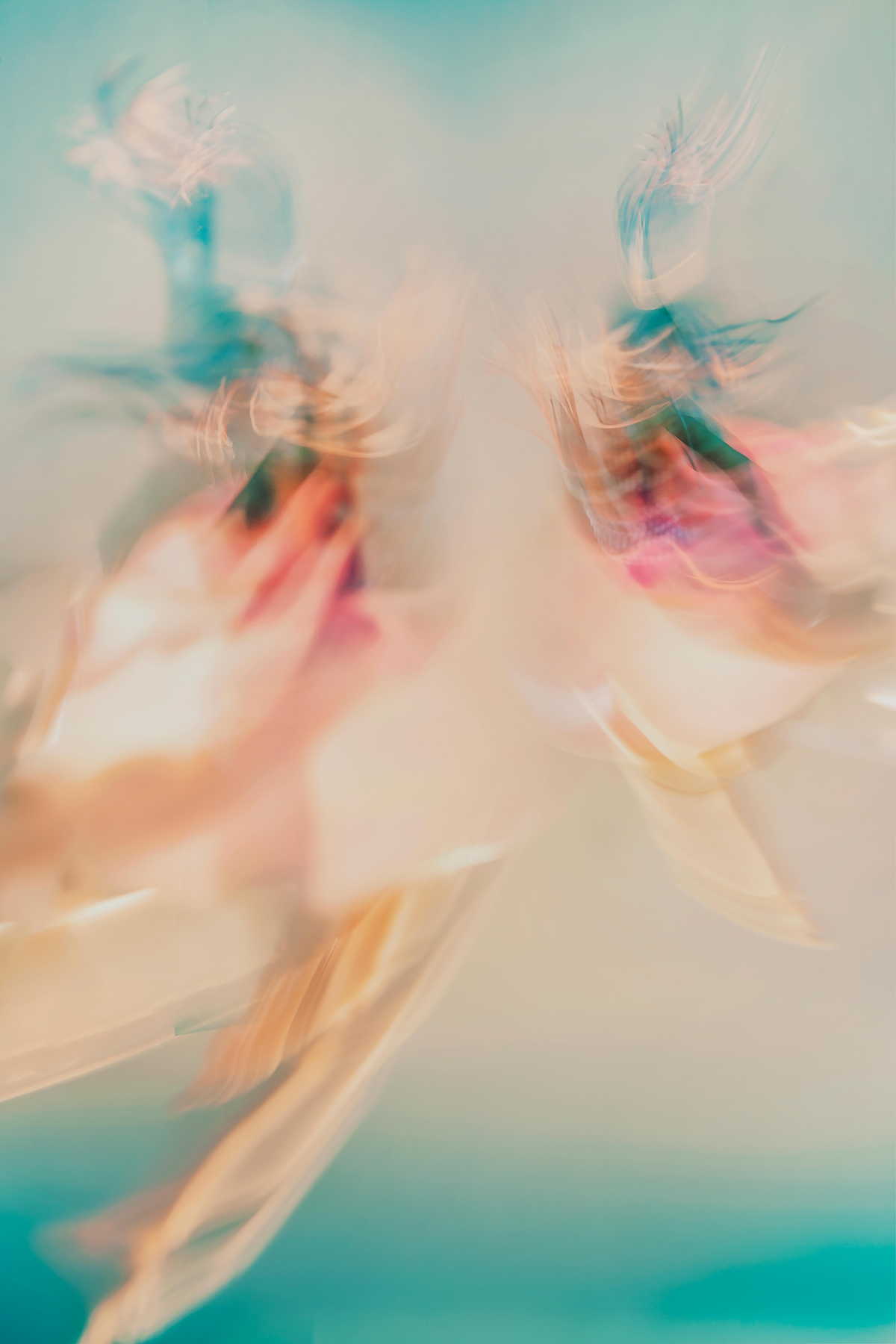
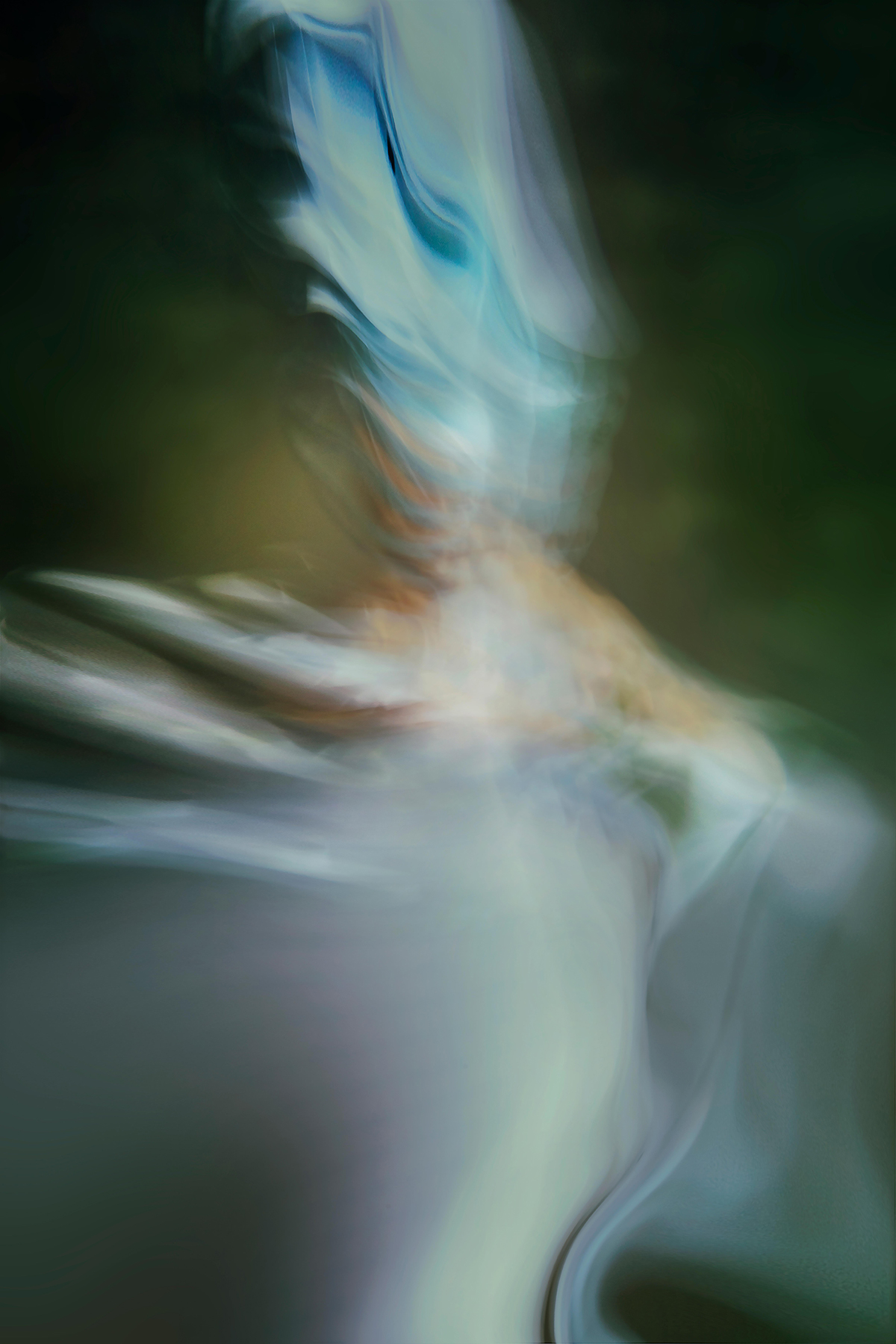
_-Jangwoo-You,-Study-of-Complaint,-2018,-70x100cm,--Archival-Pigment-Print.jpg)
_-Jangwoo-You,-Study-of-Complaint,-2018,-70x100cm,-Archival-Pigment-Print.jpg)
_Jangwoo-You,-Study-of-Complaint,2018,-70x100cm,-Archival-Pigment-Print.jpg)
_Jangwoo-You,-Study-of-Complaint,2018,-70x100cm,-Archival-Pigment-Print.jpg)
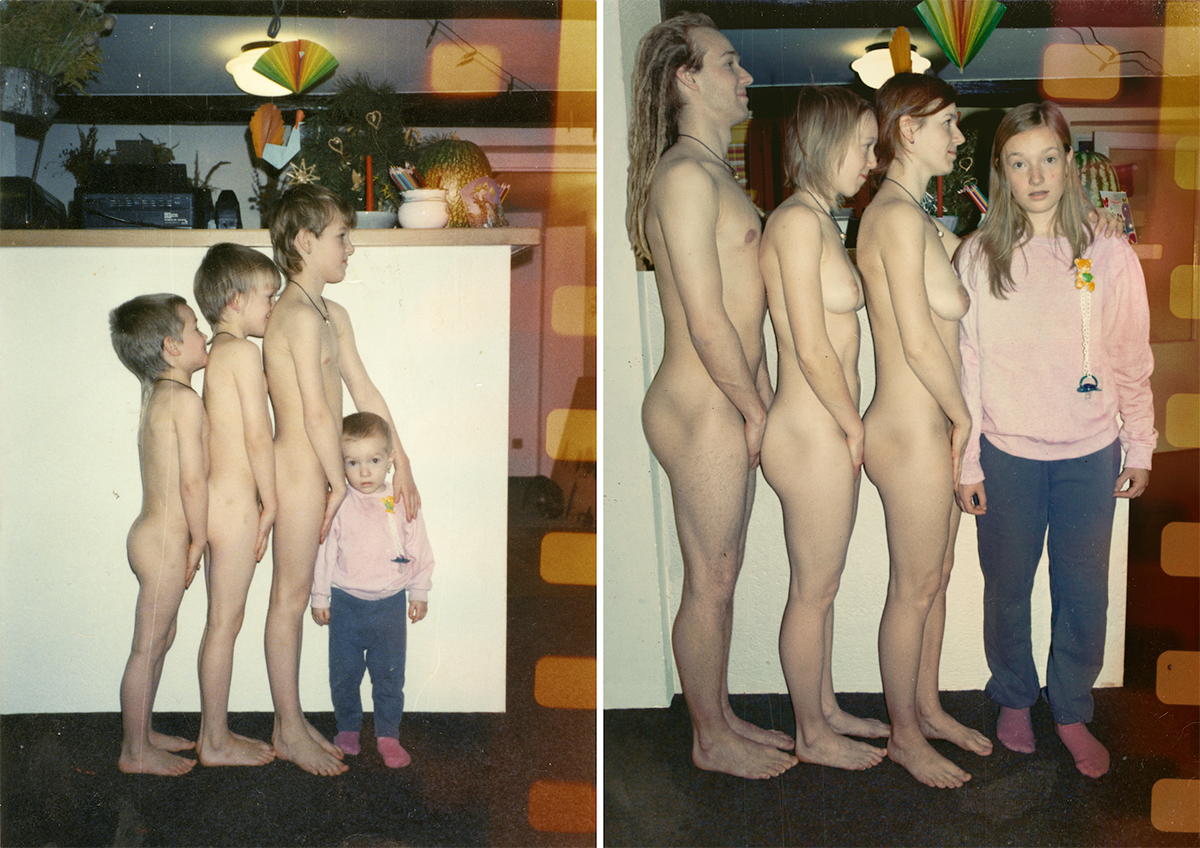
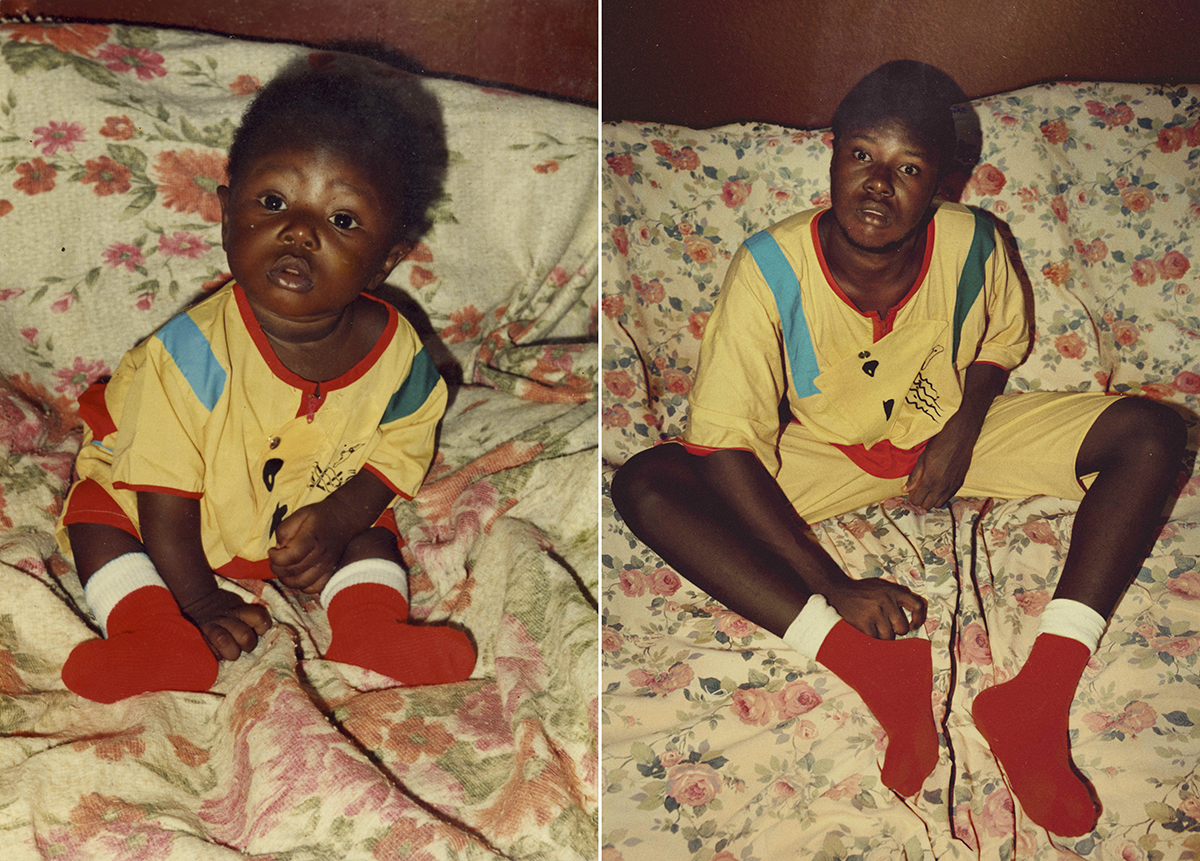
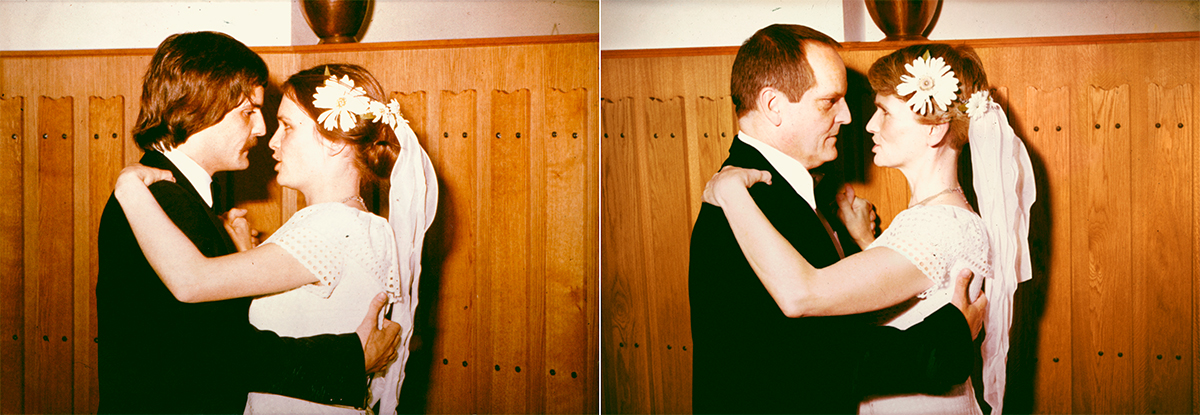
.jpg)

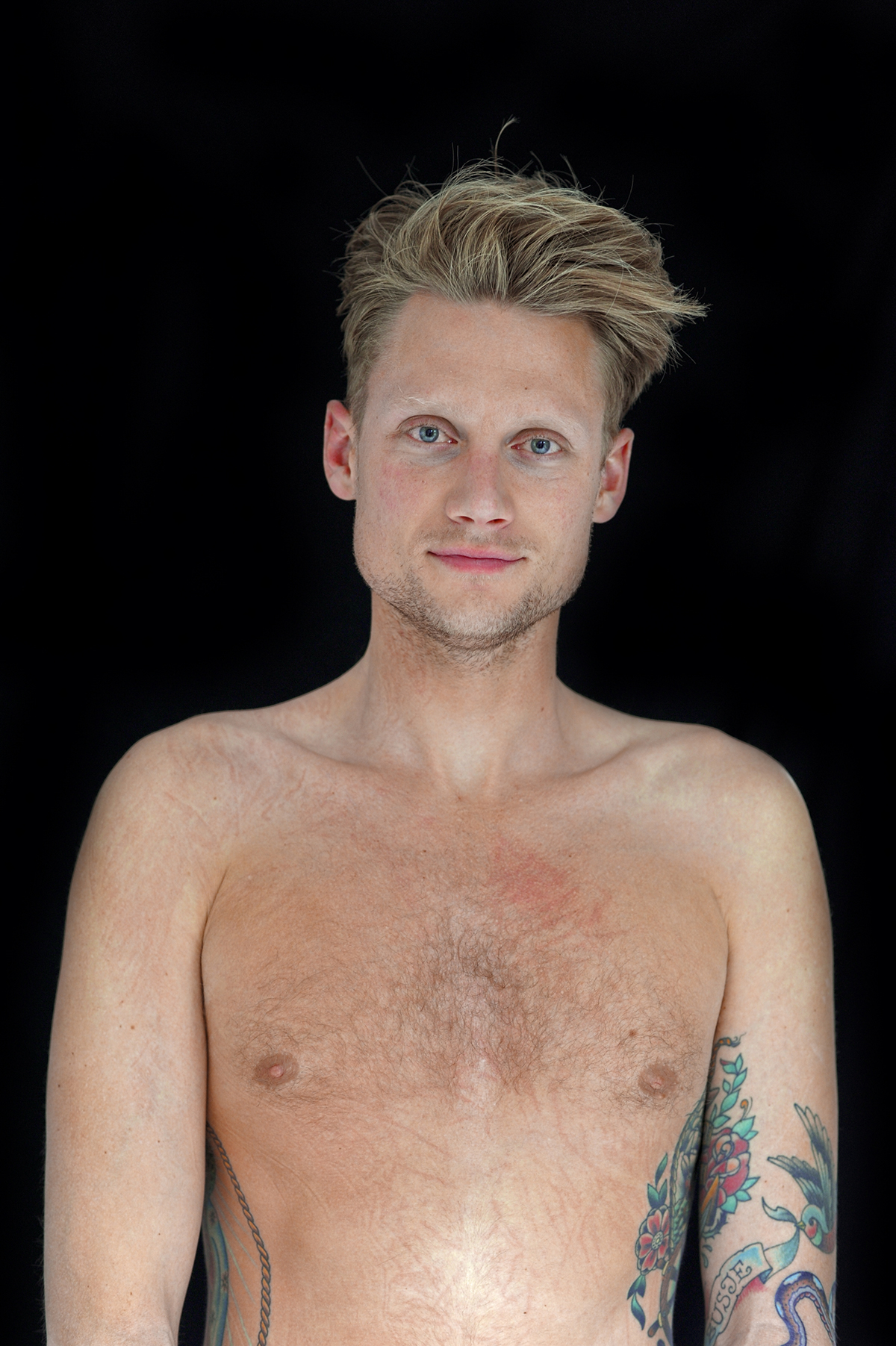
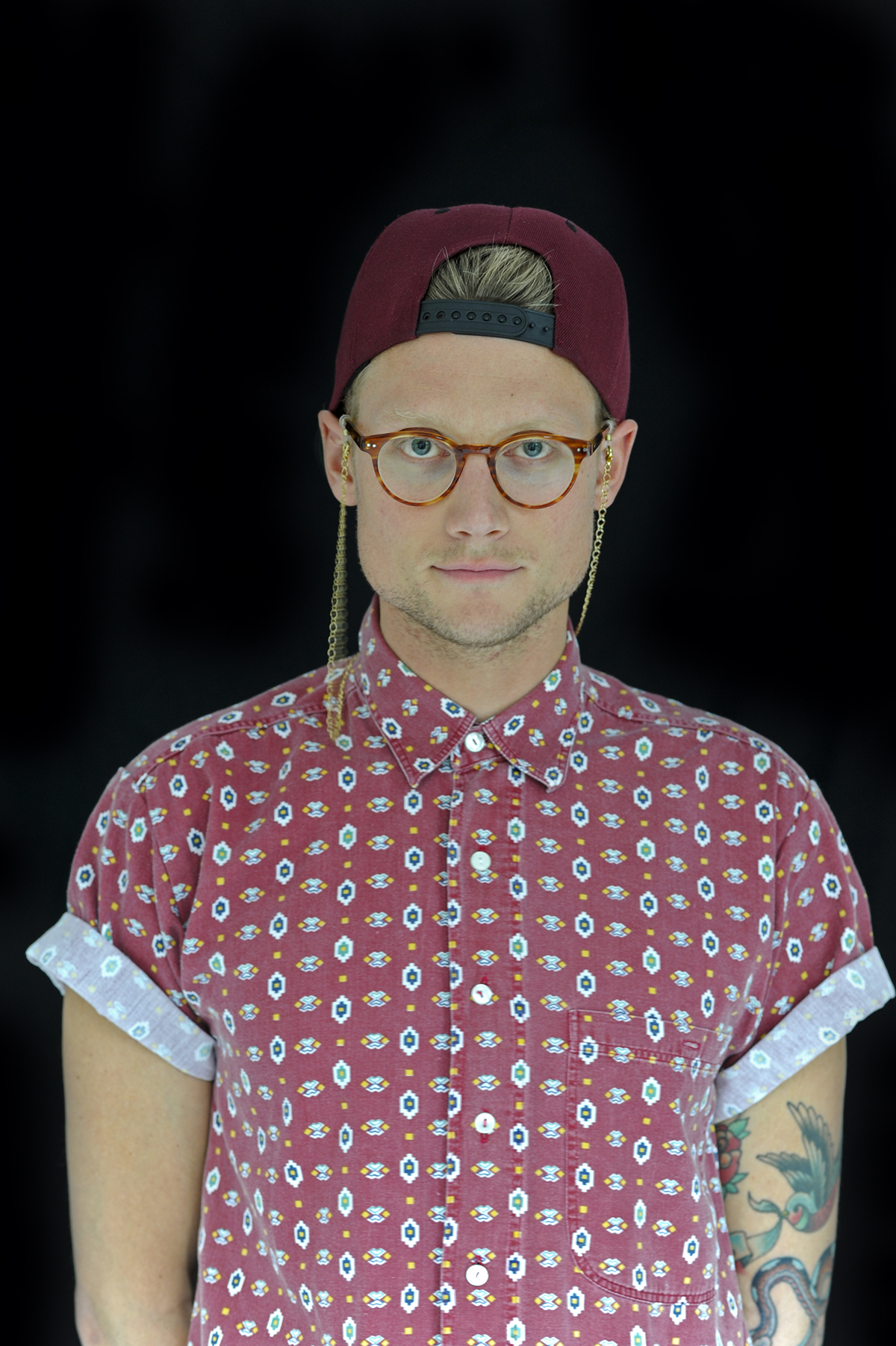
.jpg)
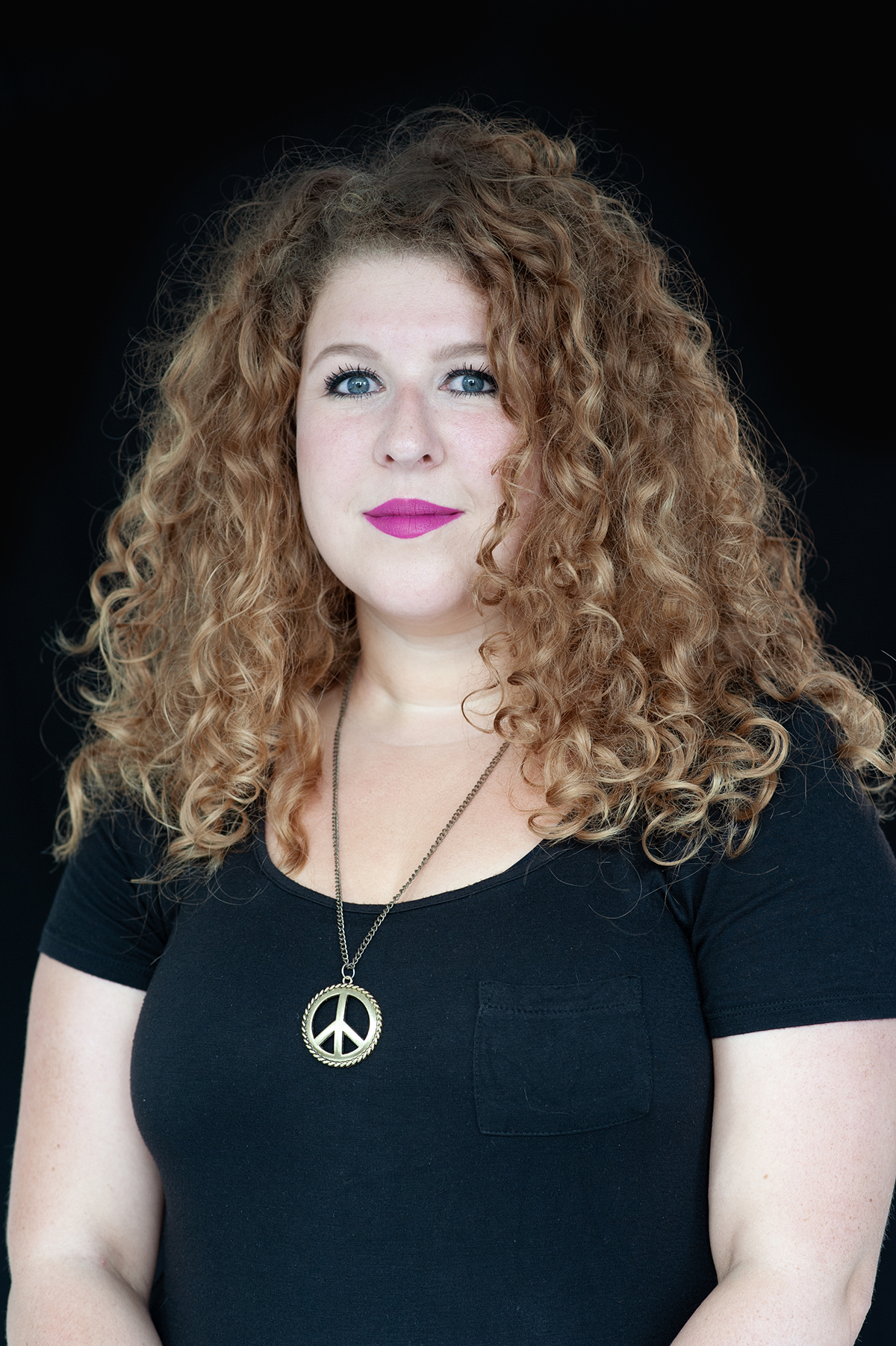
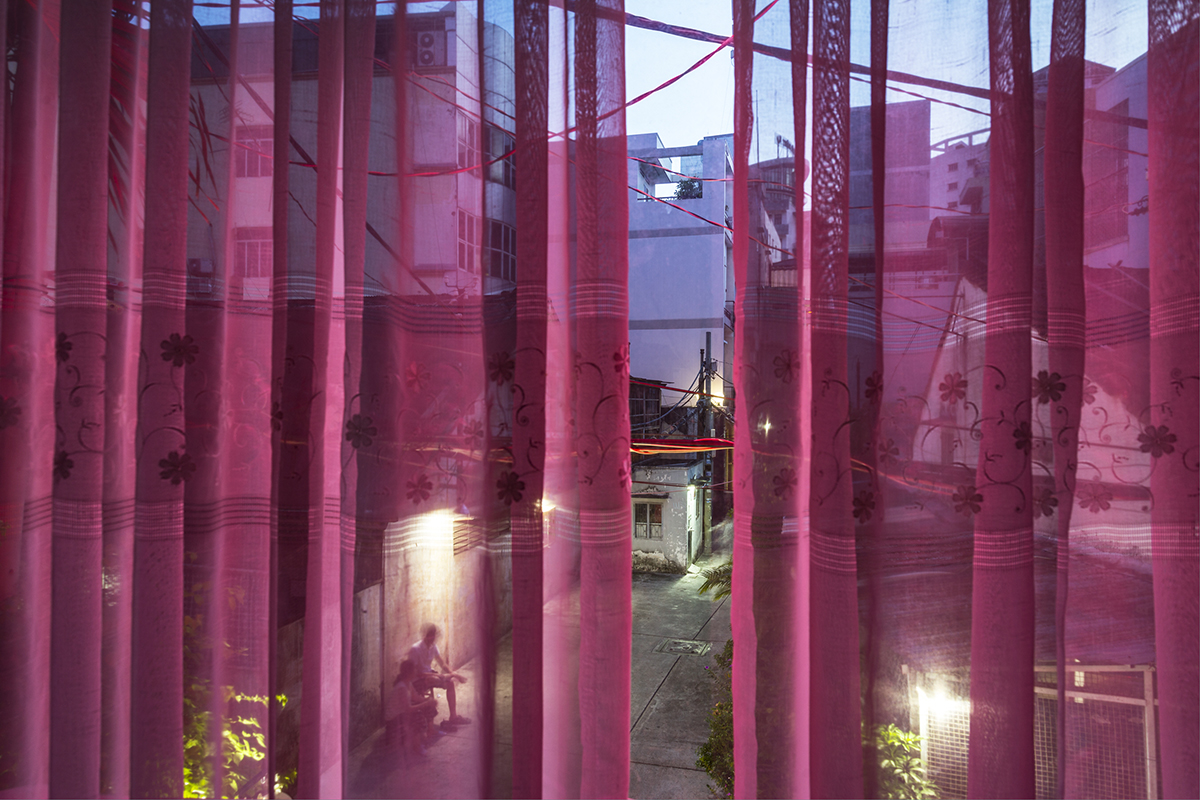
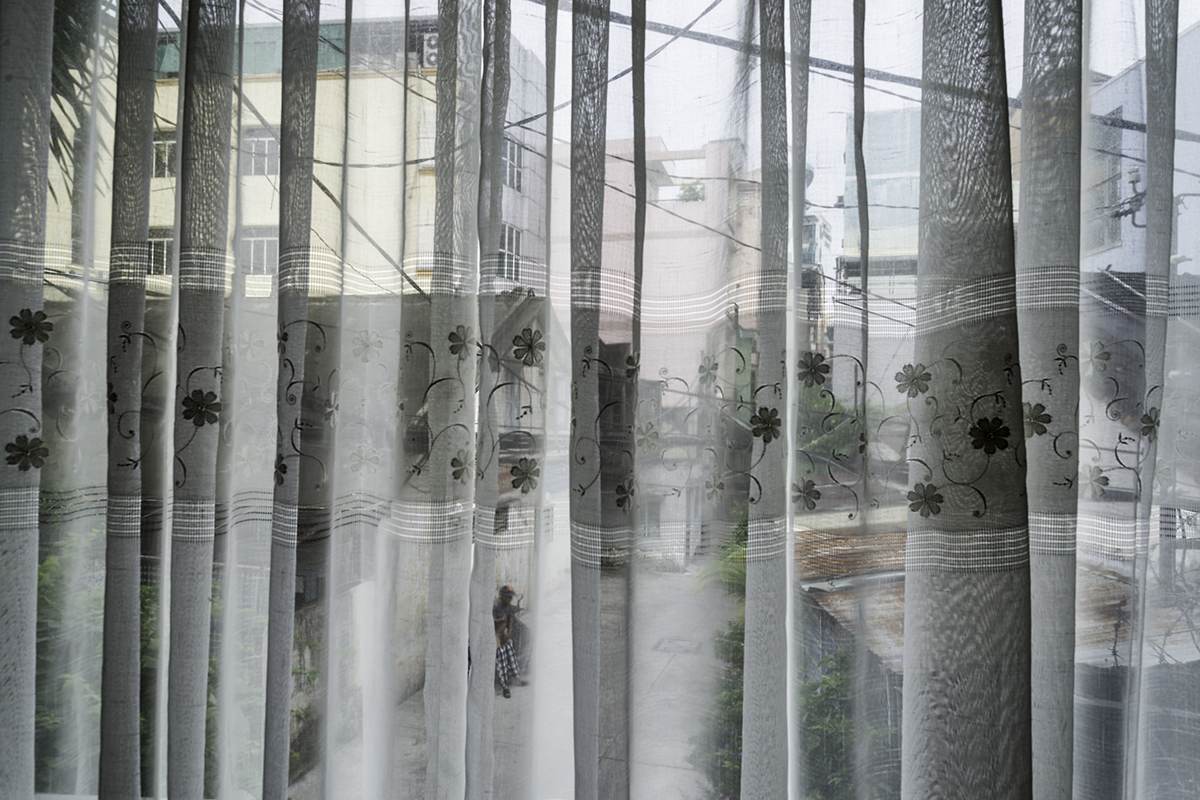
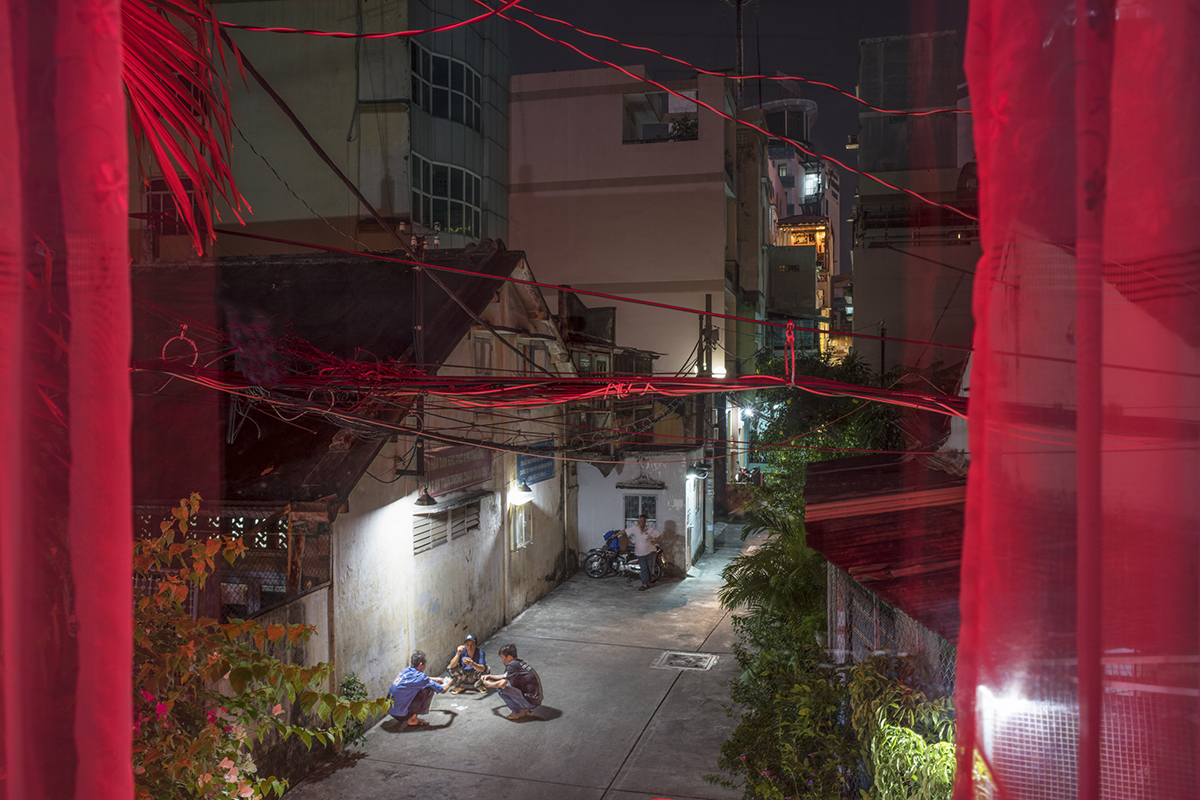
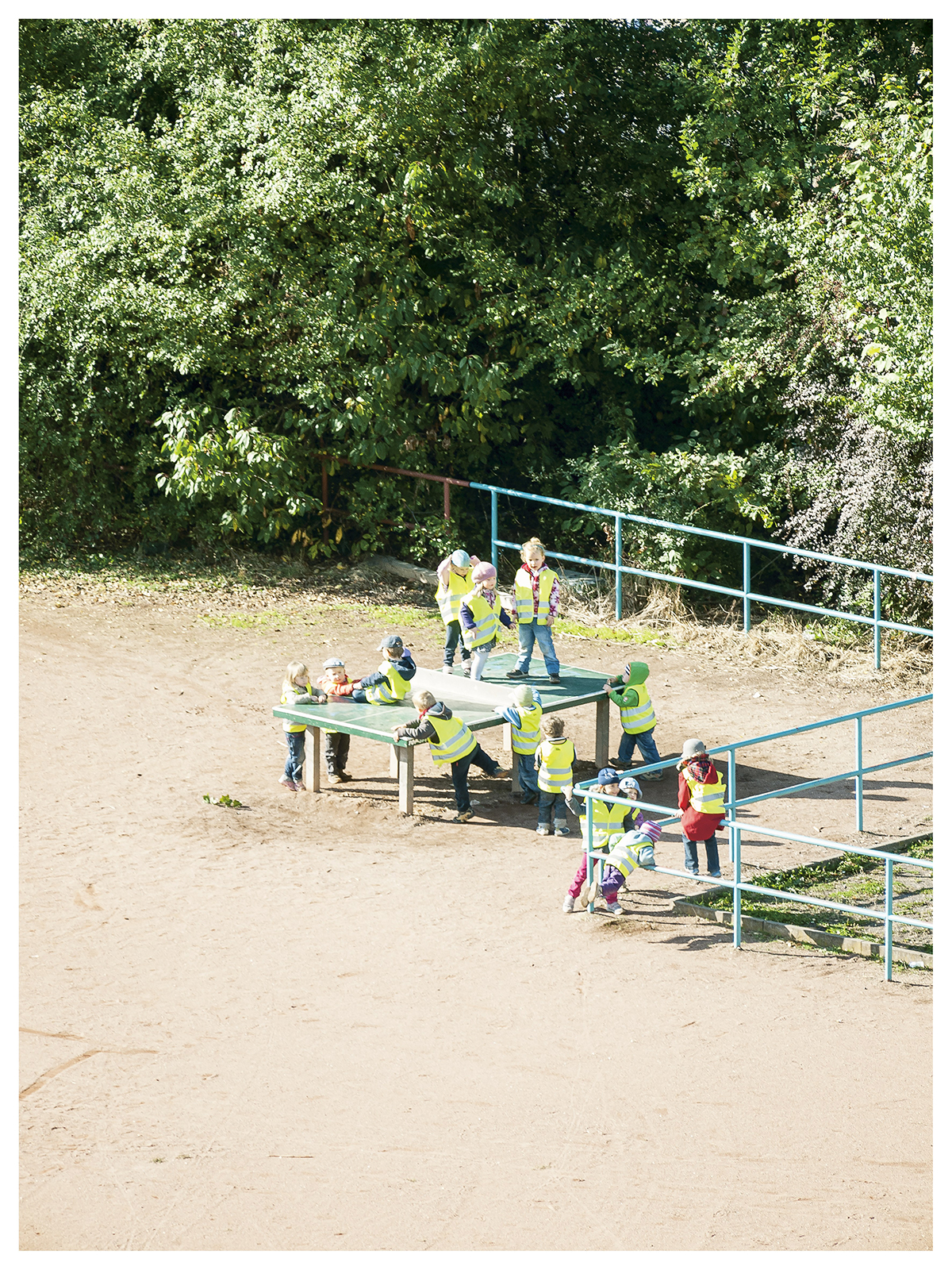

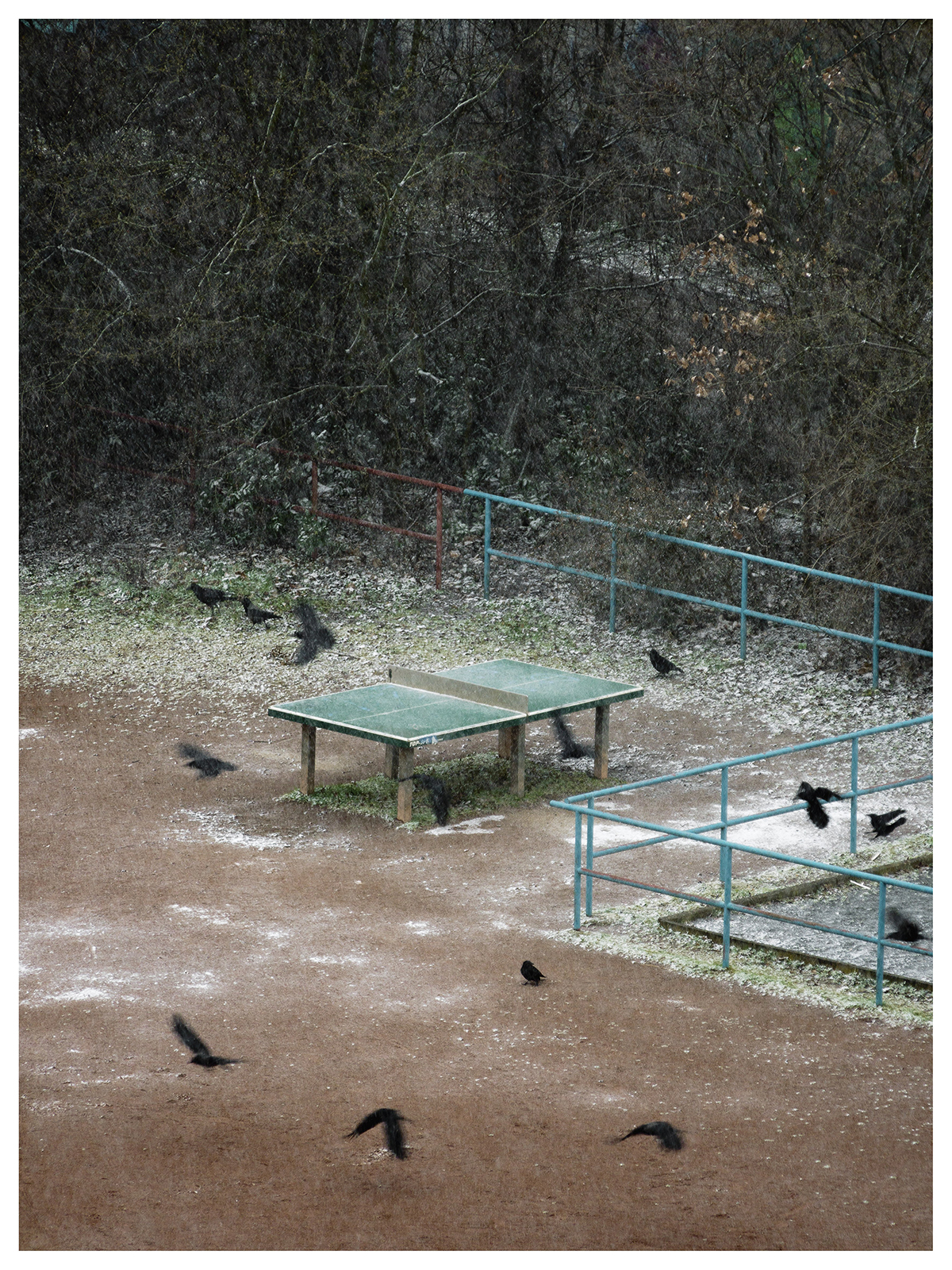
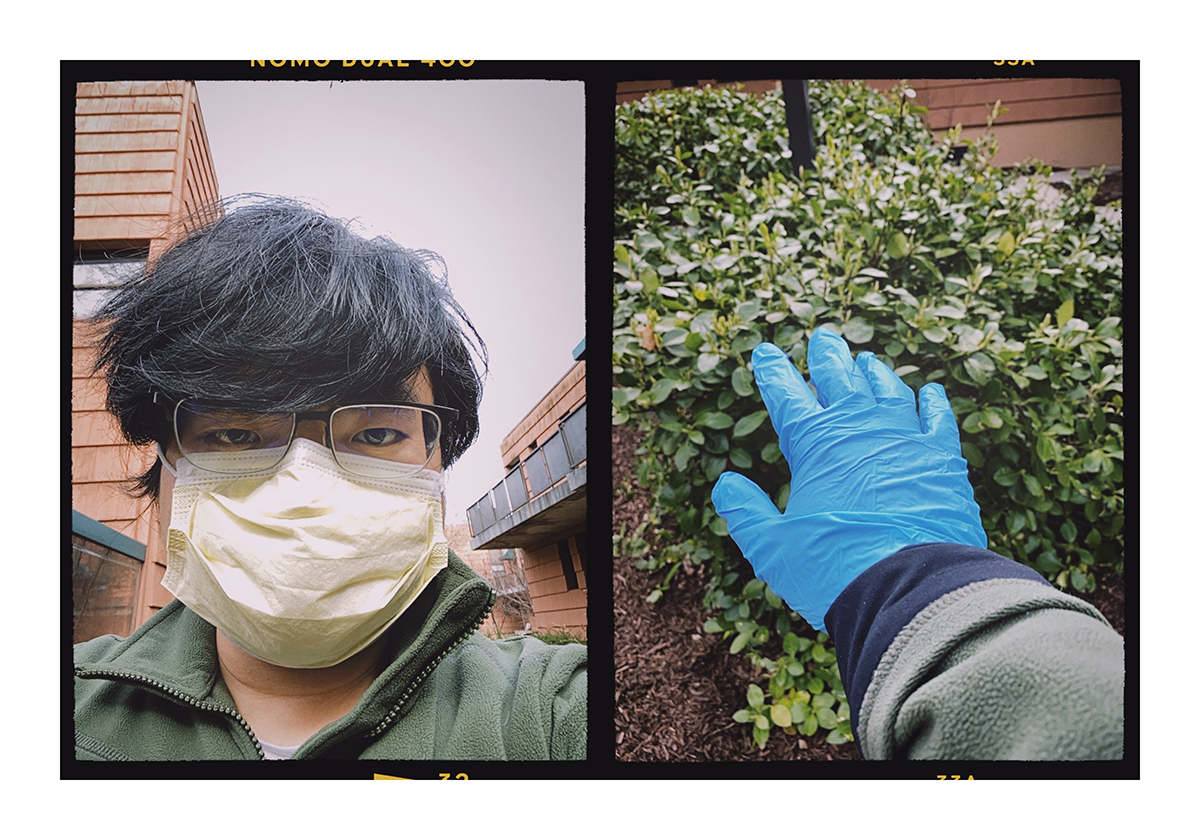
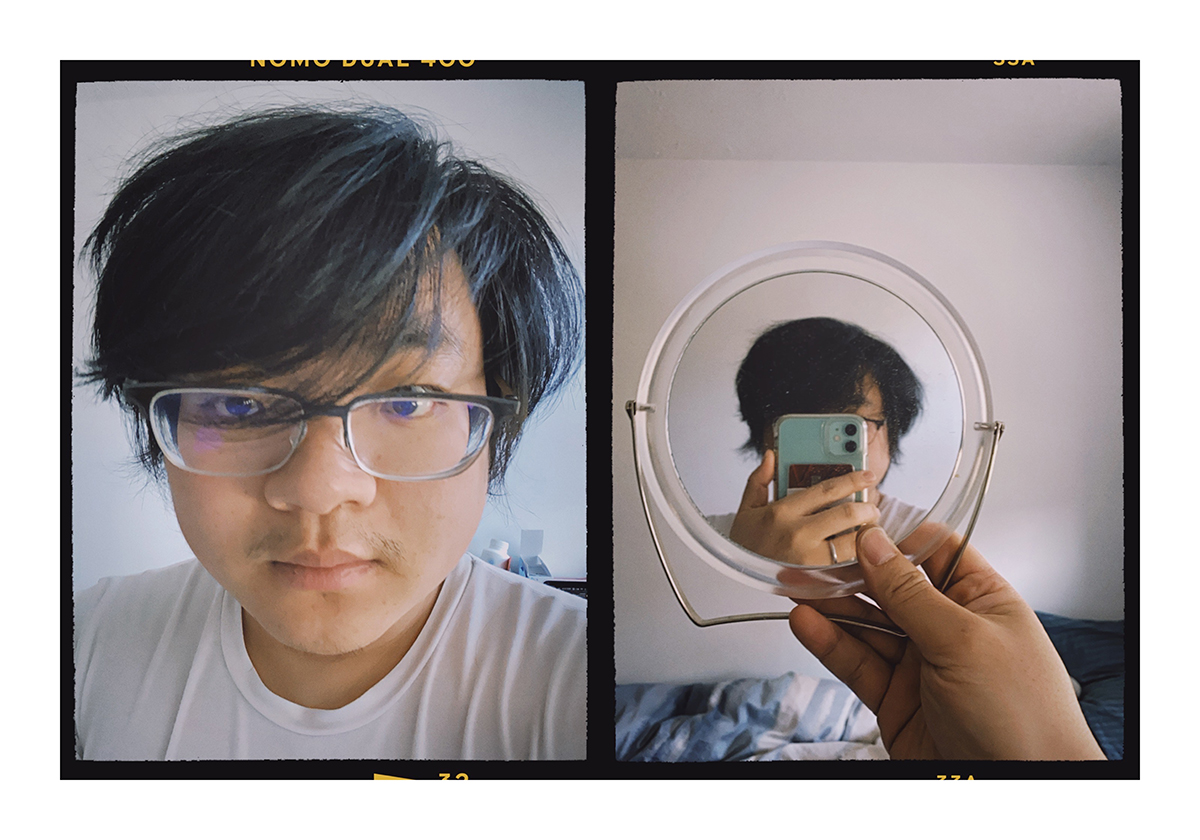
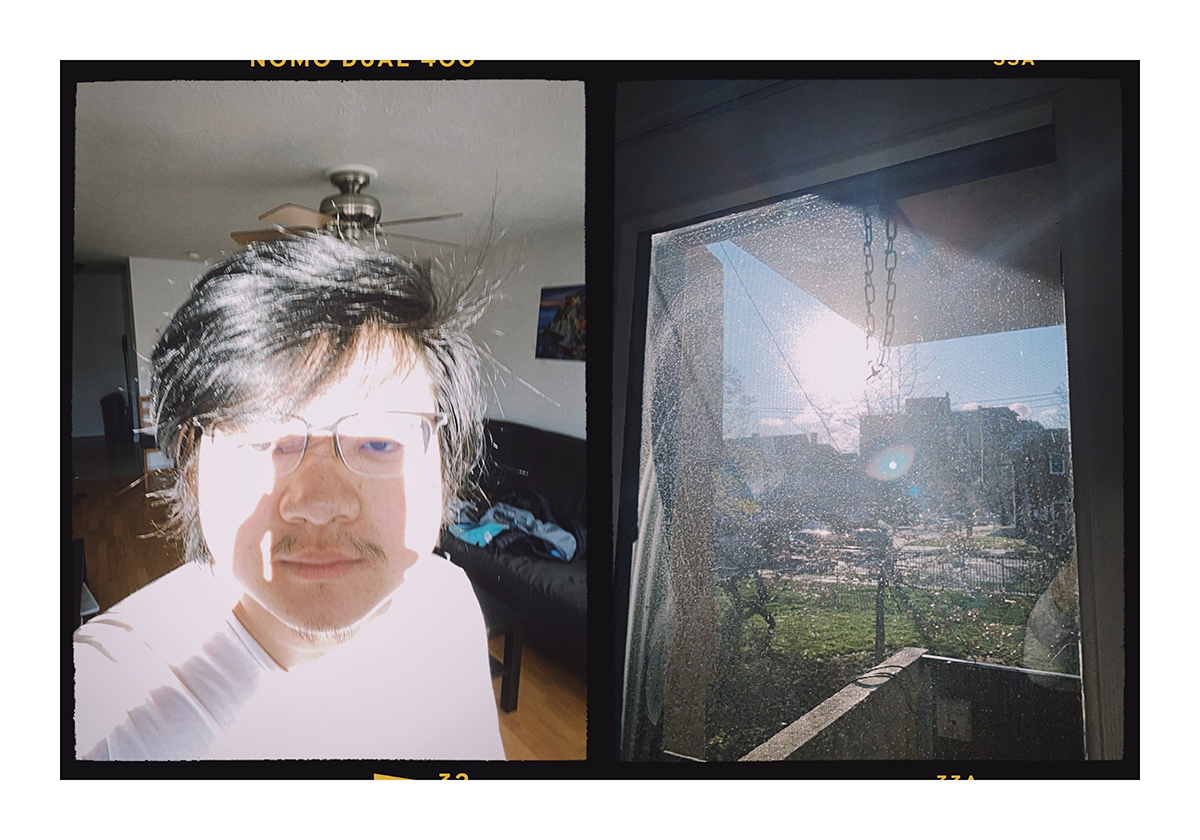
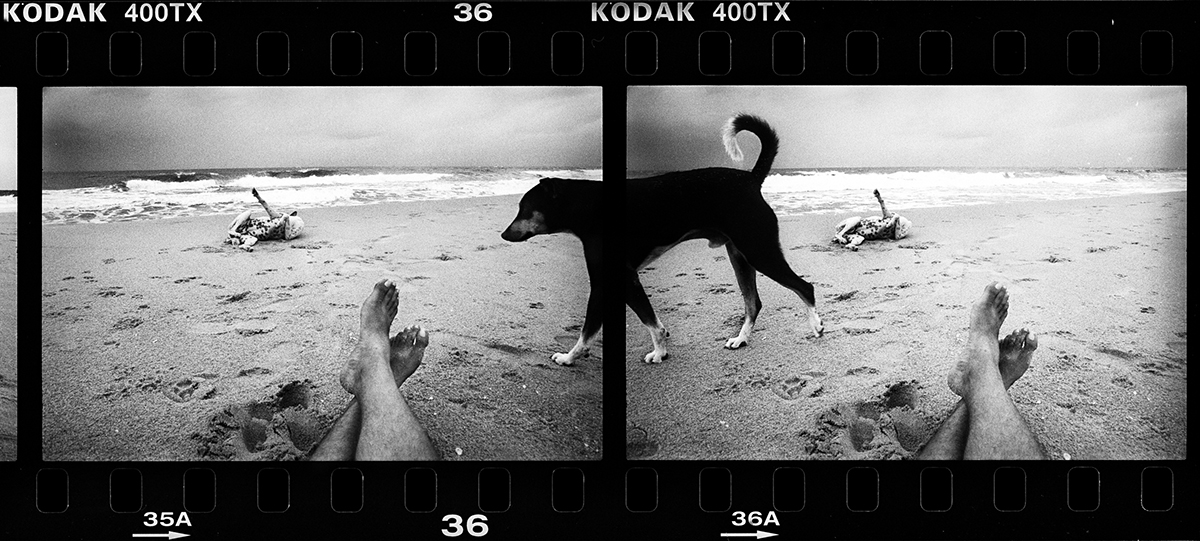


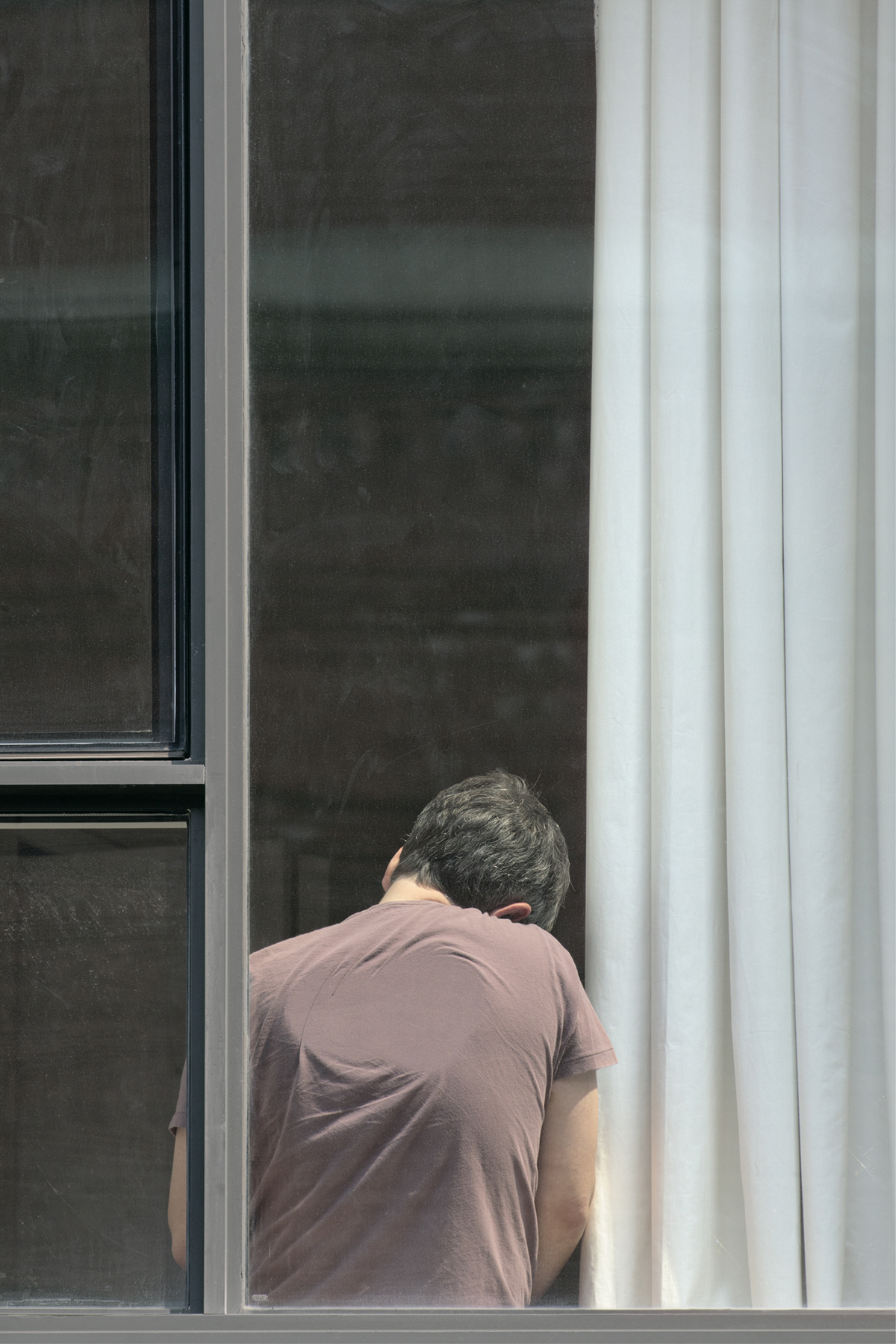

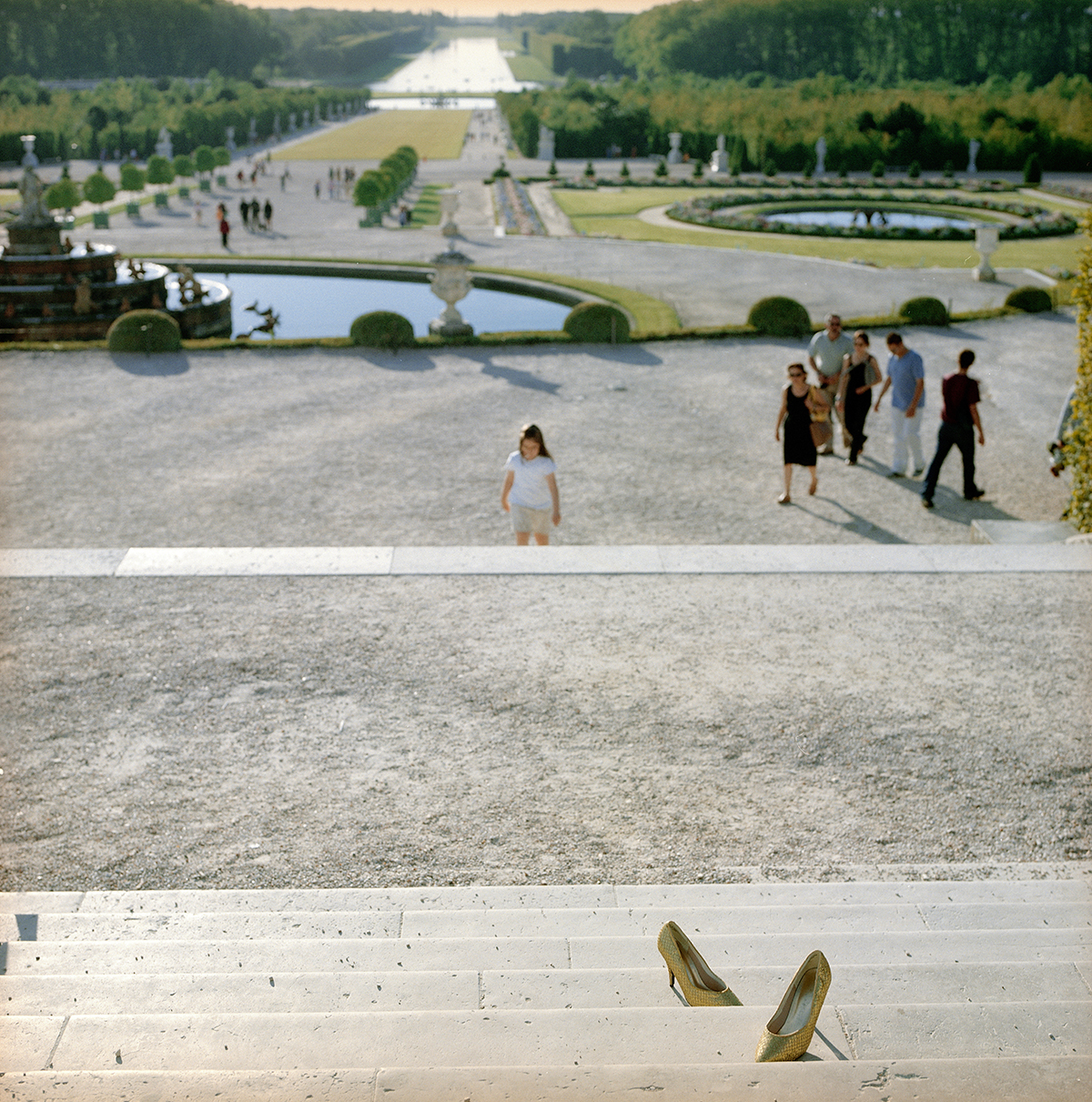
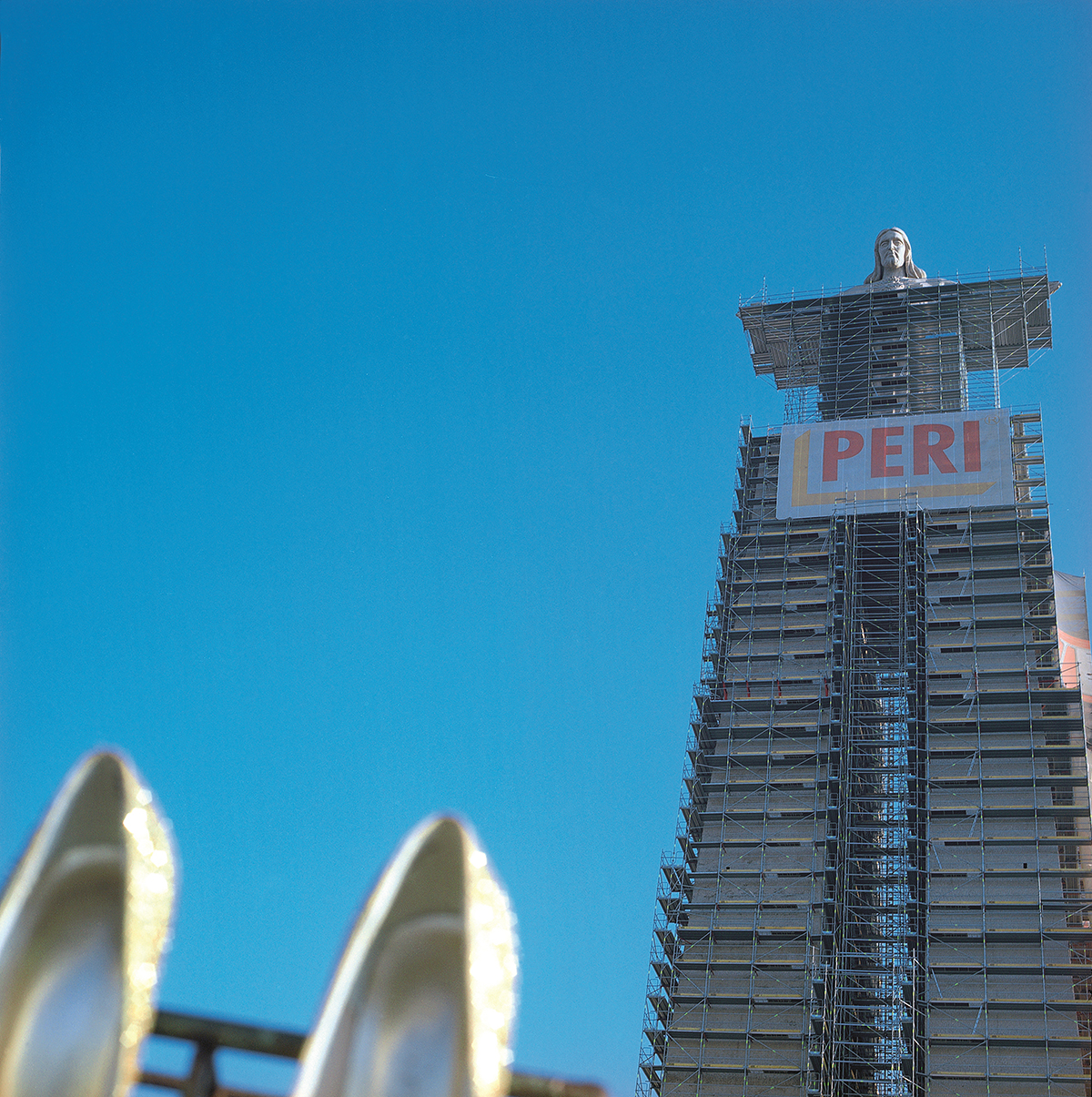
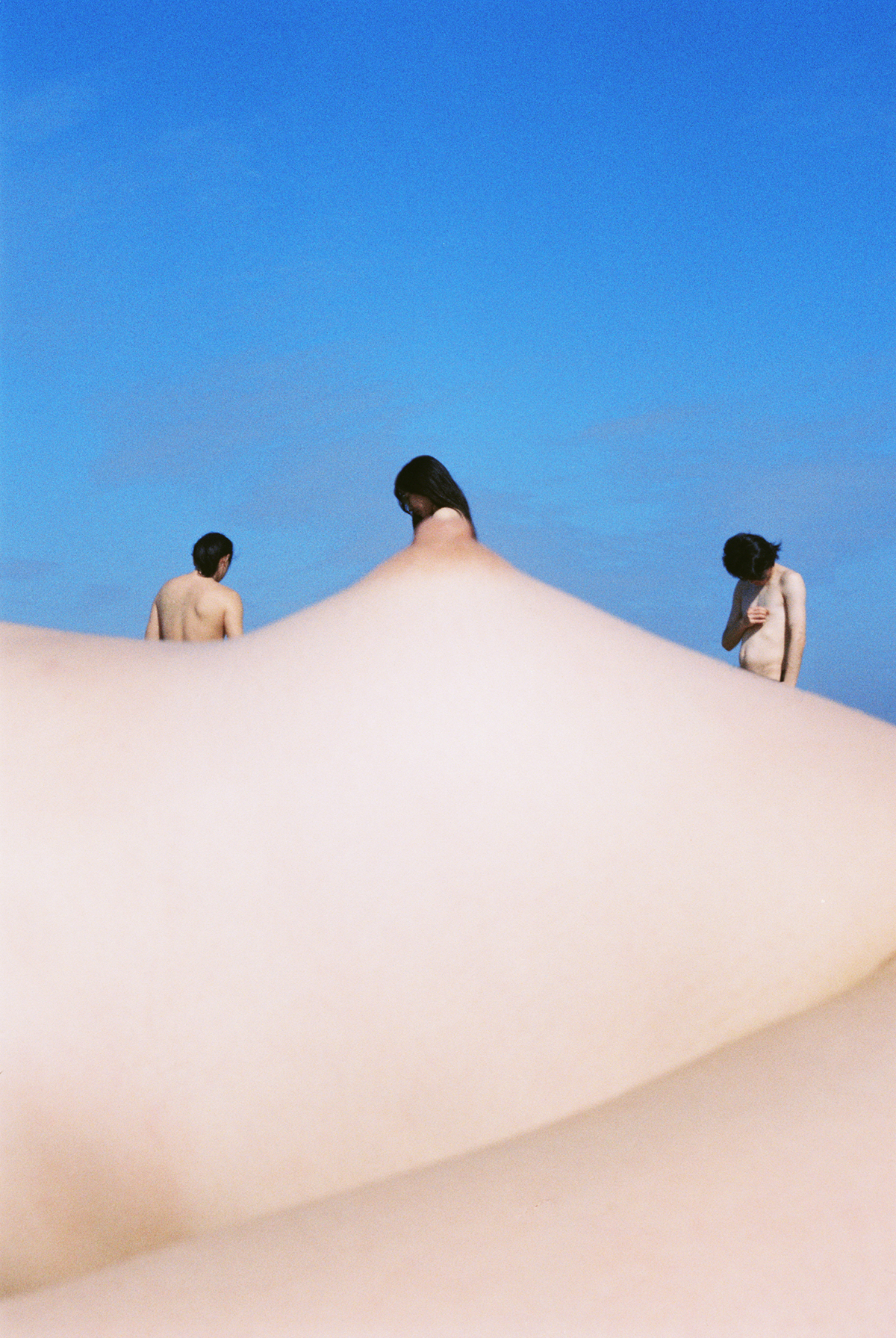

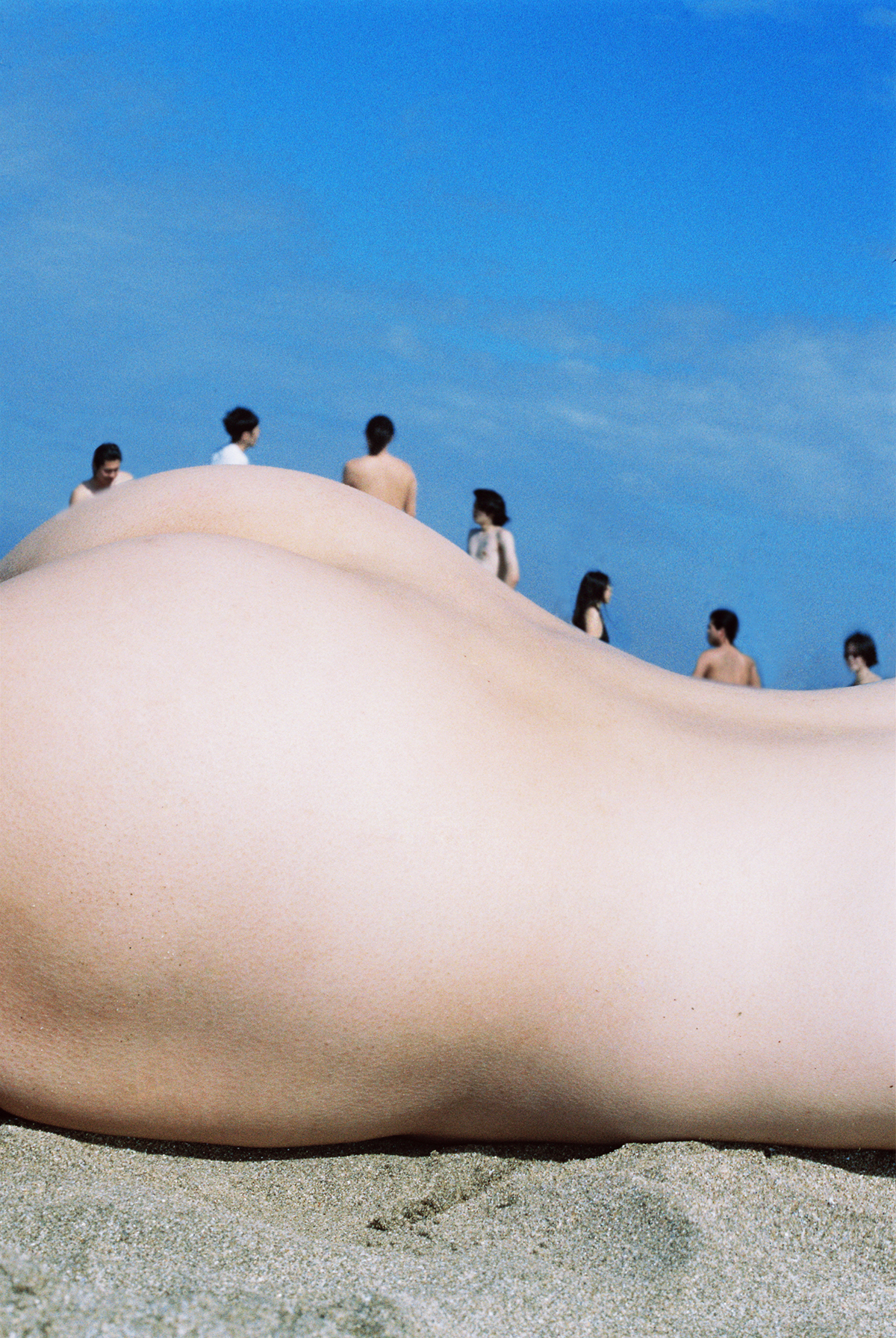

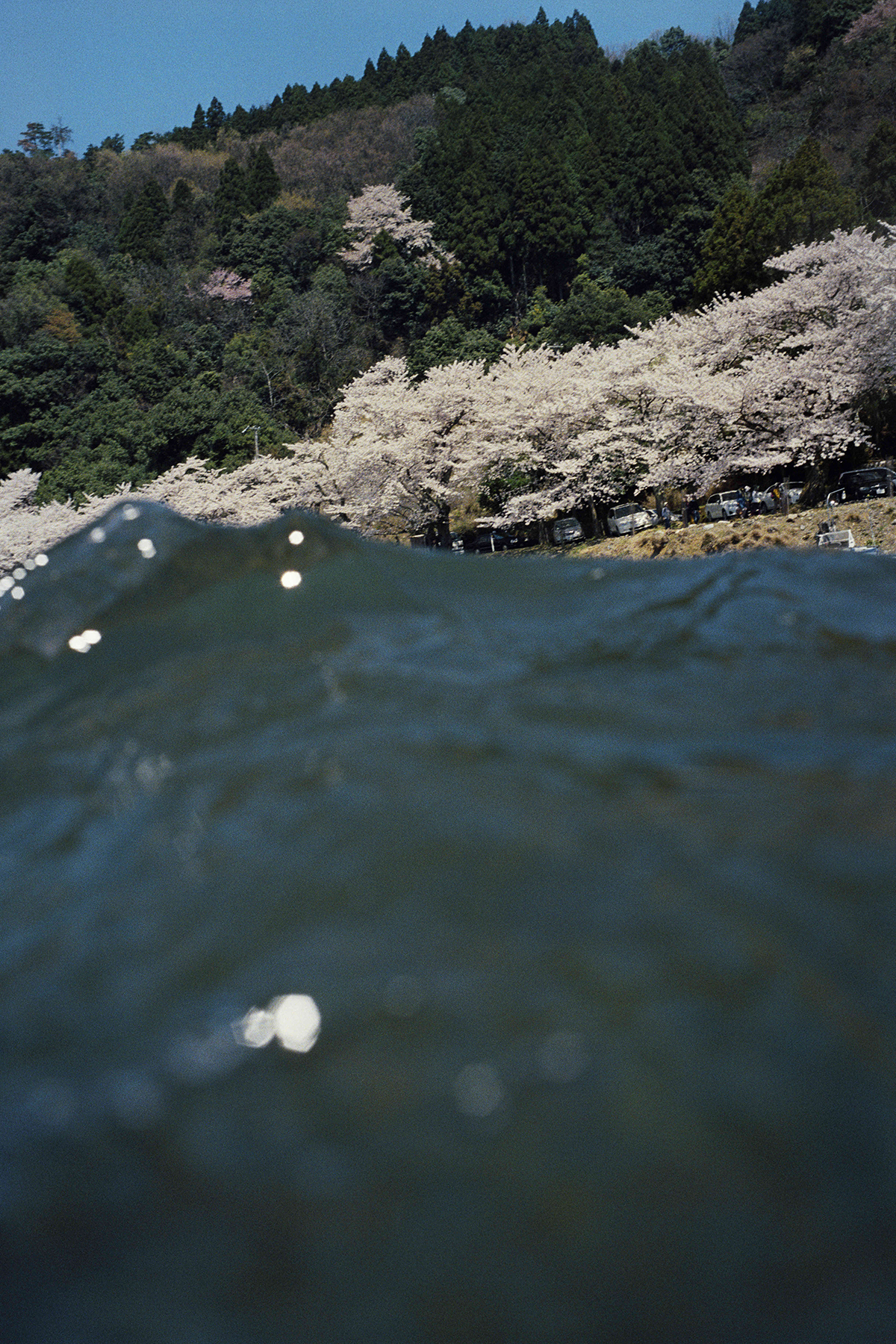
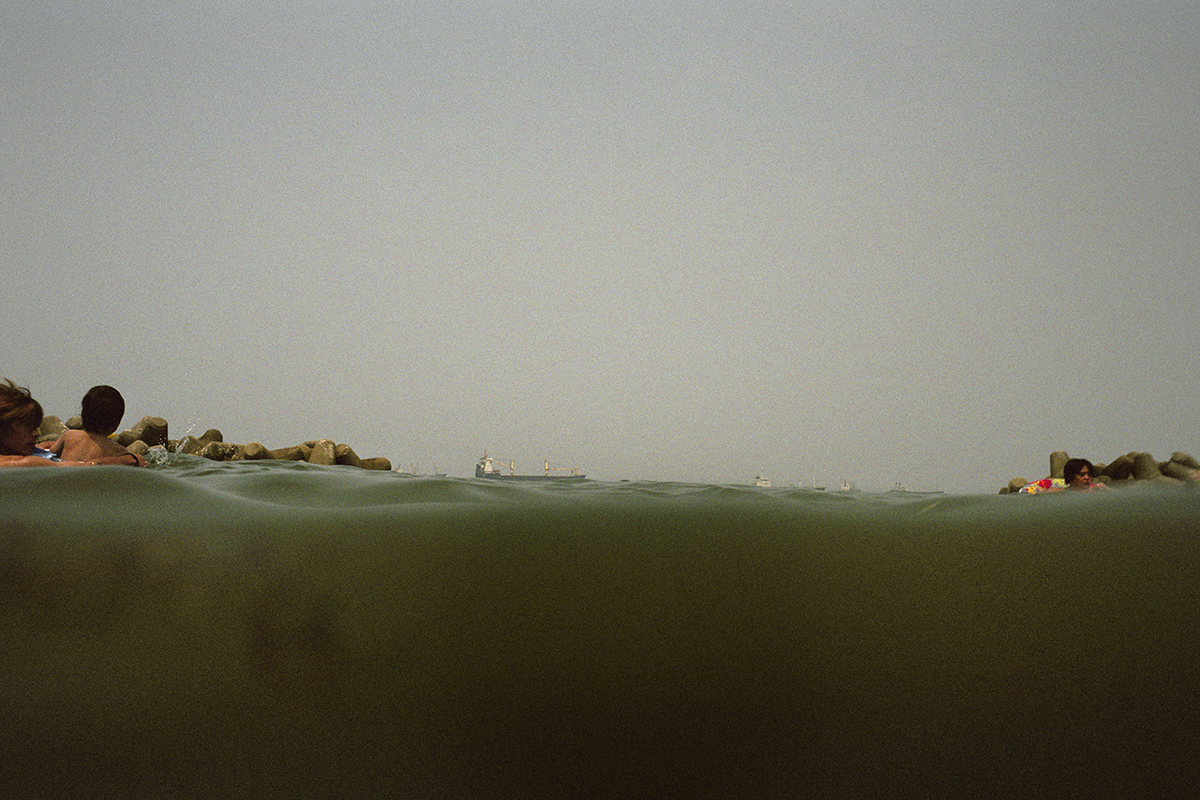
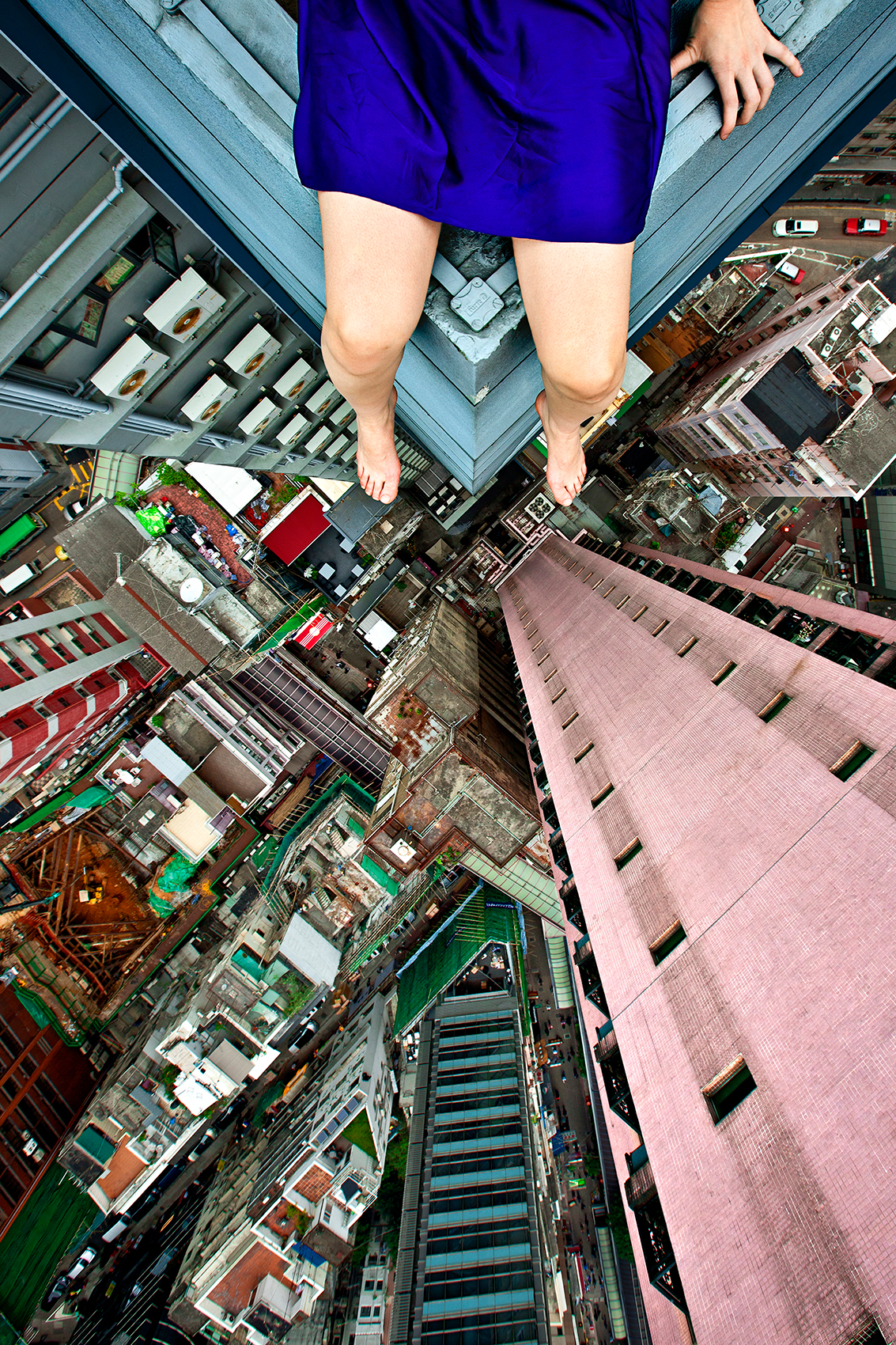
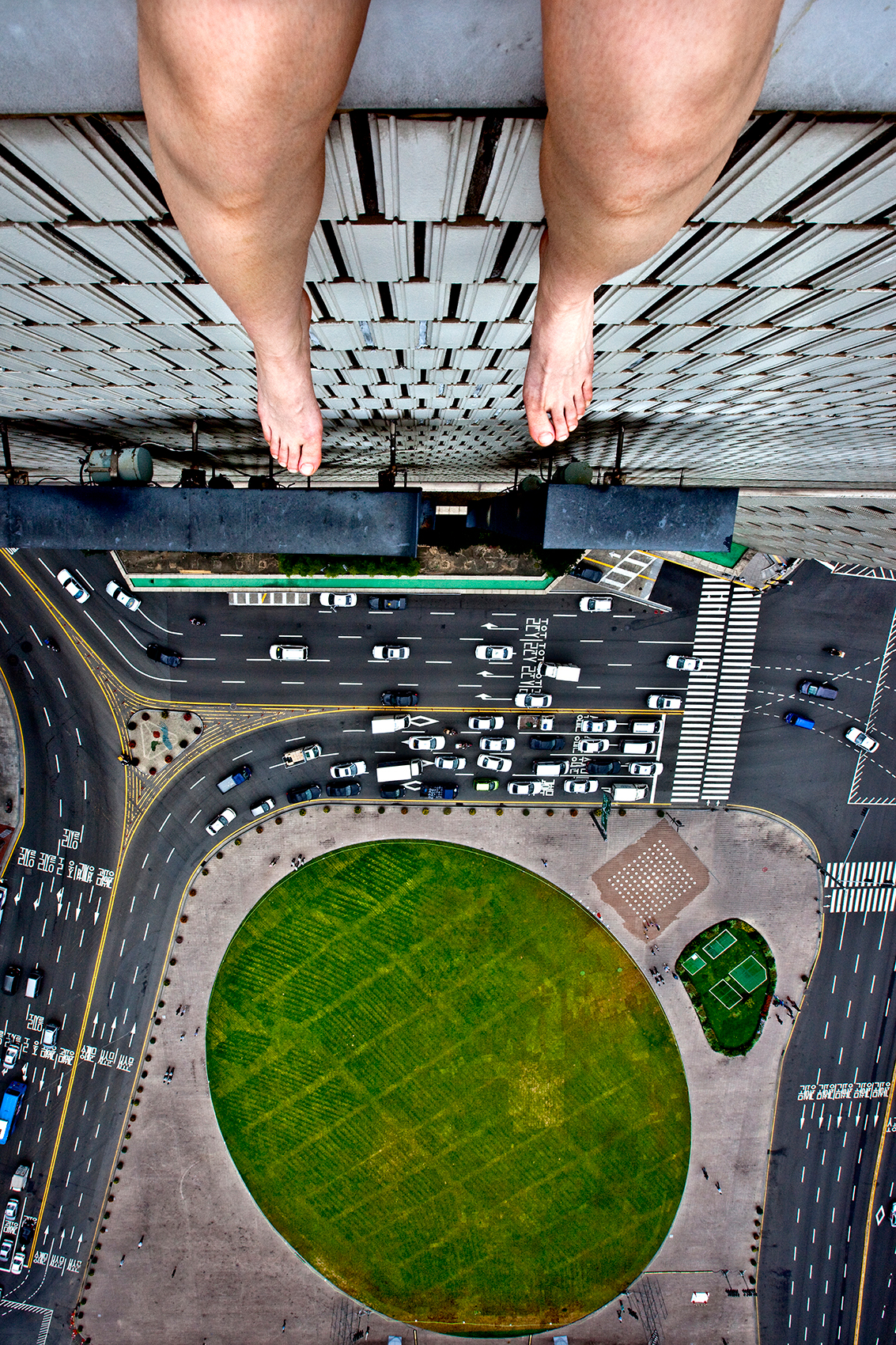

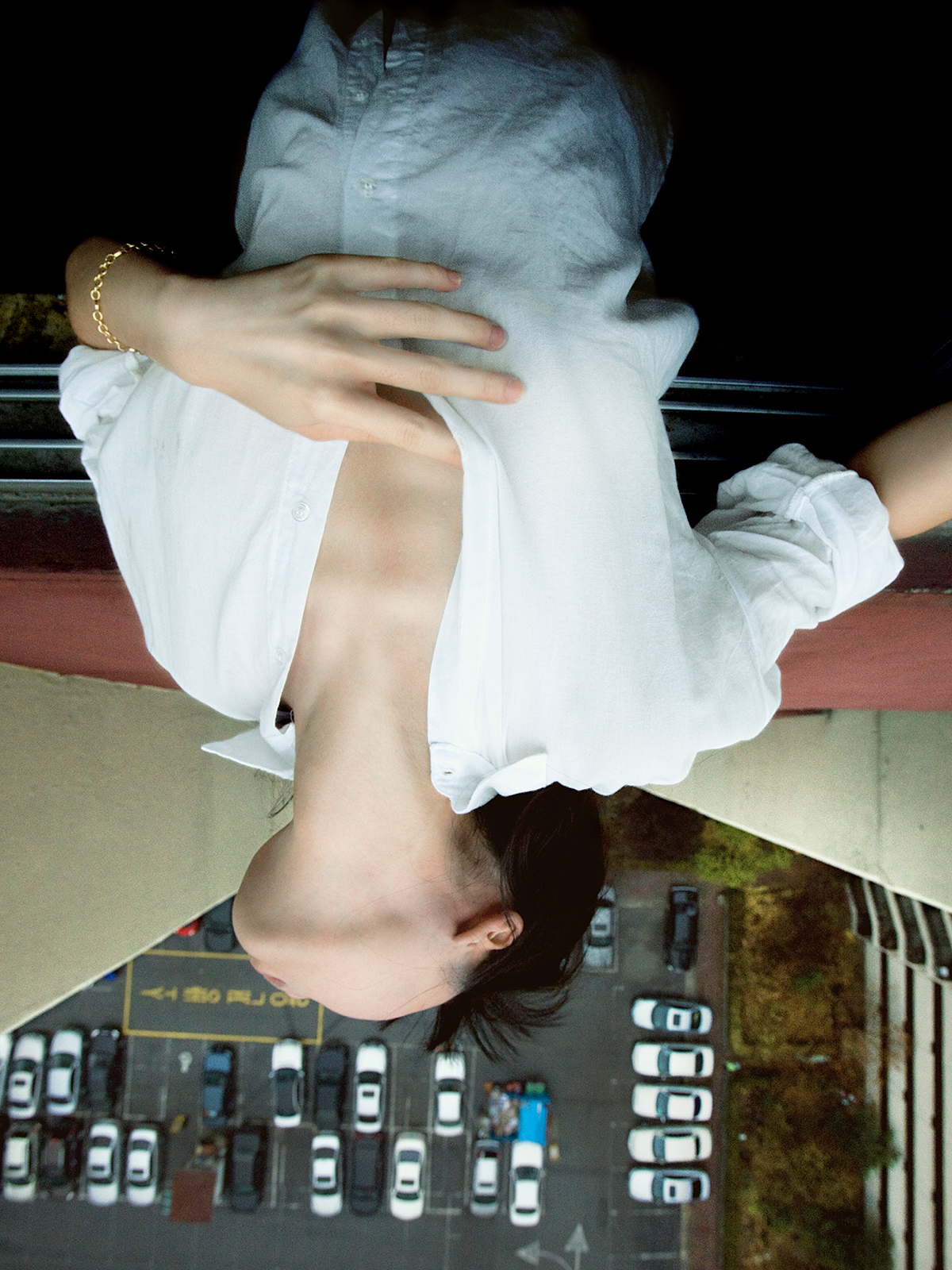
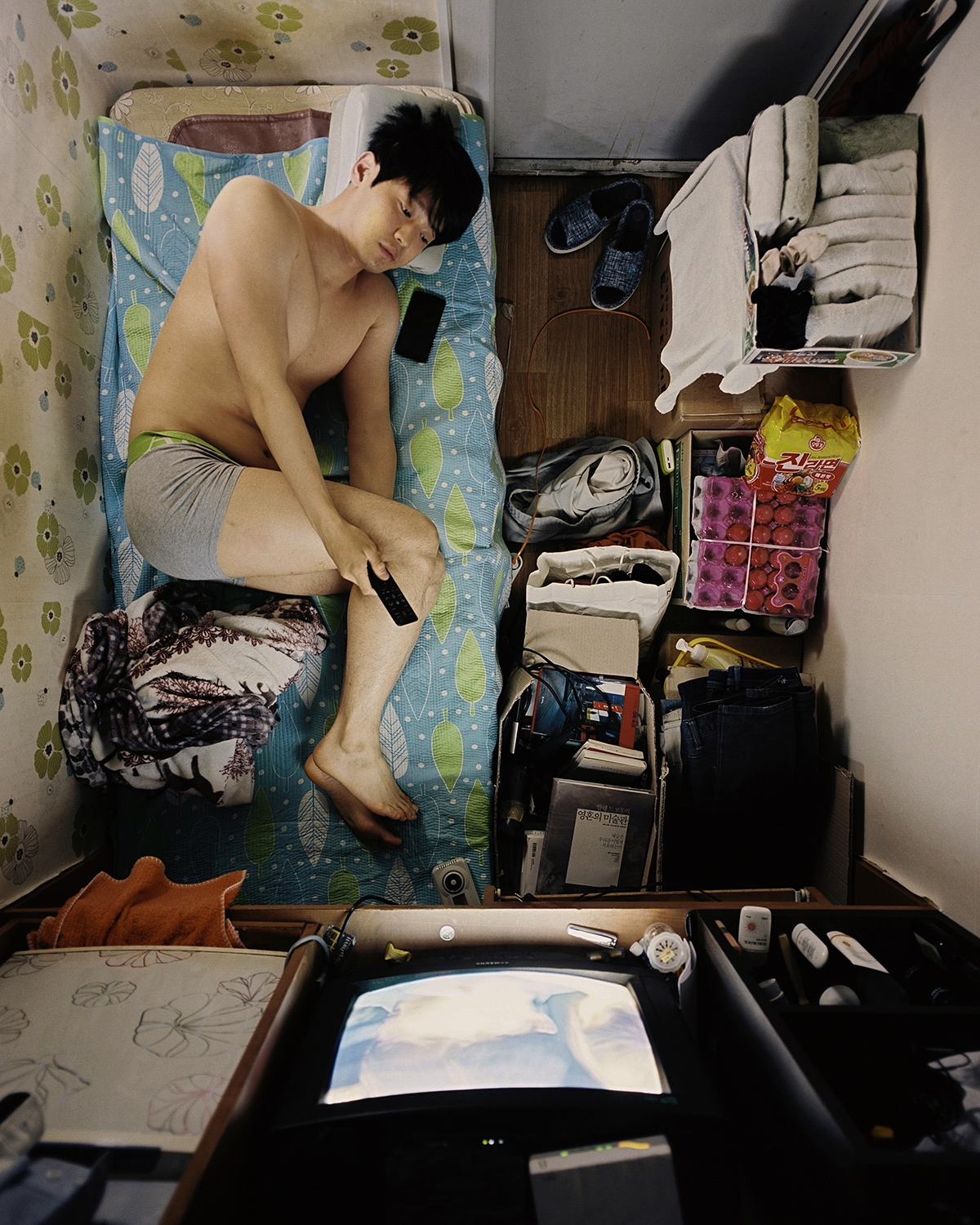
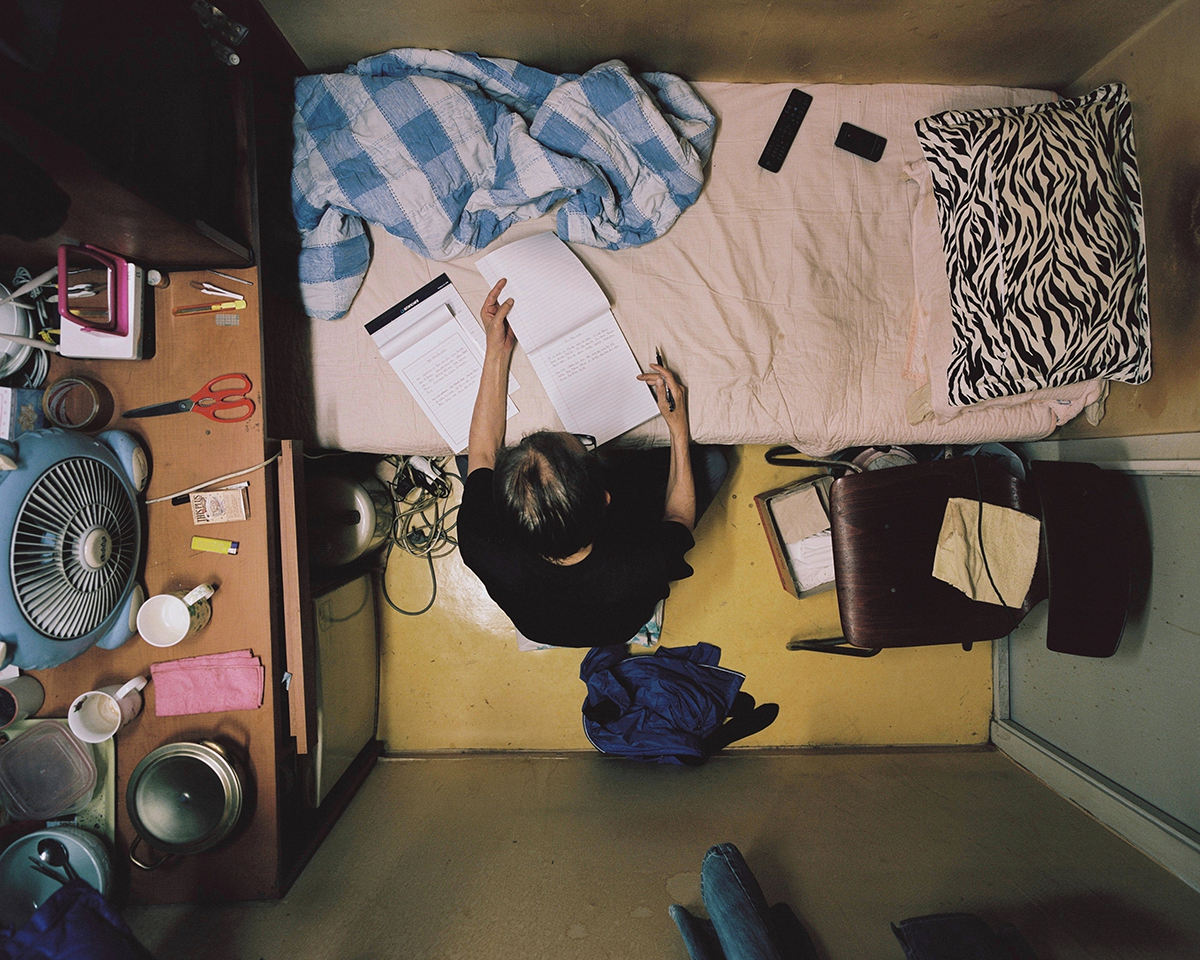
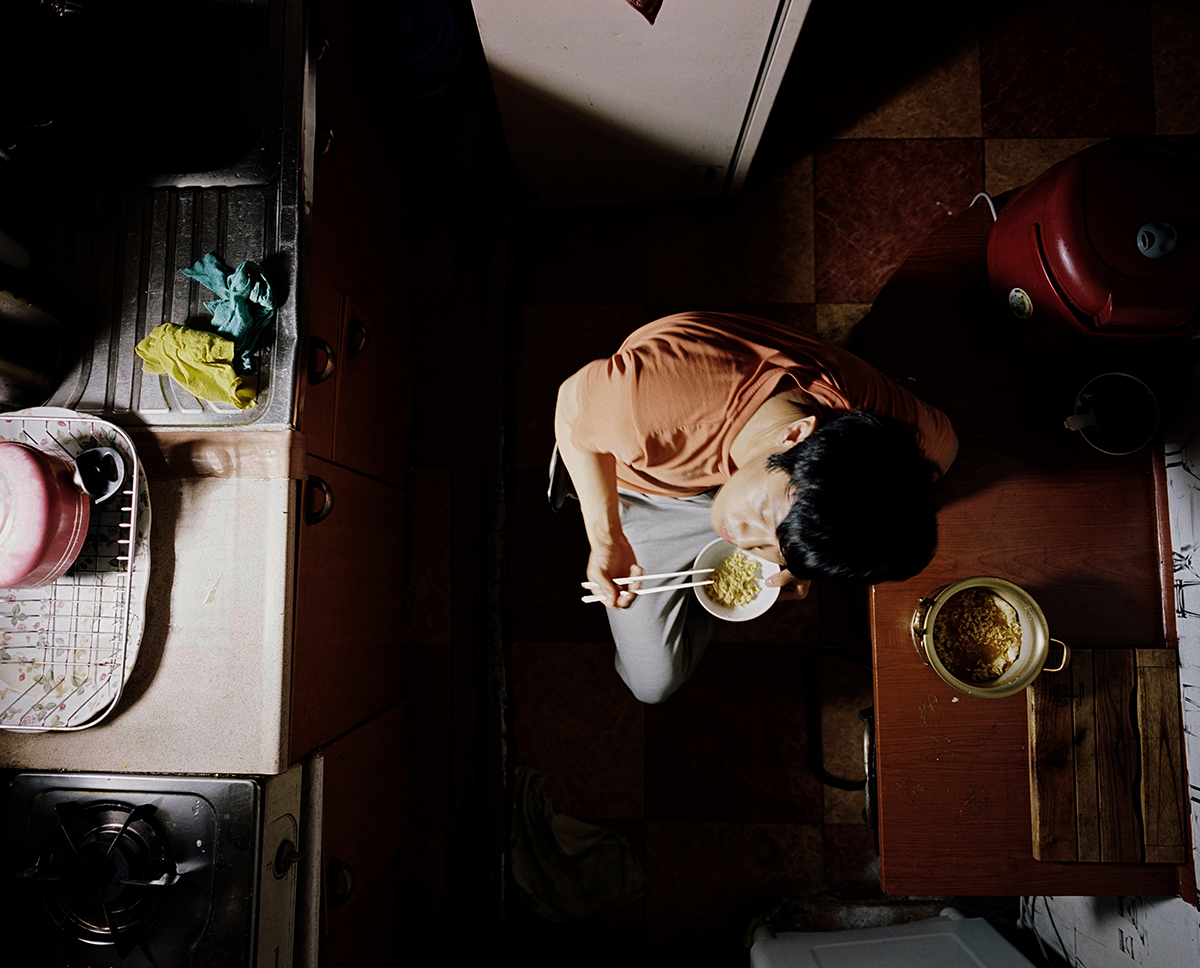
 _ Joy Gregory, Barbie 2 (Sunnies), 2008, 30x40cm, Archival pigment print.jpg)
-_-Joy-Gregory,-Barbie-3-(Glance),-2008,-30x40cm,-Archival-pigment-print.jpg)
-_Joy-Gregory,-Barbie-5-(California),-2008,-30x40cm,-Archival-pigment-print.jpg)
 _ Joy Gregory, Barbie 4 (Glimpse), 2008, 30x40cm, Archival pigment print.jpg)
-_-Joy-Gregory,-Barbie-1-(Sunlit),-2008,-30x40cm,-Archival-pigment-print.jpg)
-_-Joy-Gregory,-Barbie-6-(Starring),-2008,-30x40cm,-Archival-pigment-print.jpg)
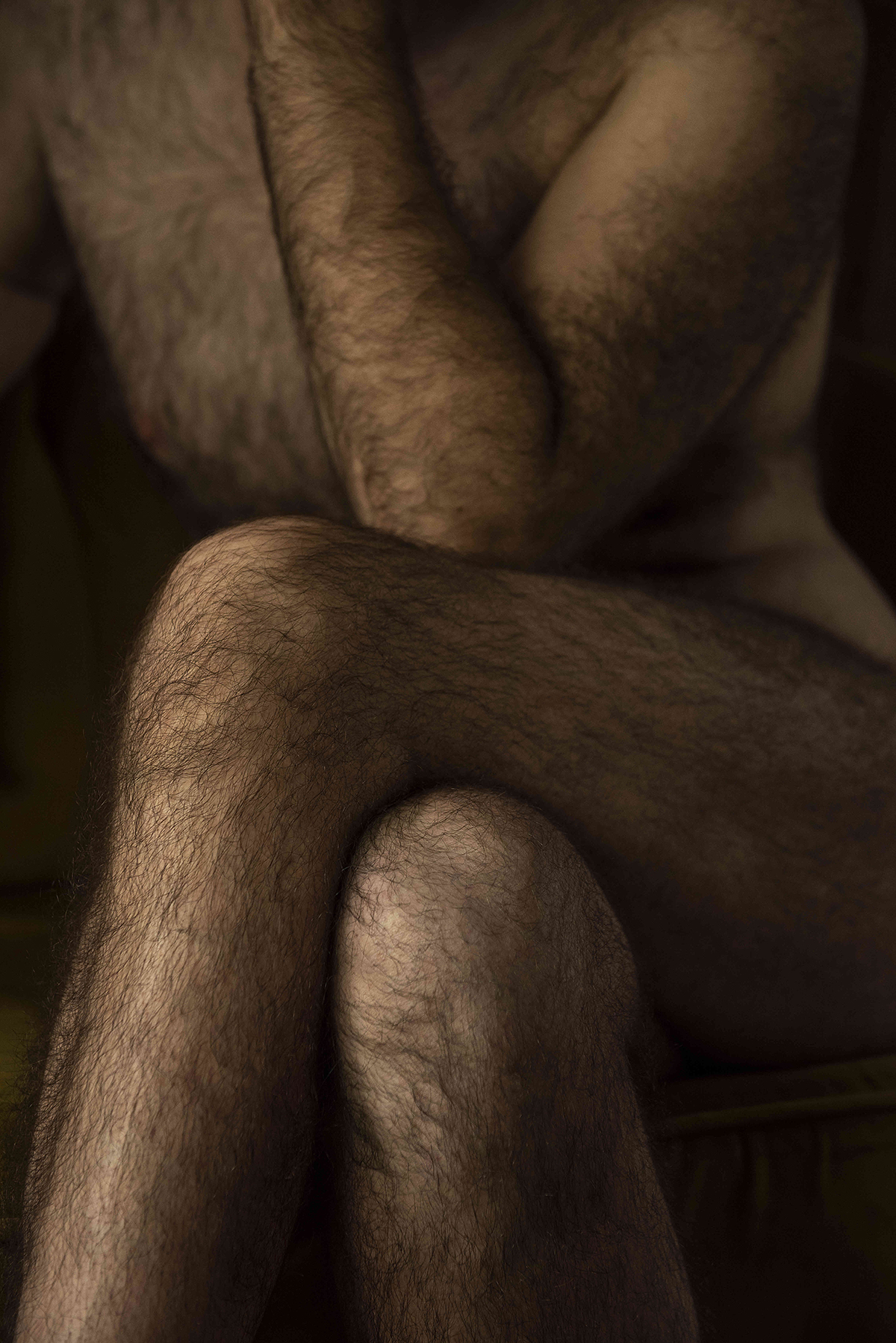
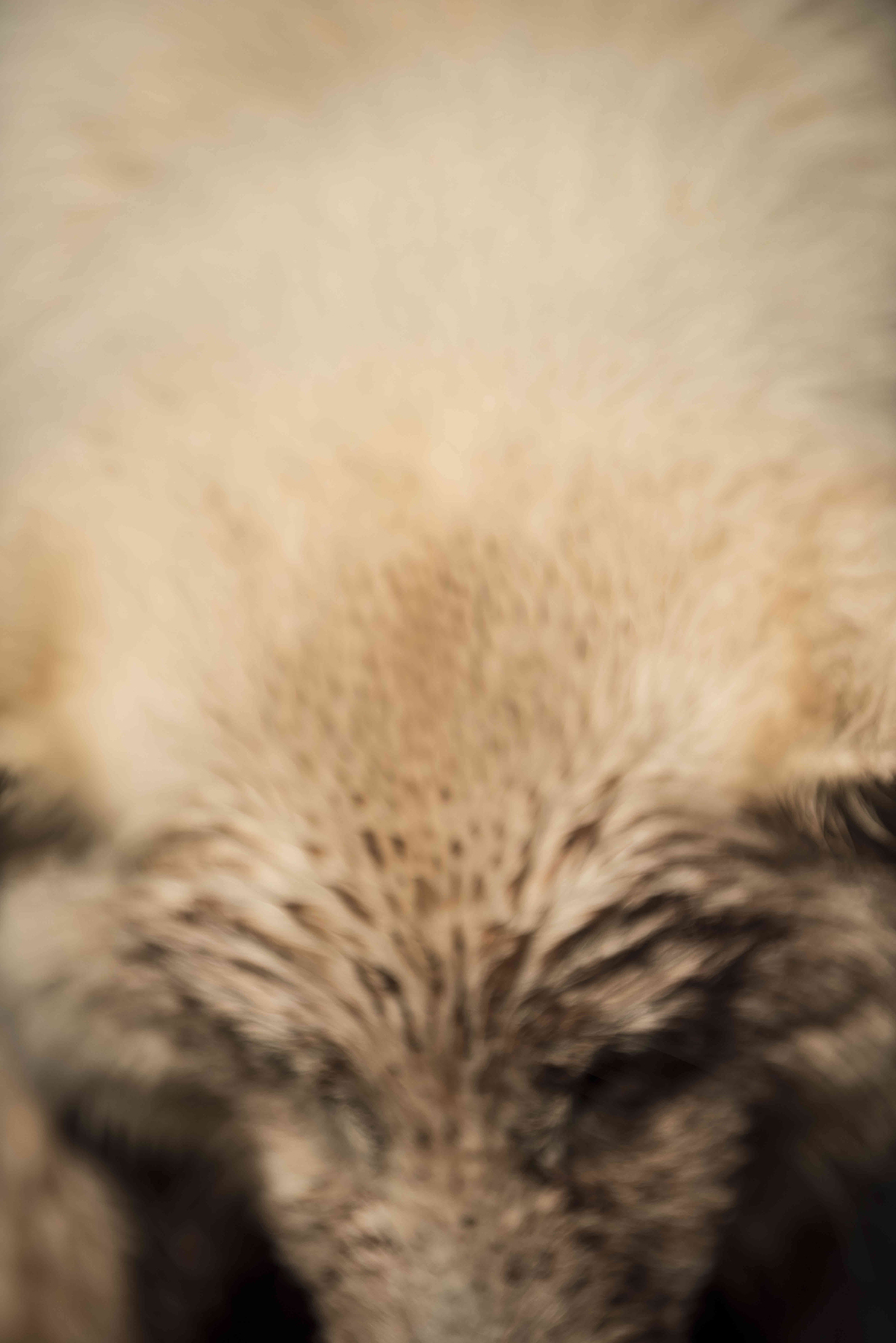
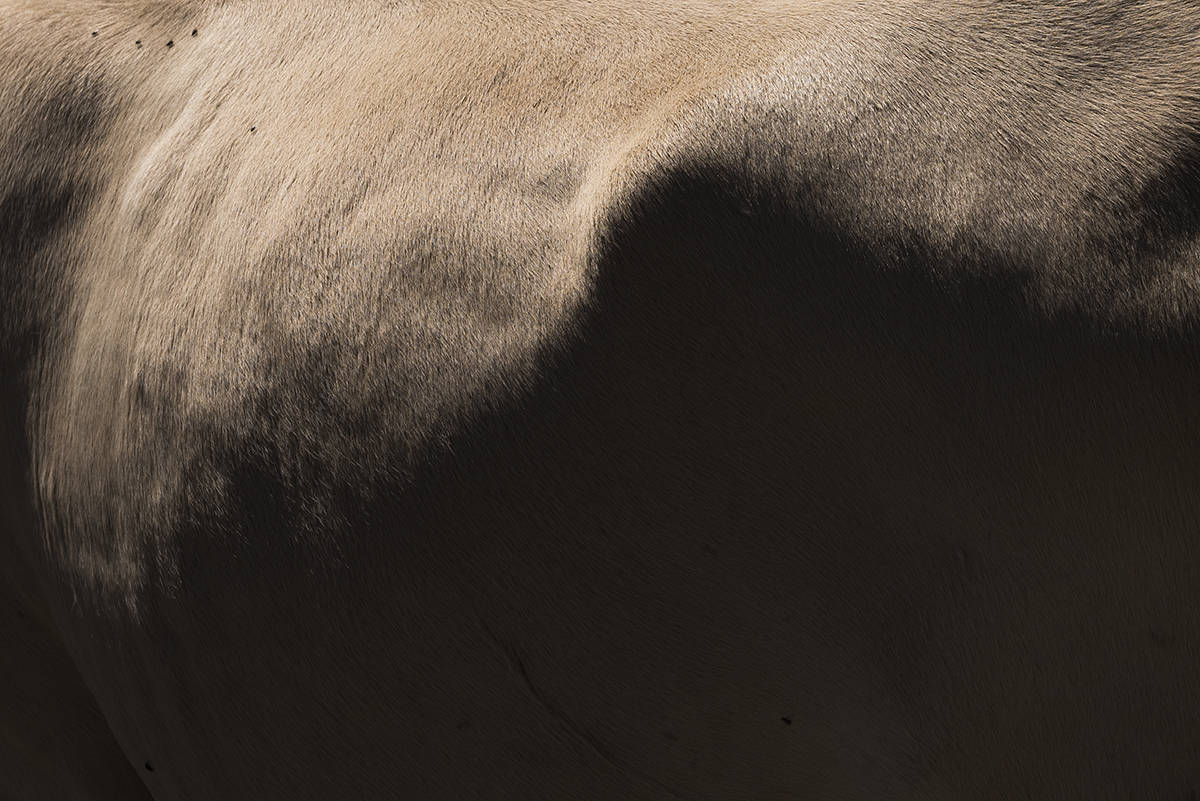
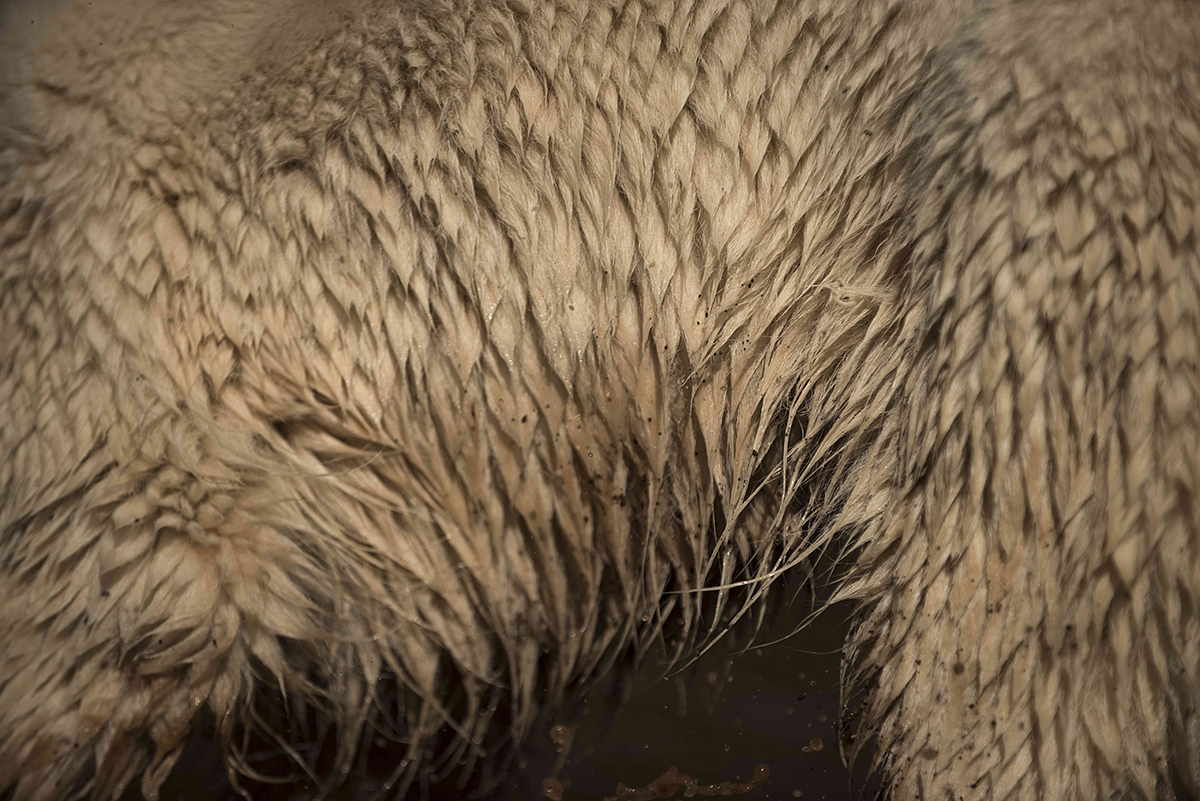
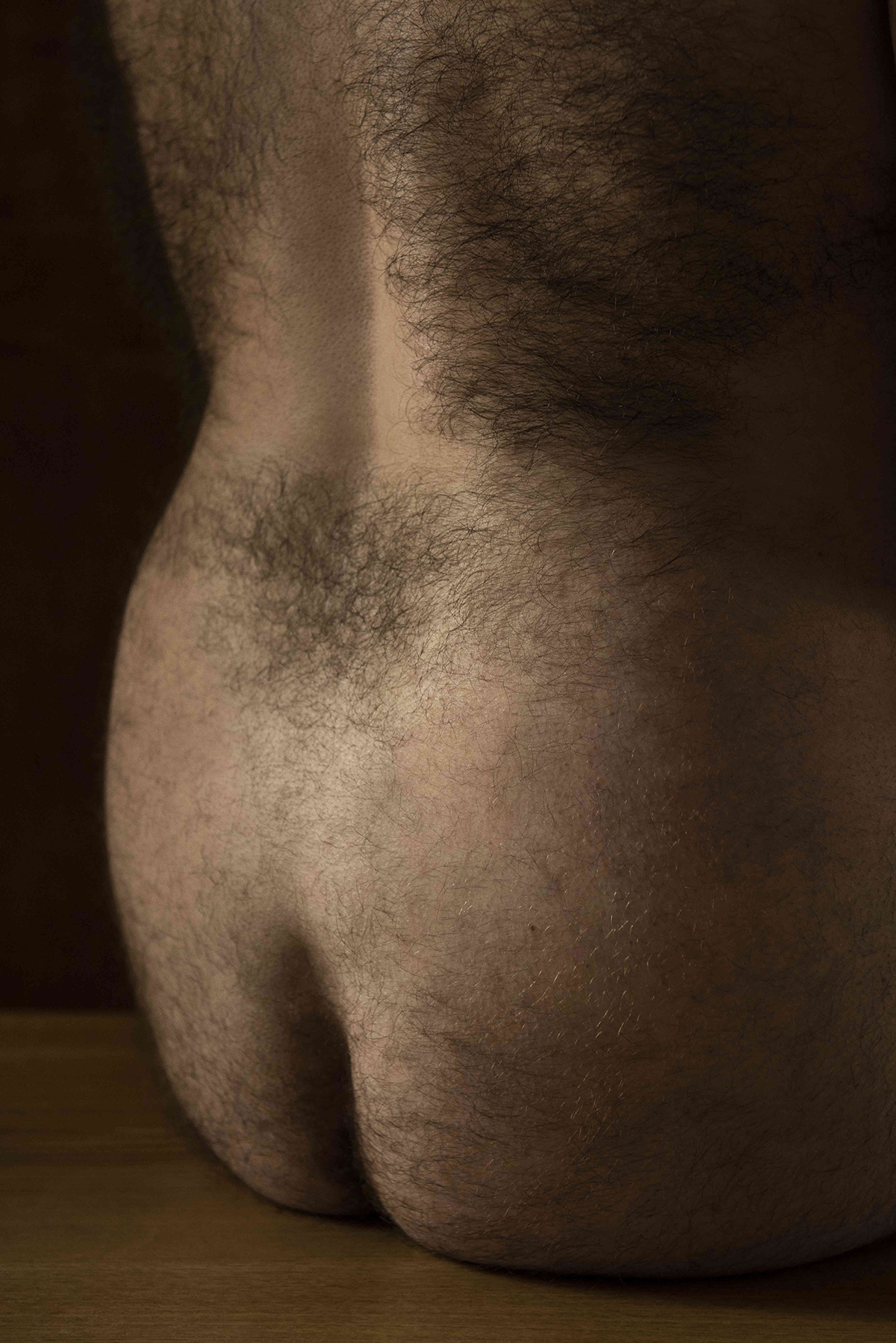
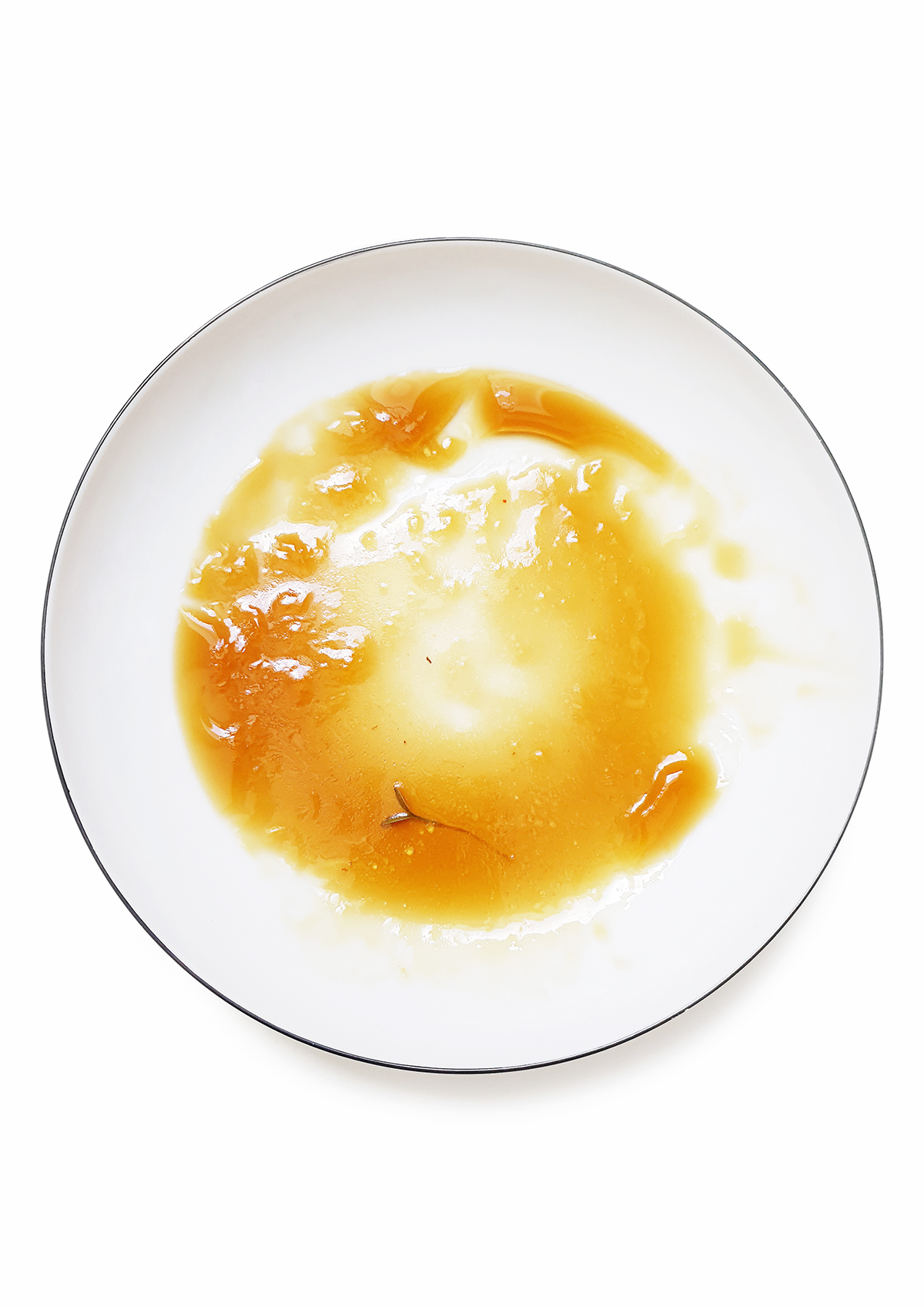
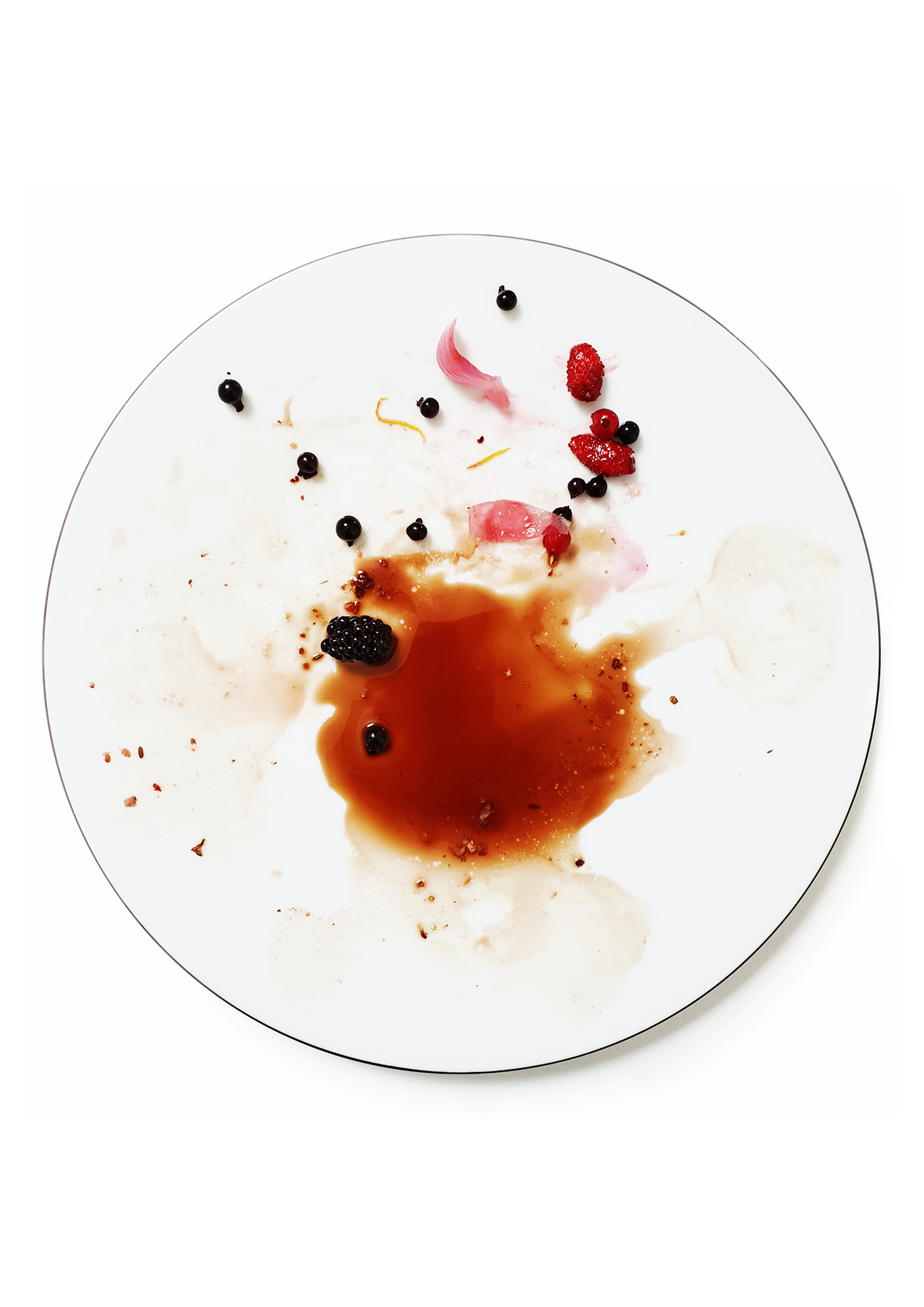
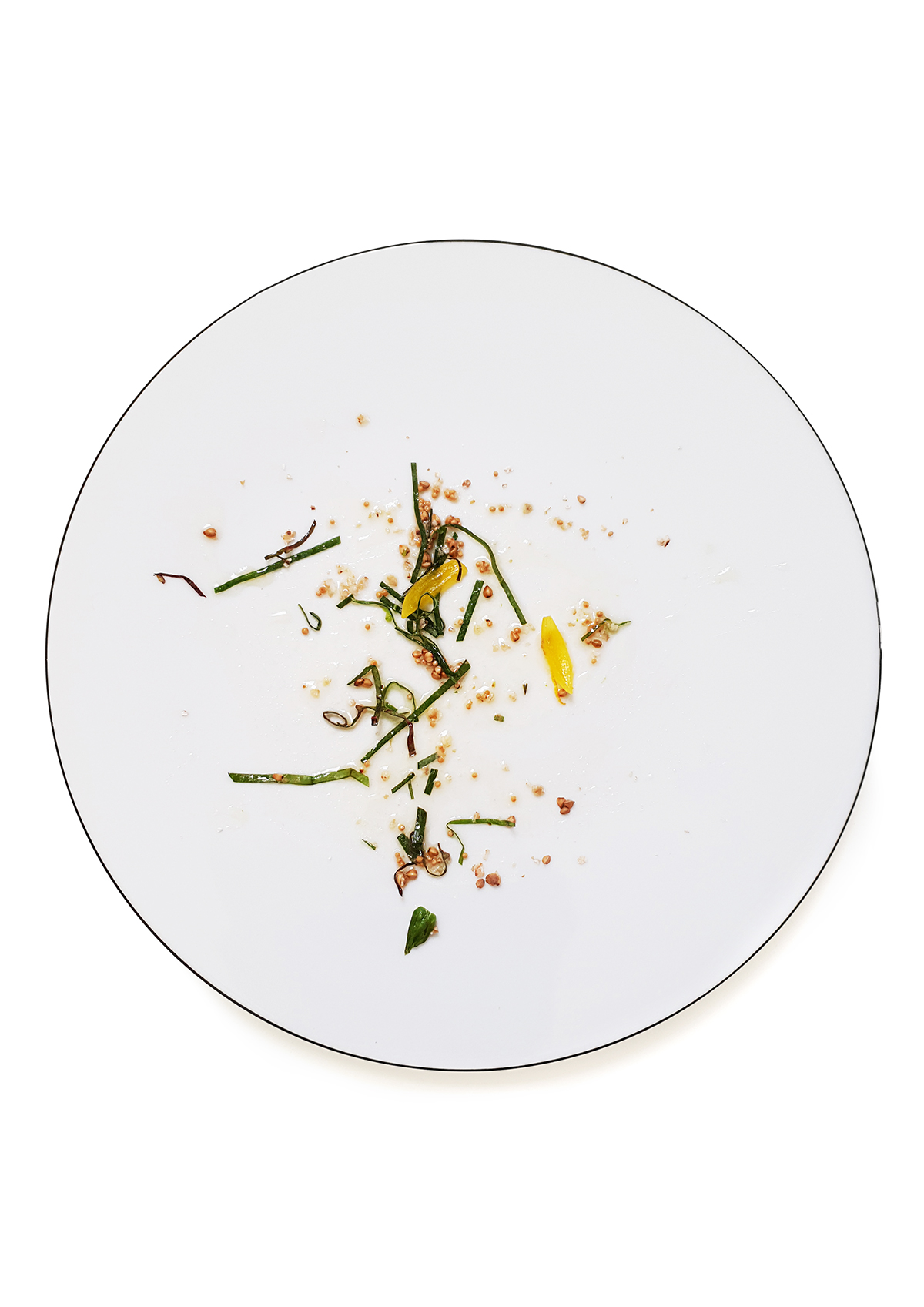
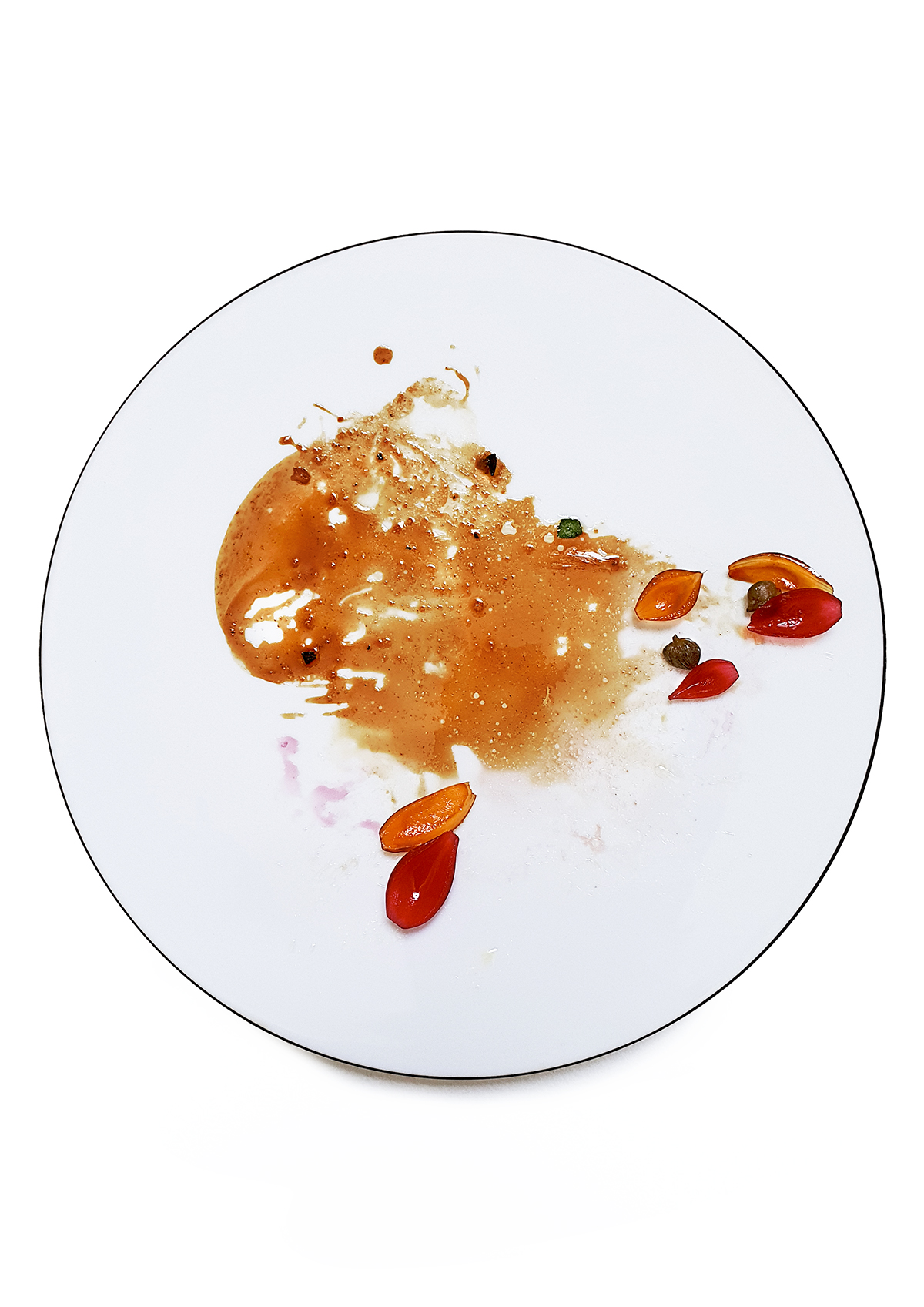

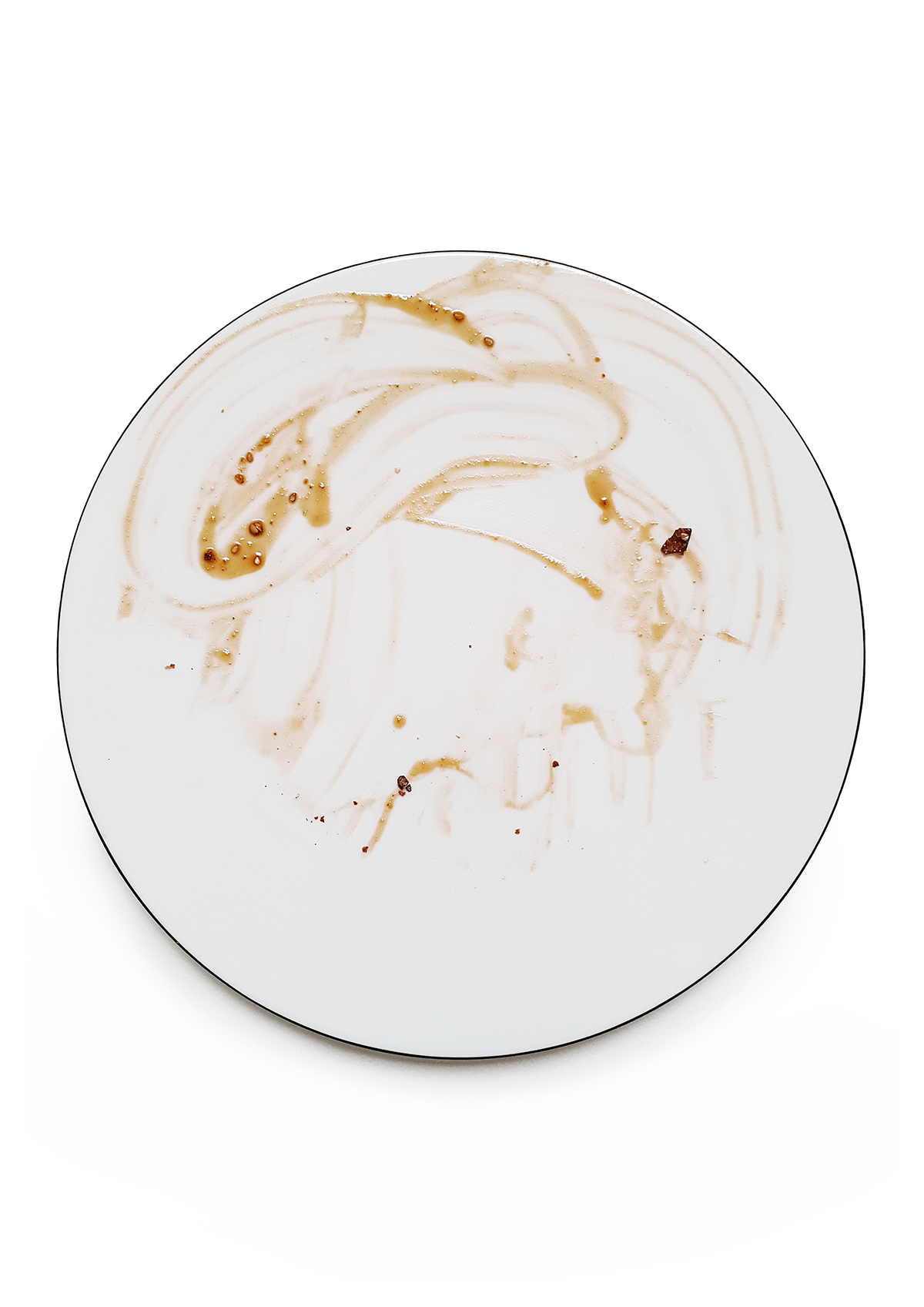
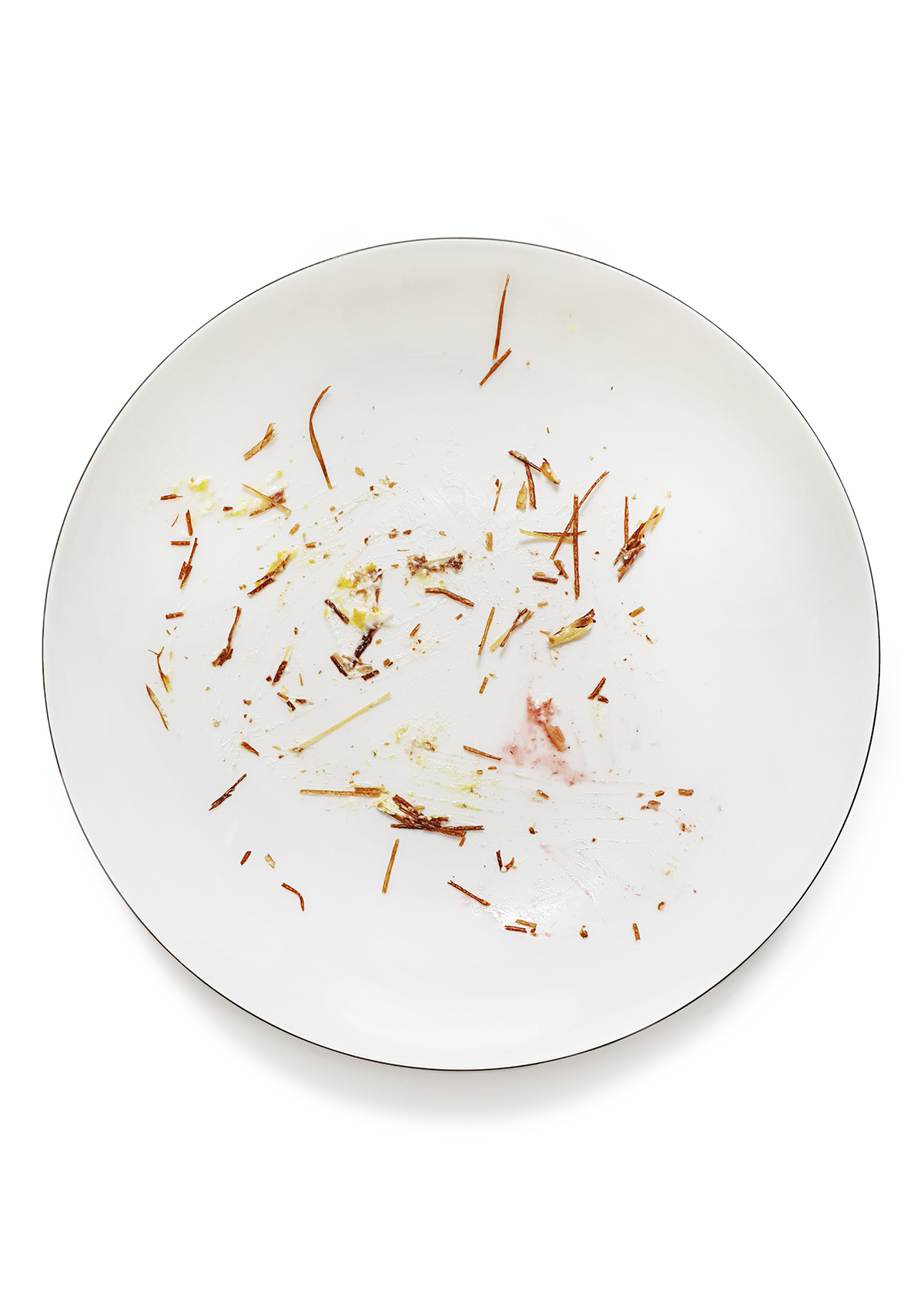

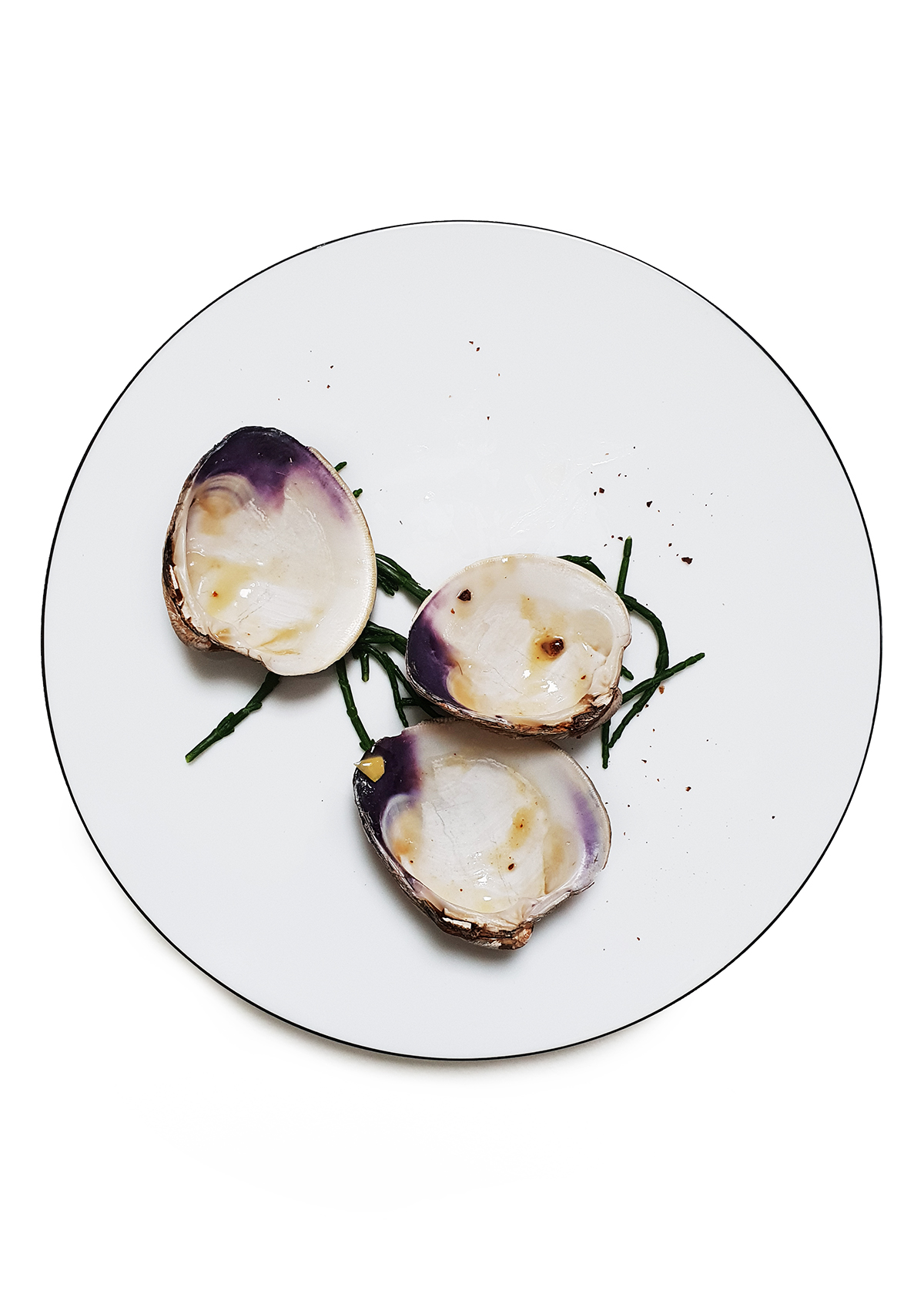
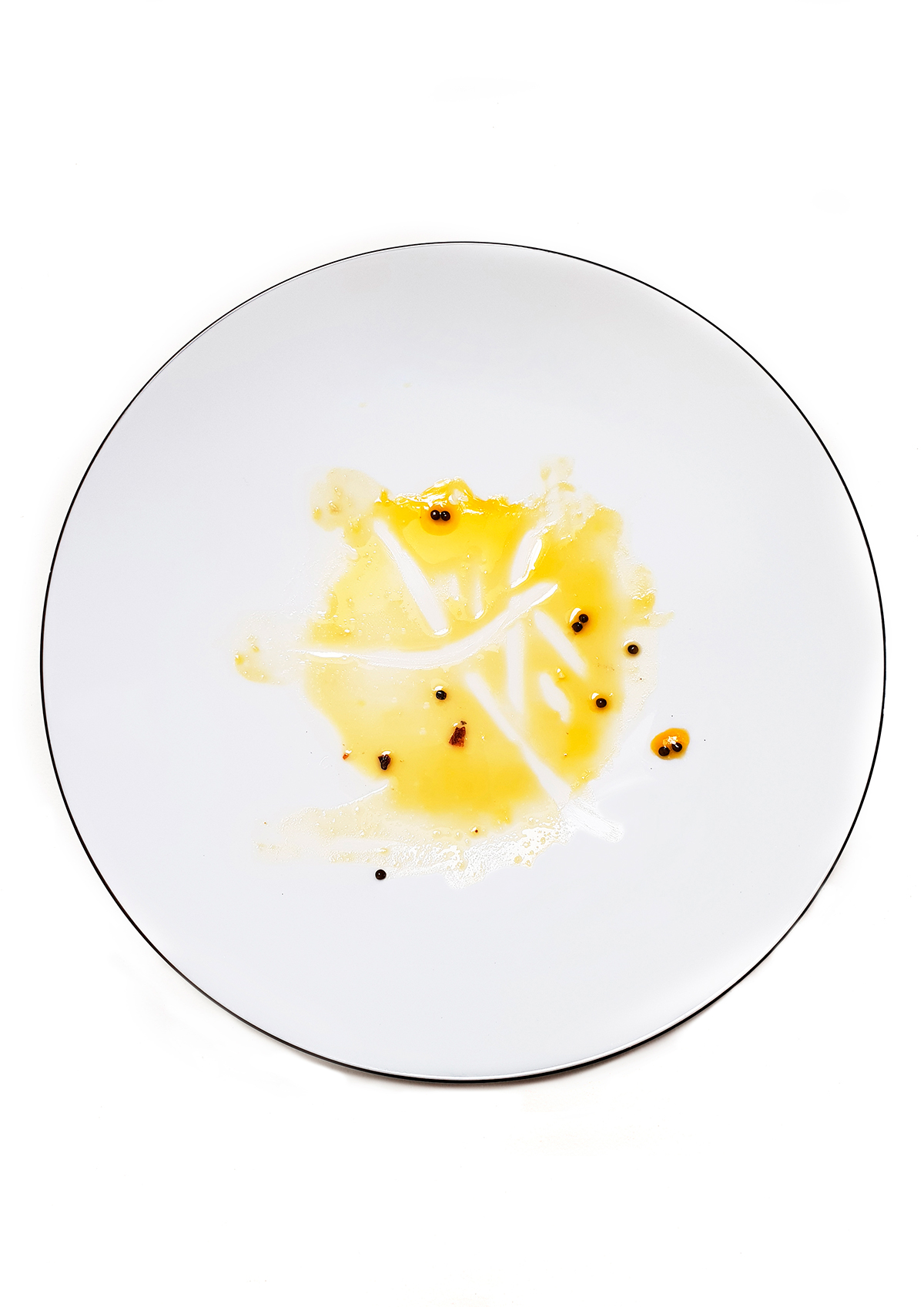
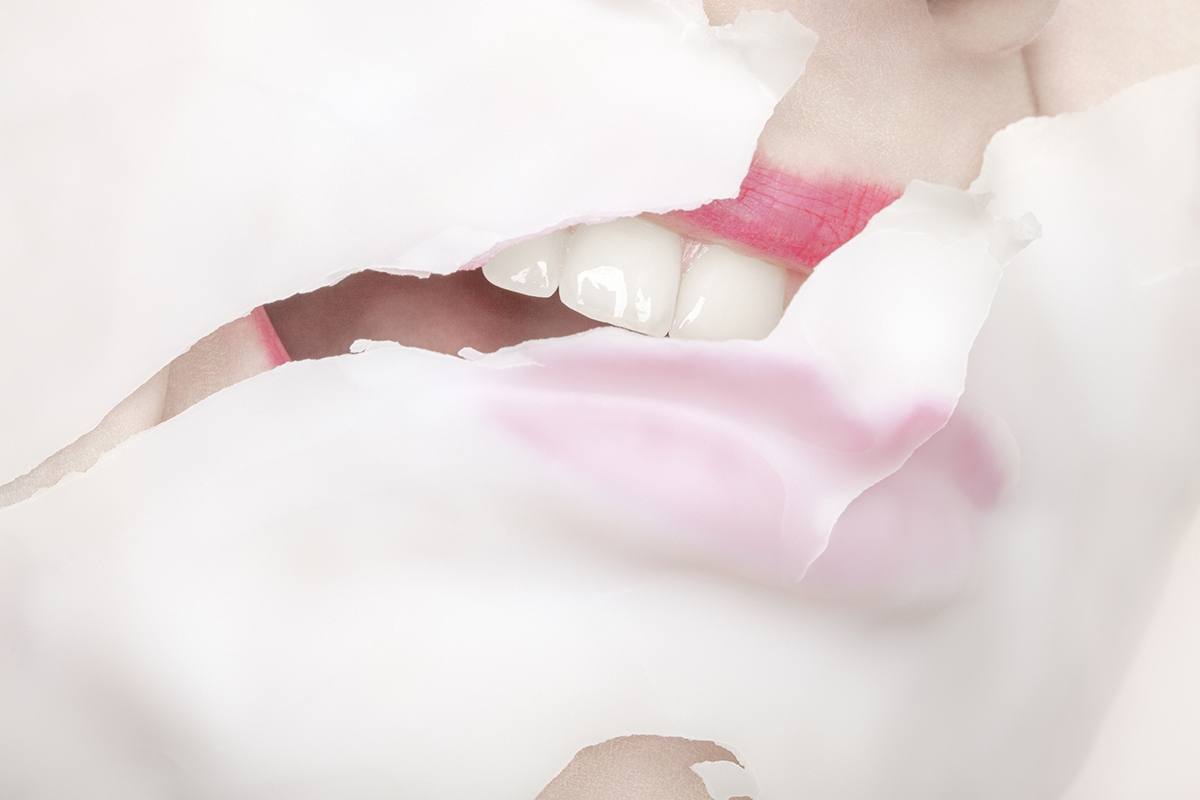
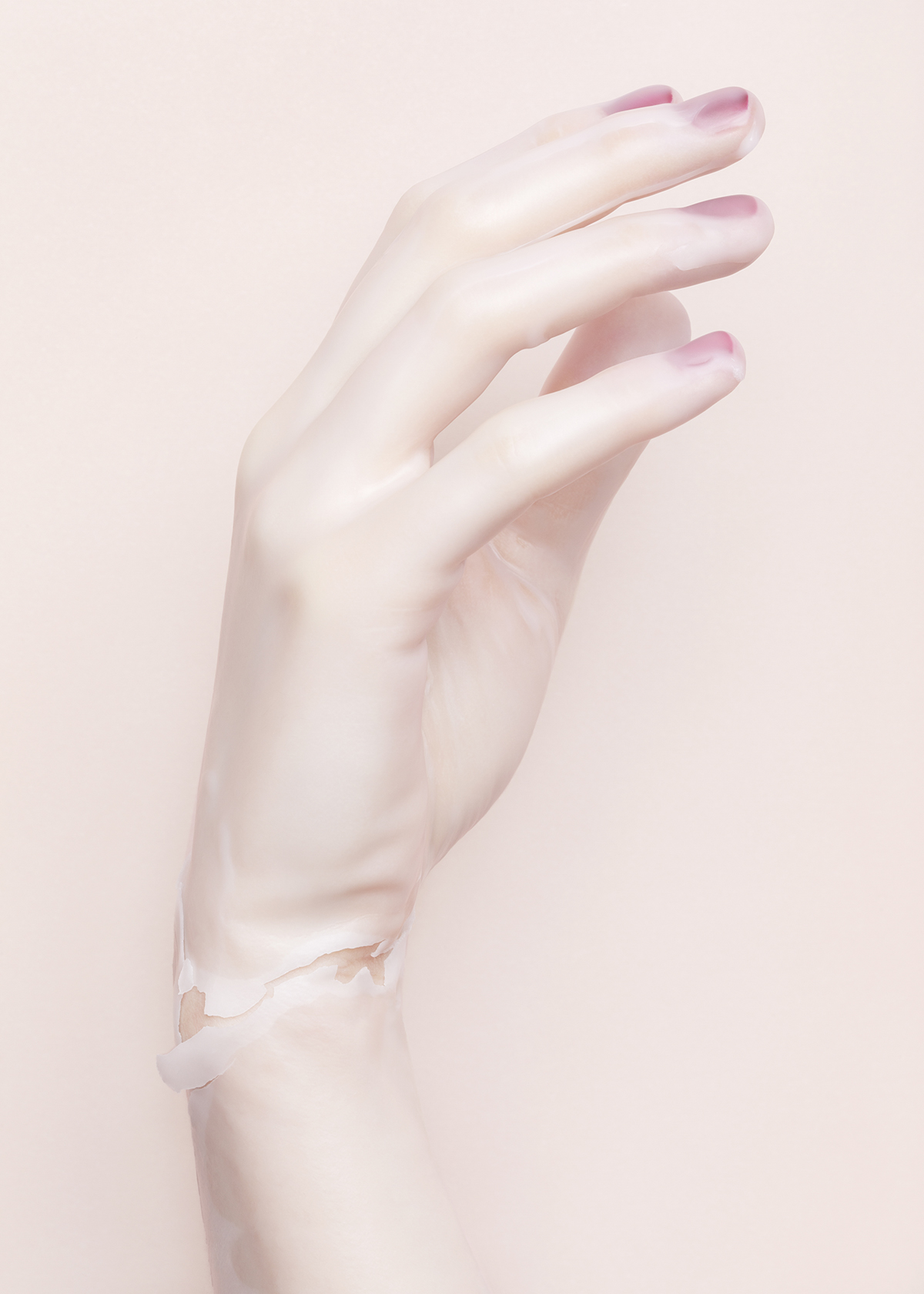

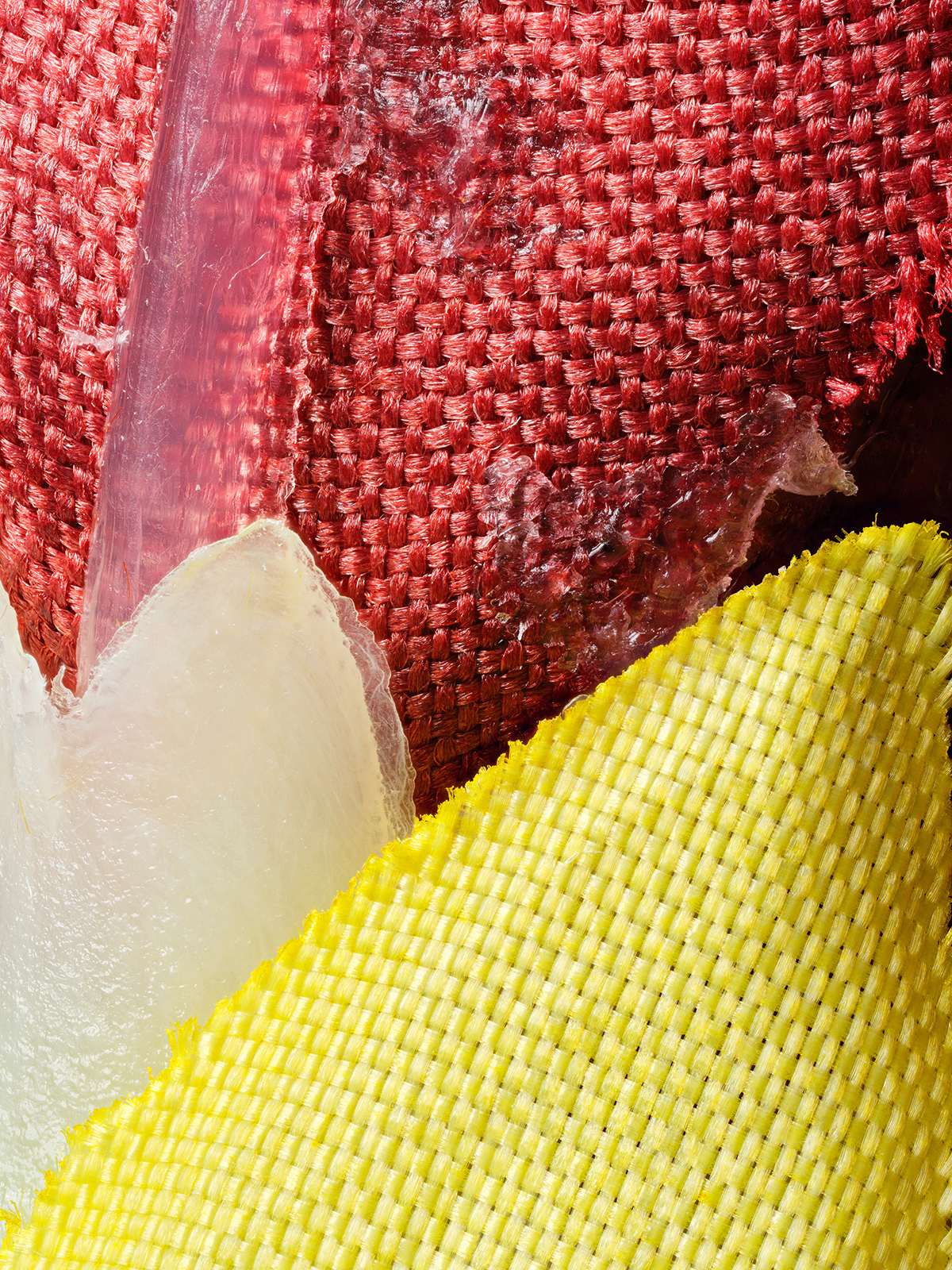


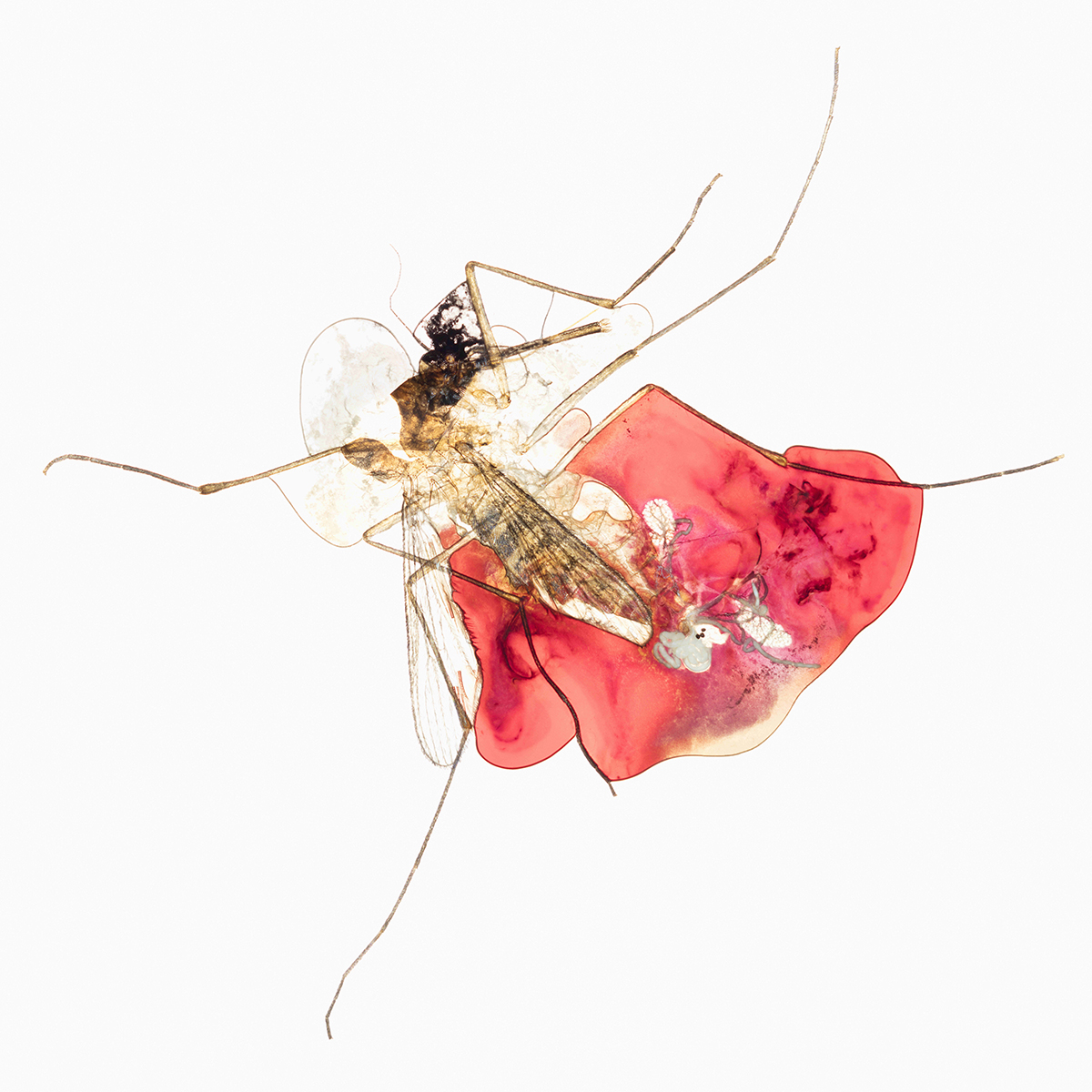
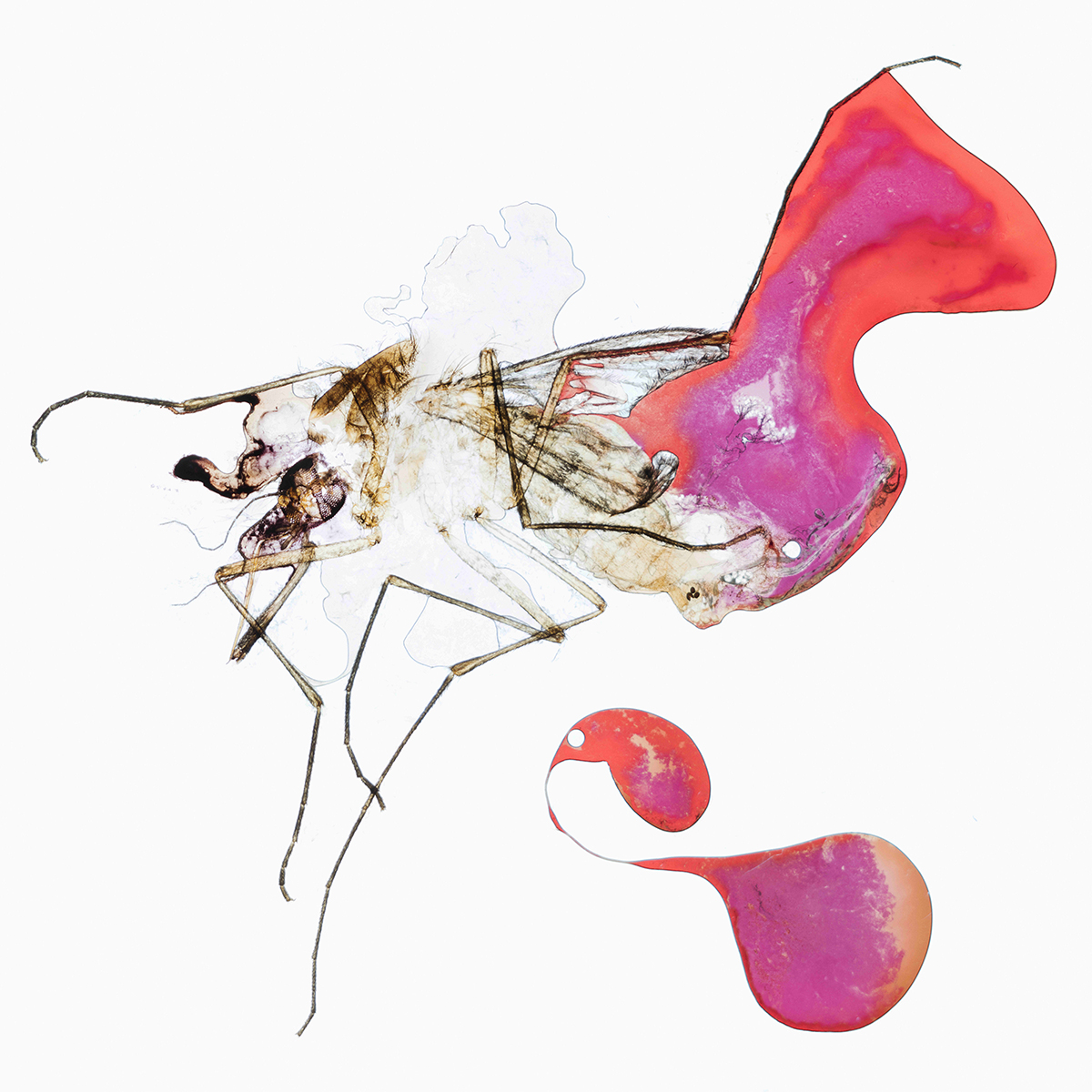


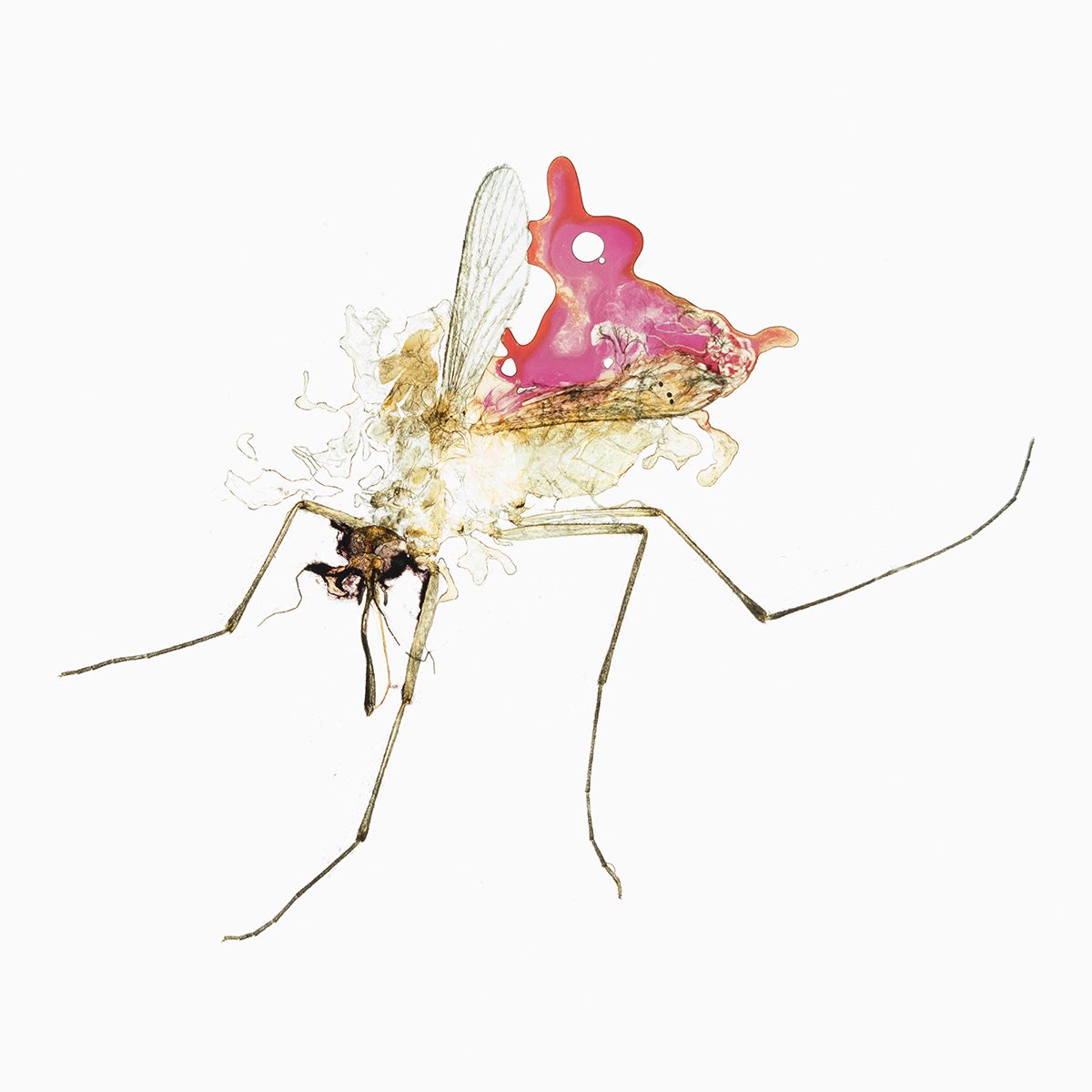



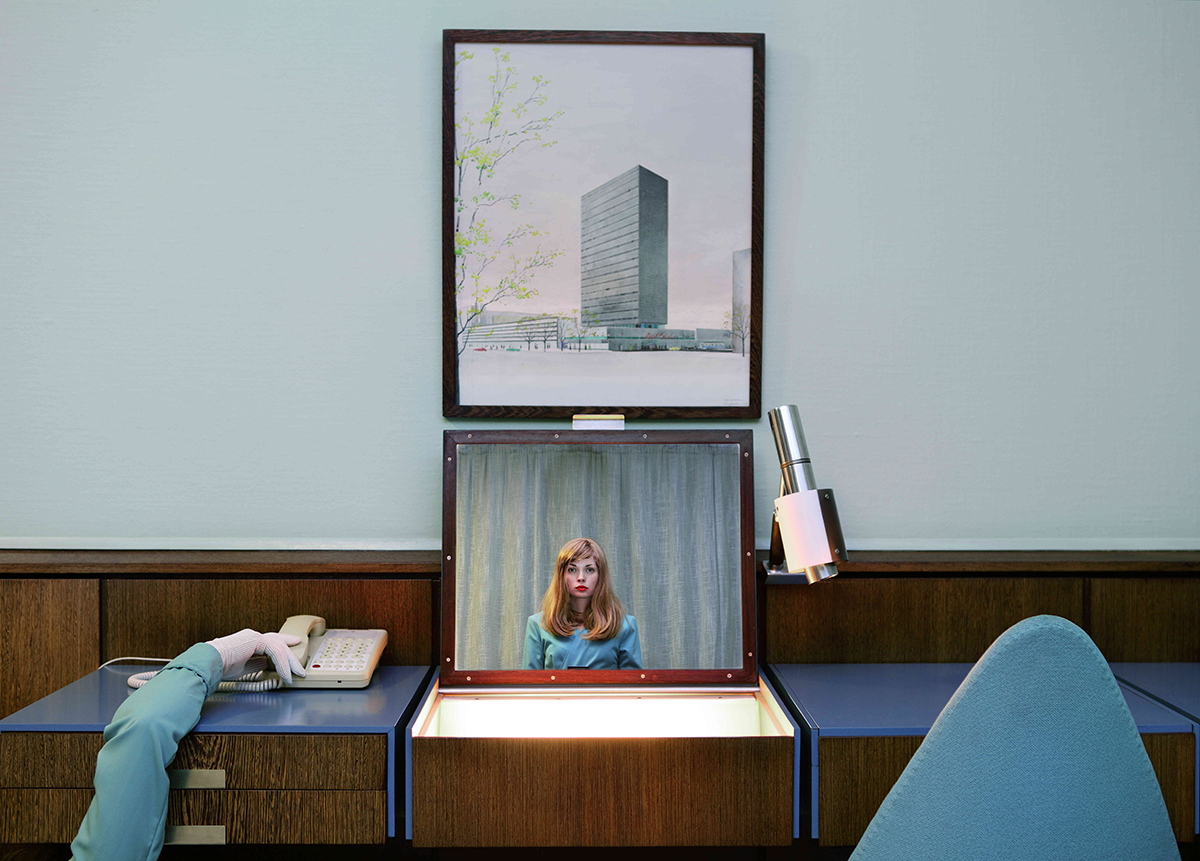
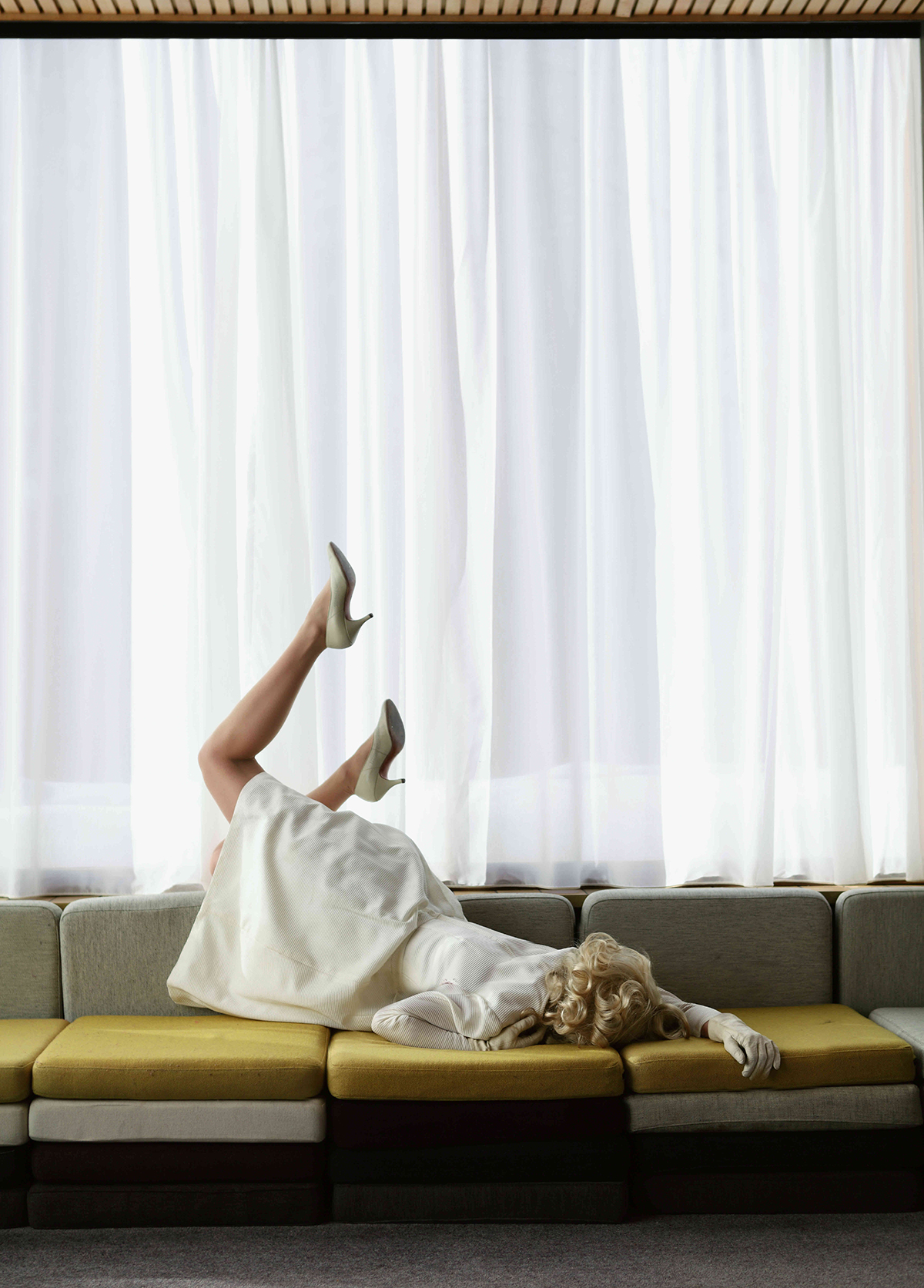
-_-Anja-Niemi,-Room-81-(suitcase),-2011,-70x50cm,-Archival-pigment-print.jpg)
-_-Anja-Niemi,-Room-81-(bed),-2011,-50x70cm,-Archival-pigment-print.jpg)
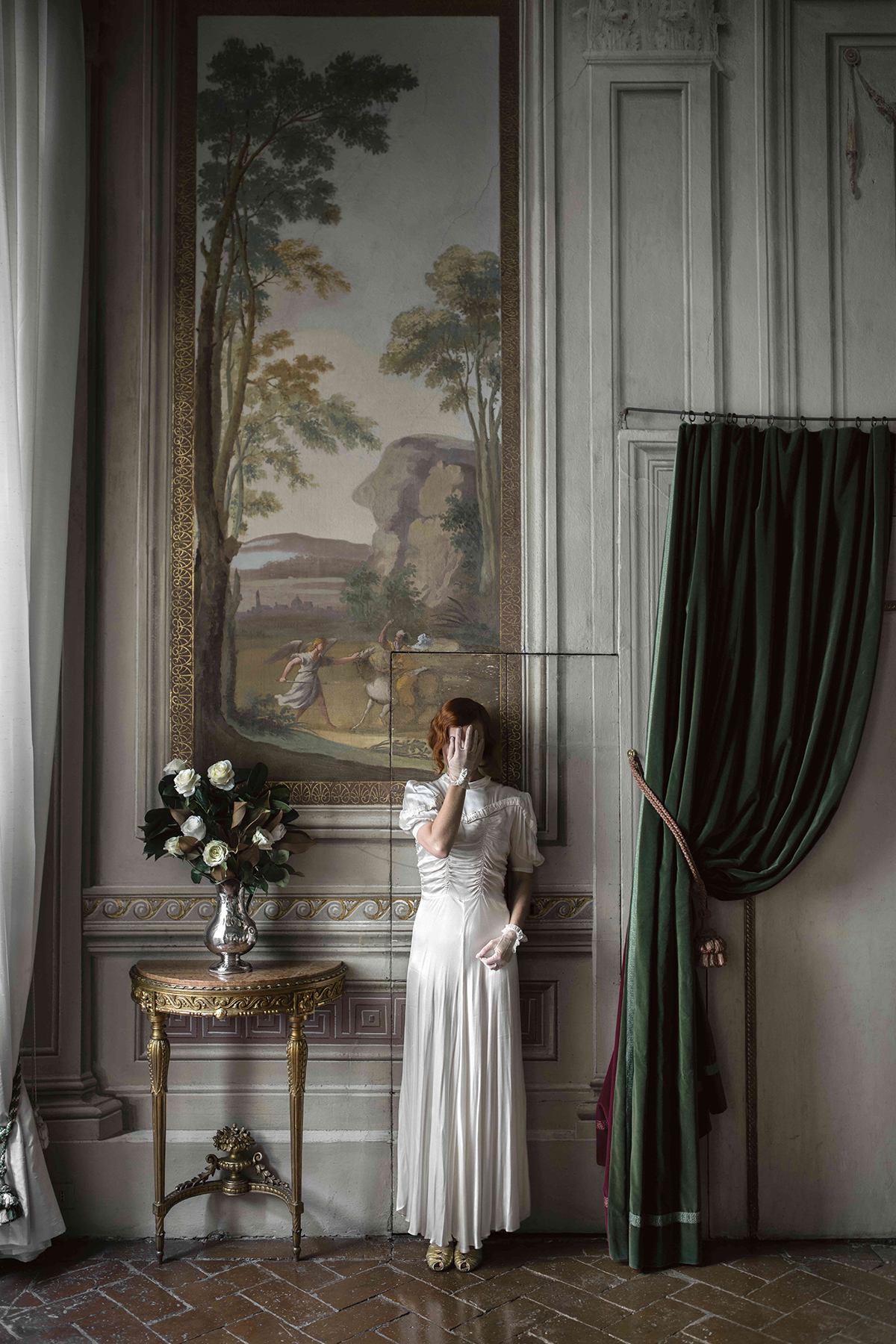
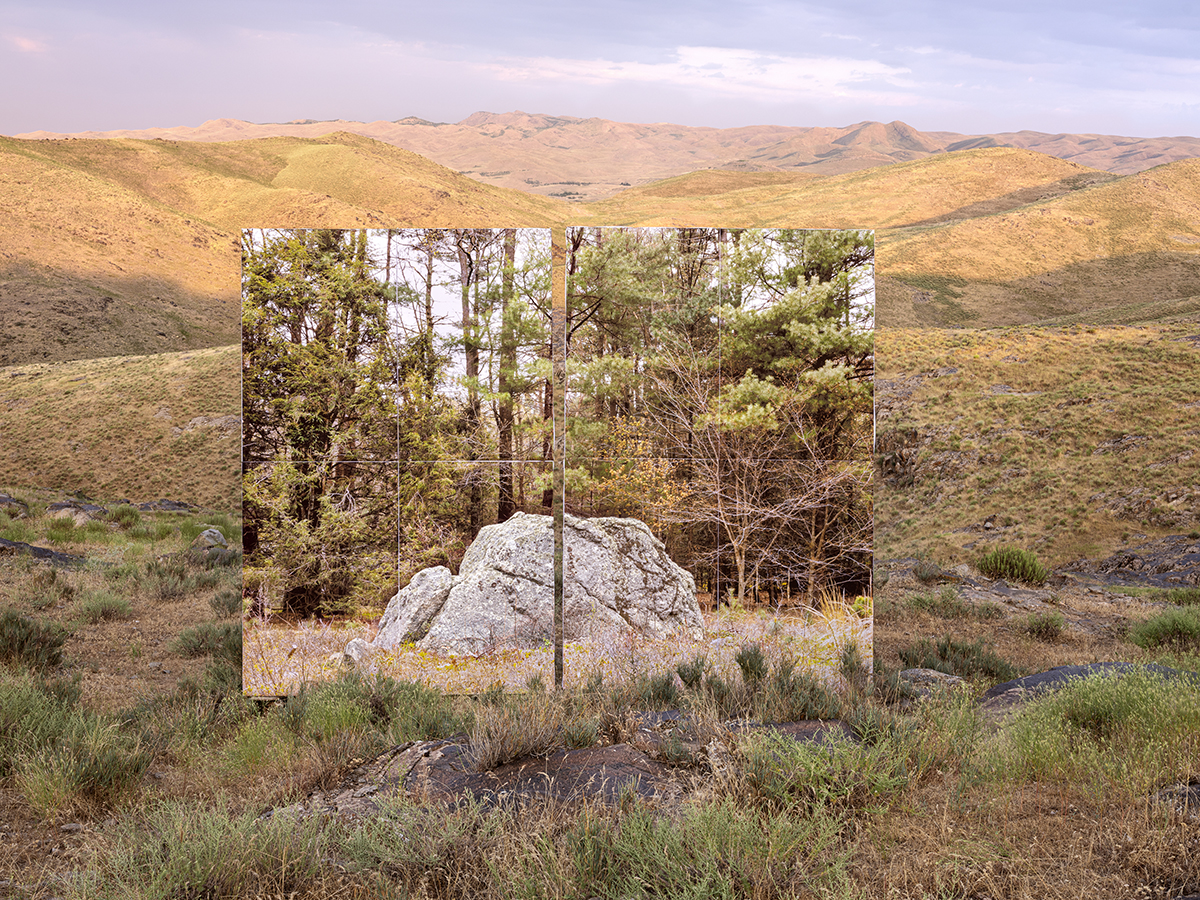

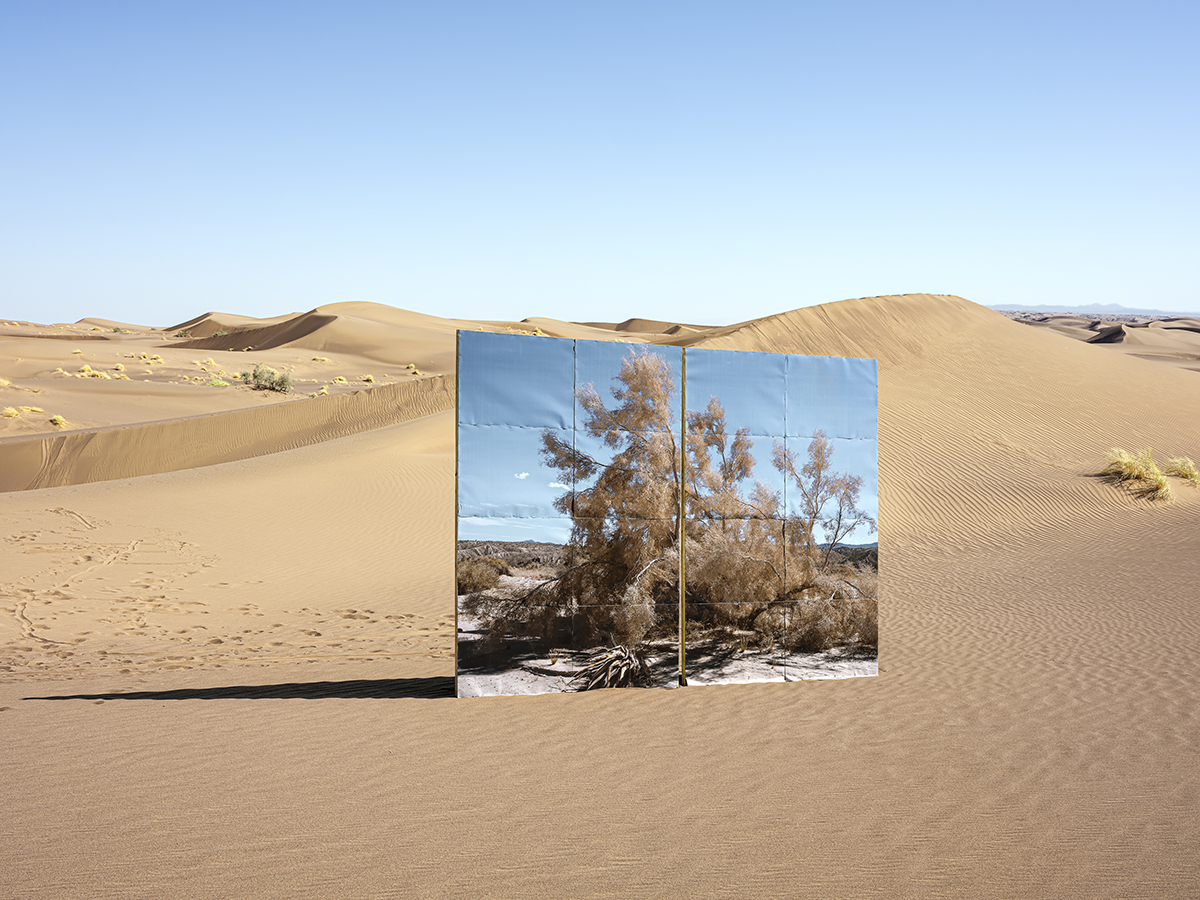
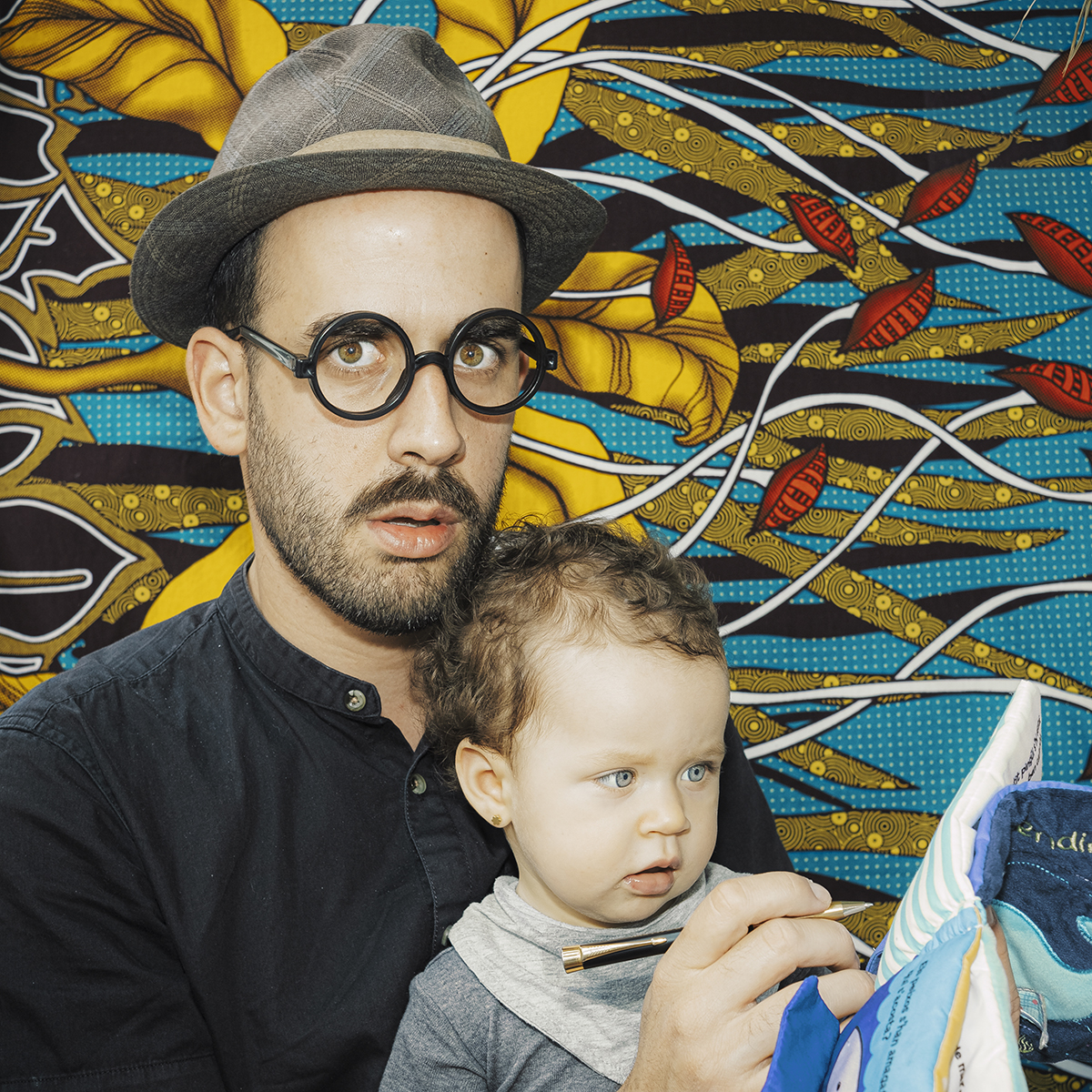
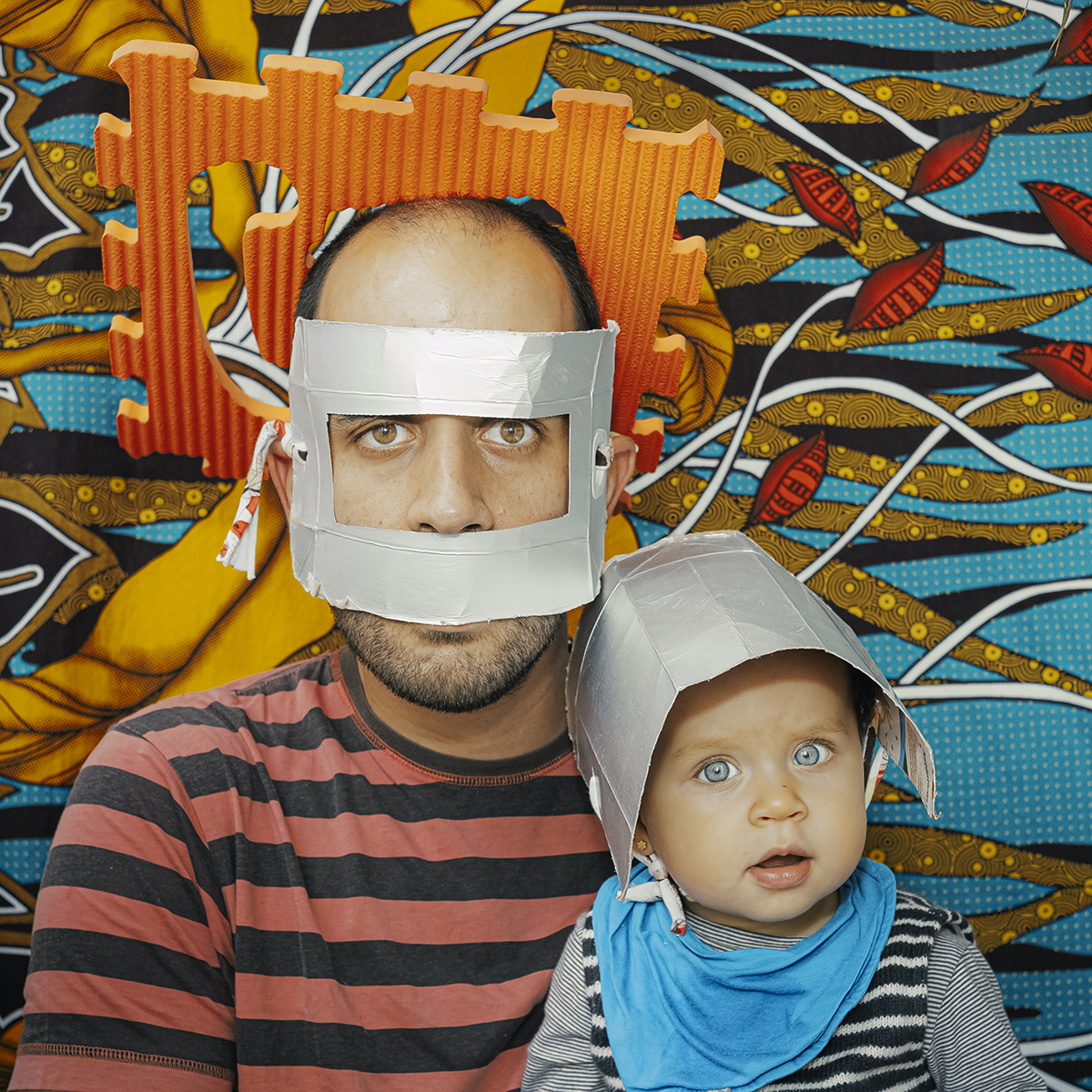
.jpg)
.jpg)
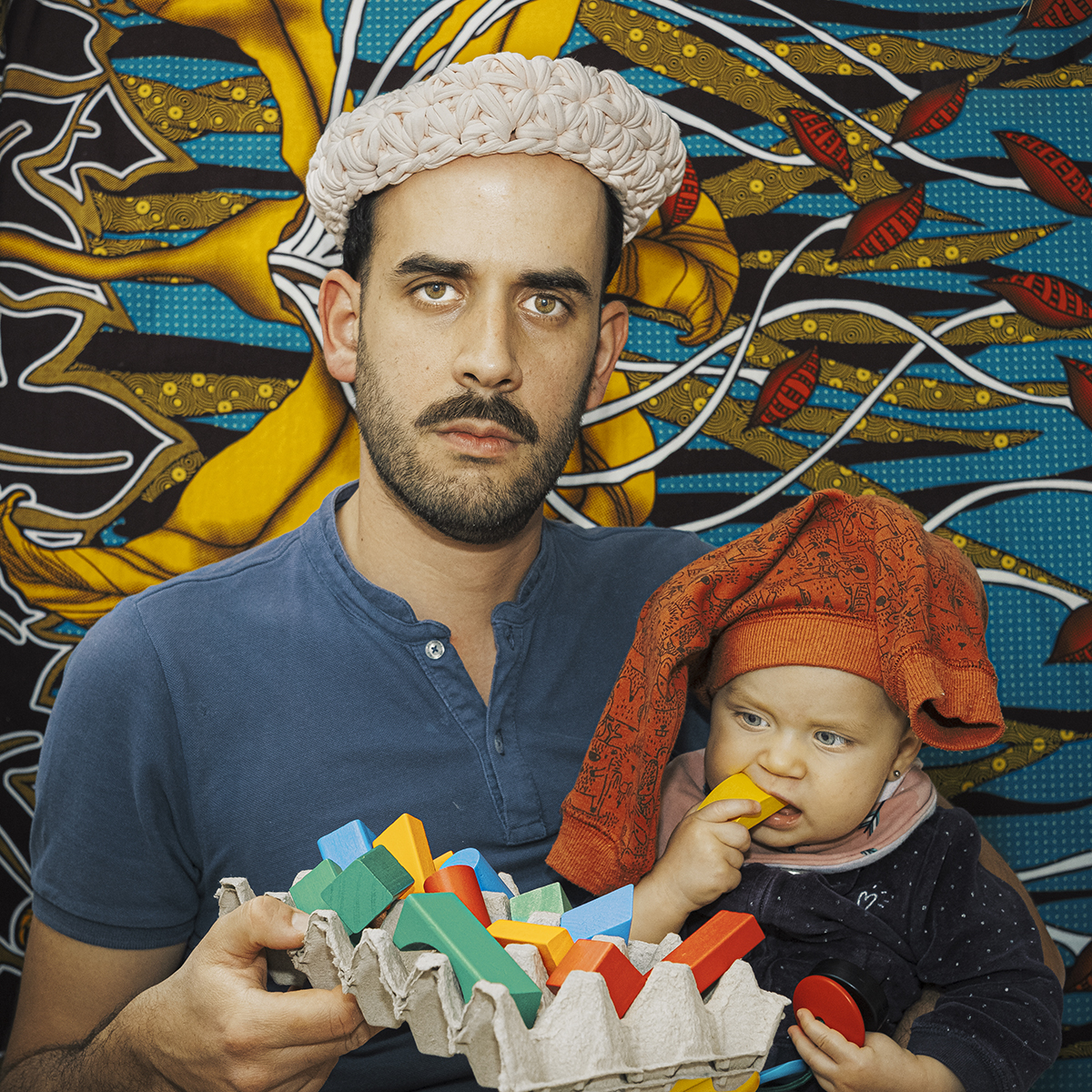
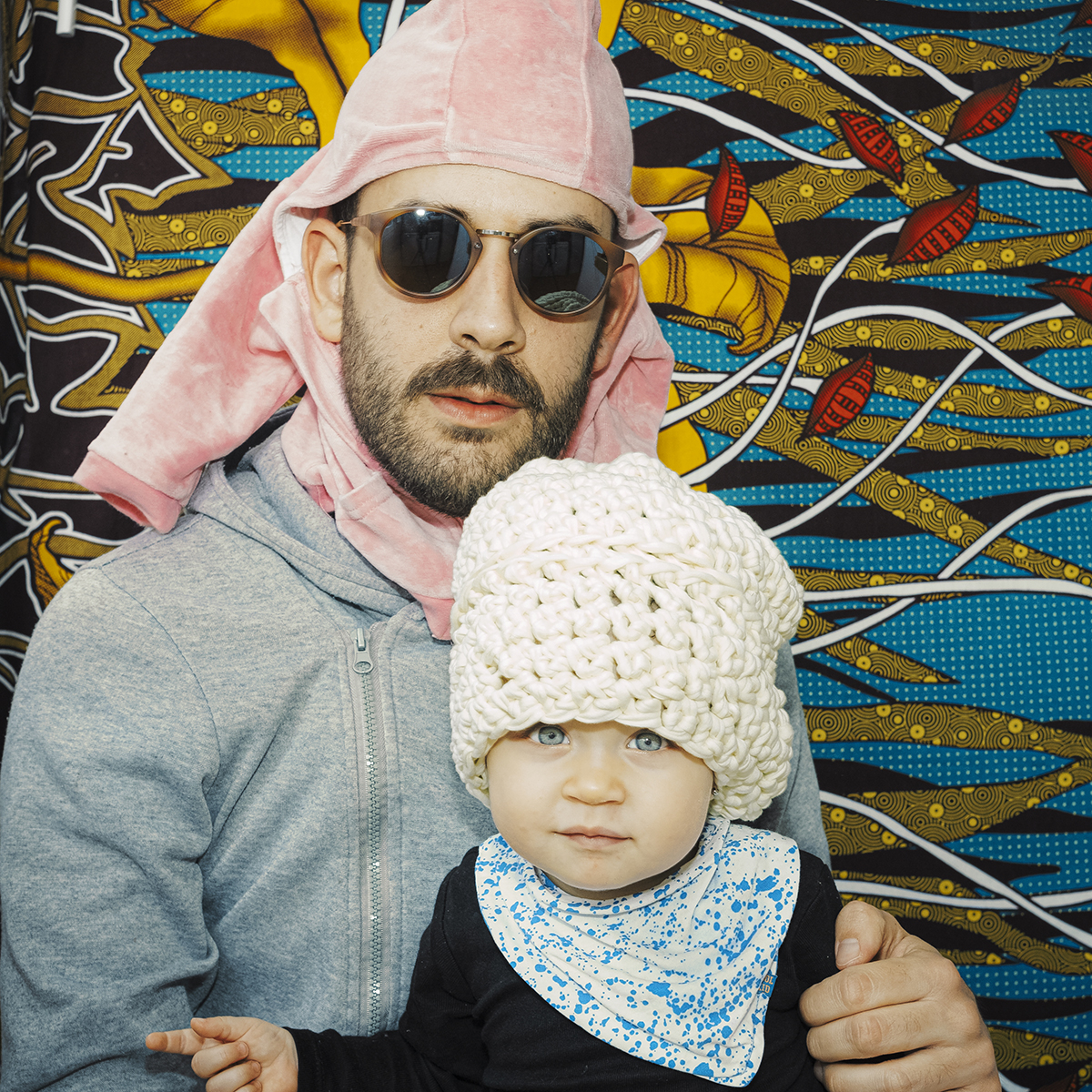

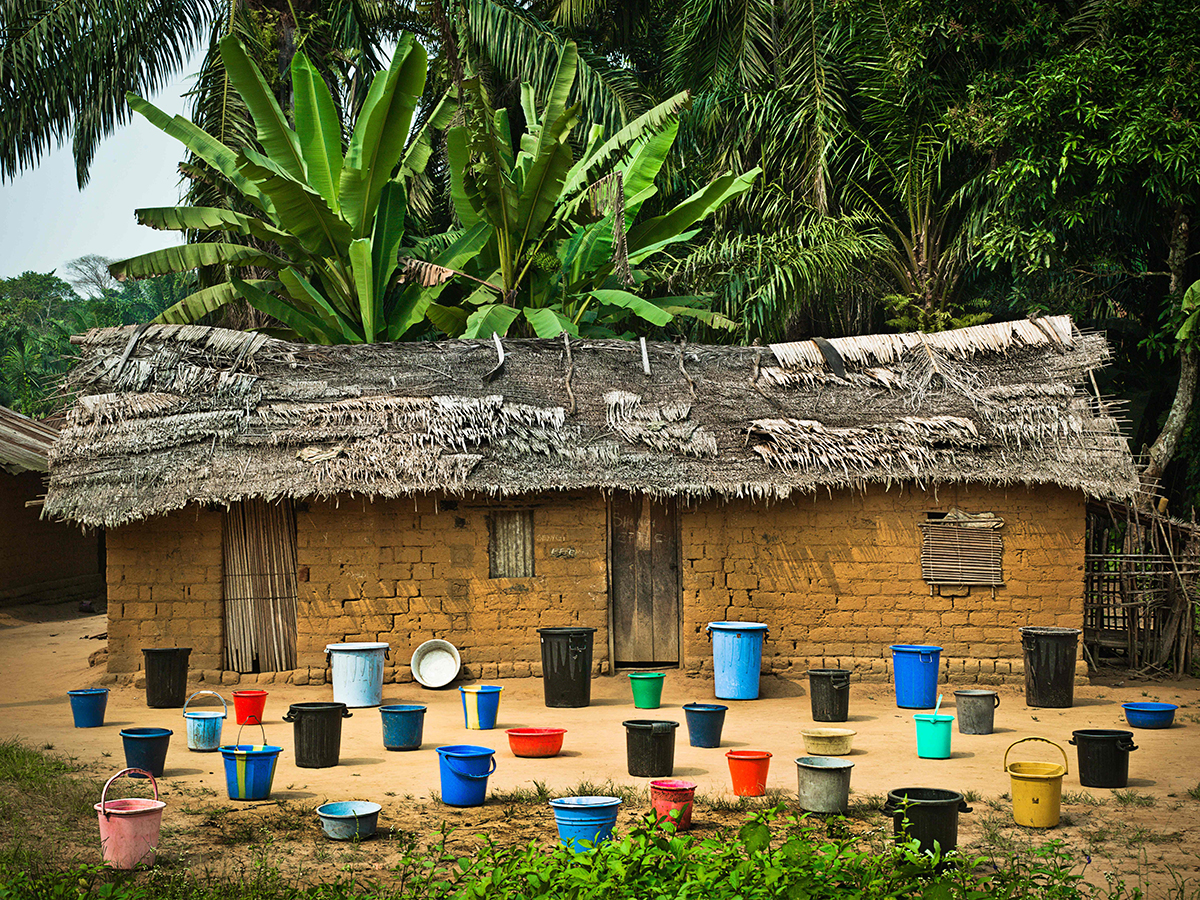
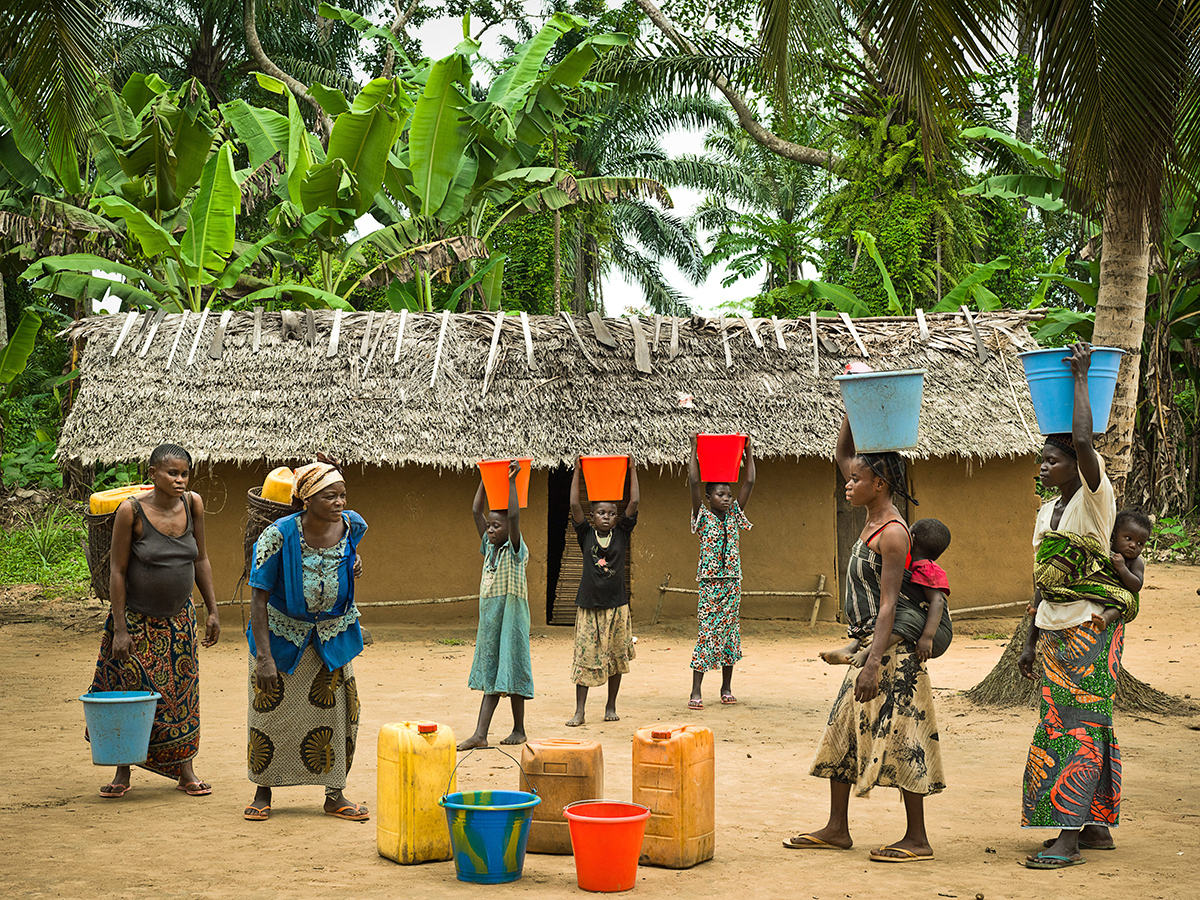
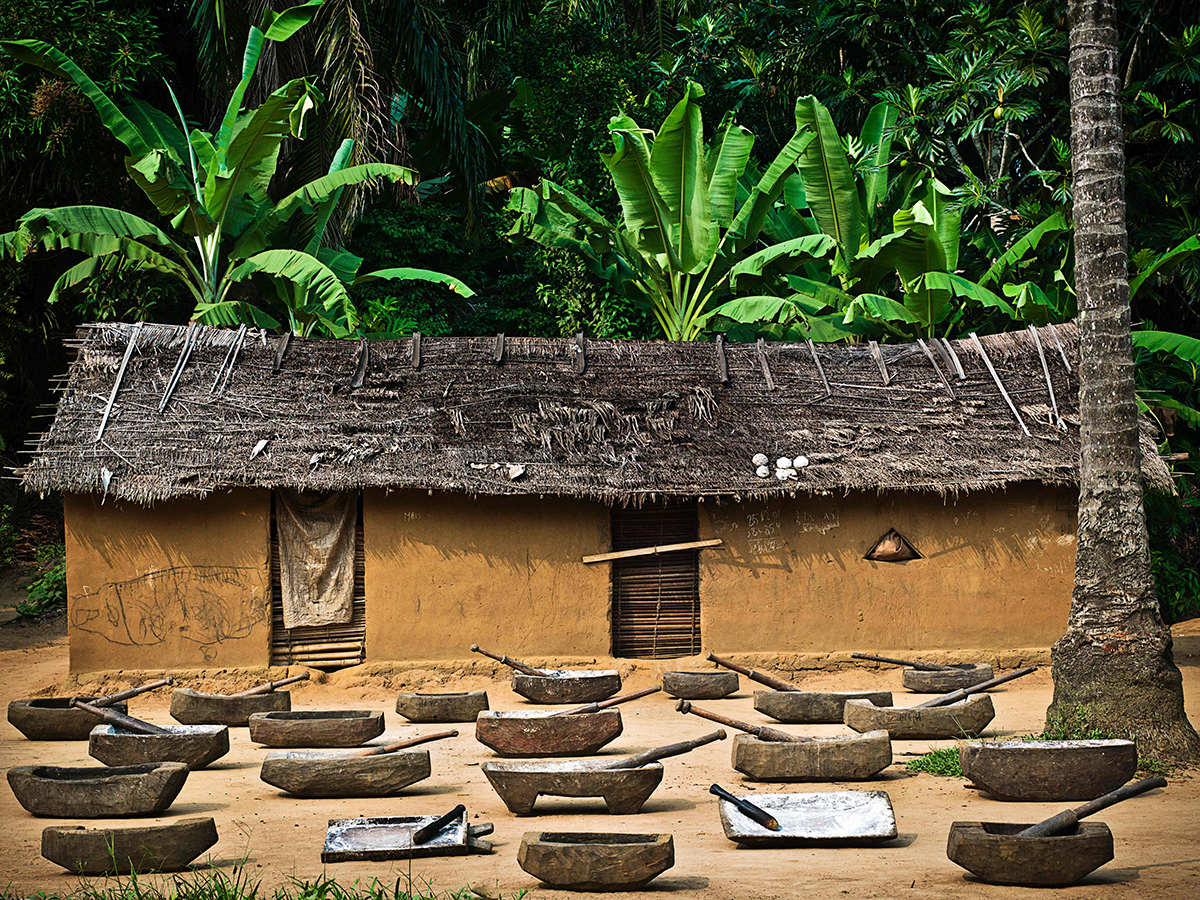
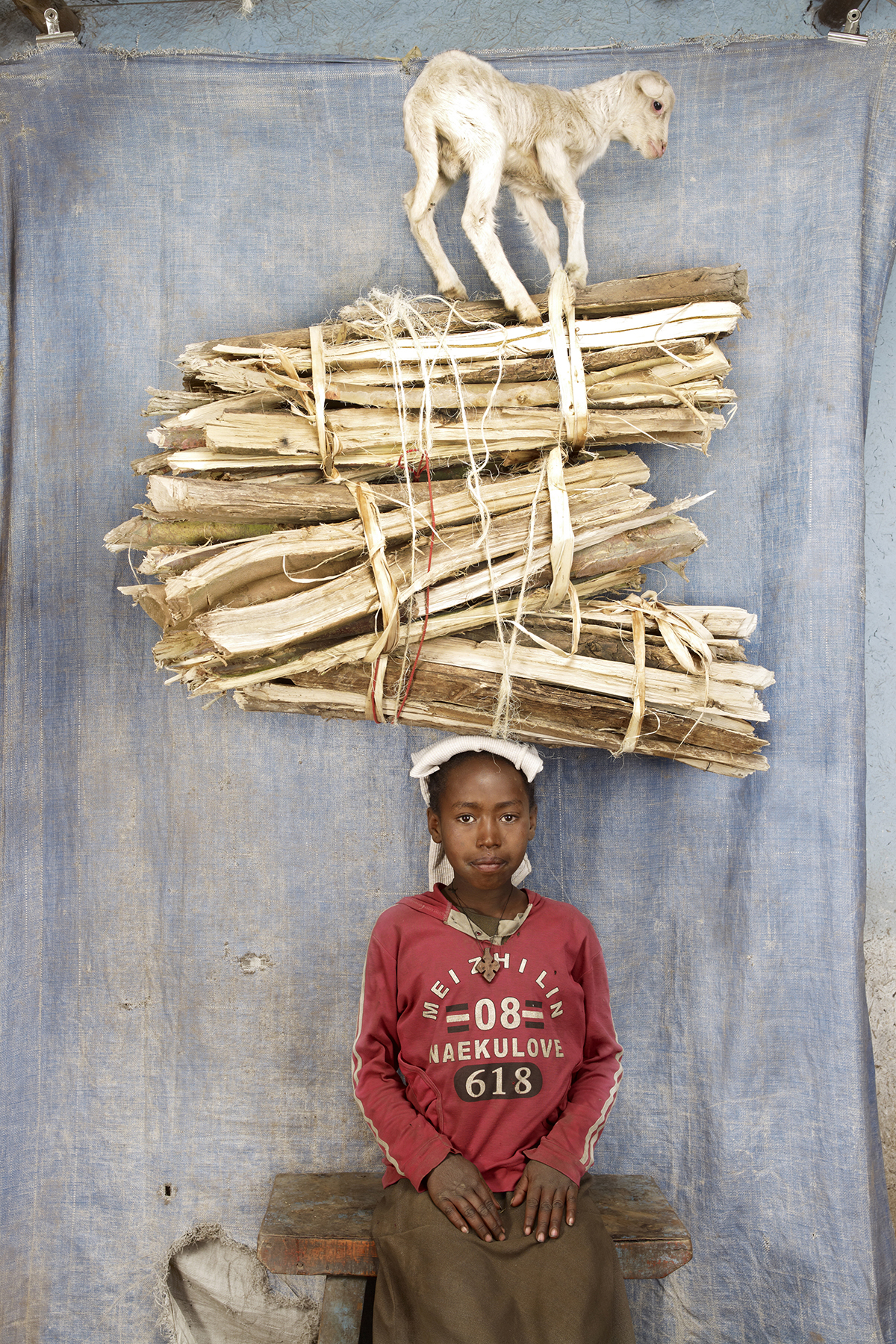
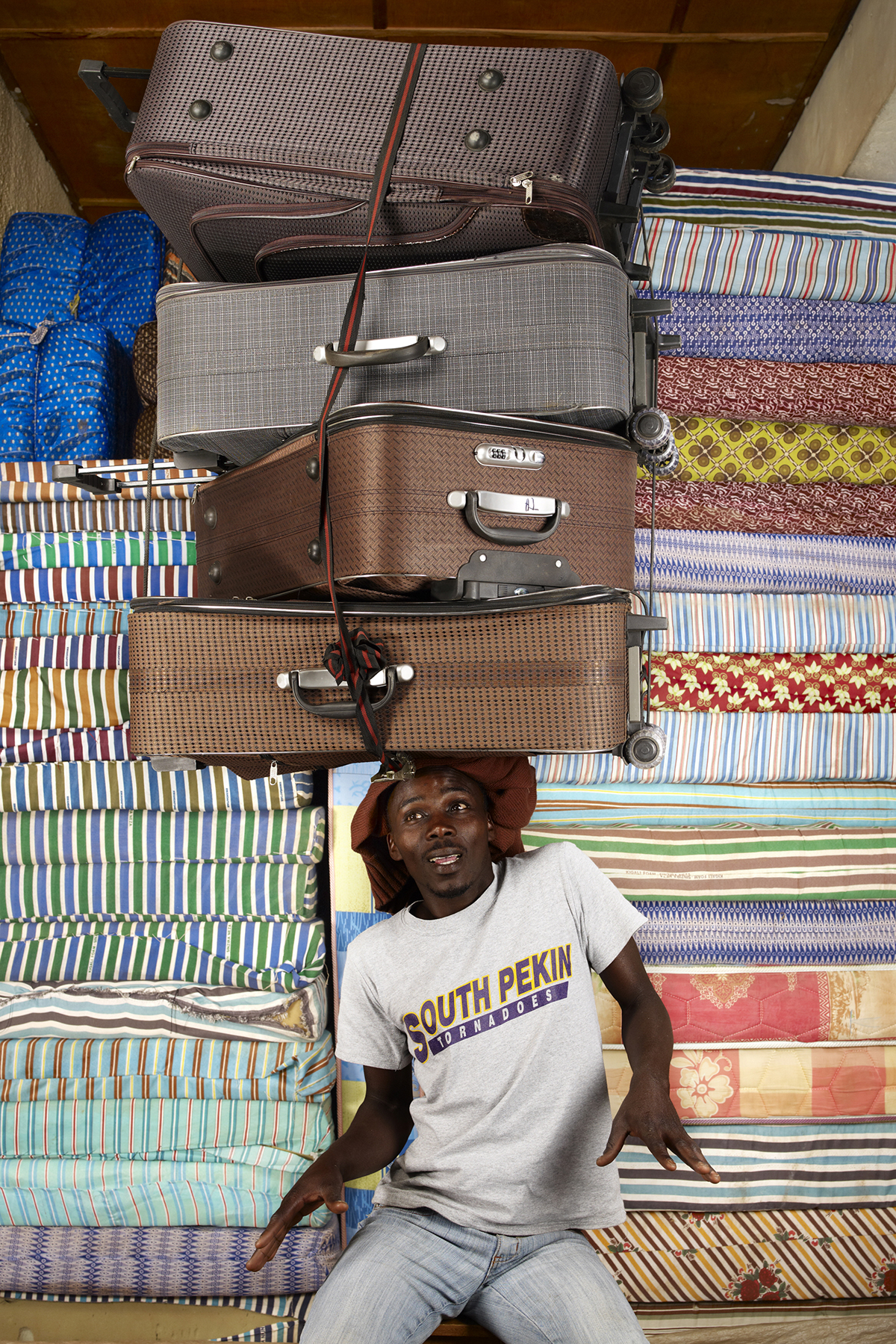


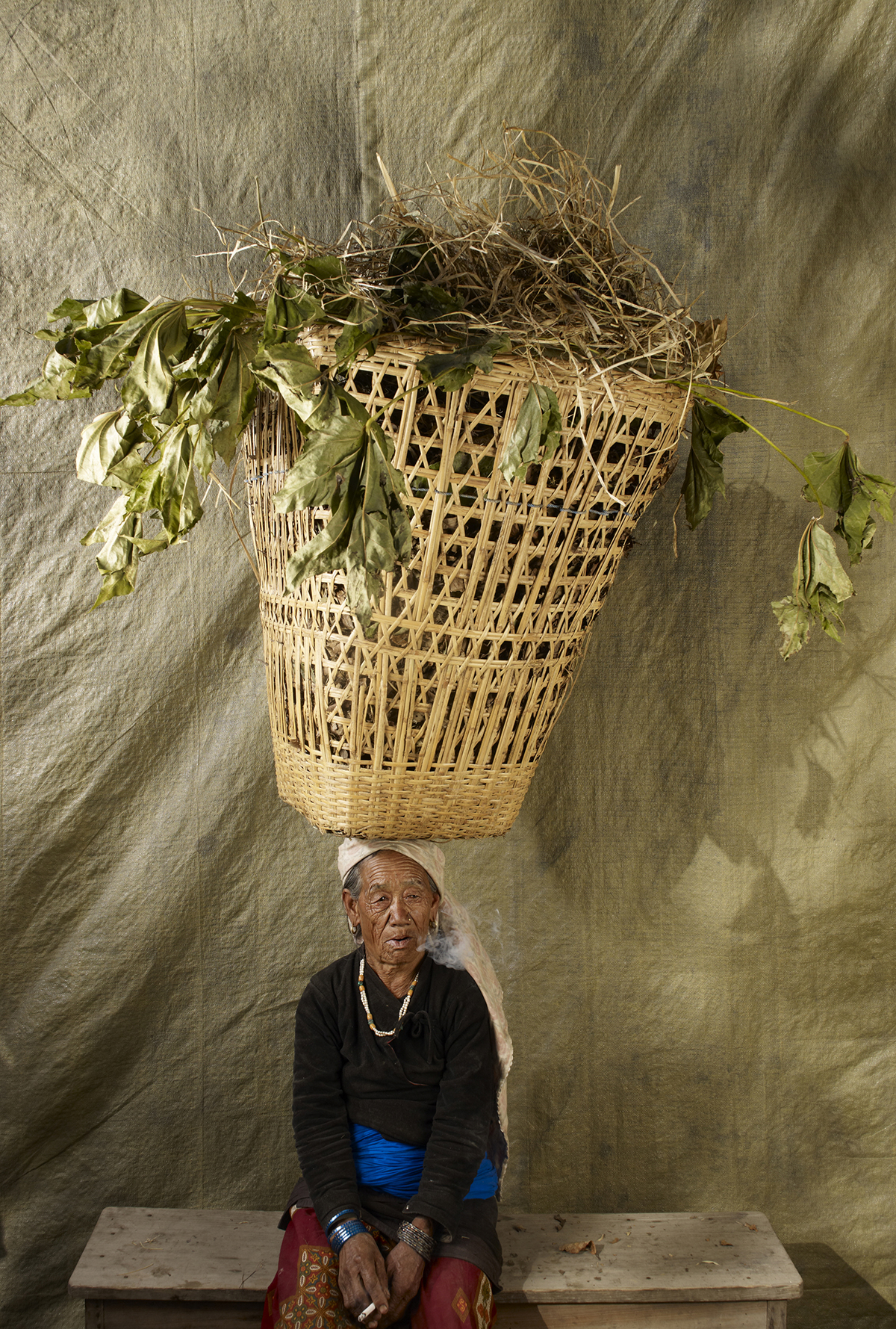



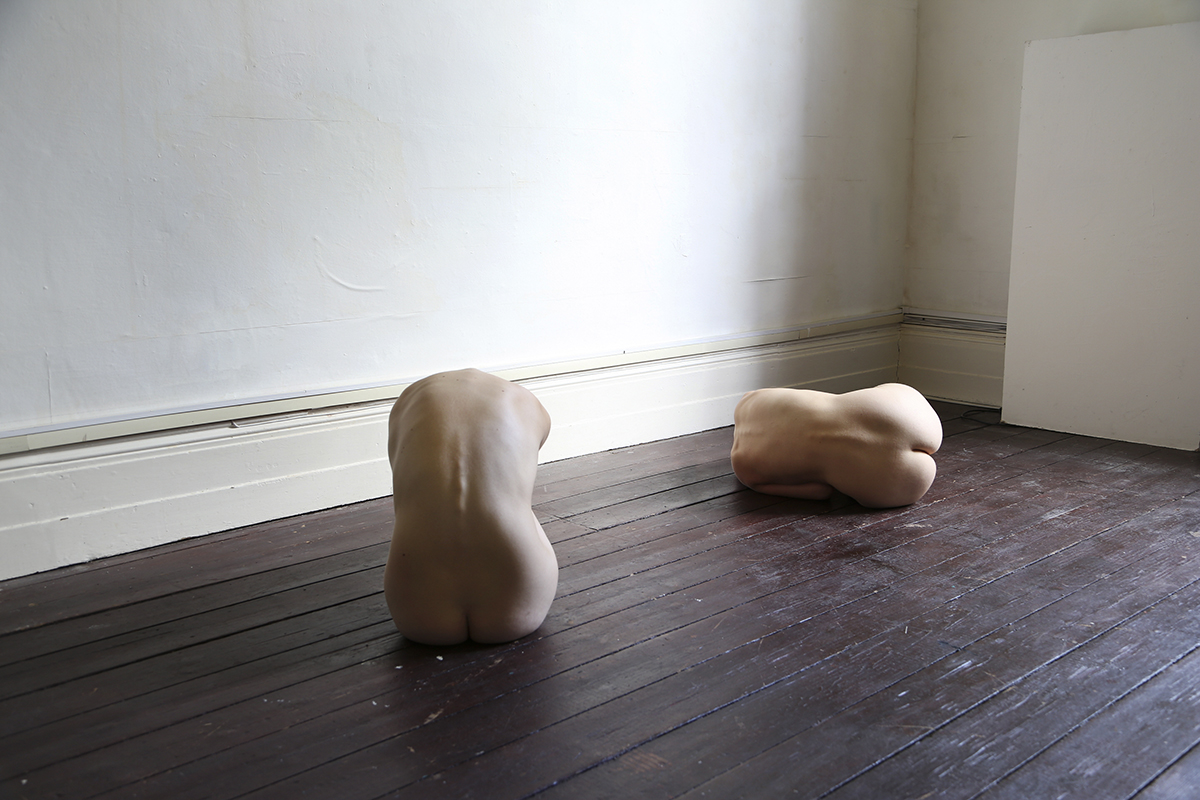
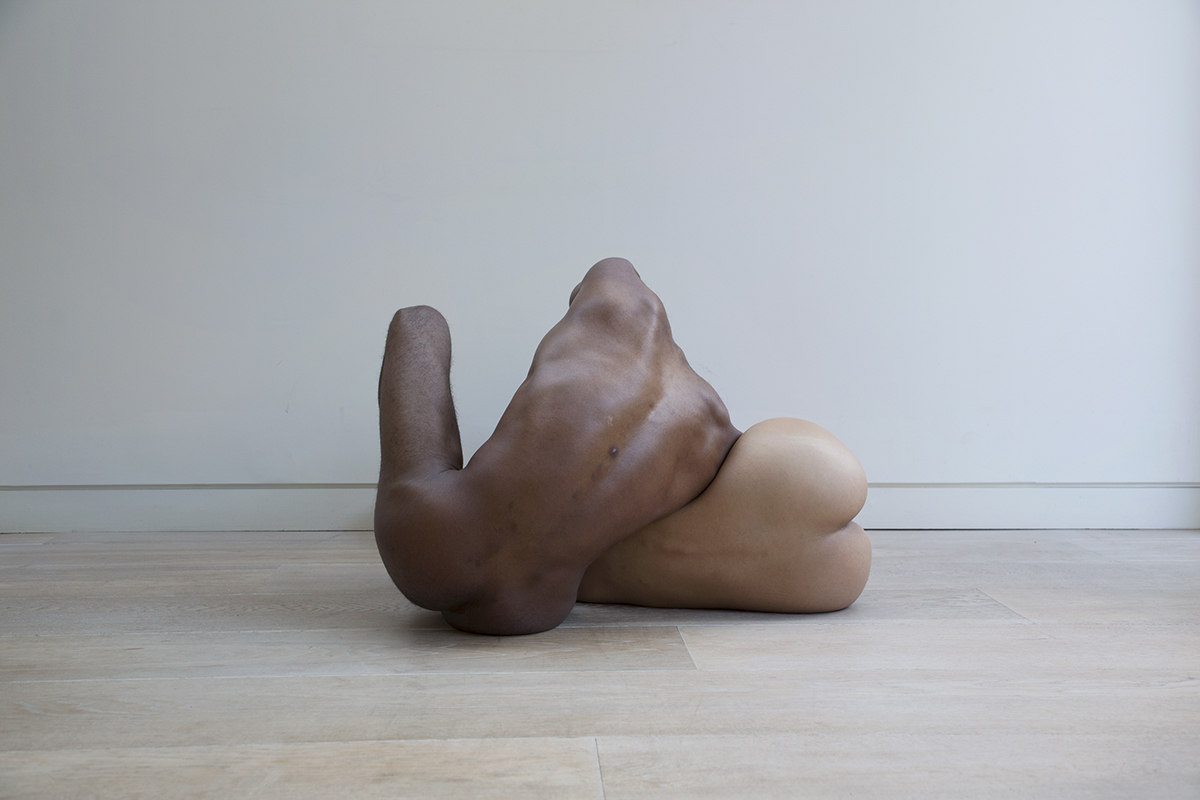
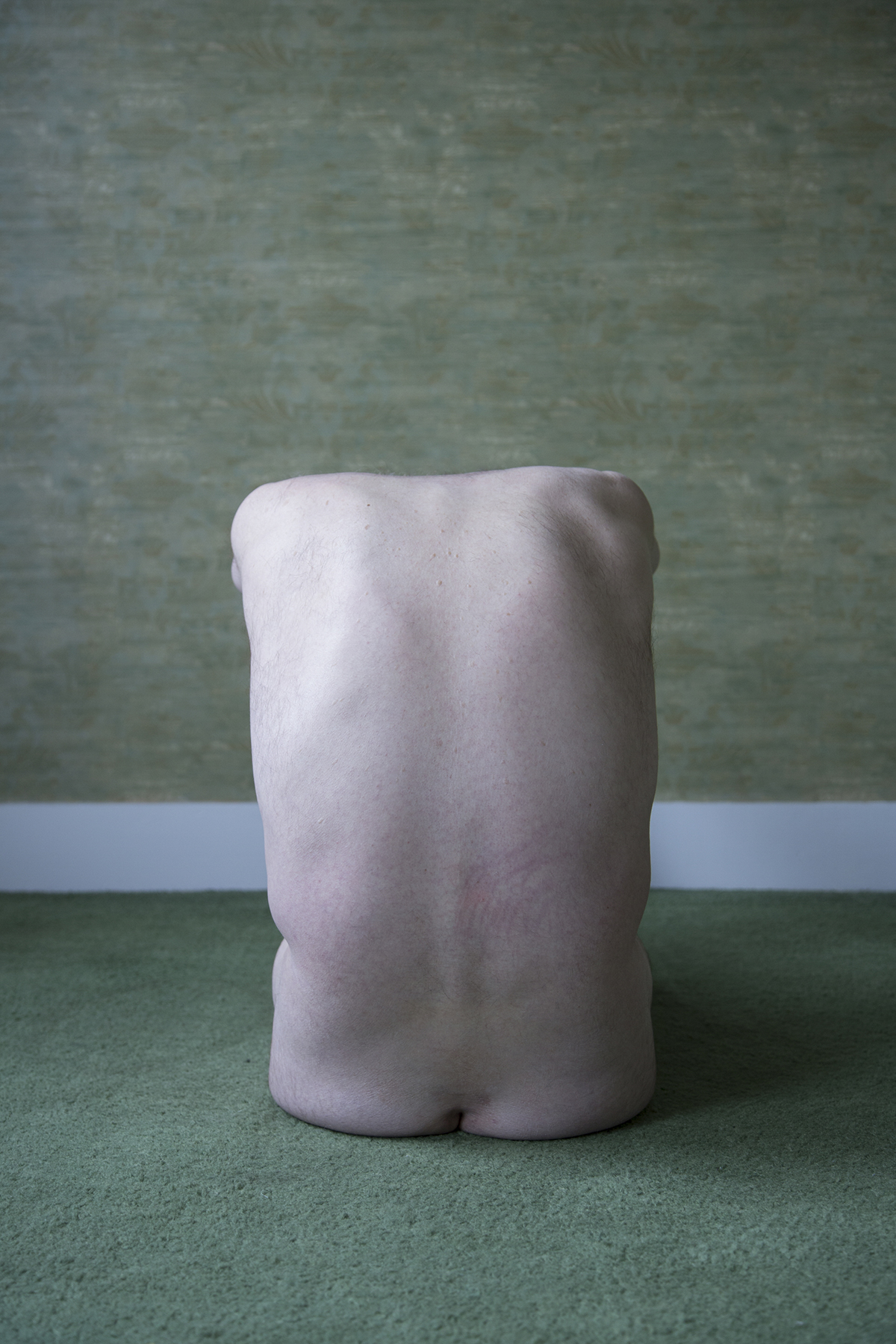
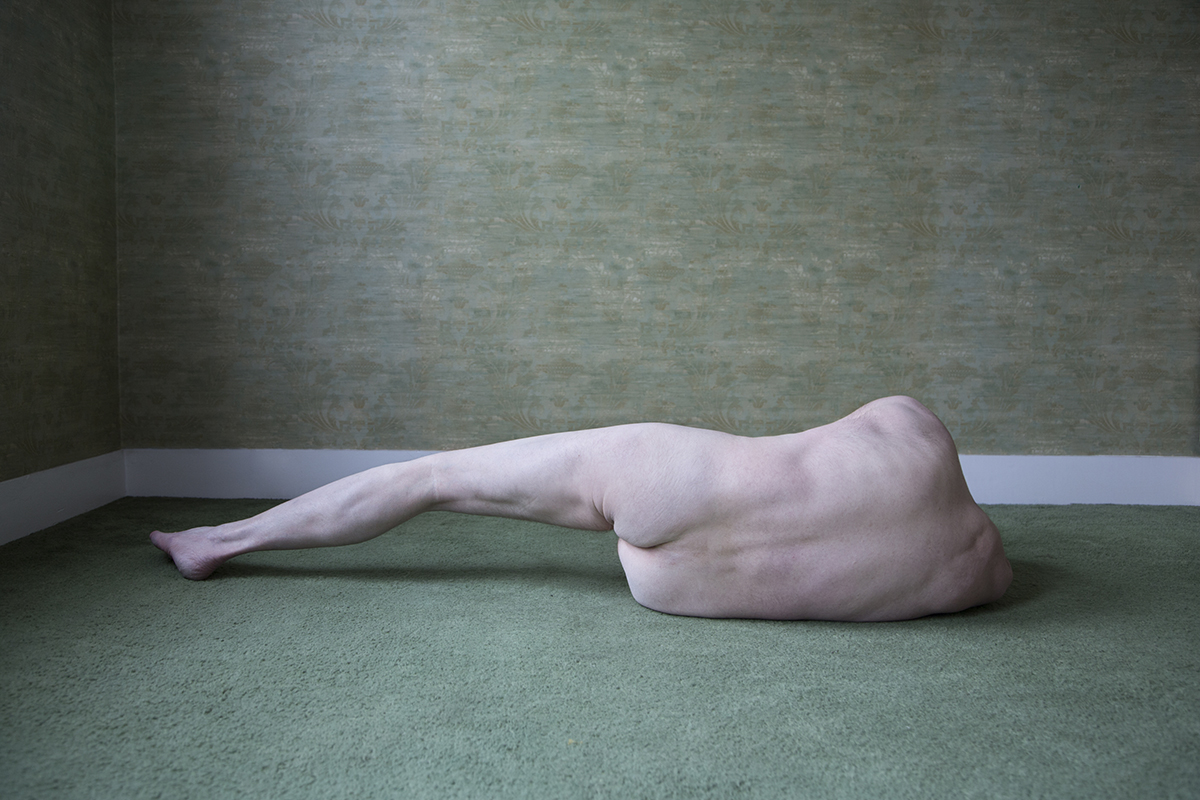
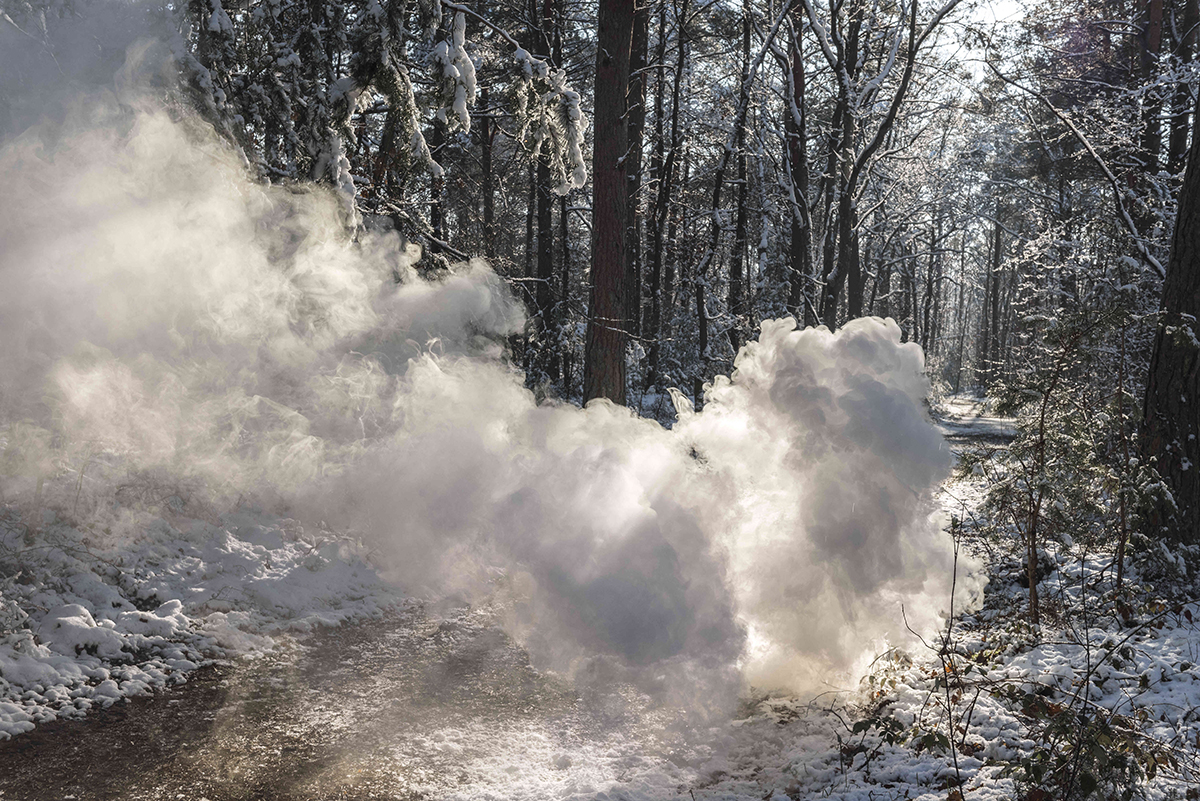
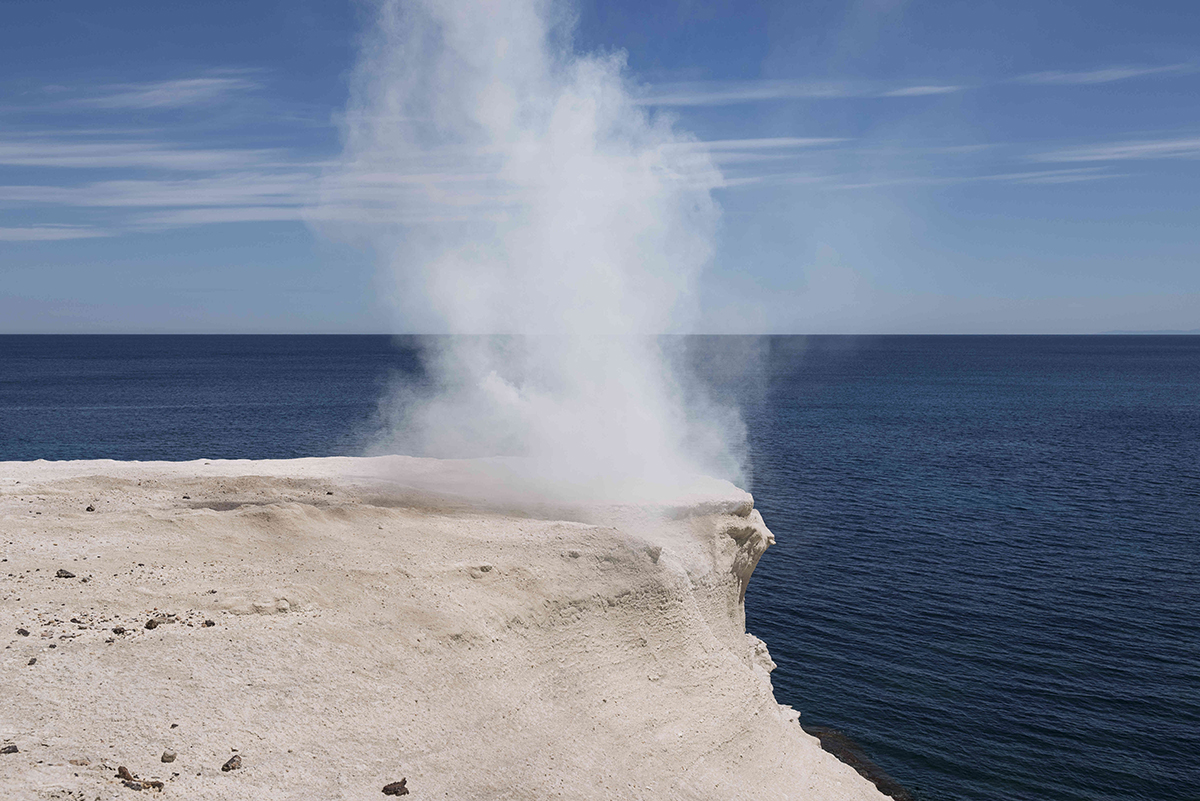

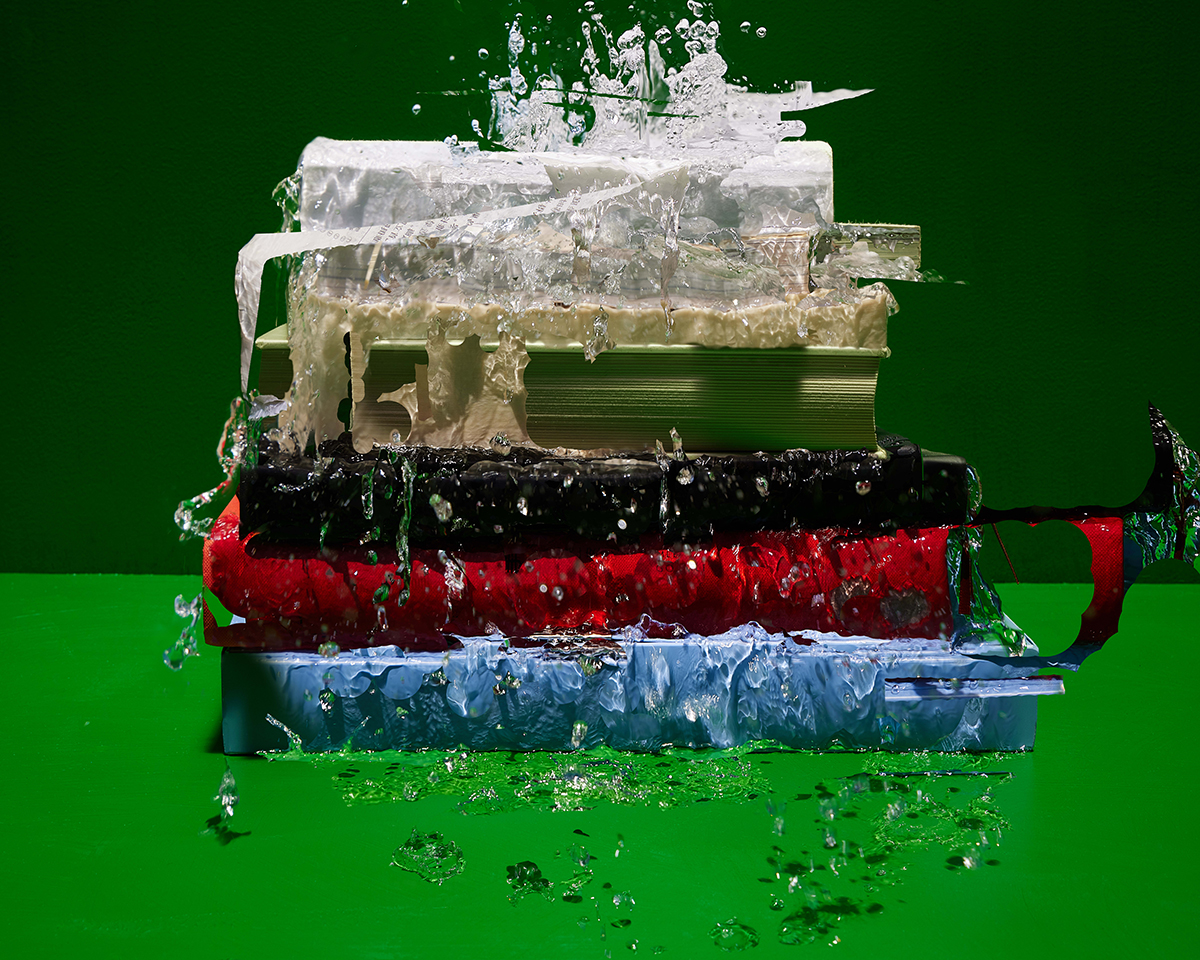
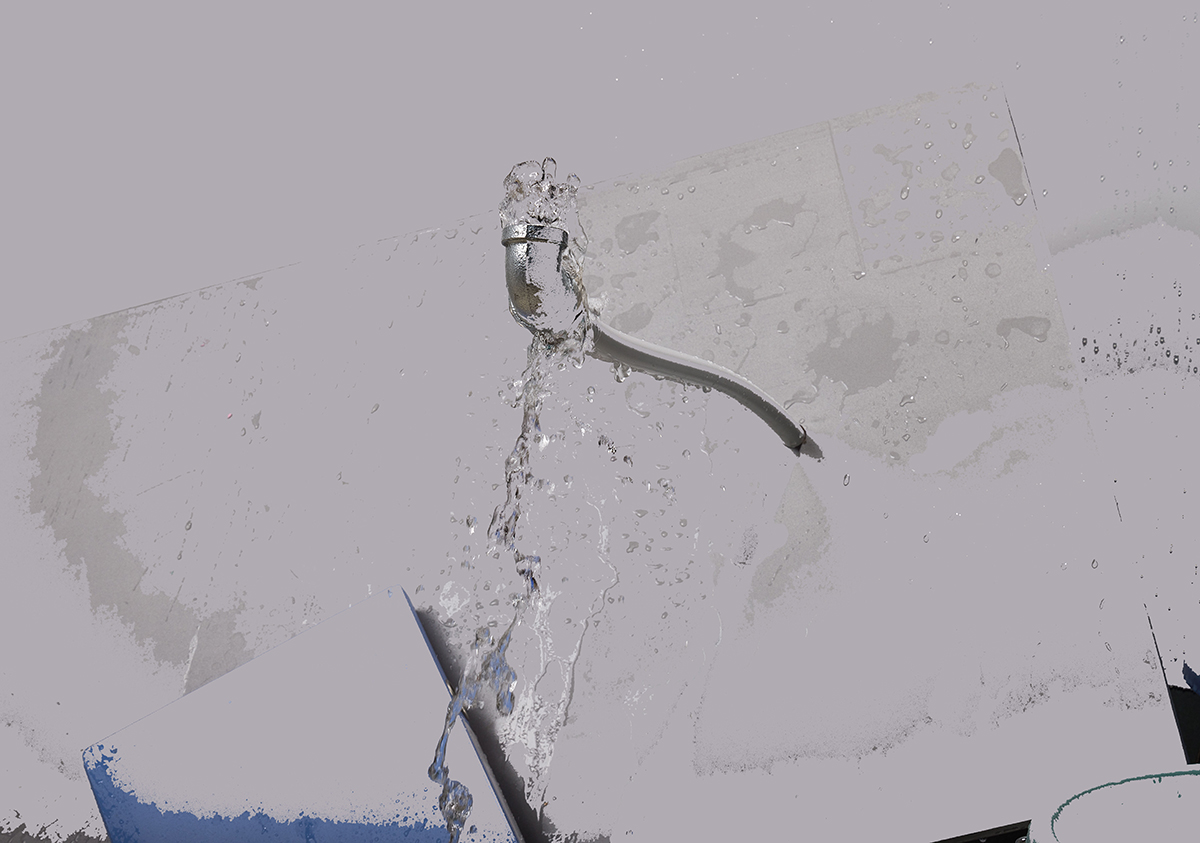


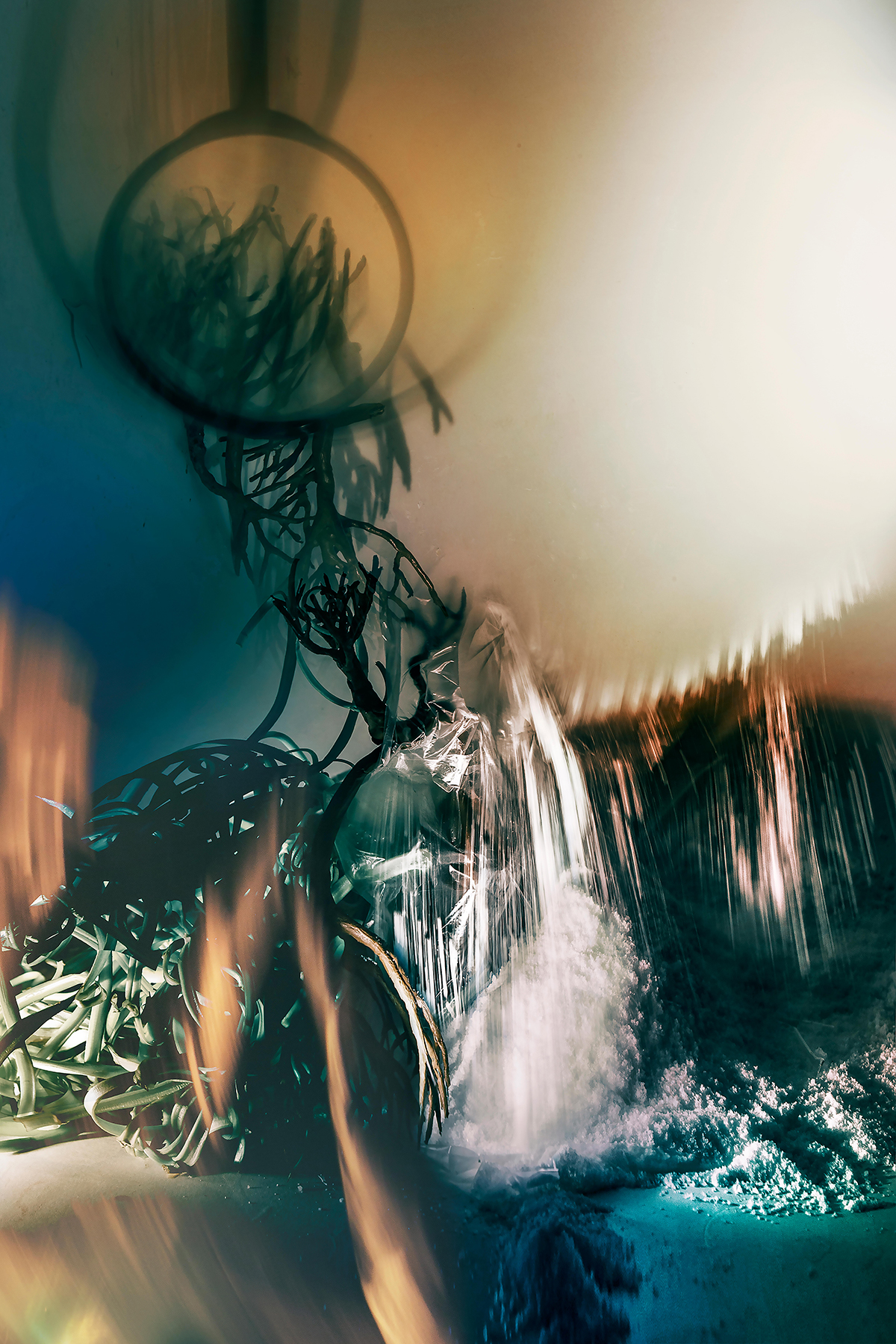
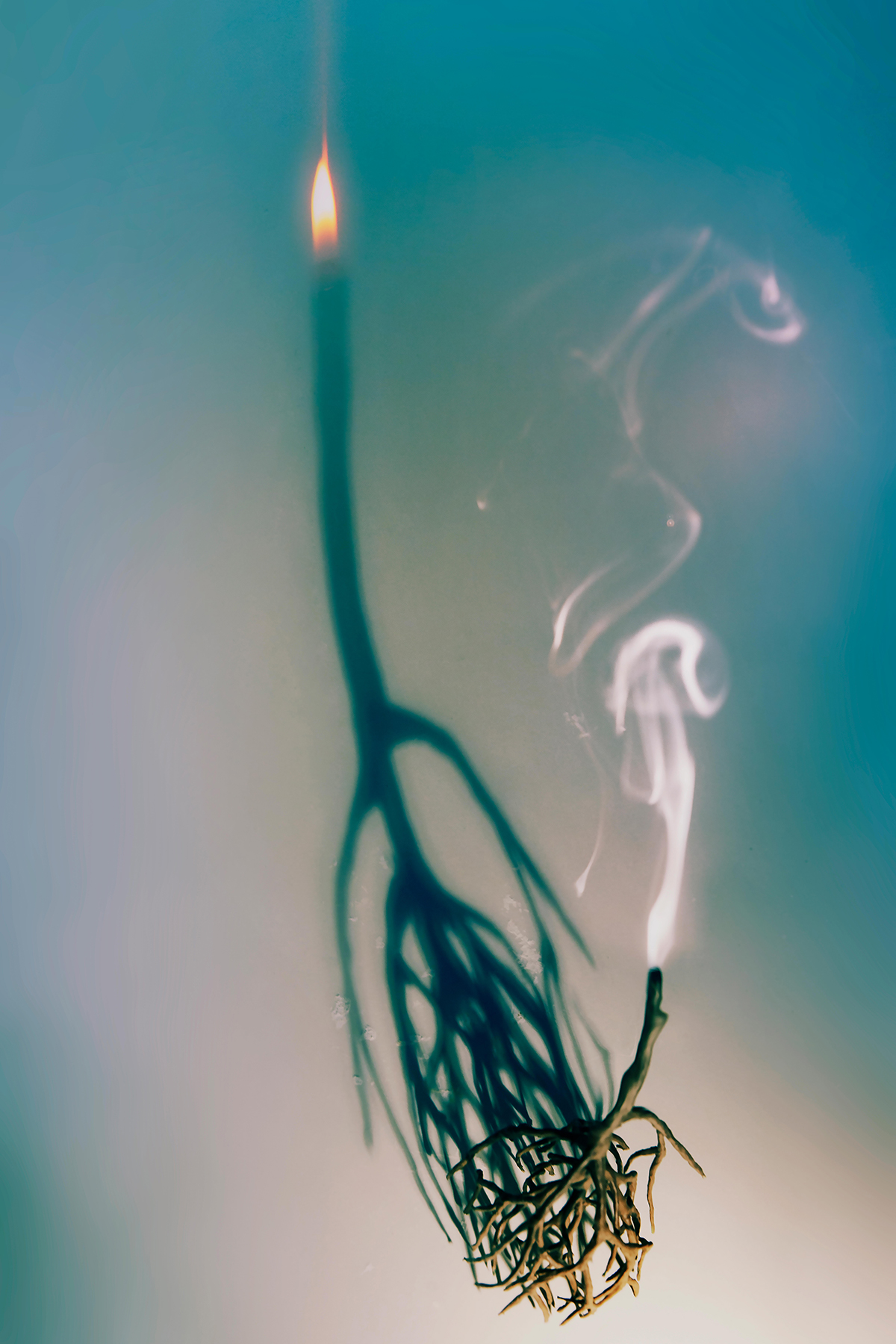
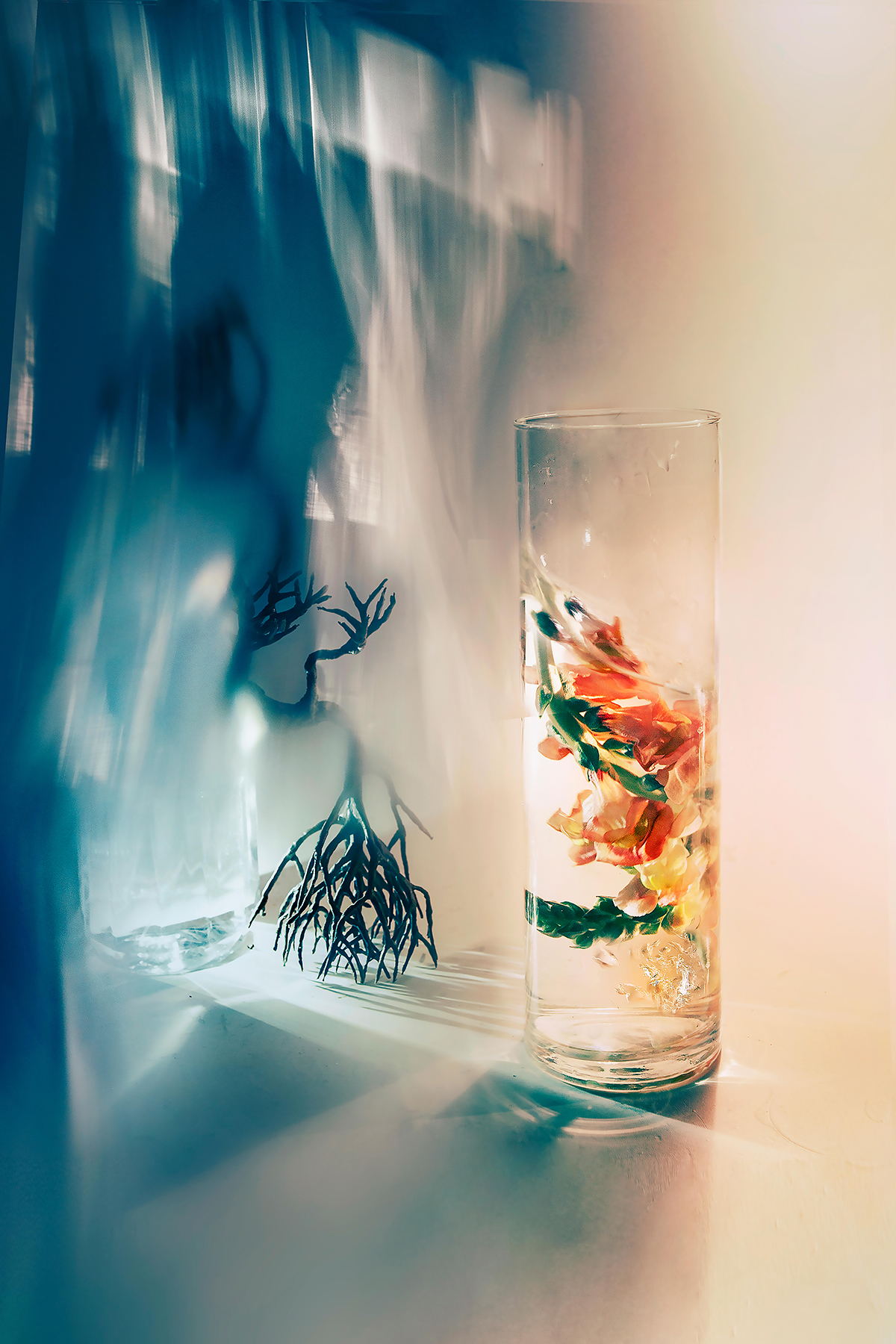
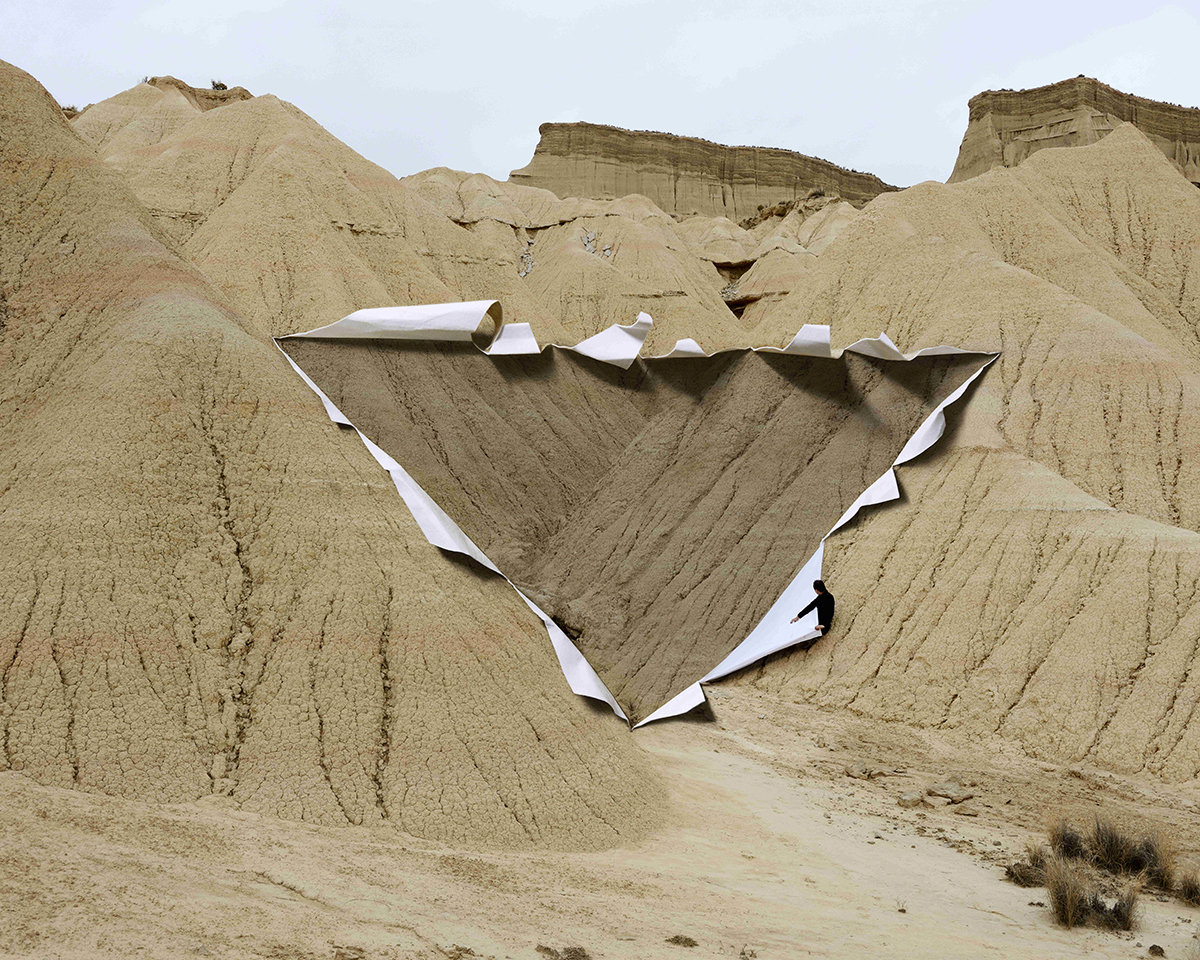
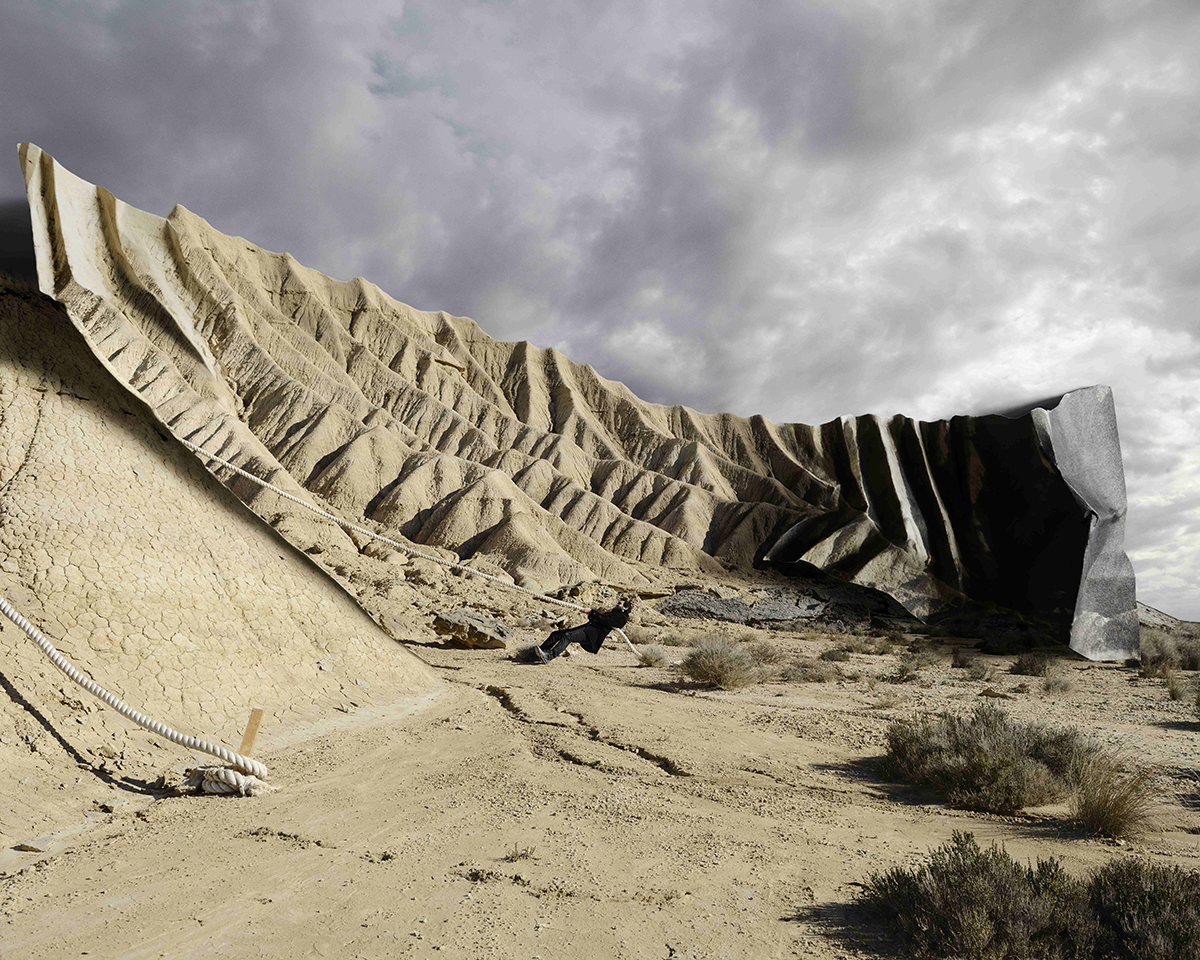
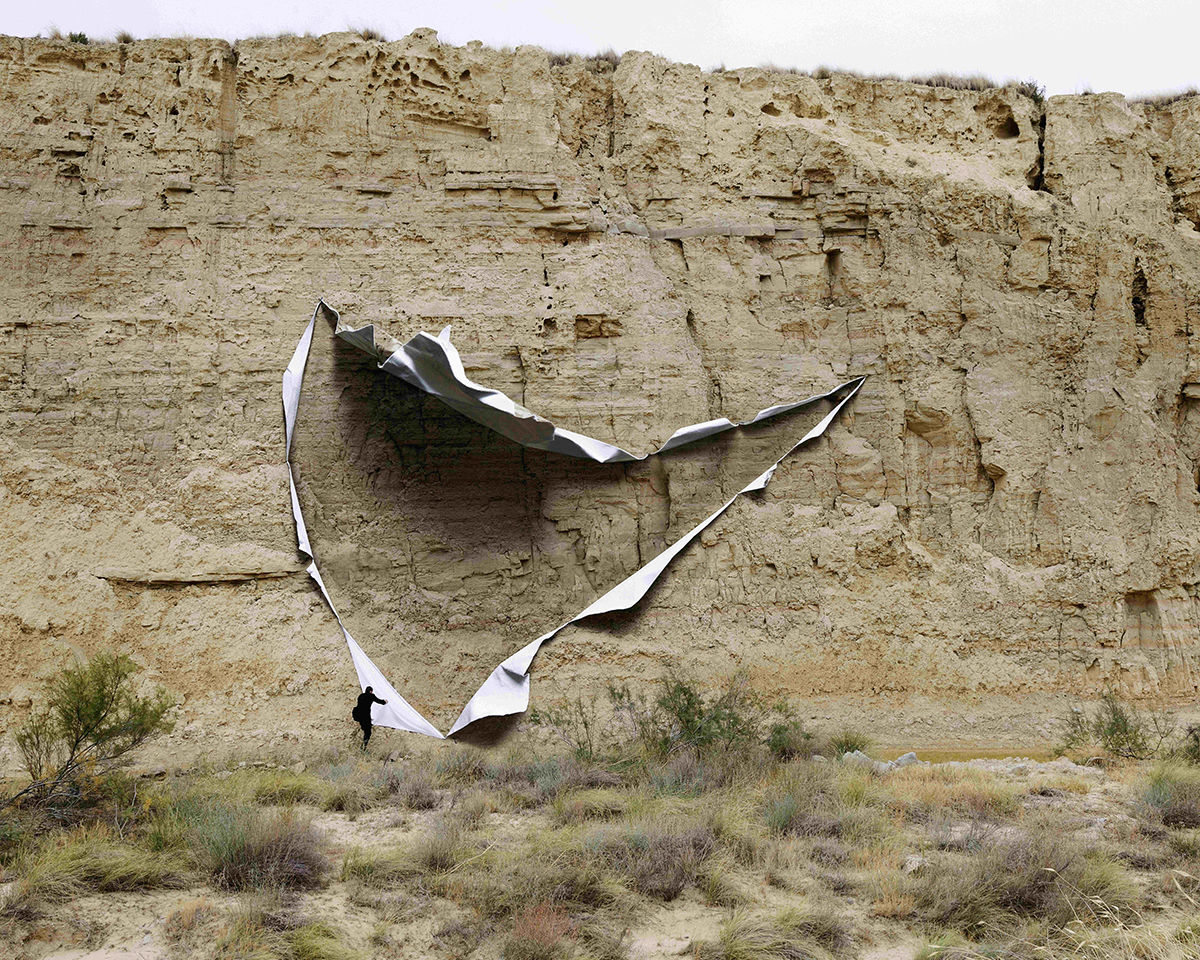

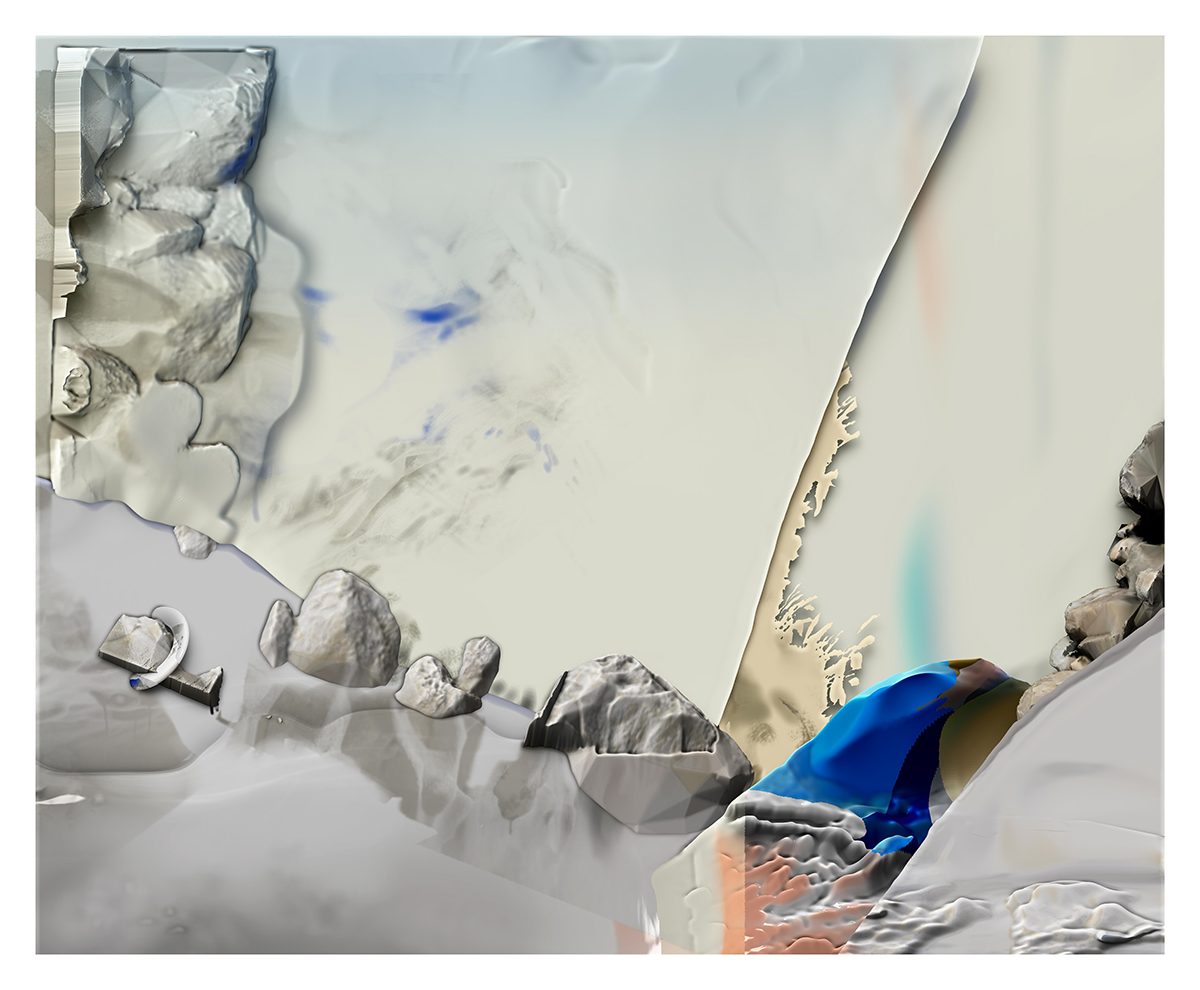


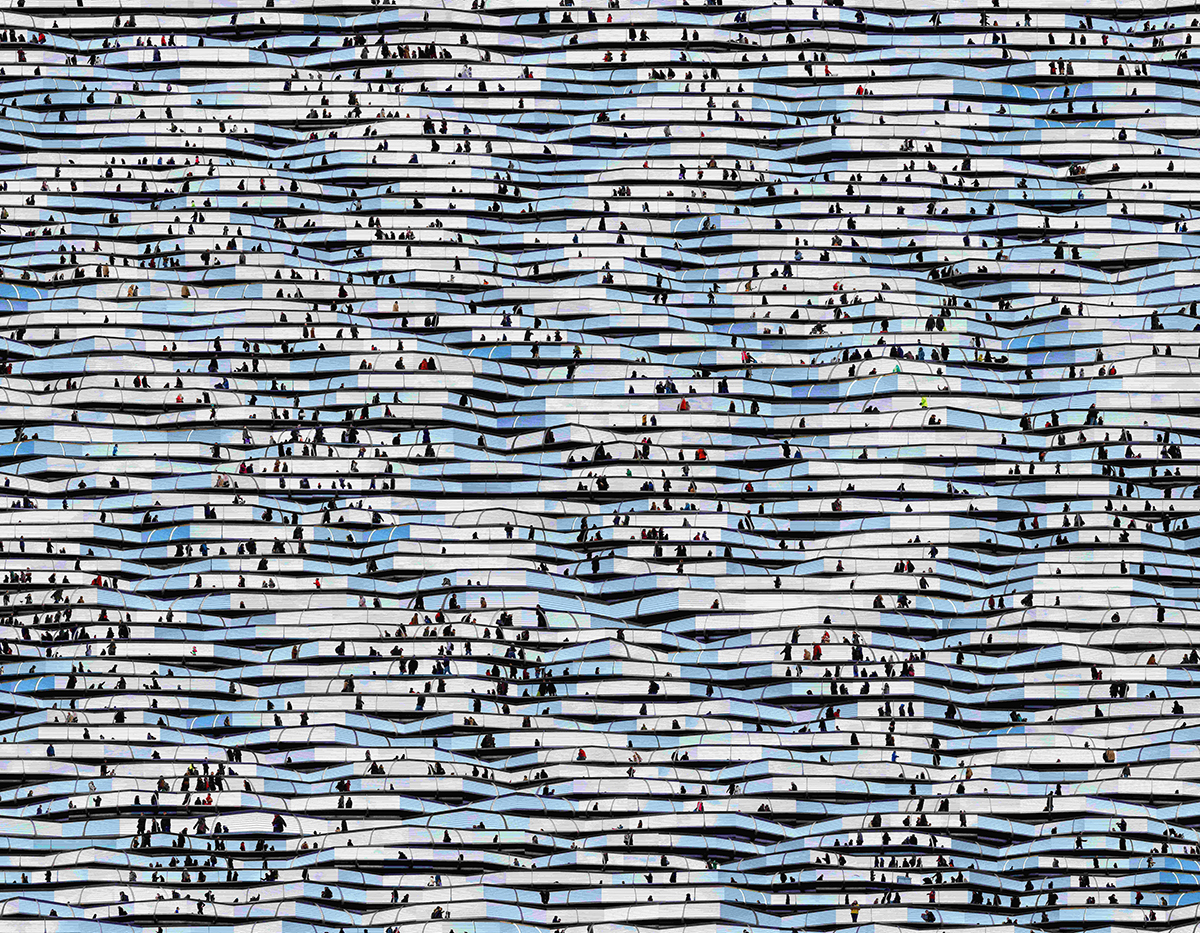
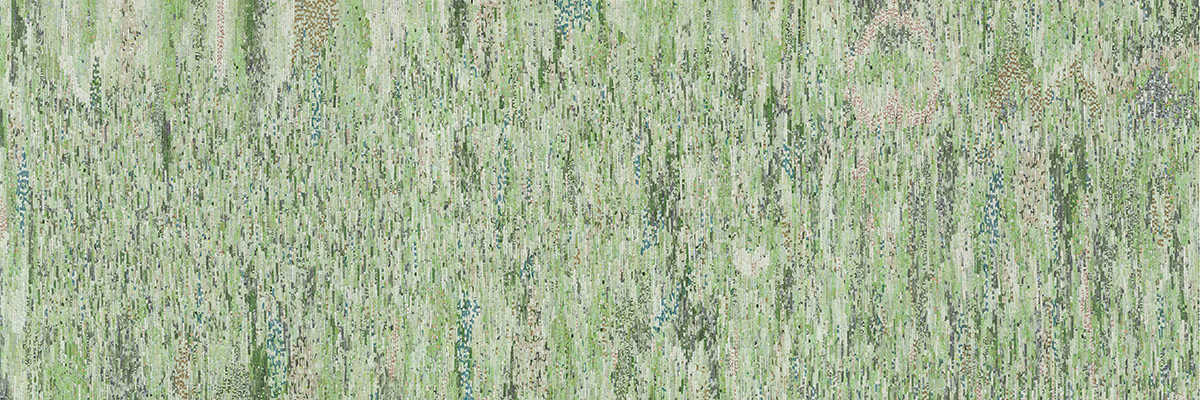
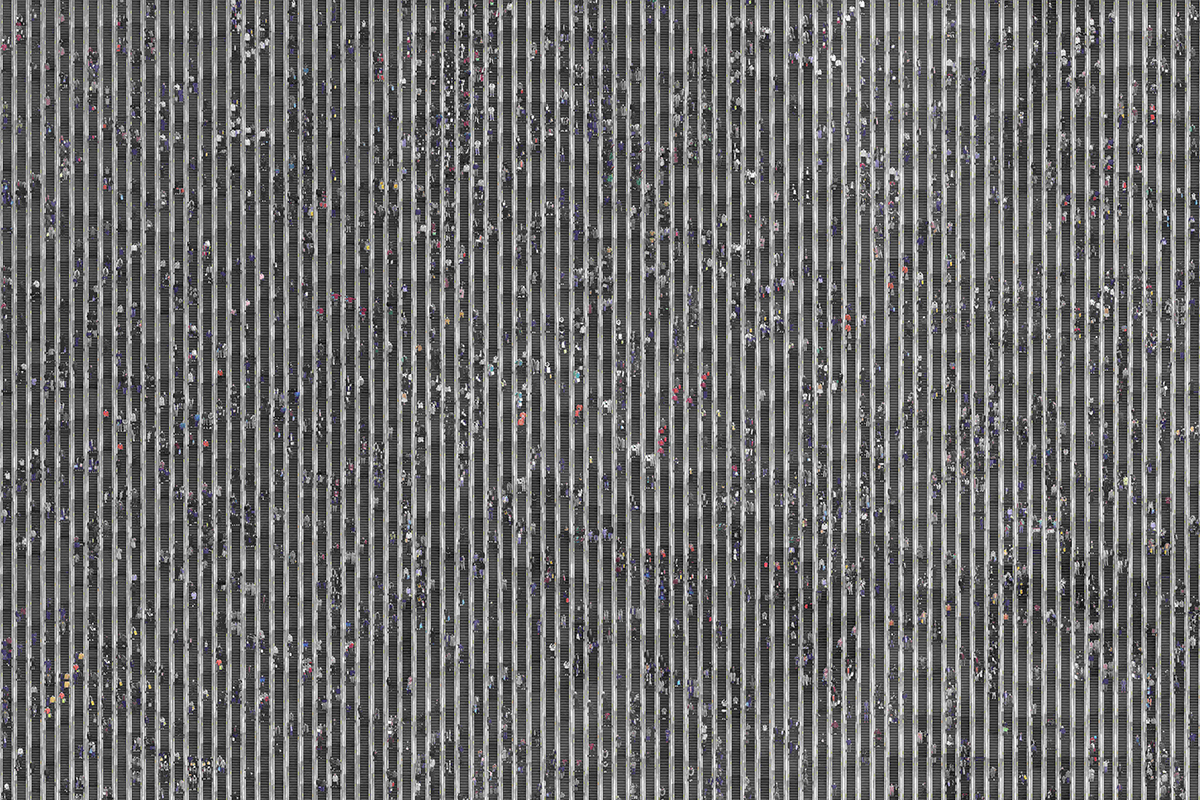
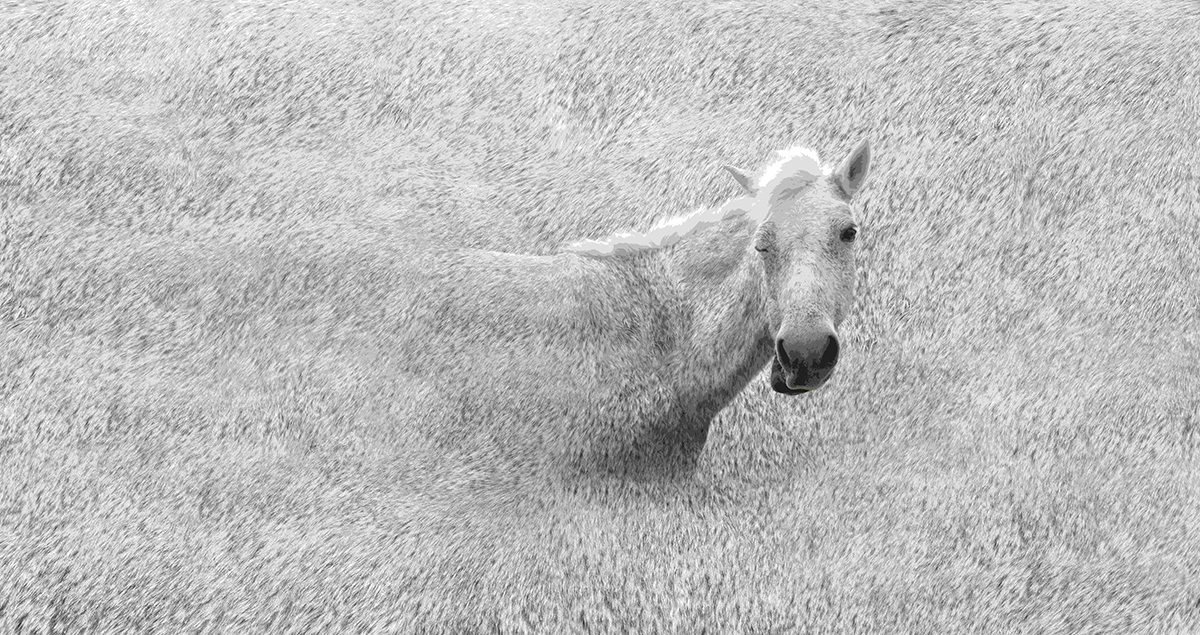
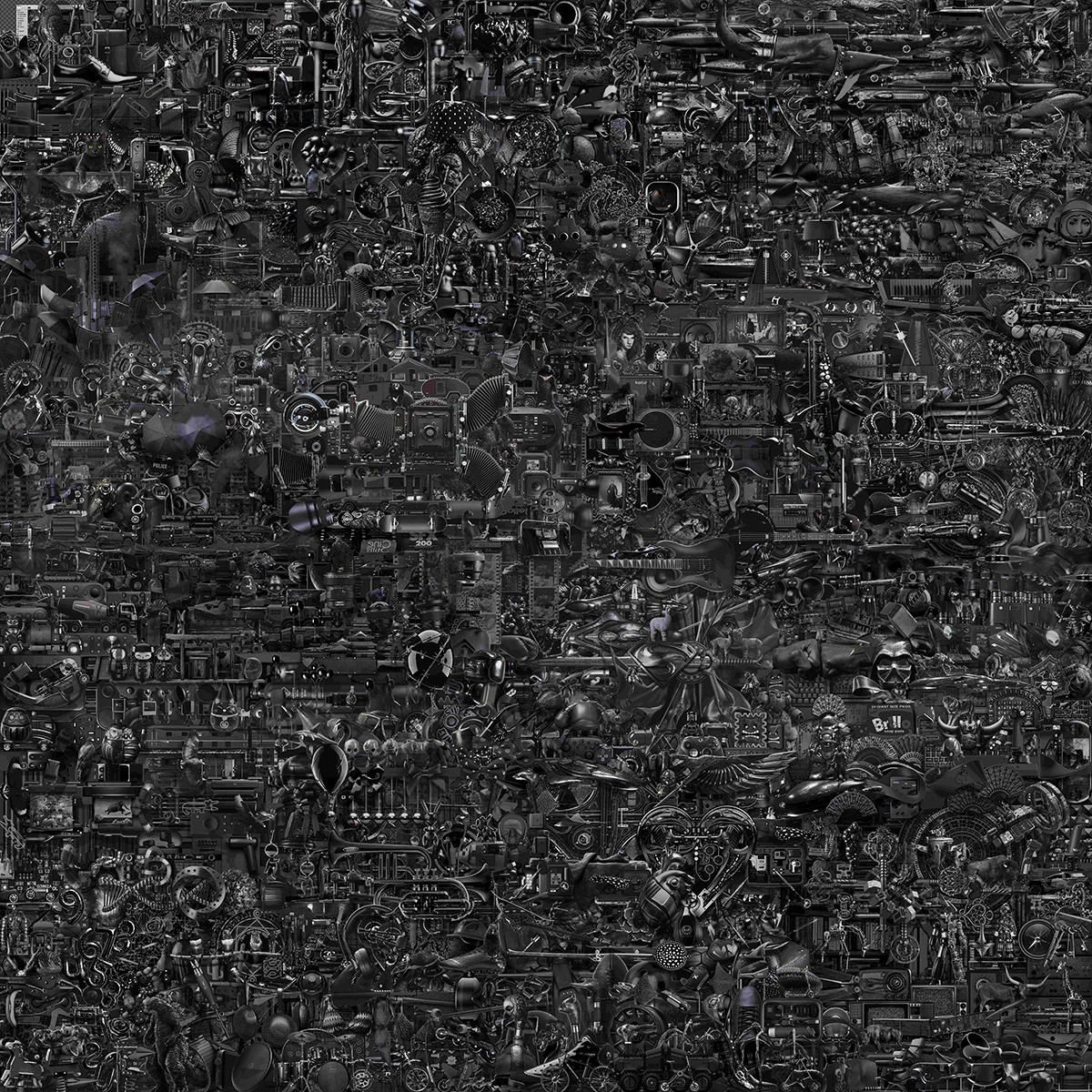

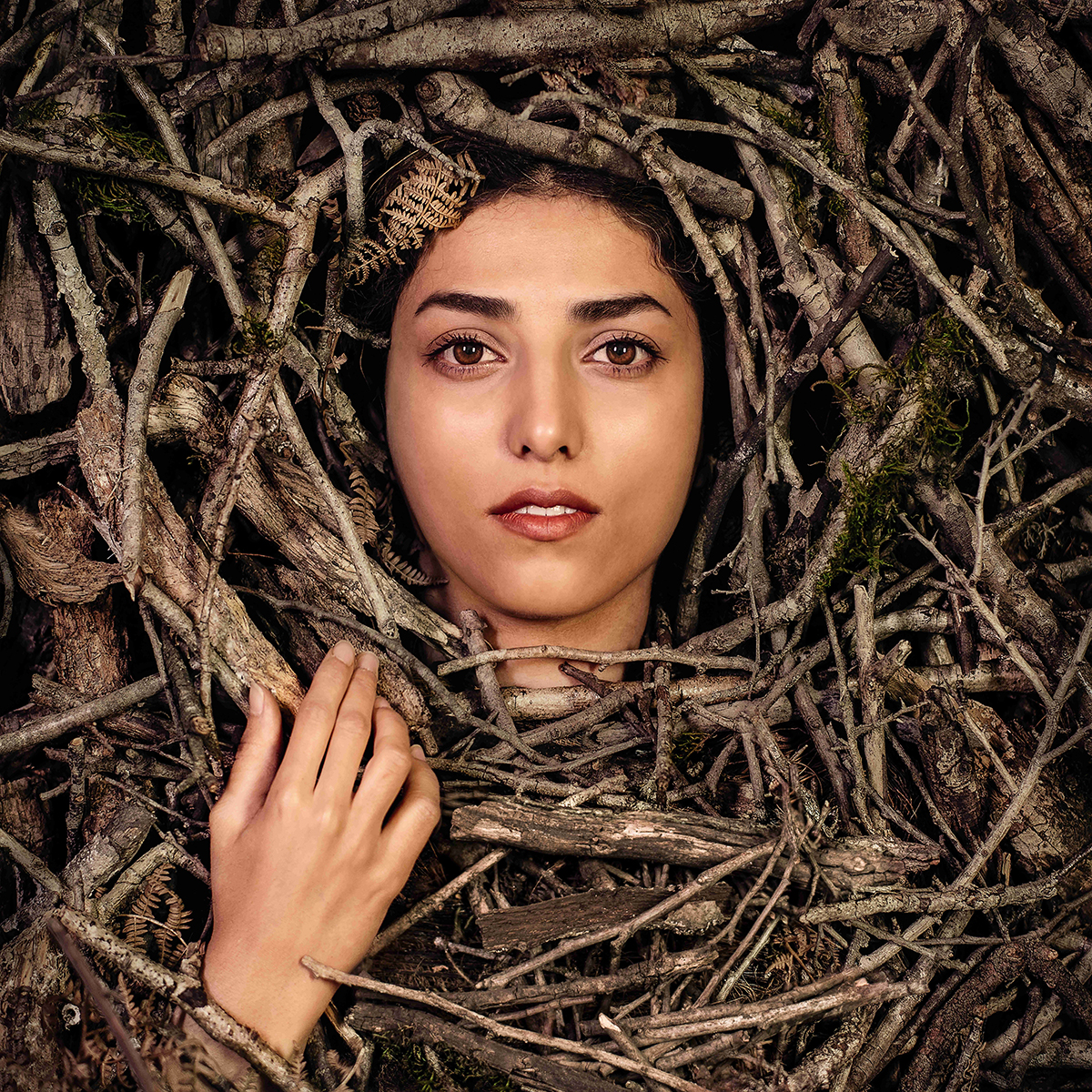
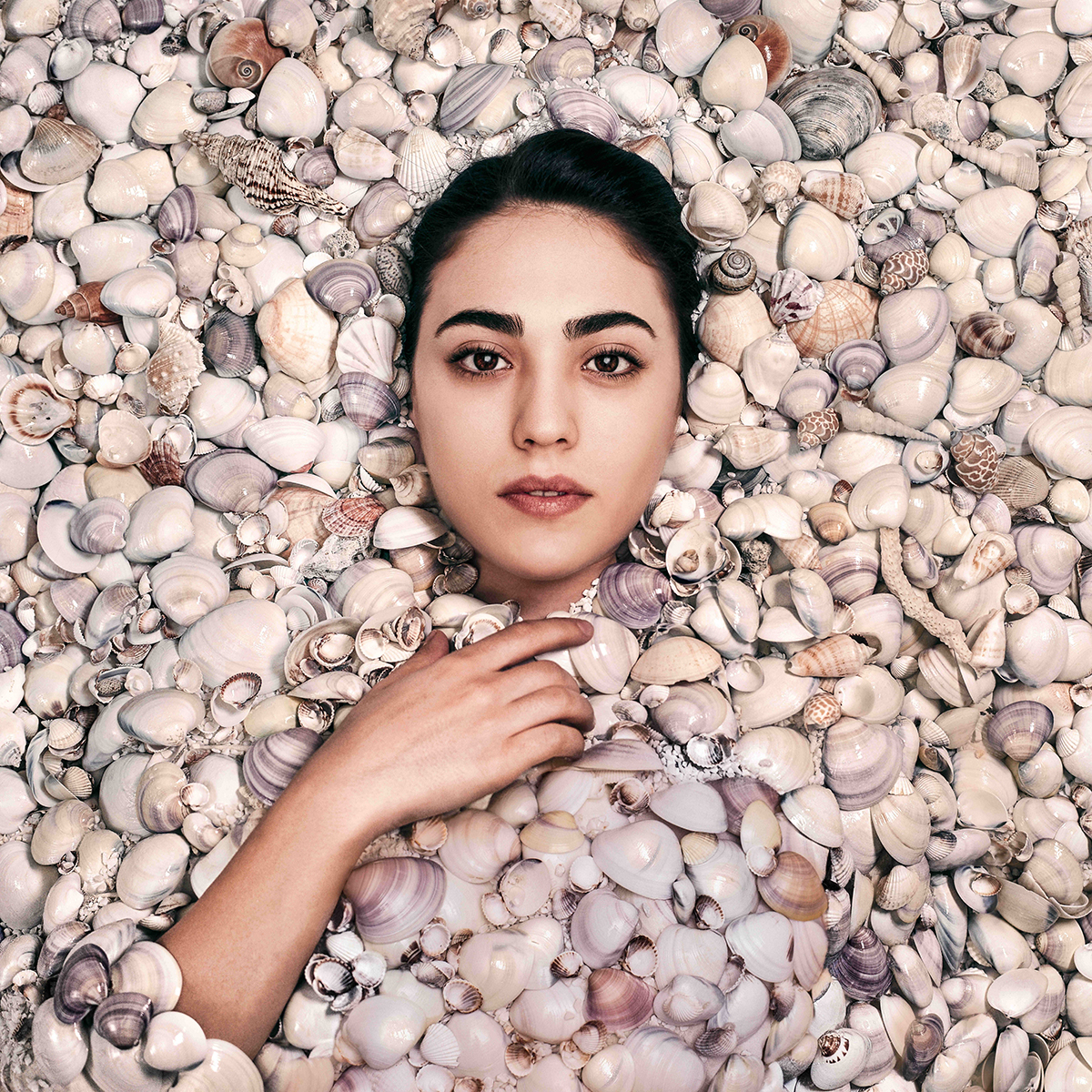
.jpg)
.jpg)
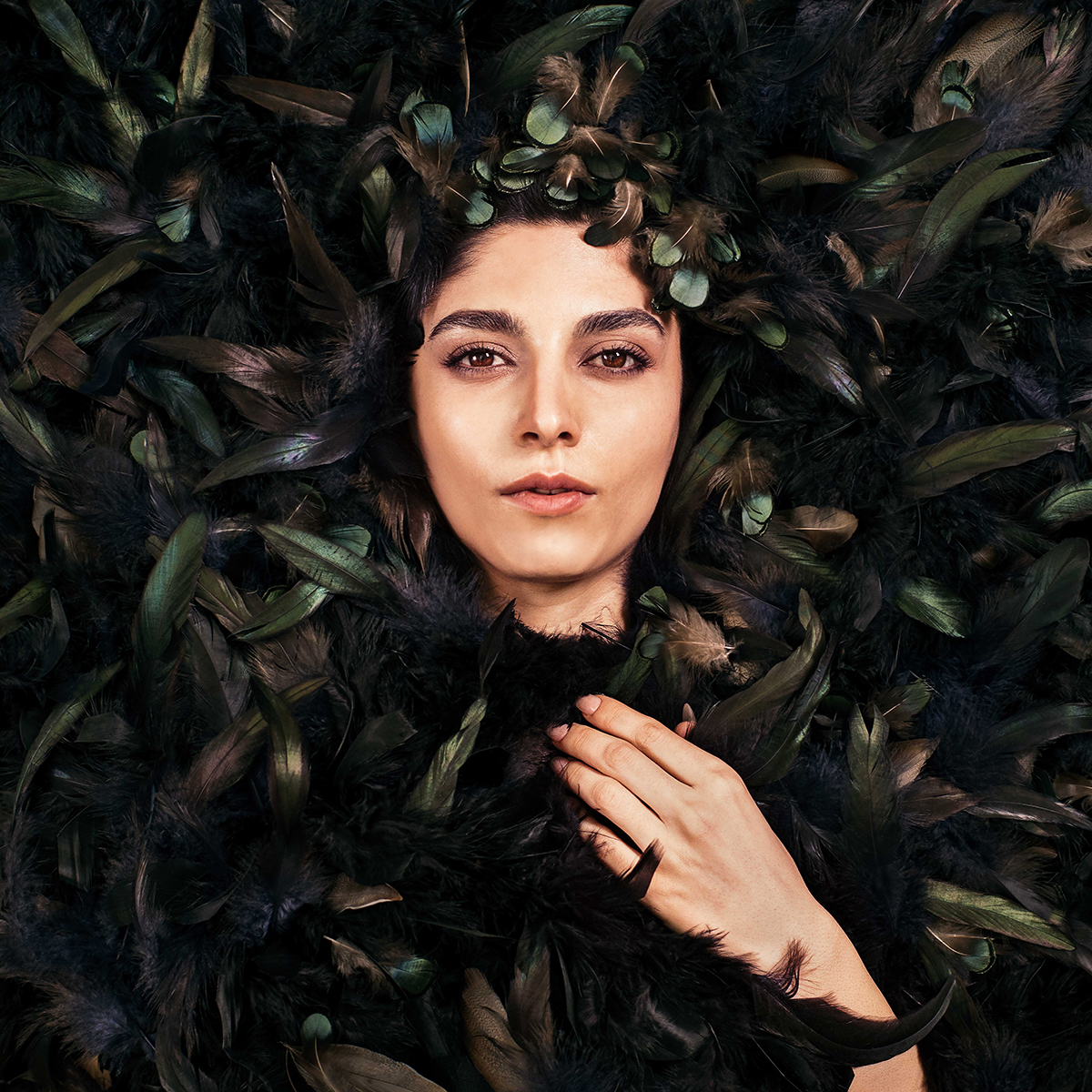
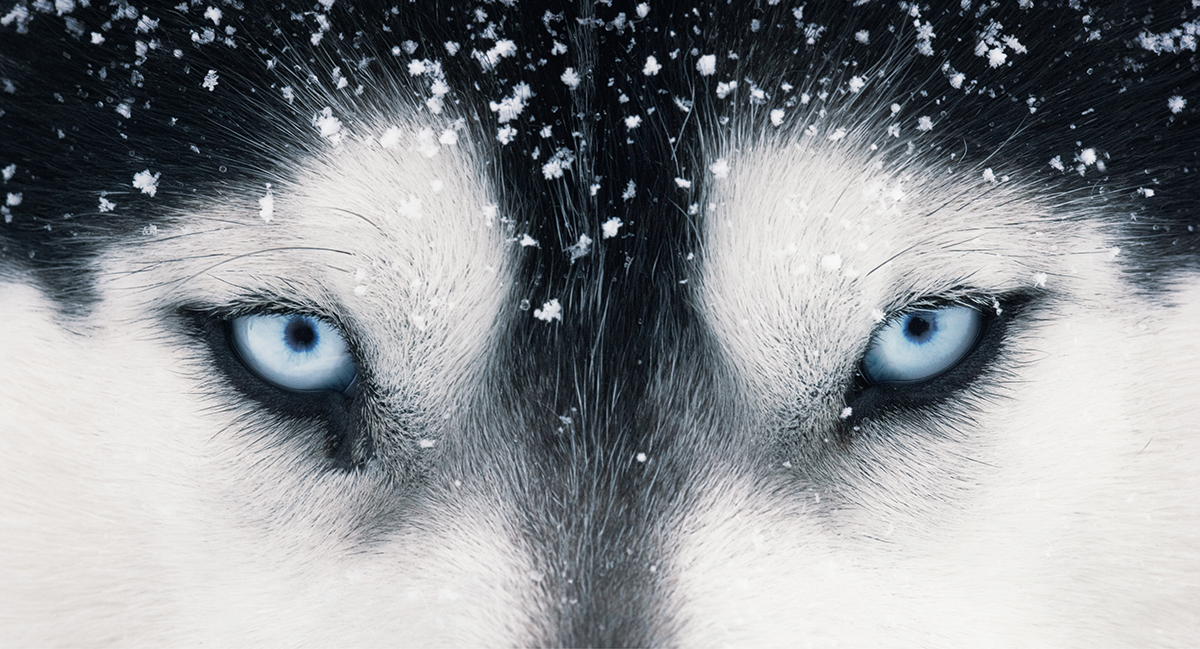

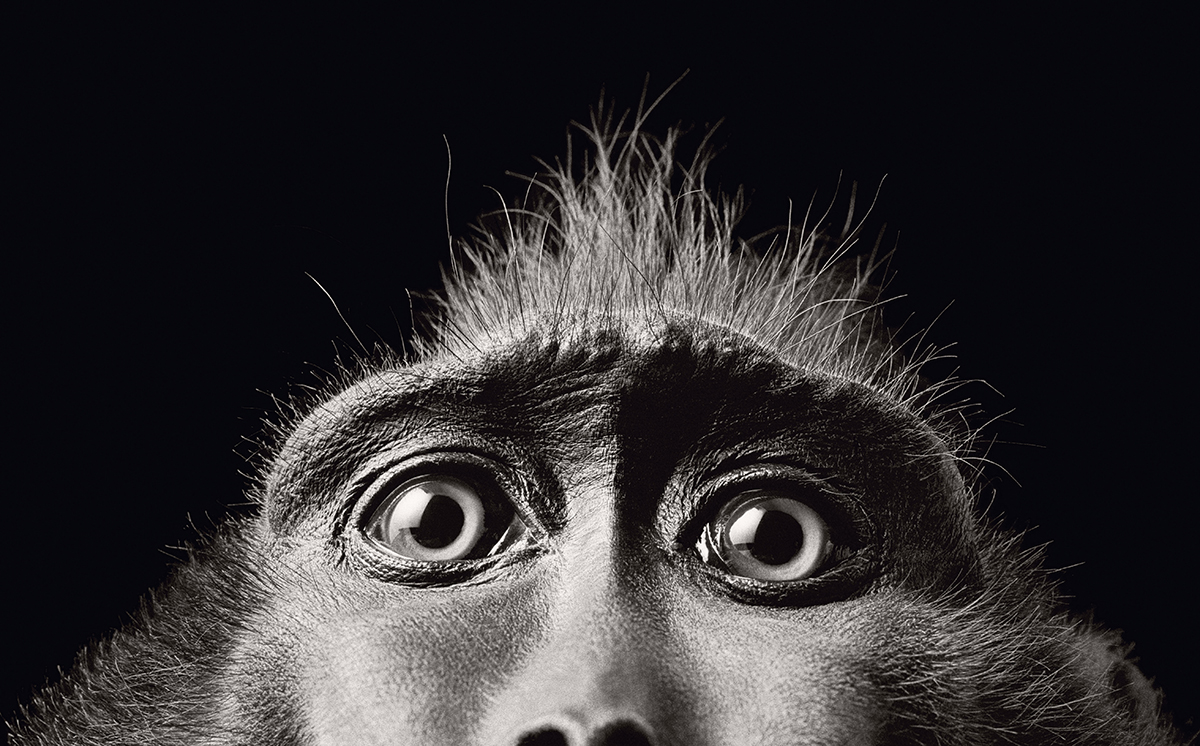

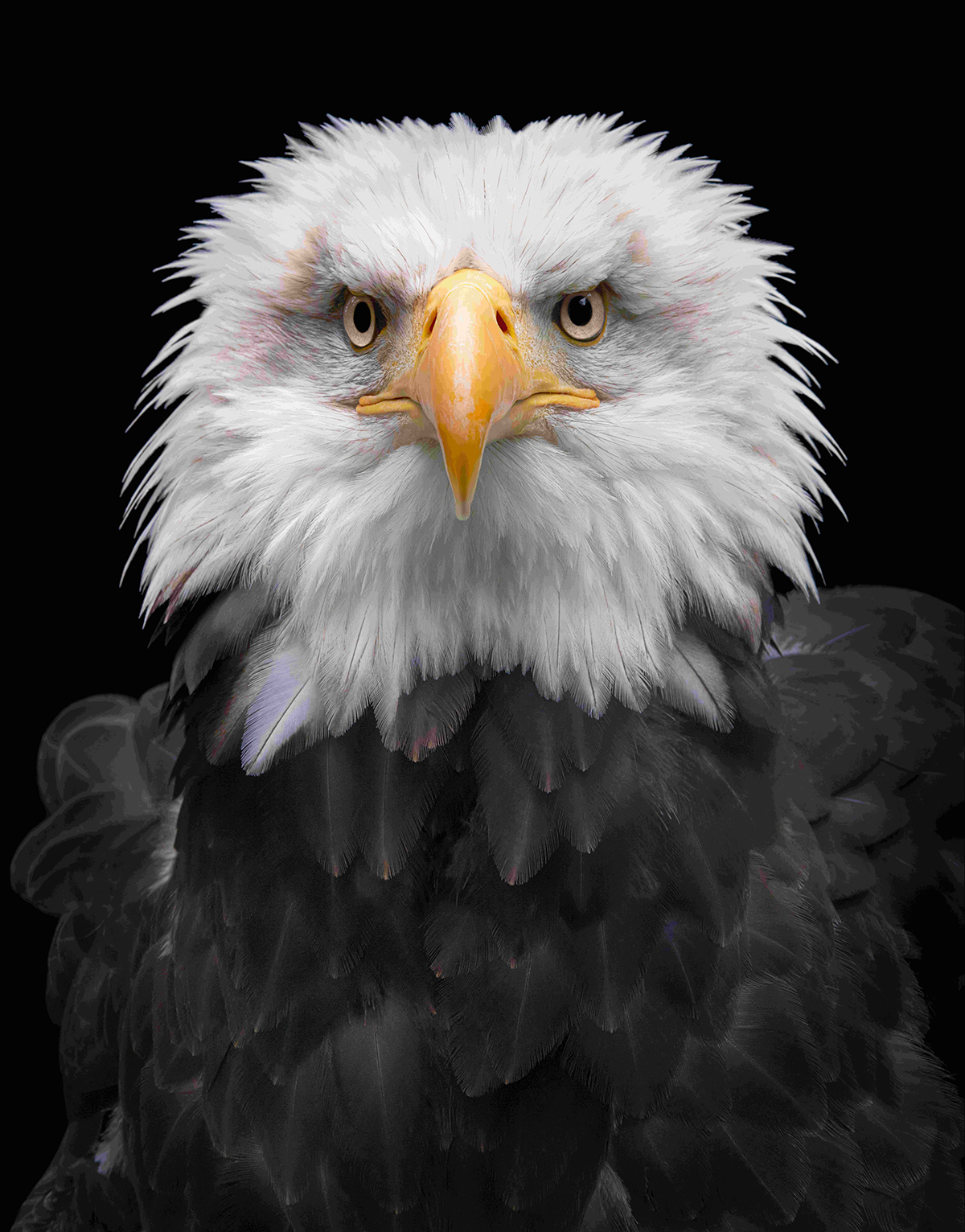
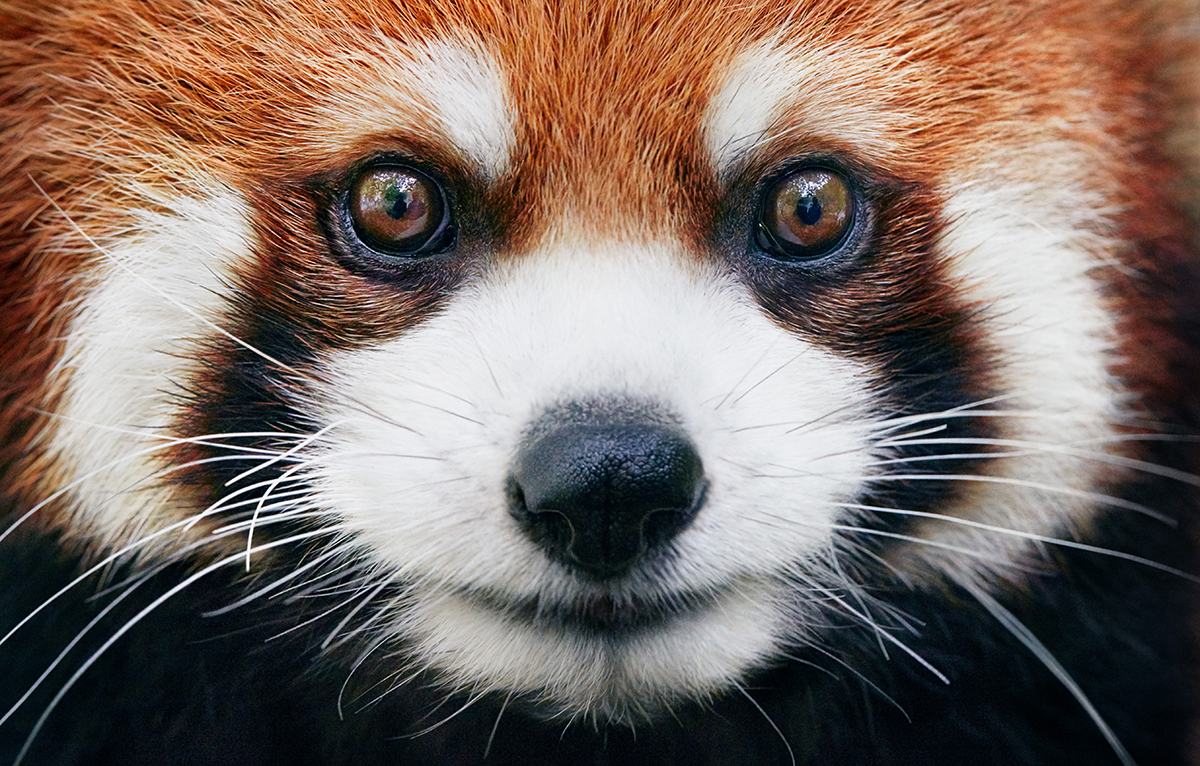
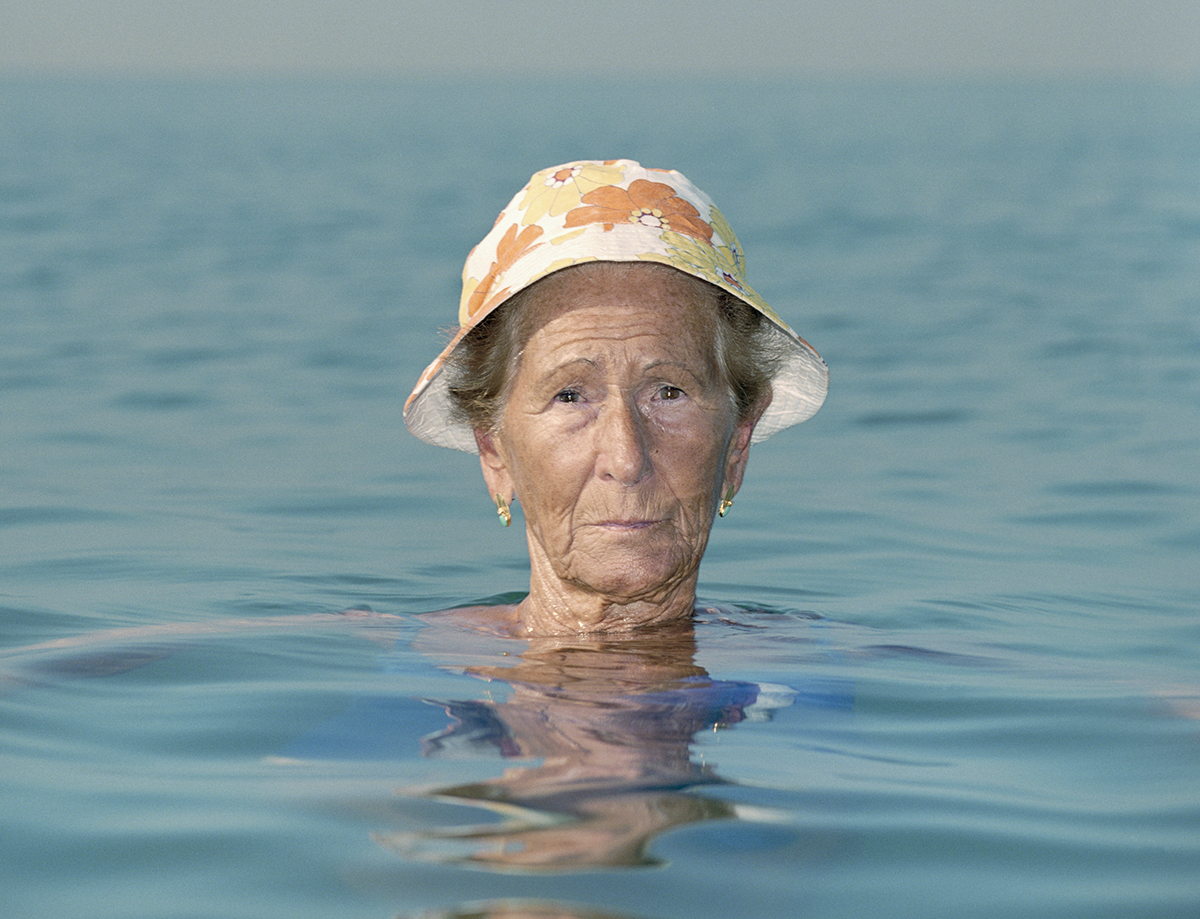
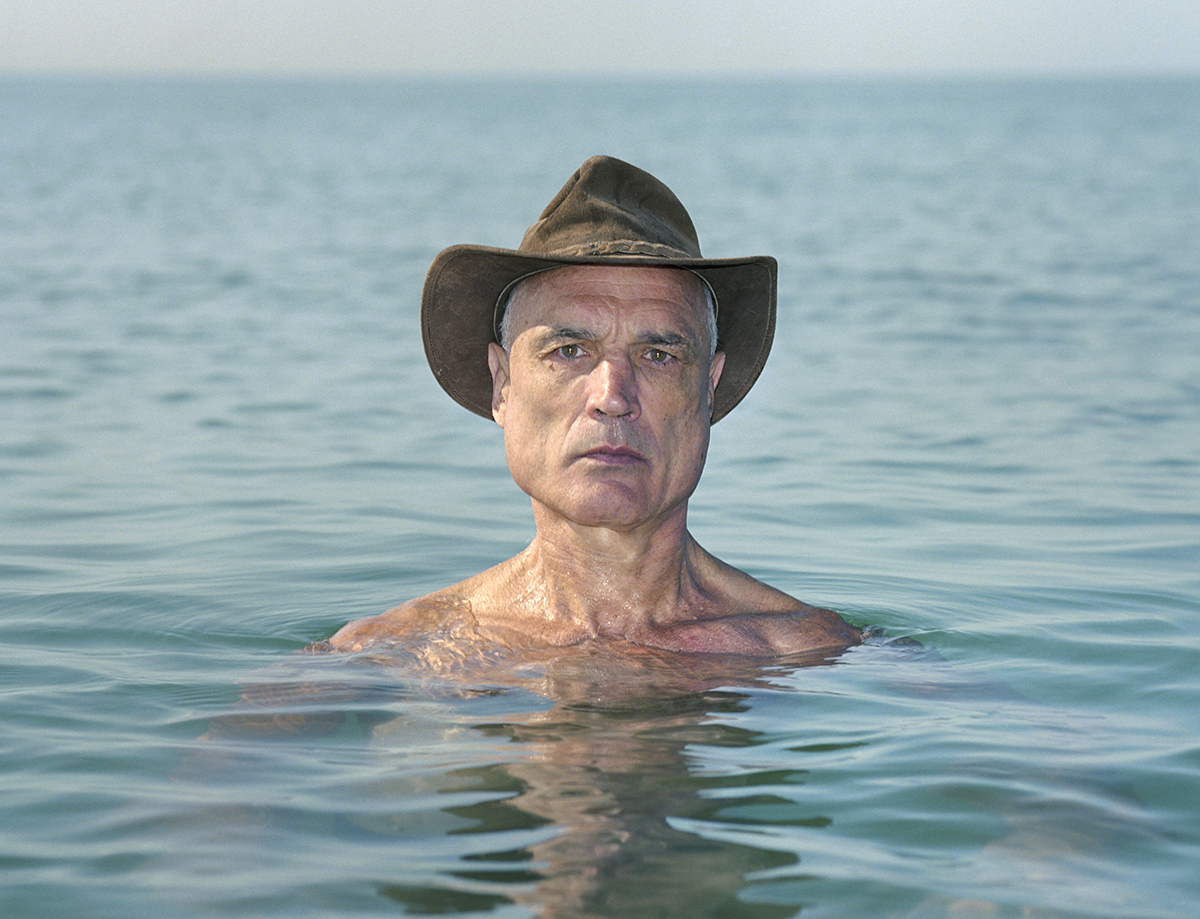
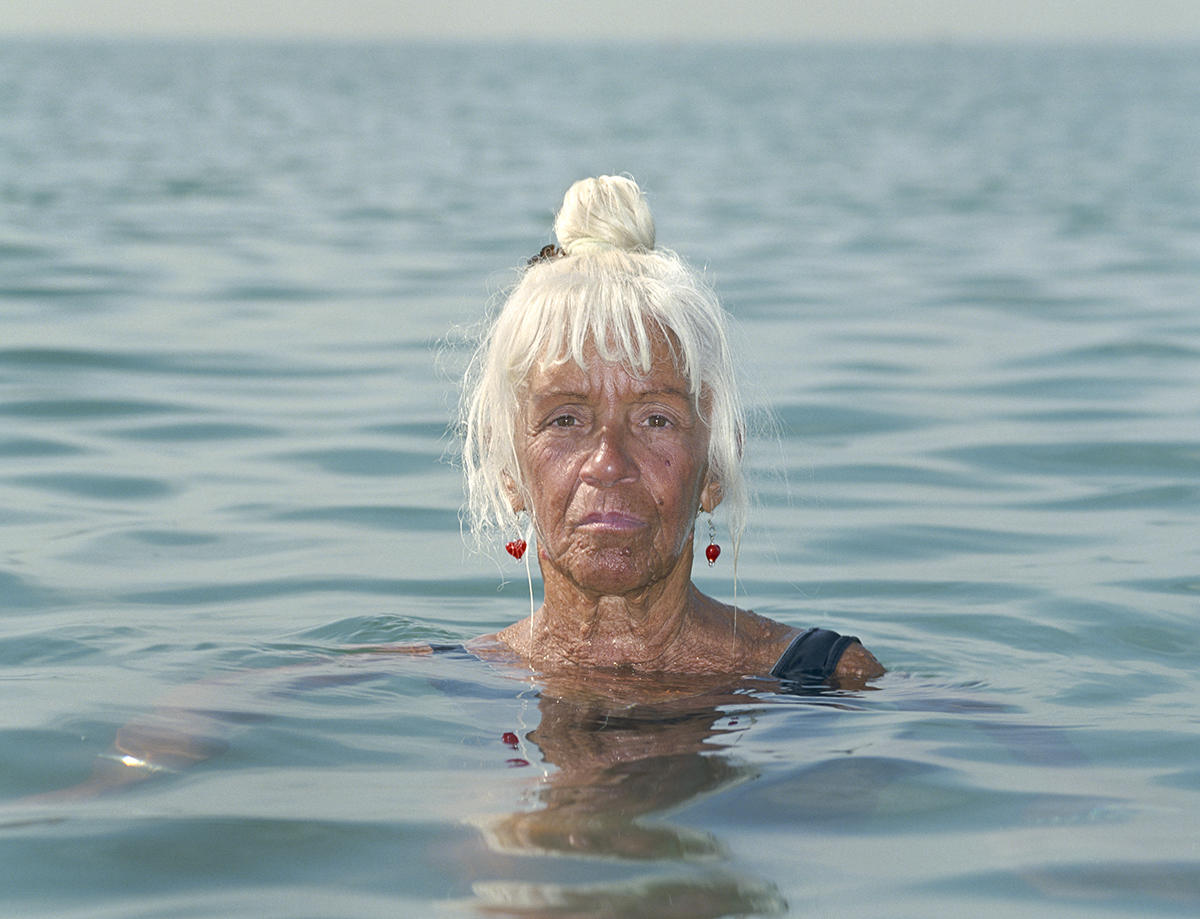
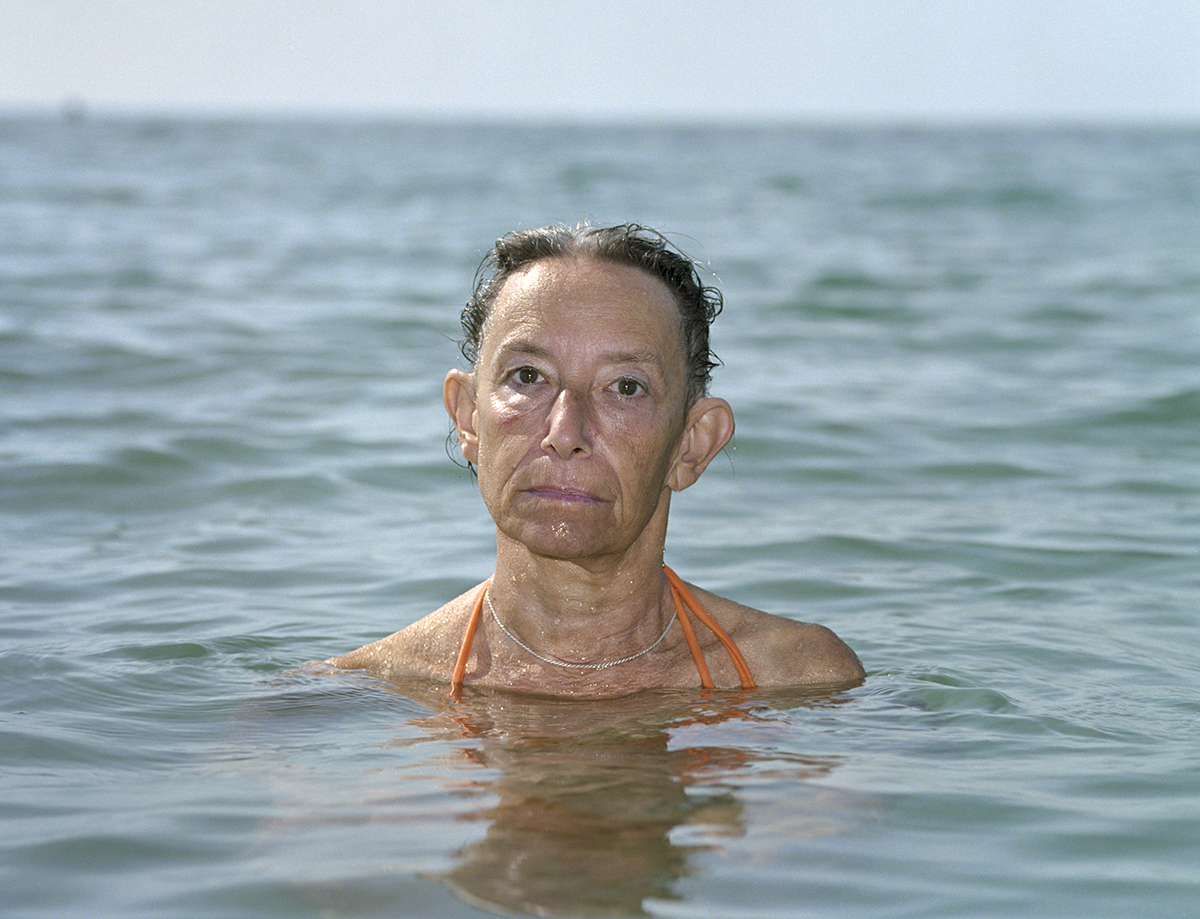

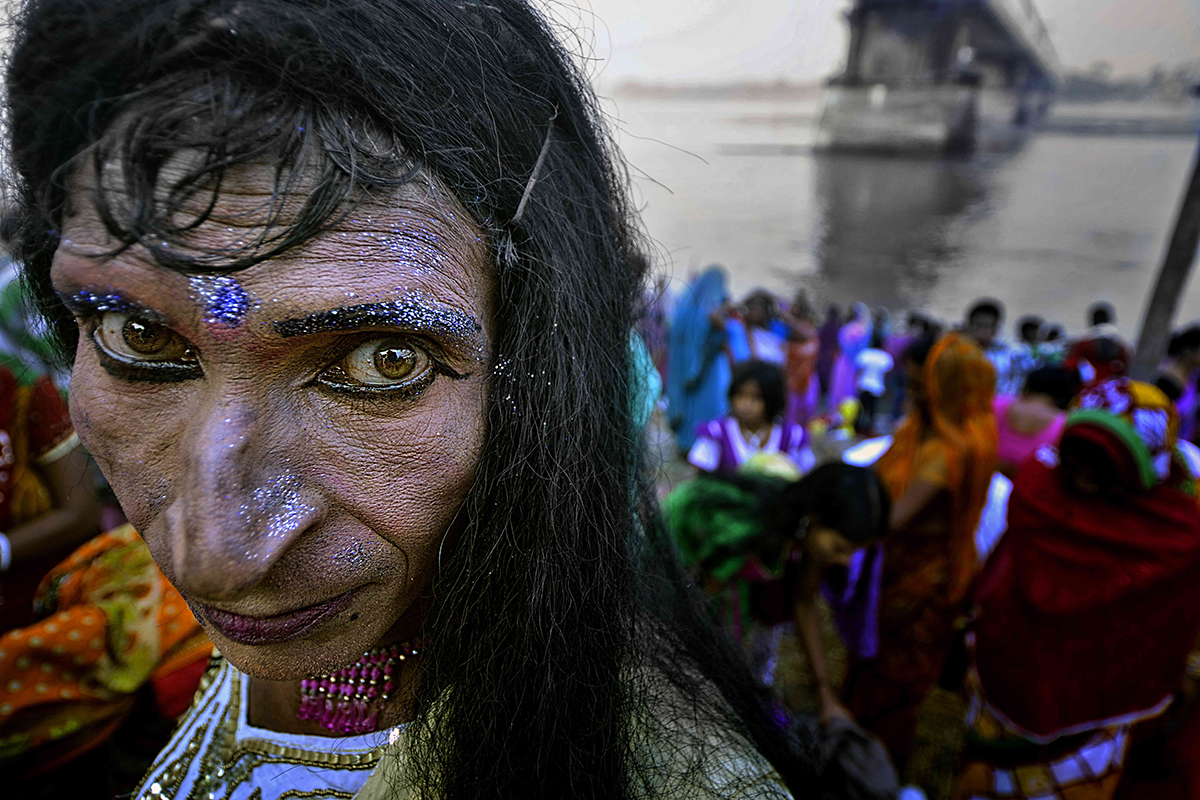

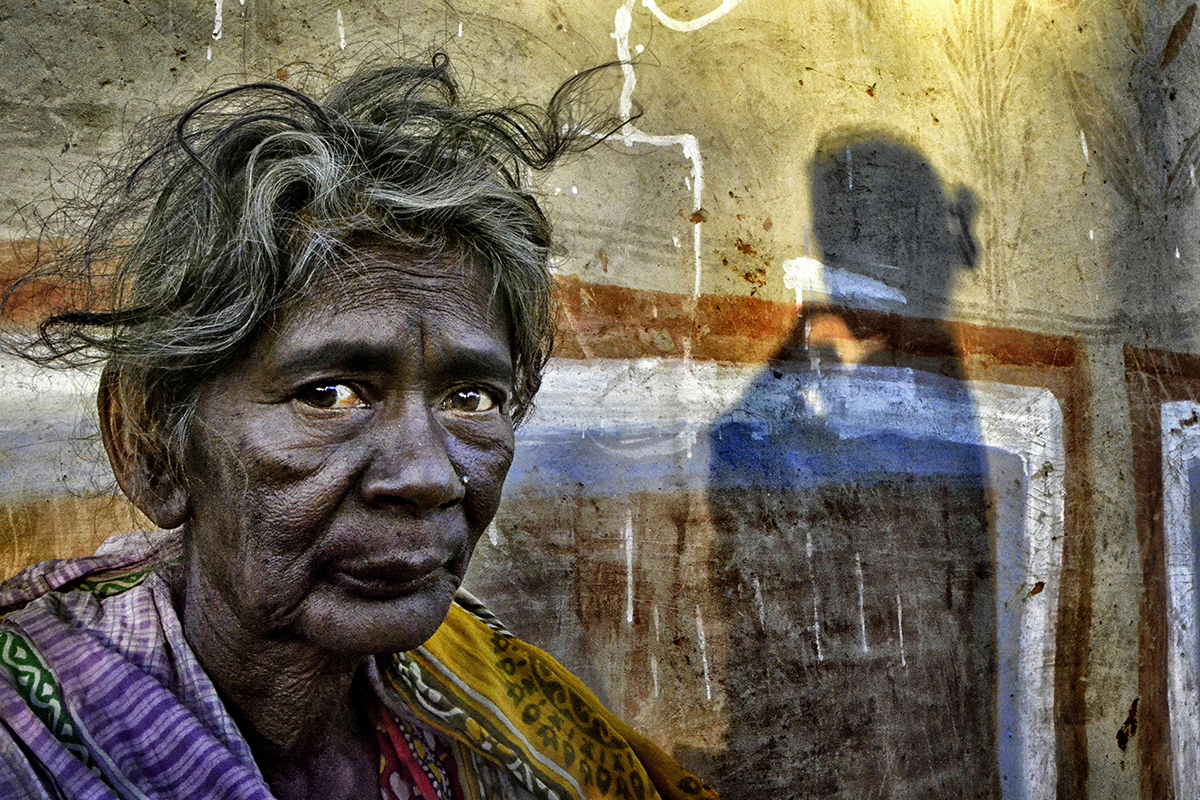


.jpg)
.jpg)
.jpg)
.jpg)
.jpg)
.jpg)
.jpg)
.jpg)
.jpg)
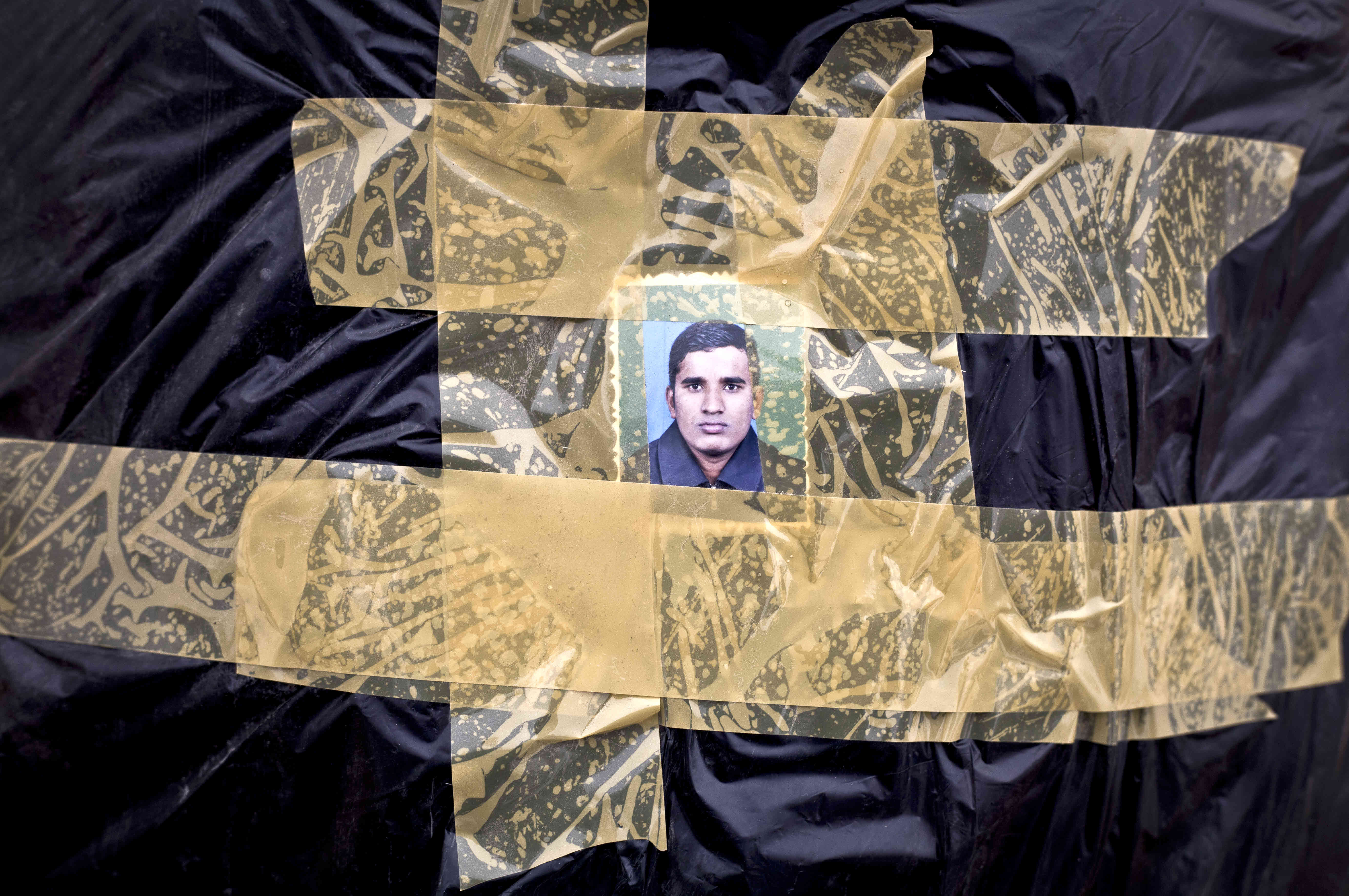
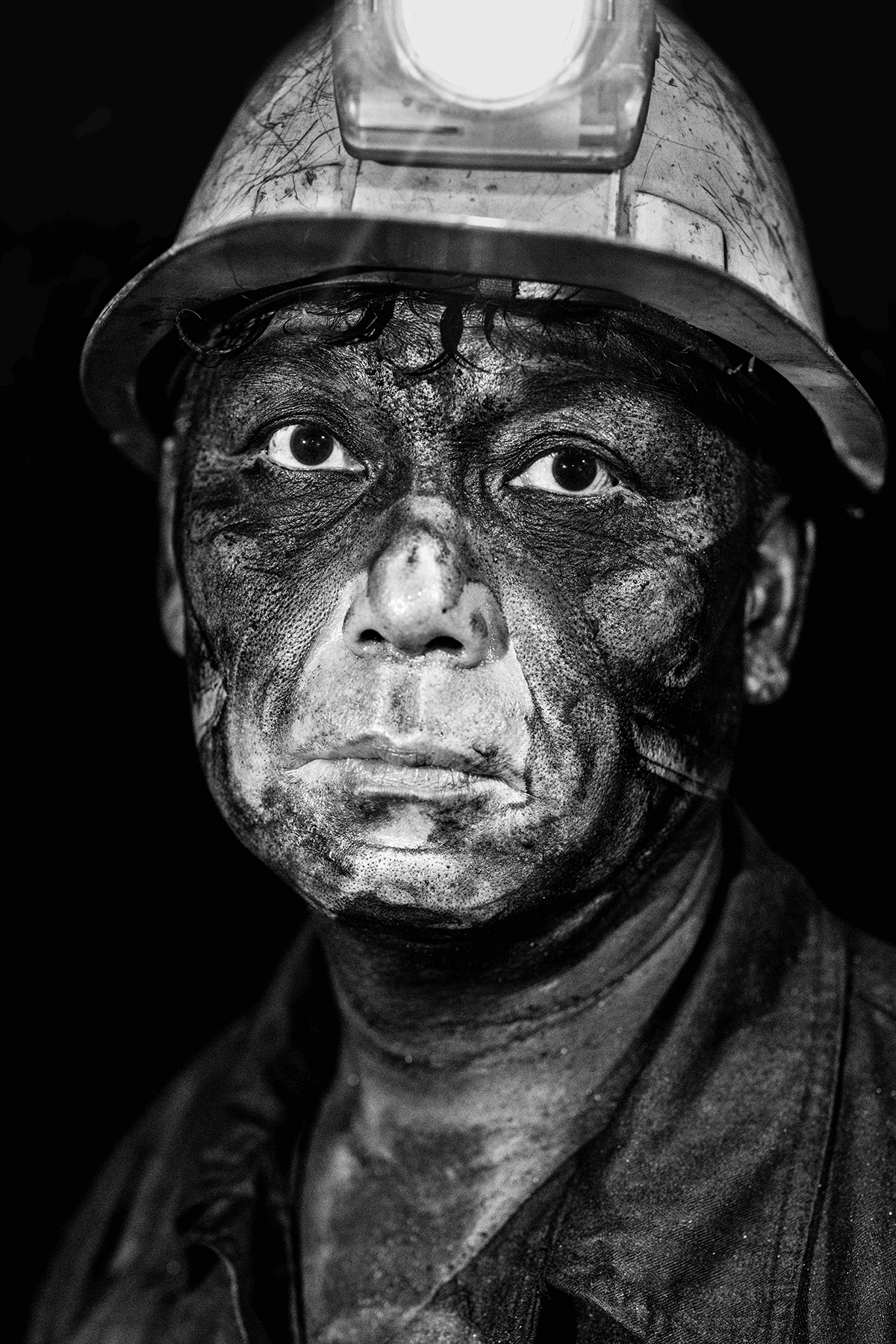
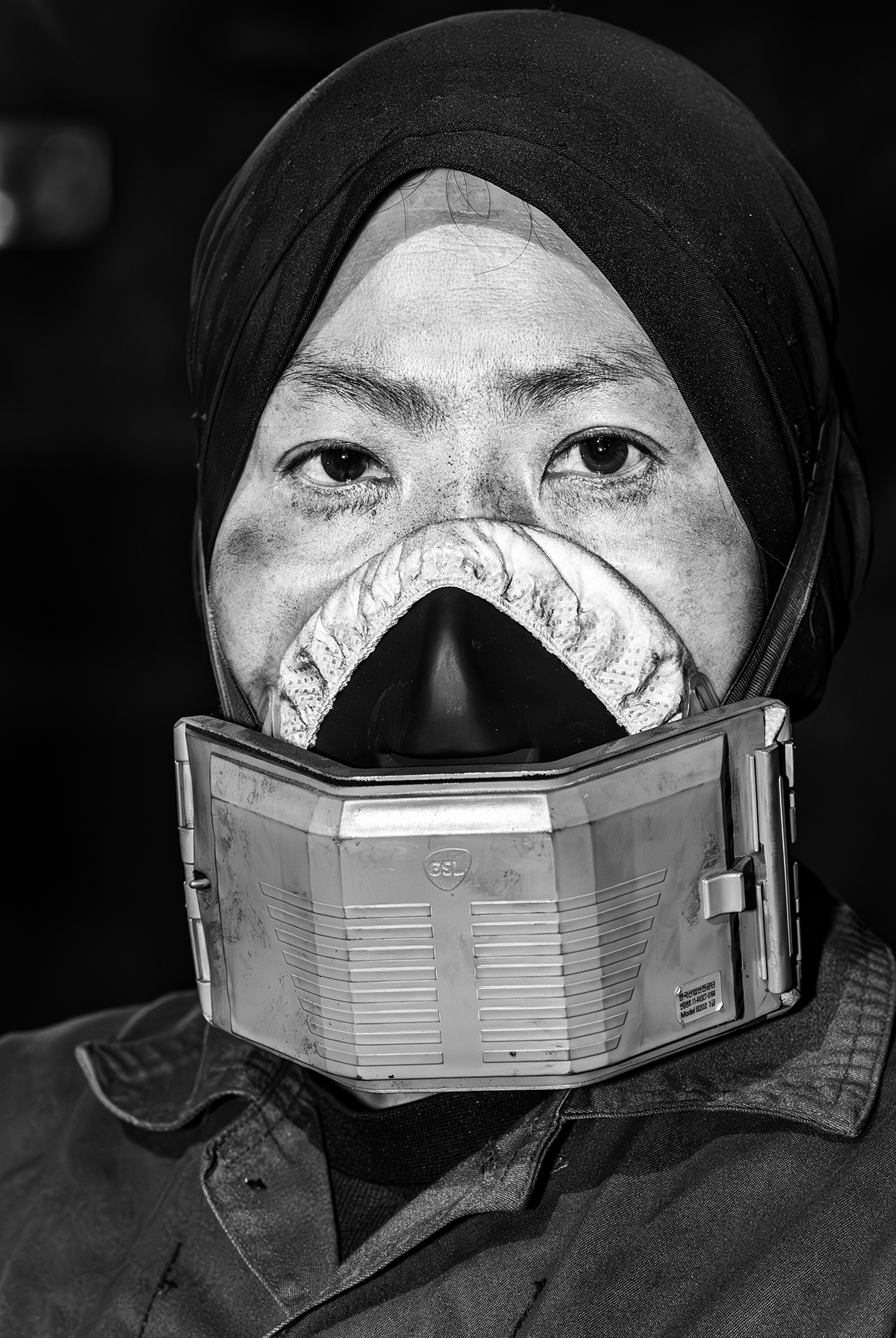
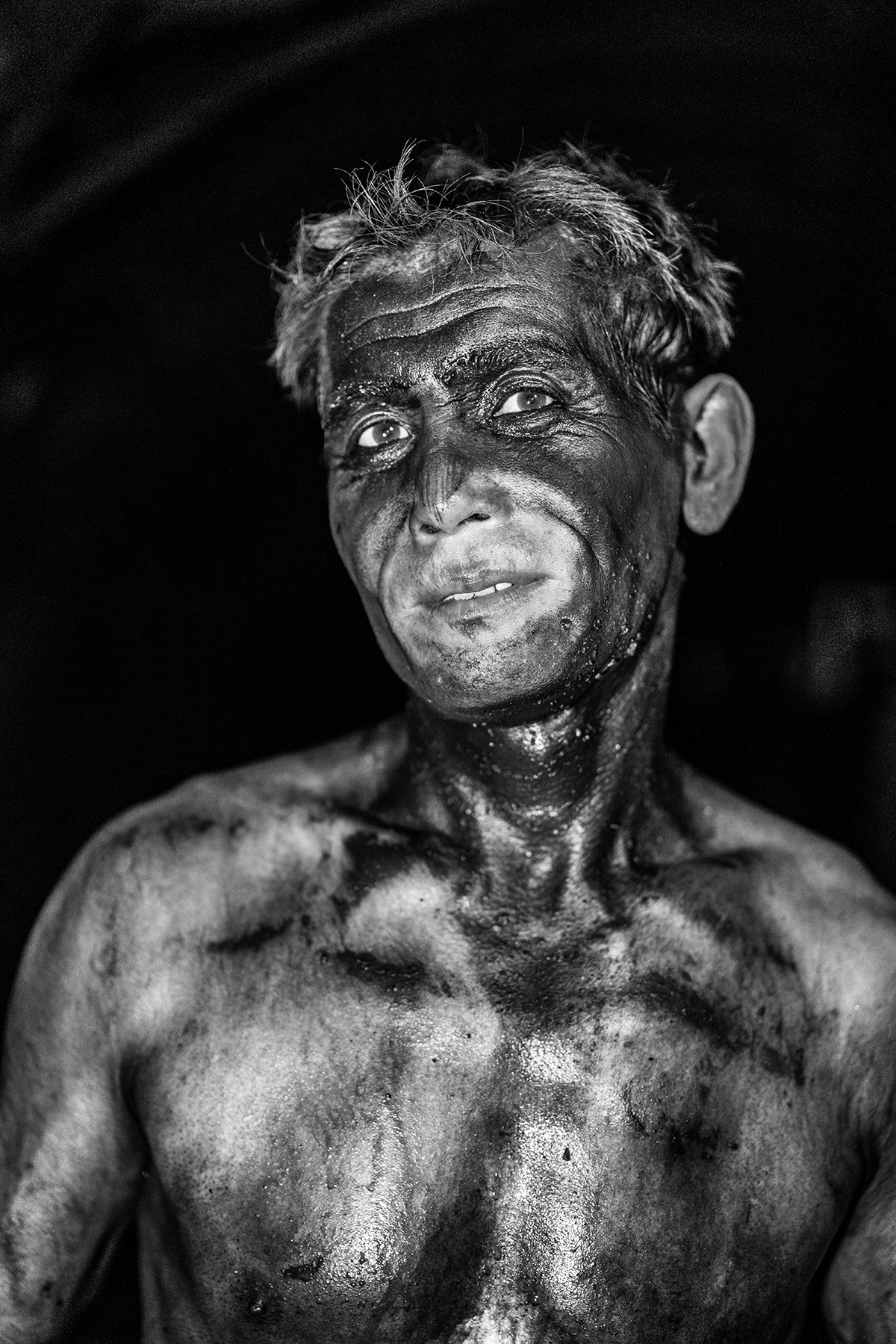
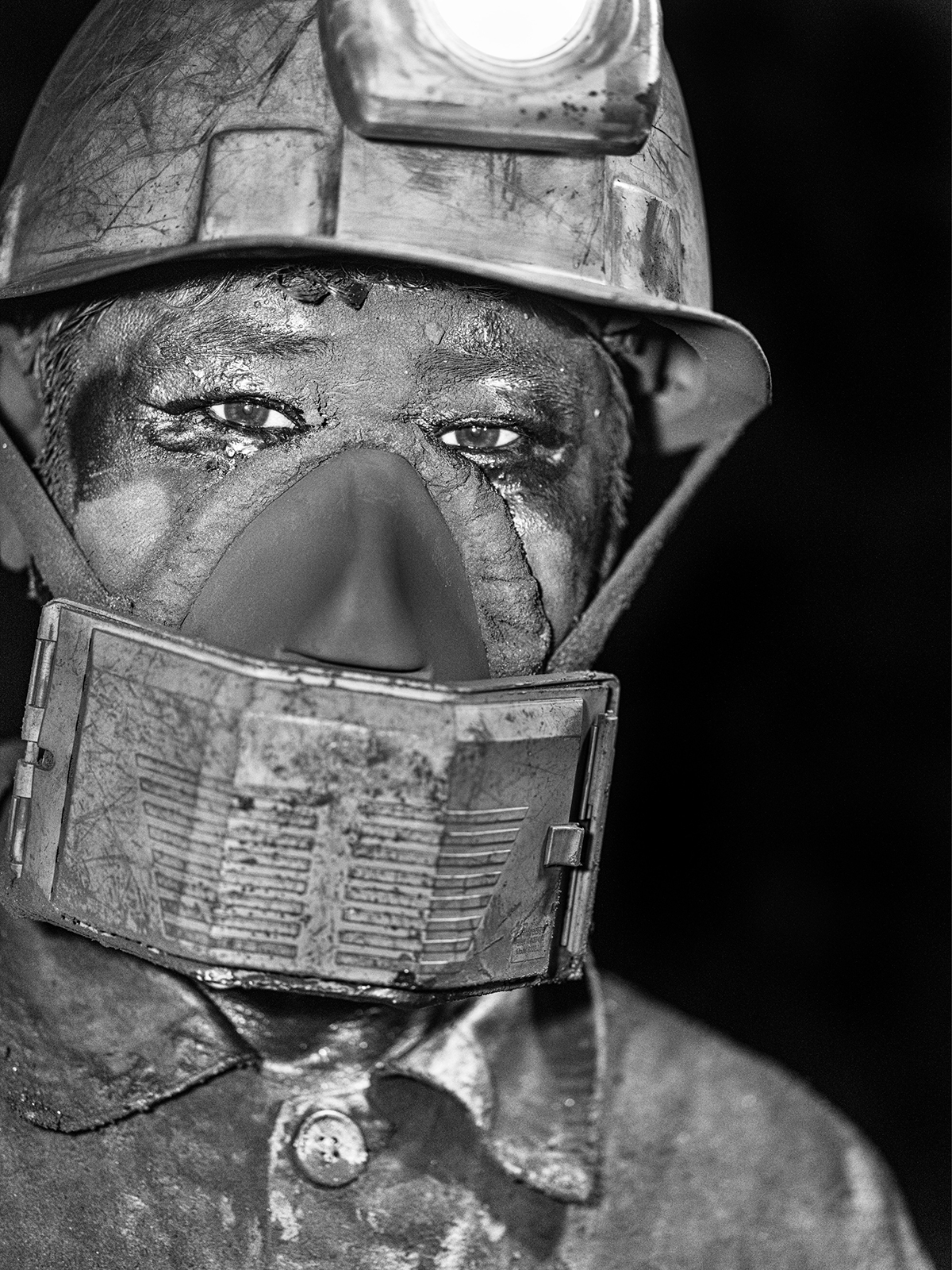

 _ Wonjin Choi, Family Photo - Similarity and Difference, 2017, 204x150cm, Archival pigment print.jpg)
 _ Wonjin Choi, Family Photo - Similarity and Difference, 2017, 50x204cm, Archival pigment print.jpg)
 _ Wonjin Choi, Family Photo - Similarity and Difference, 2017, 50x204cm, Archival pigment print.jpg)